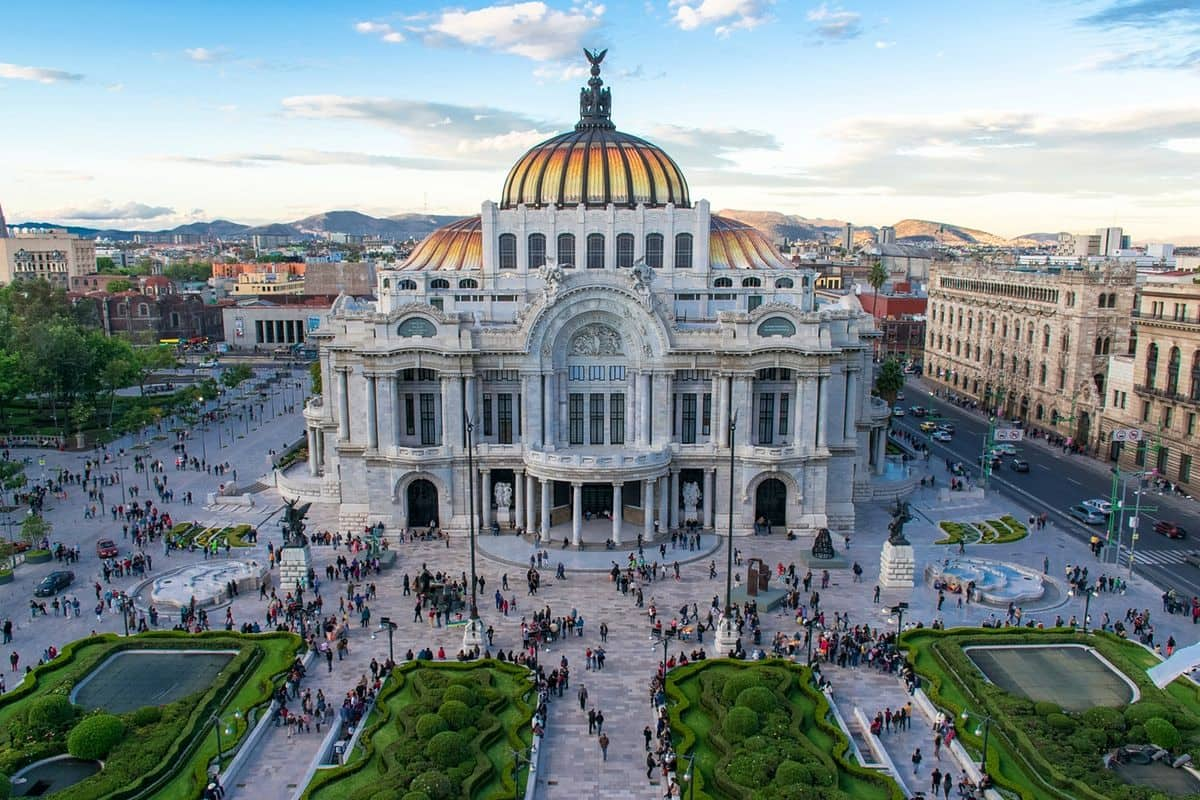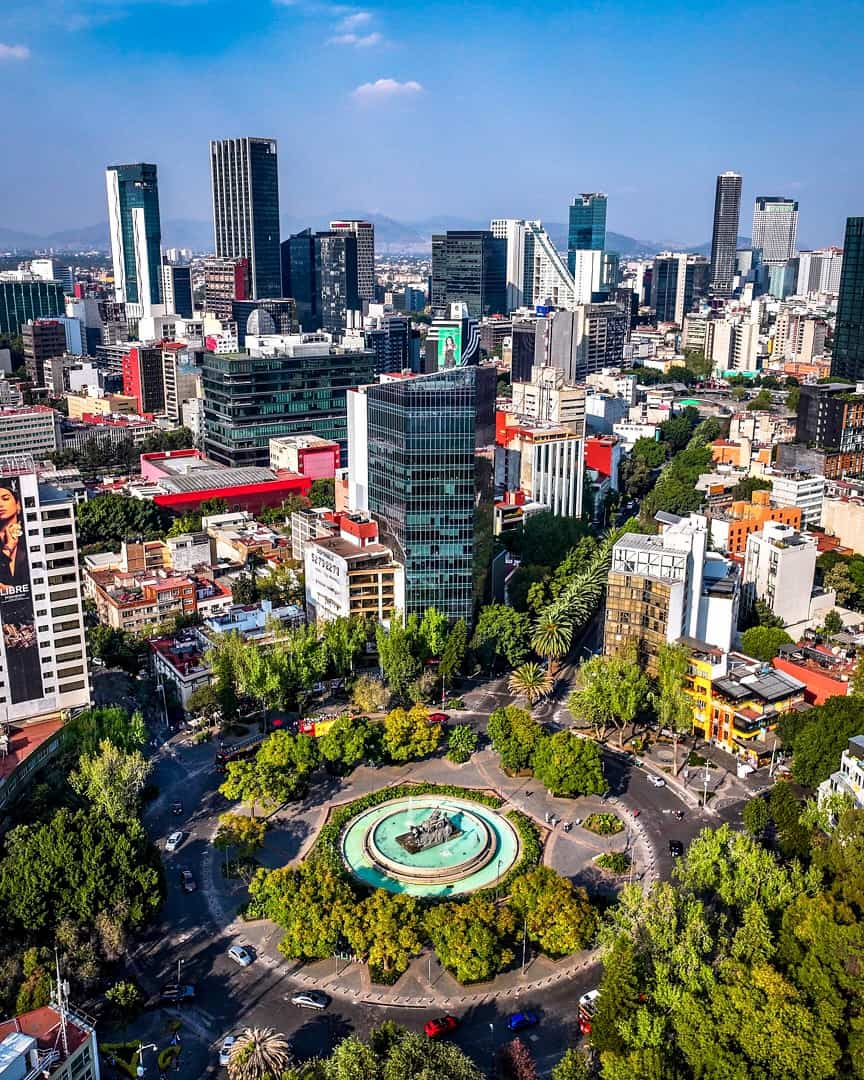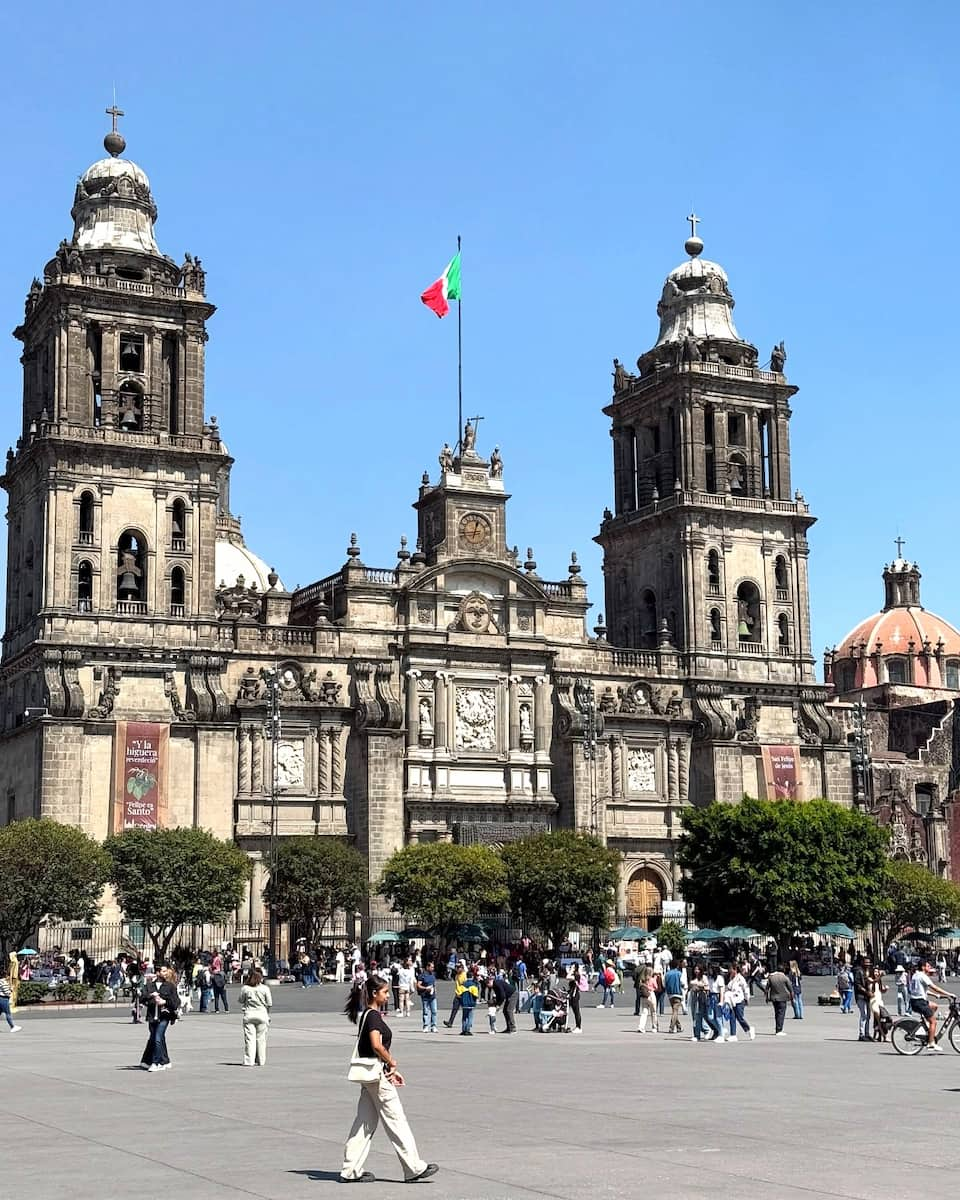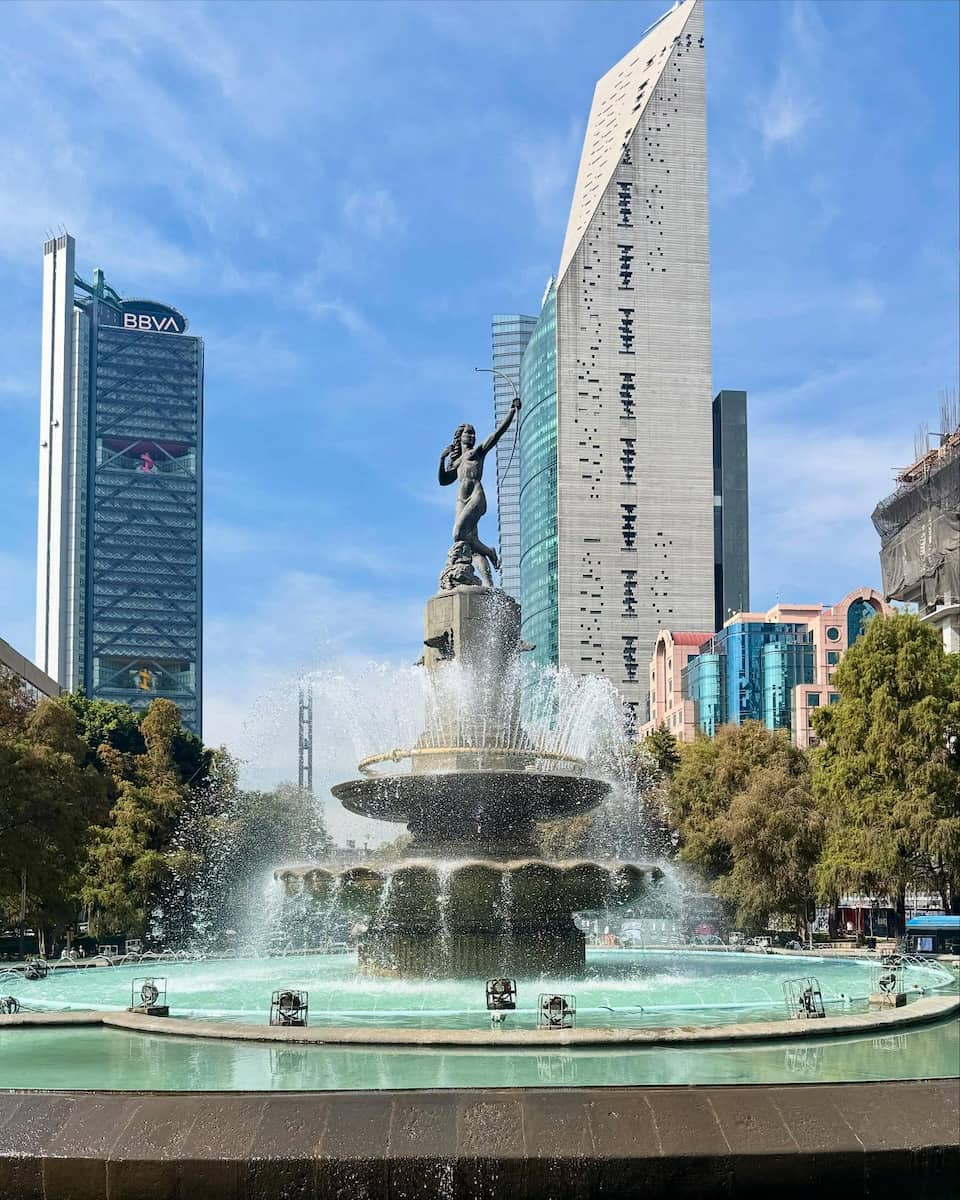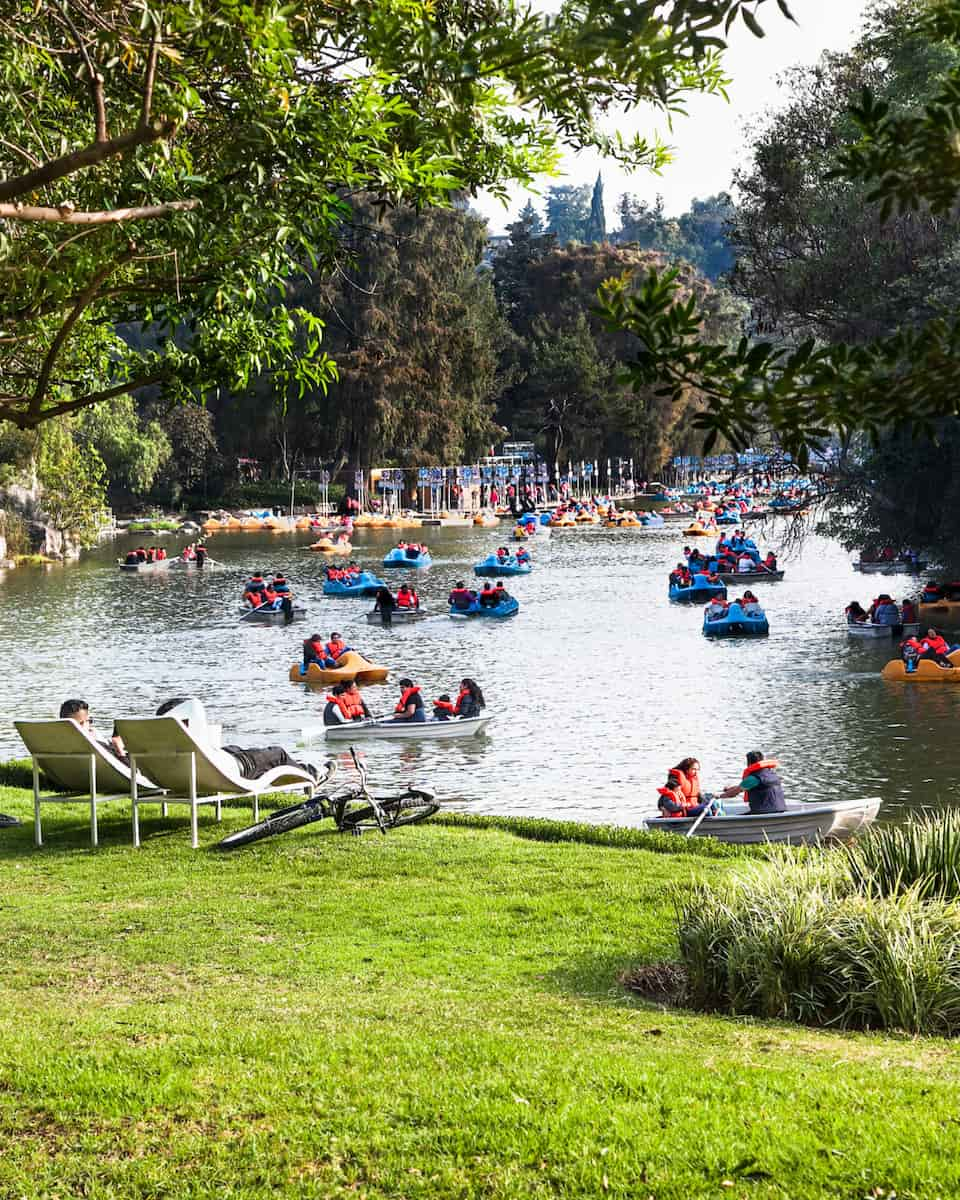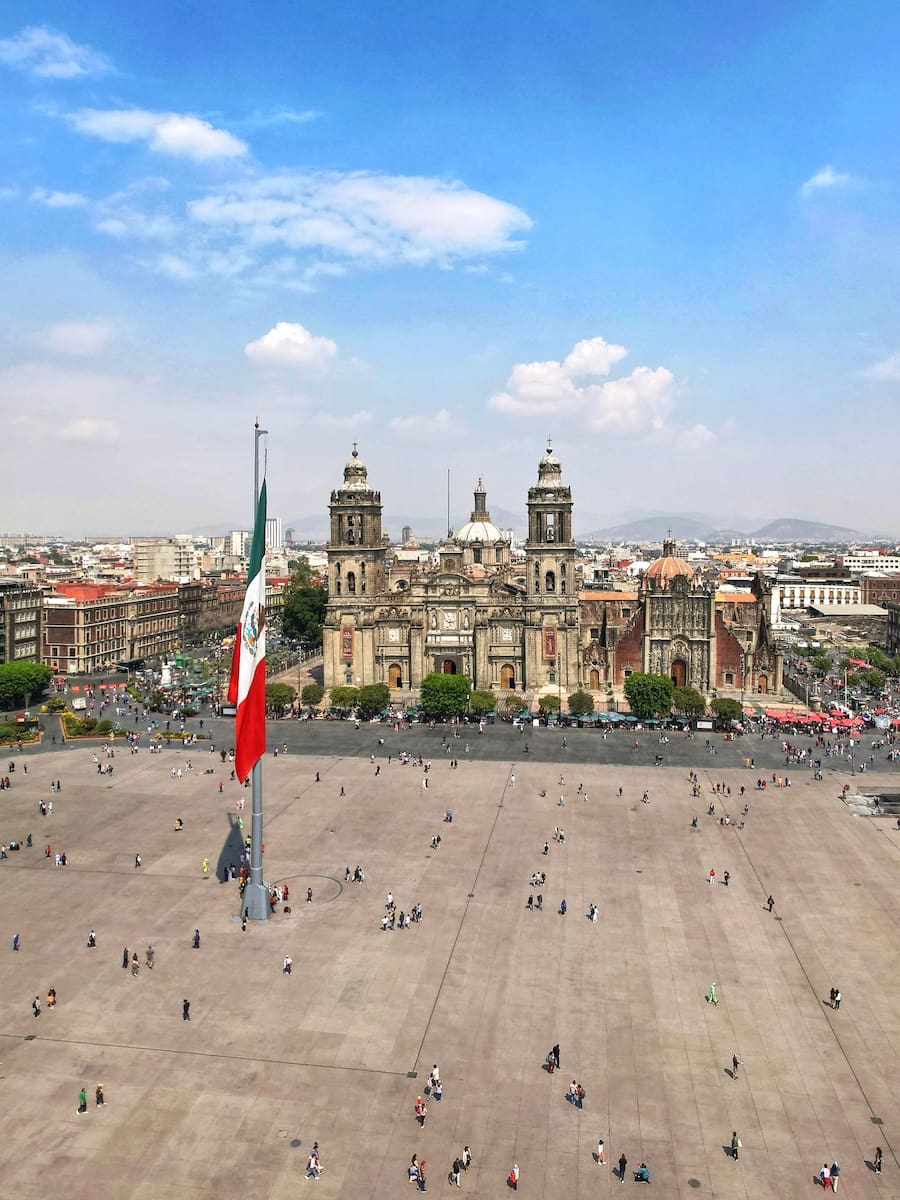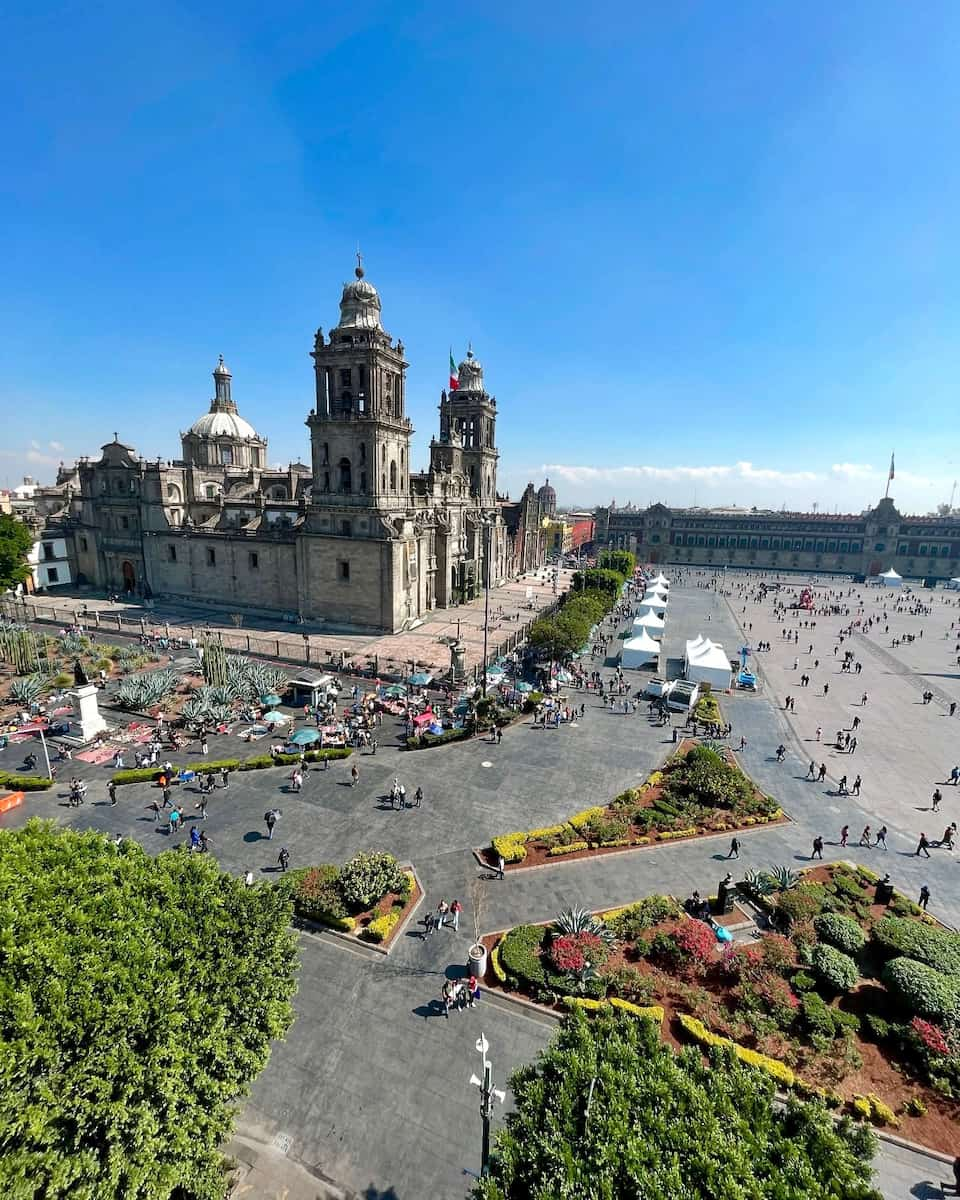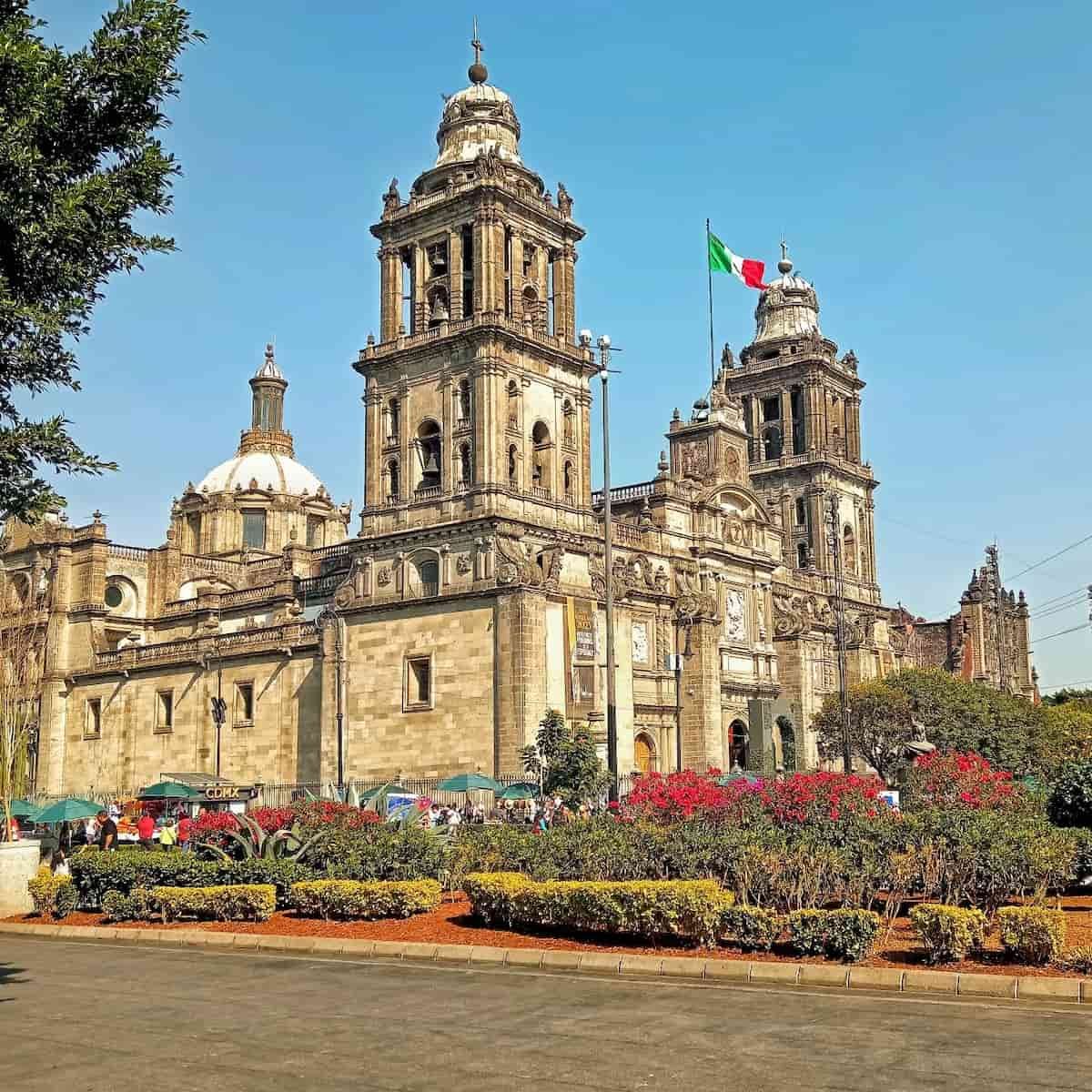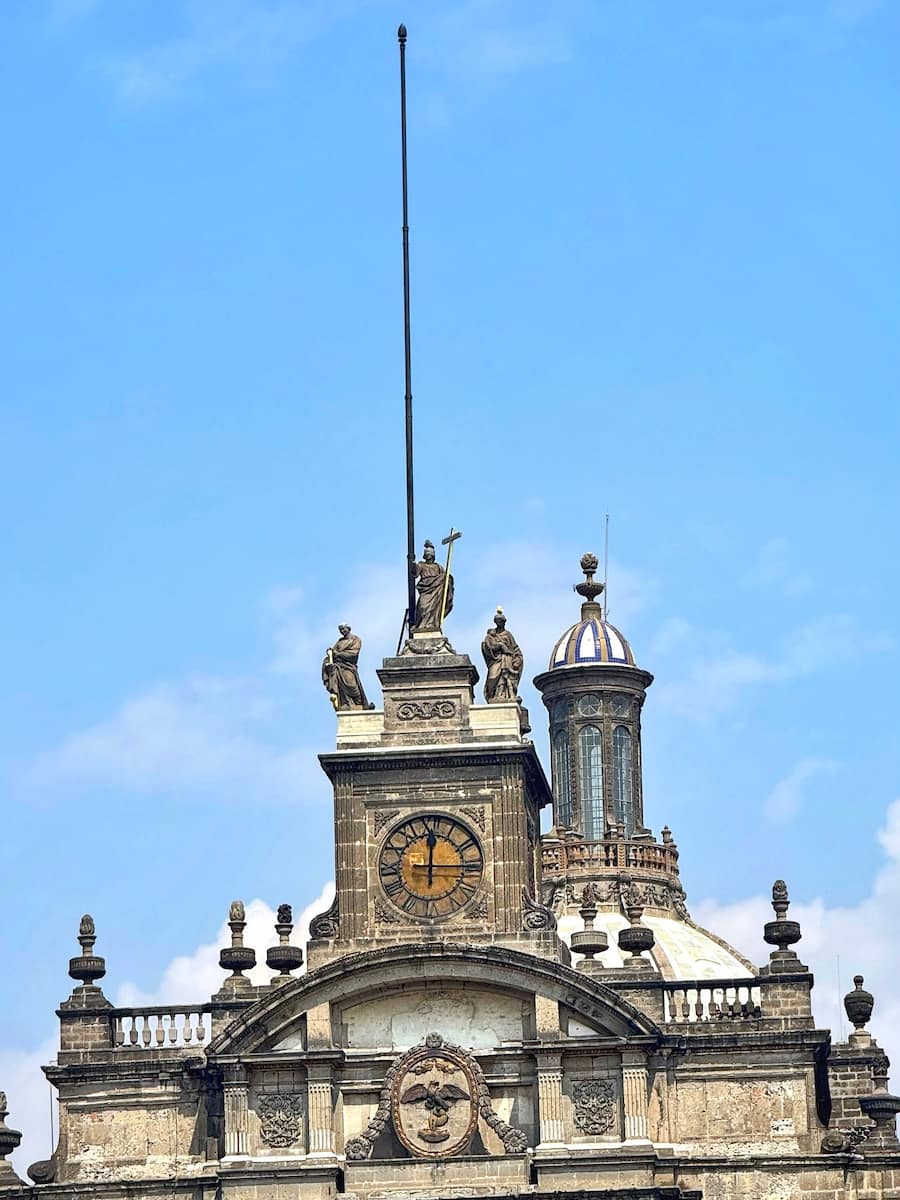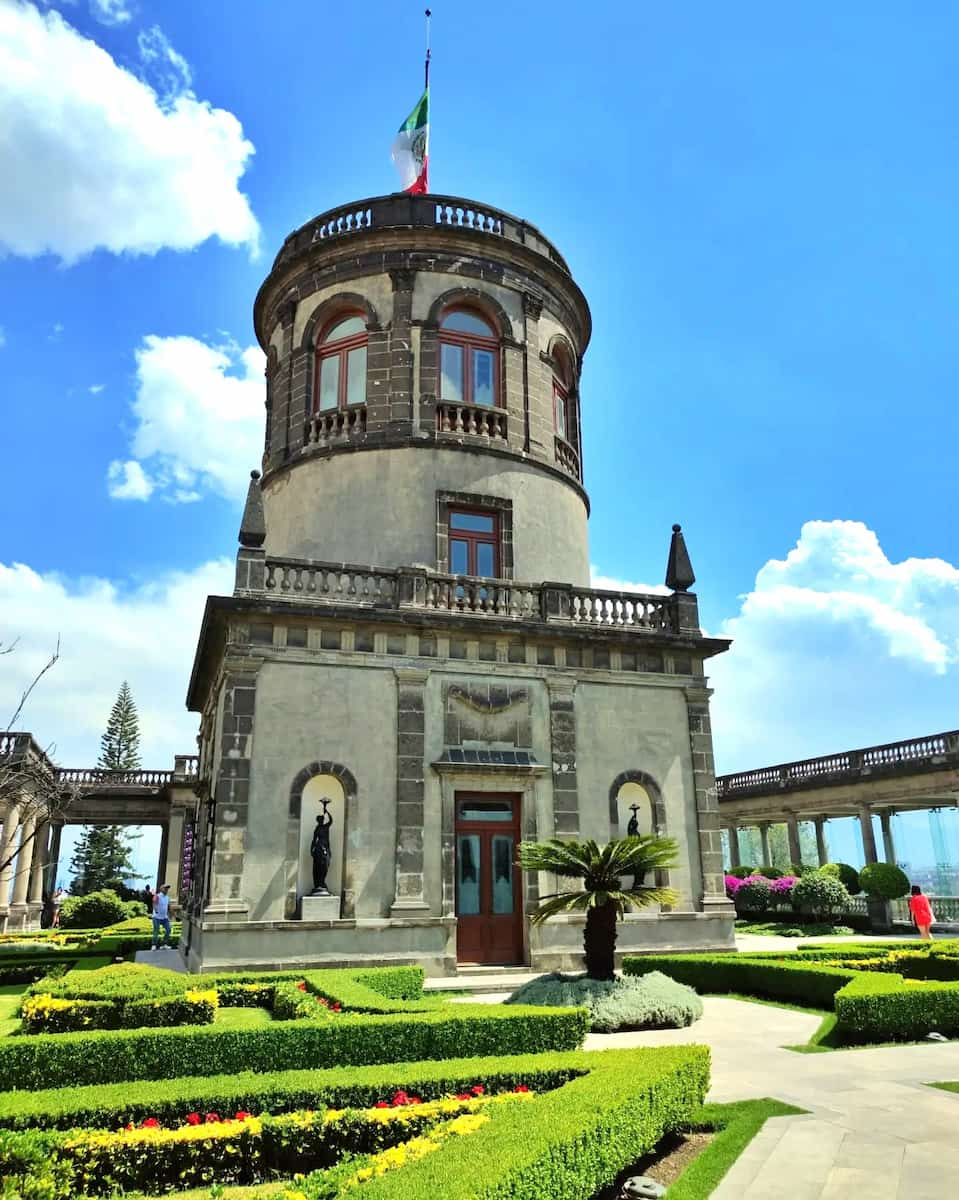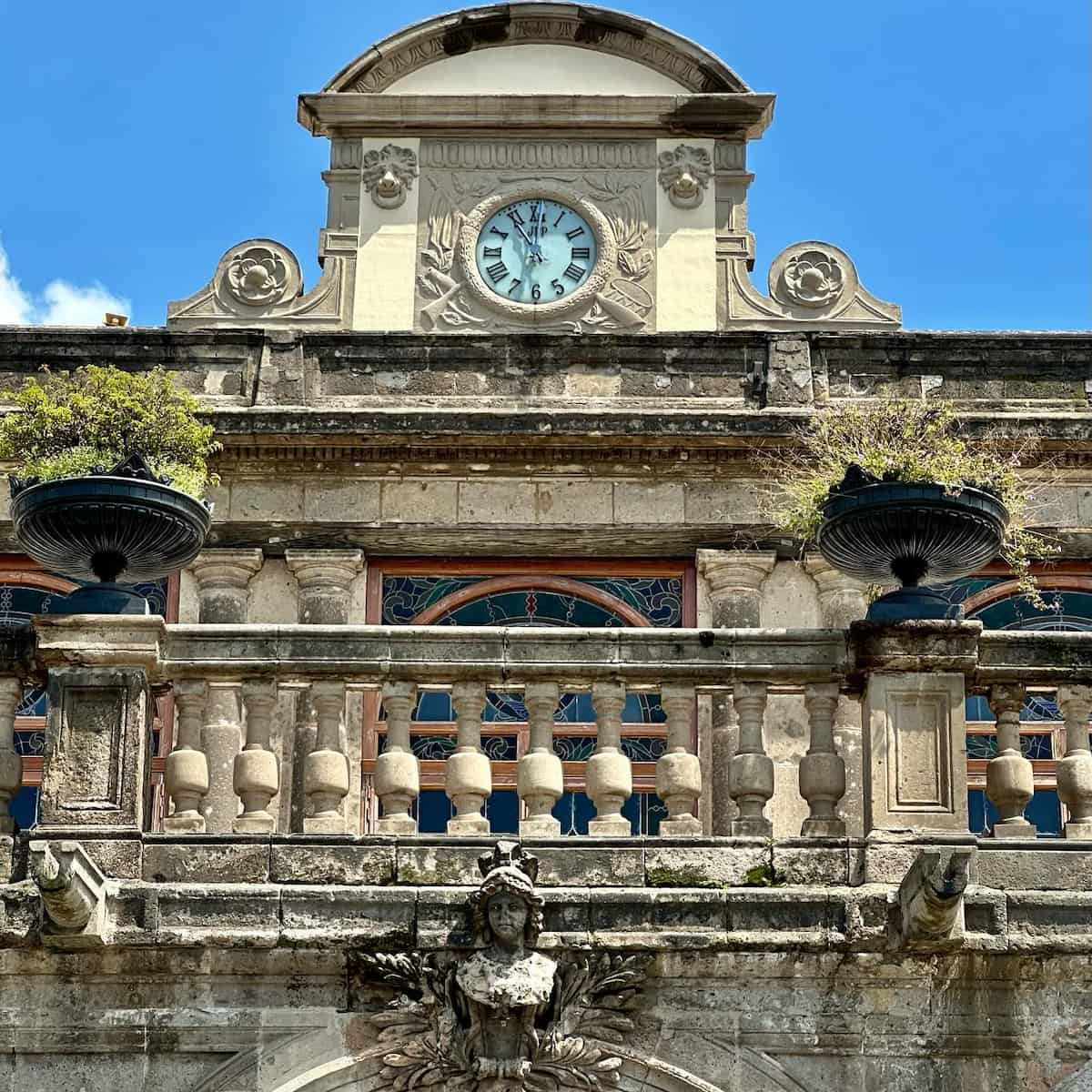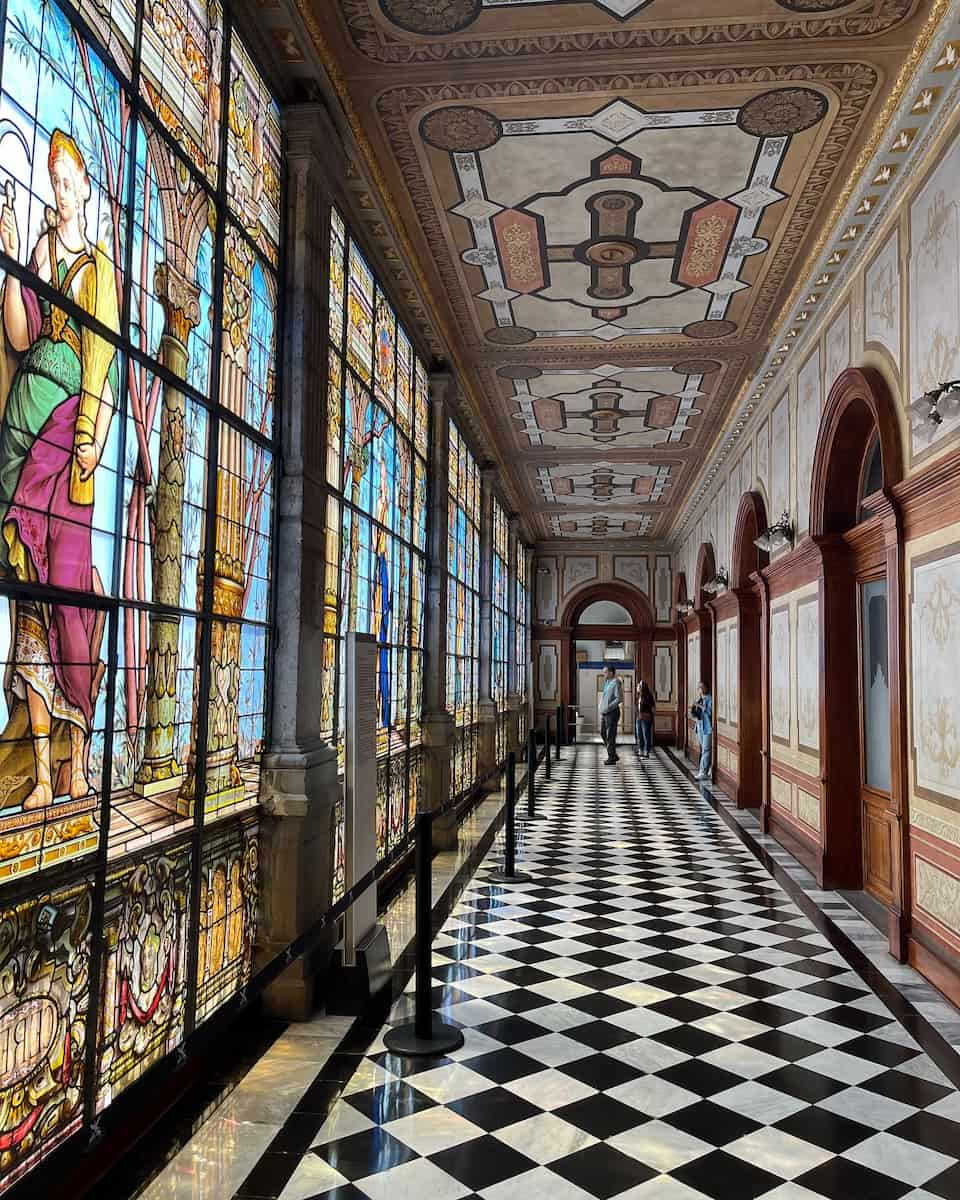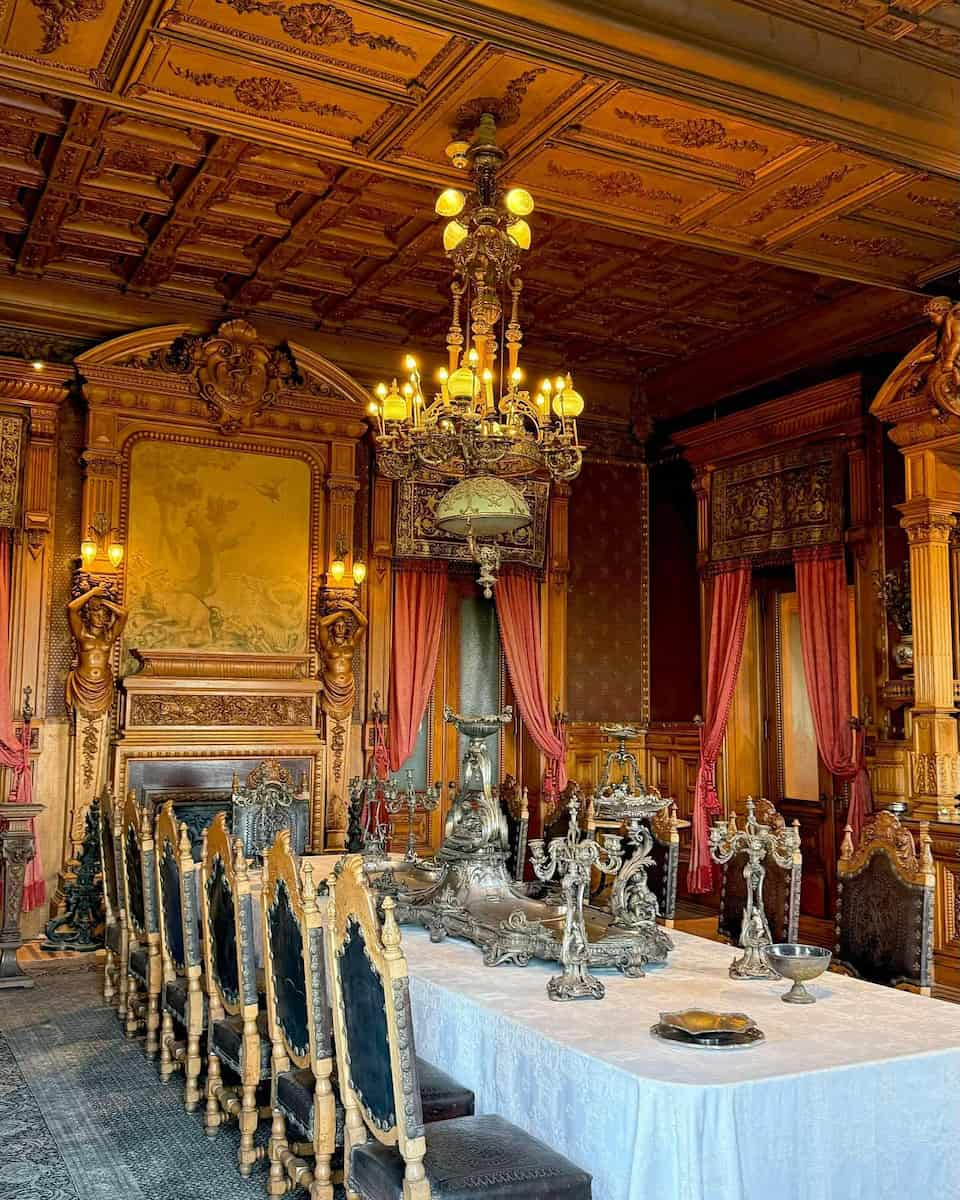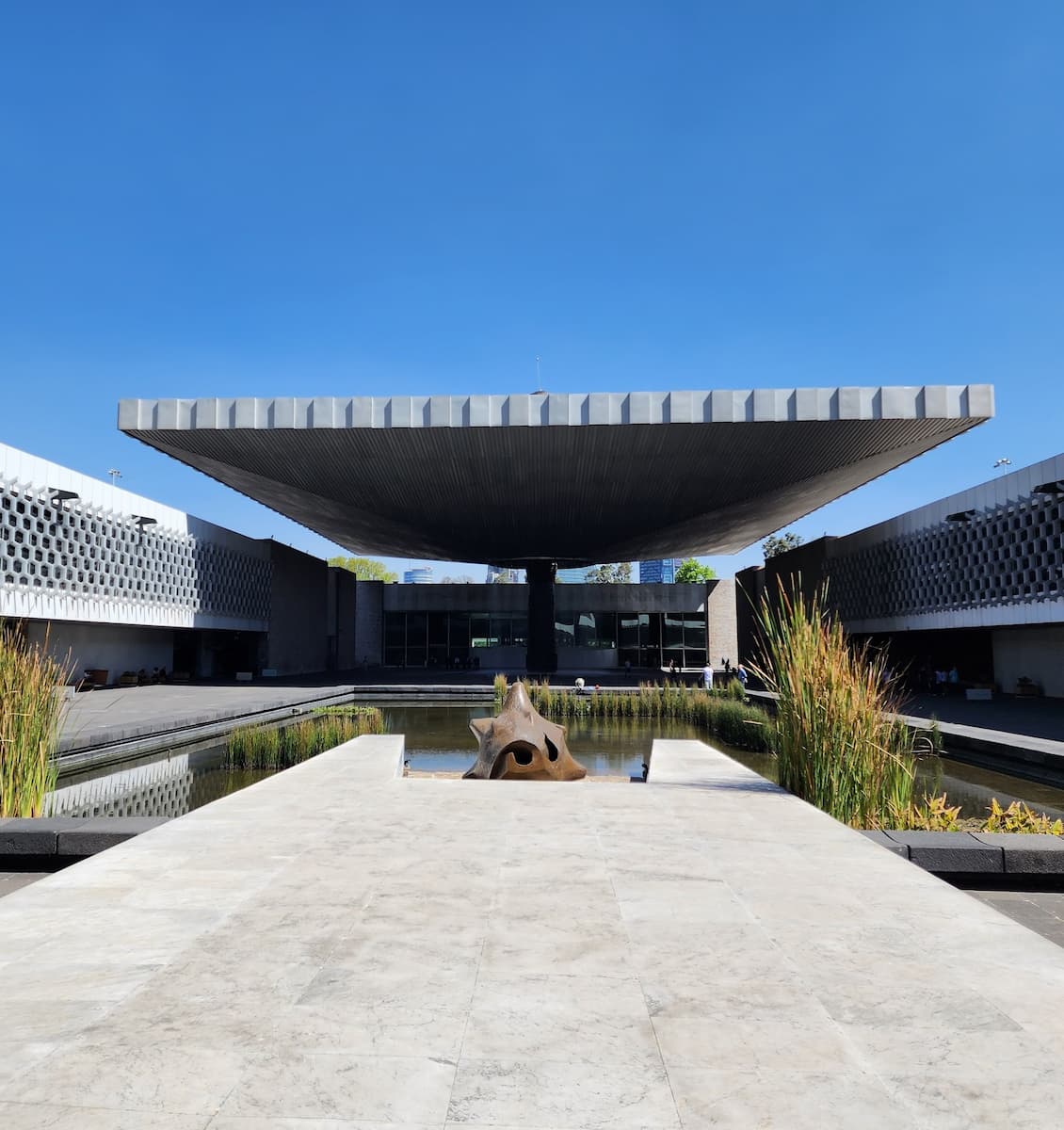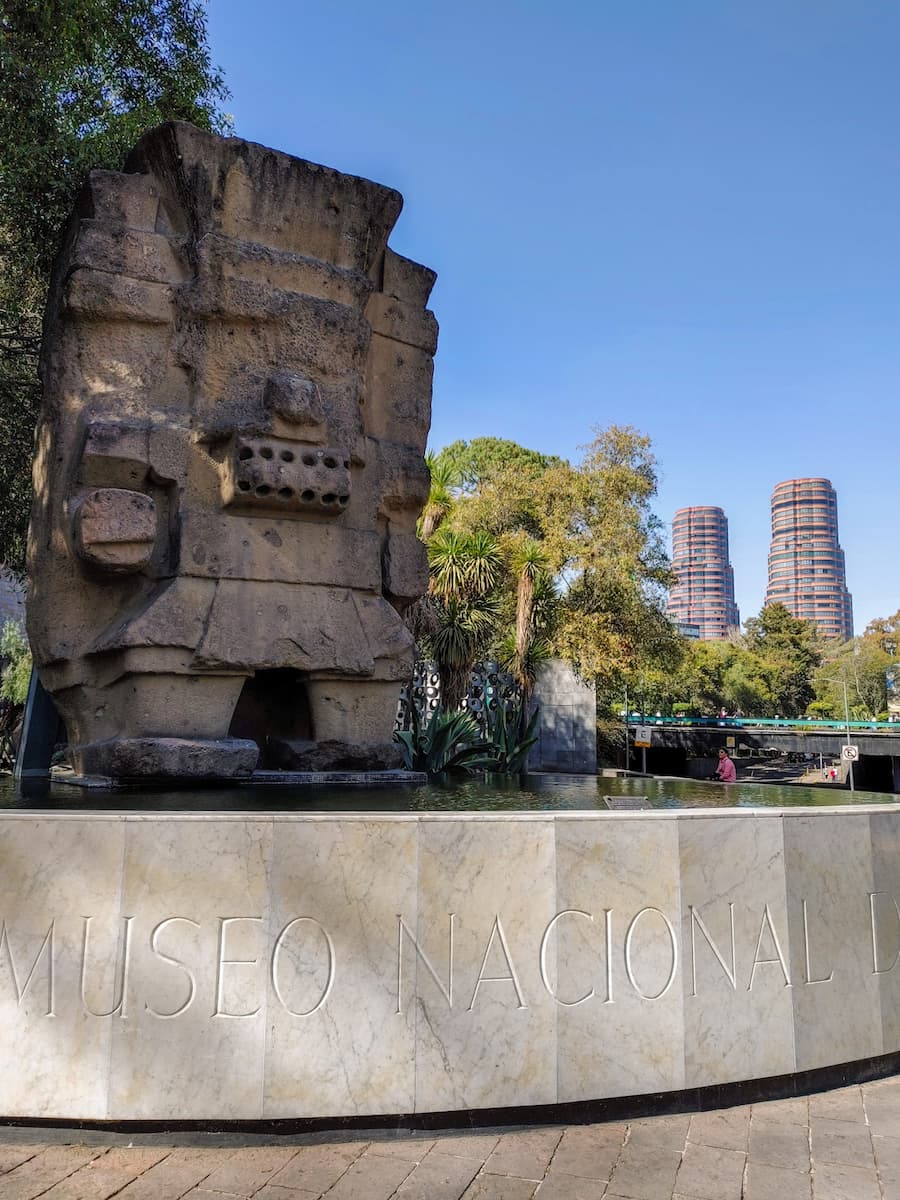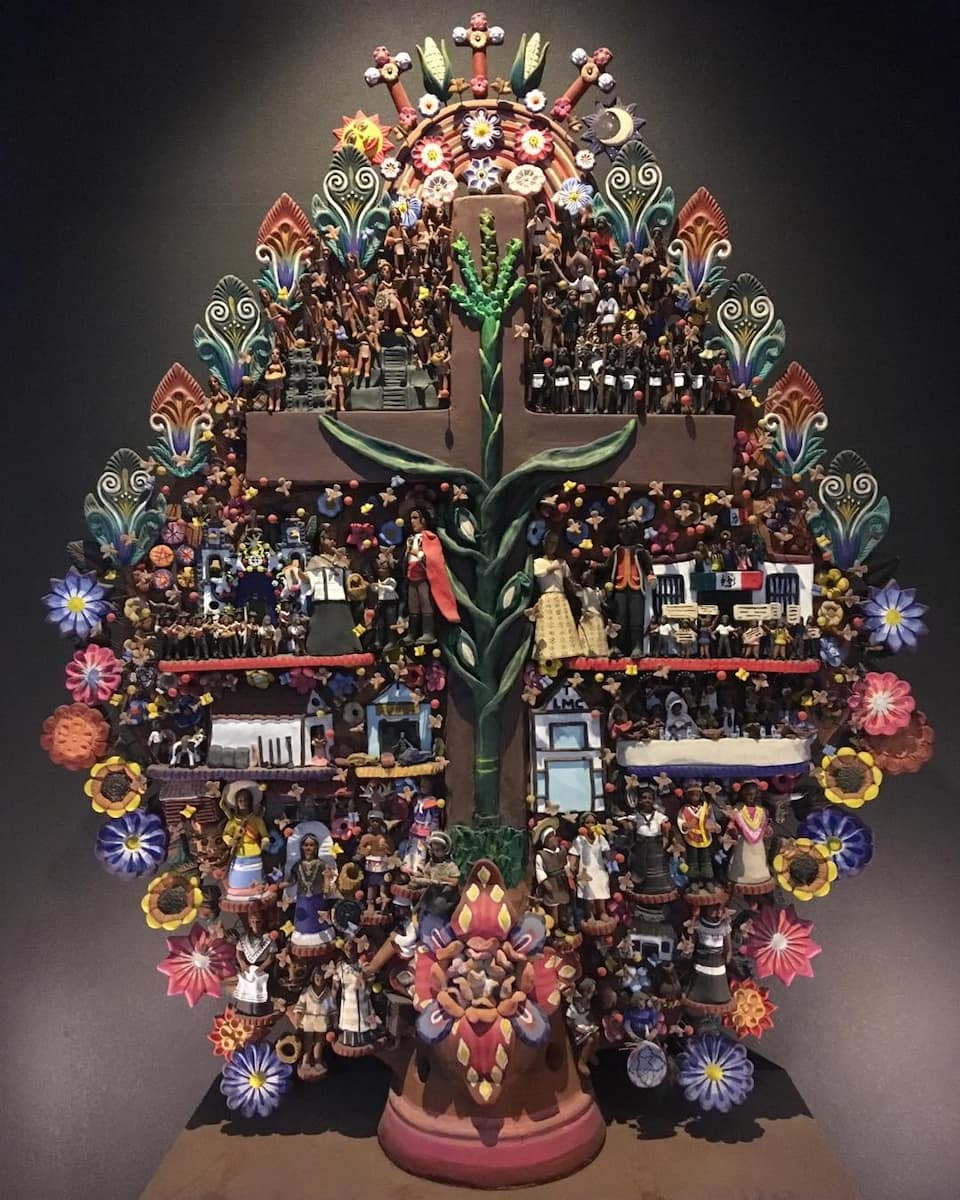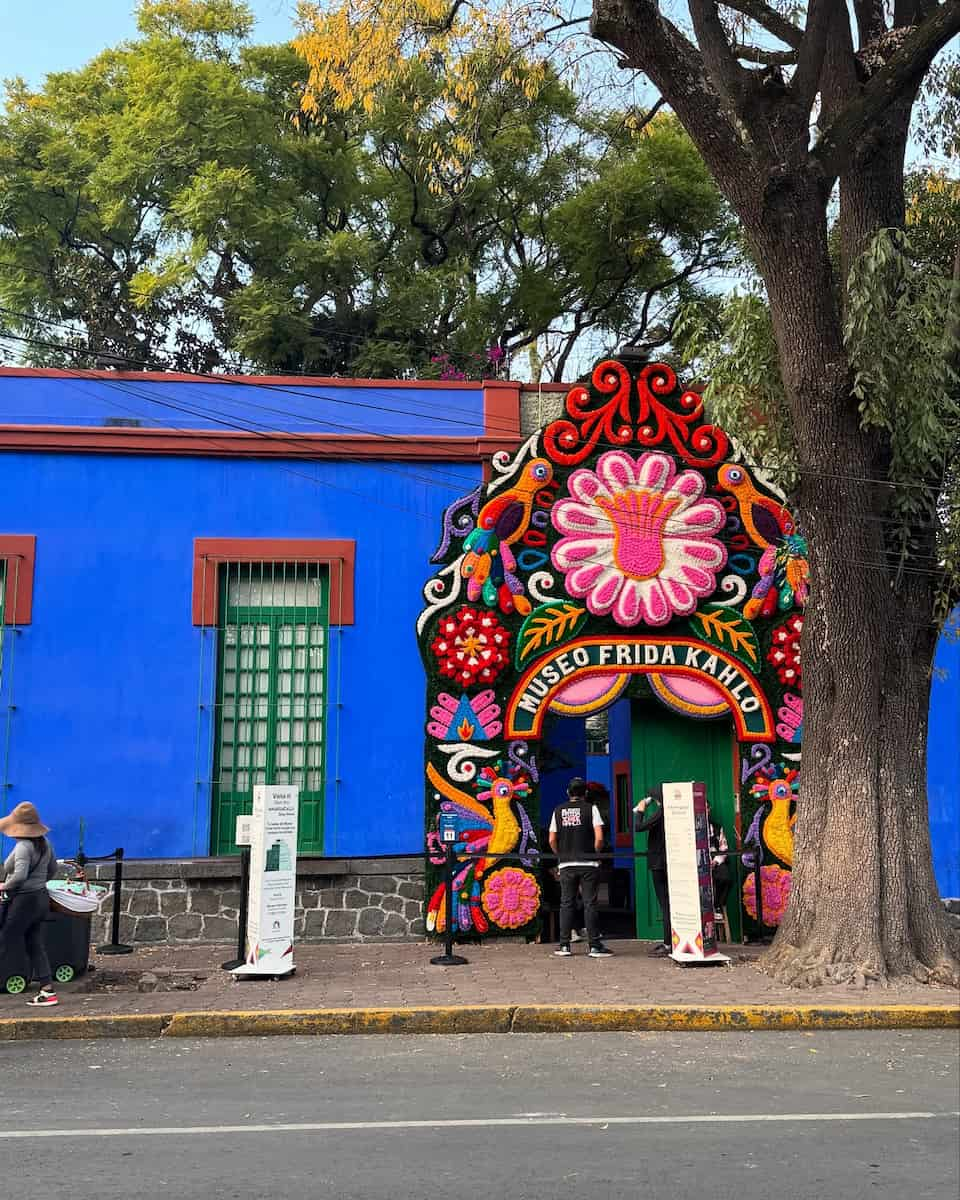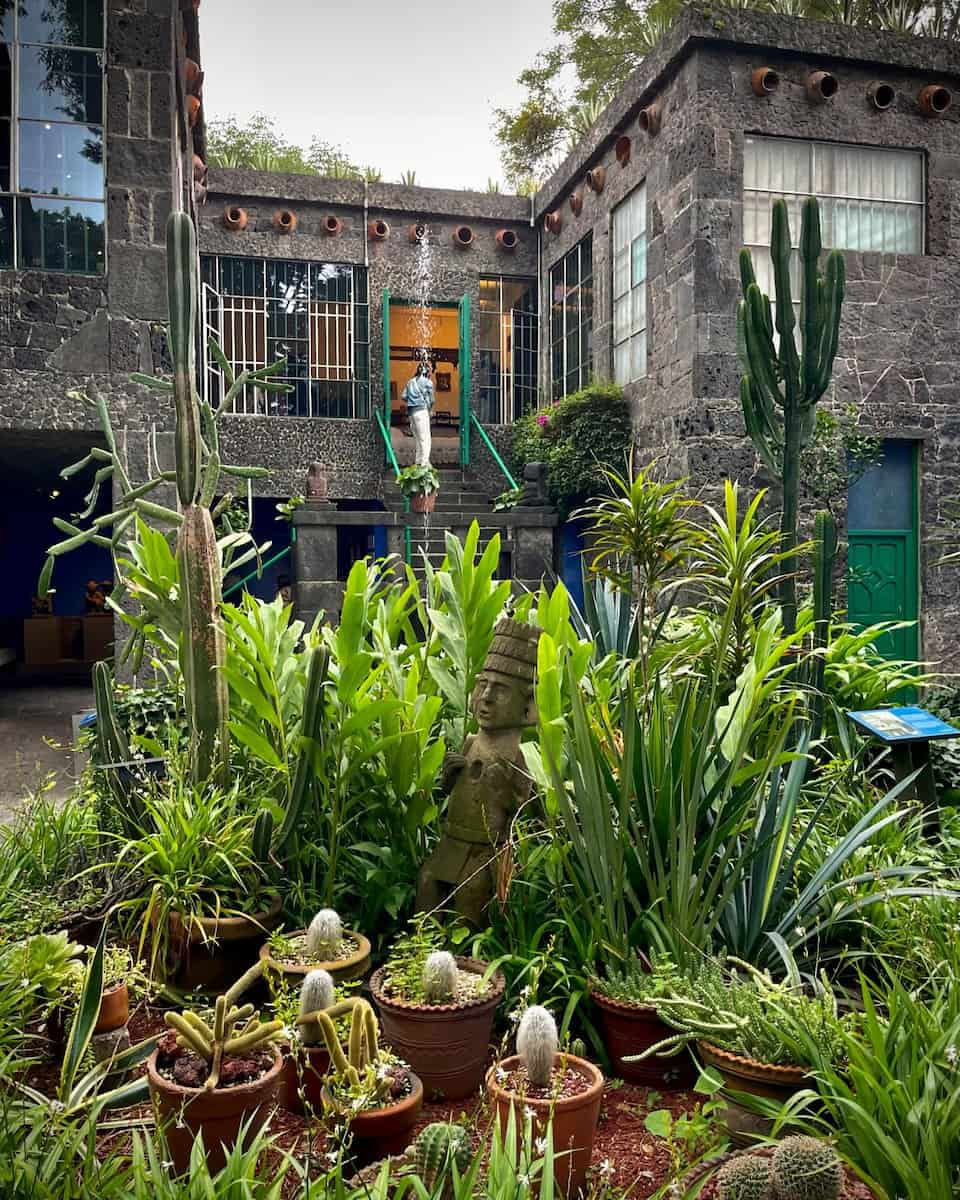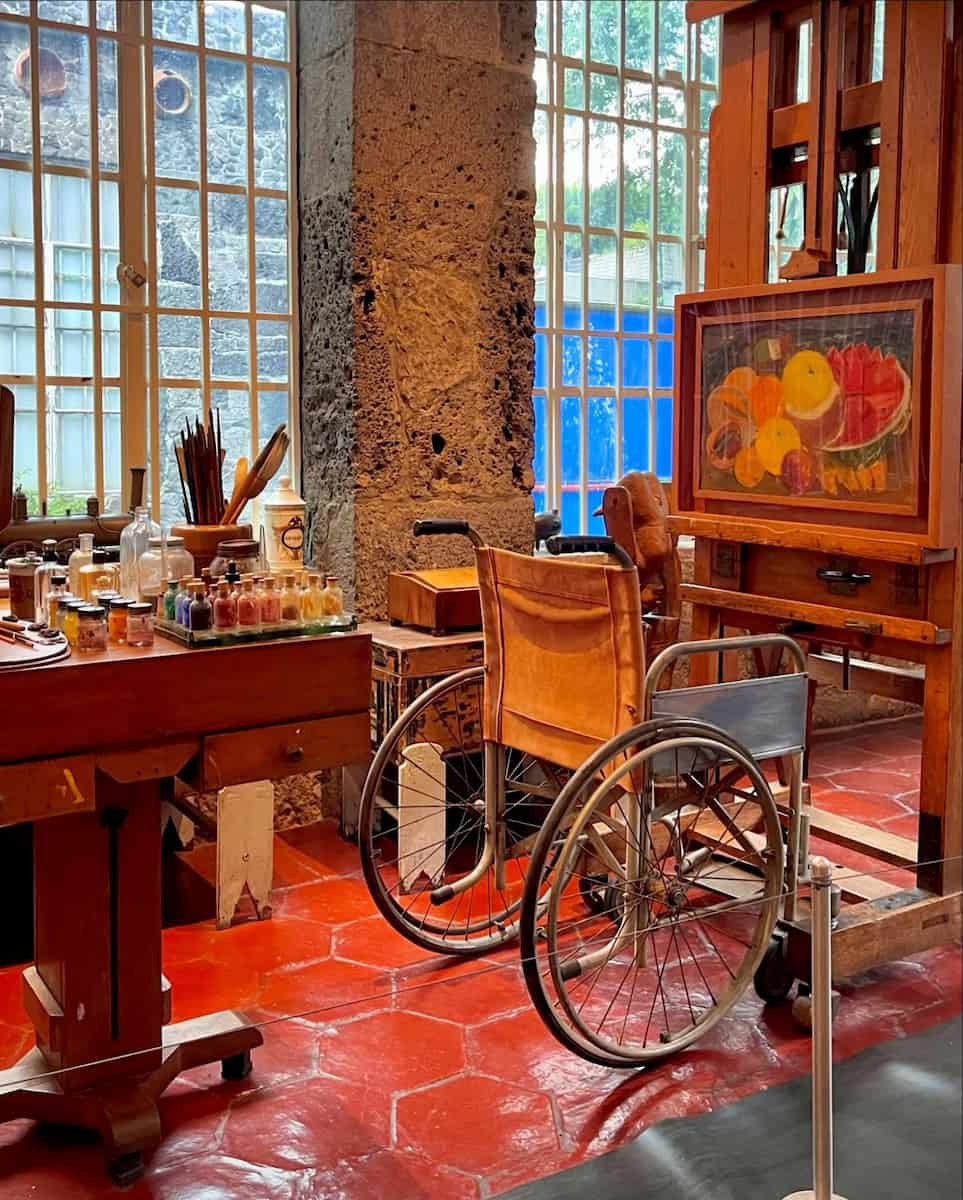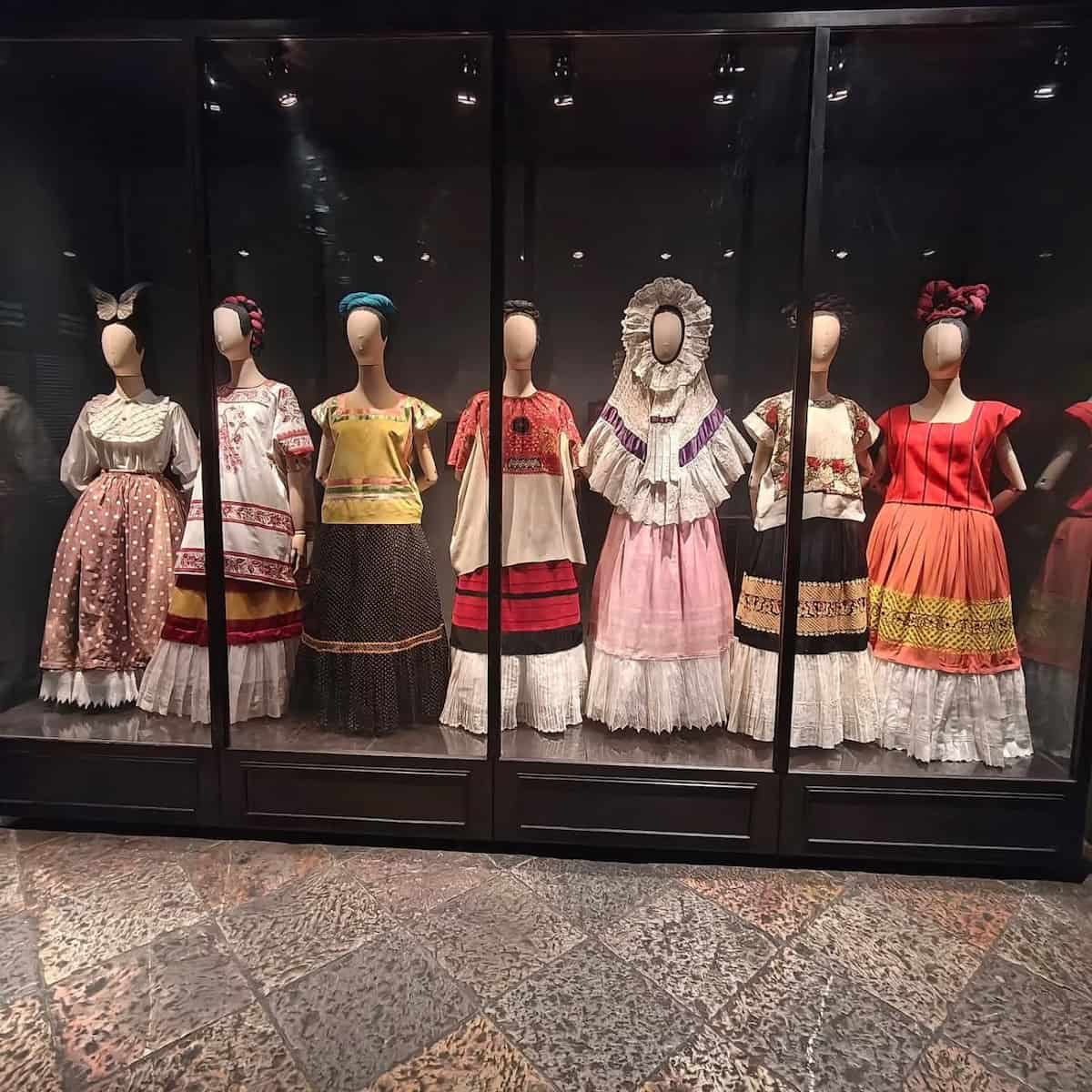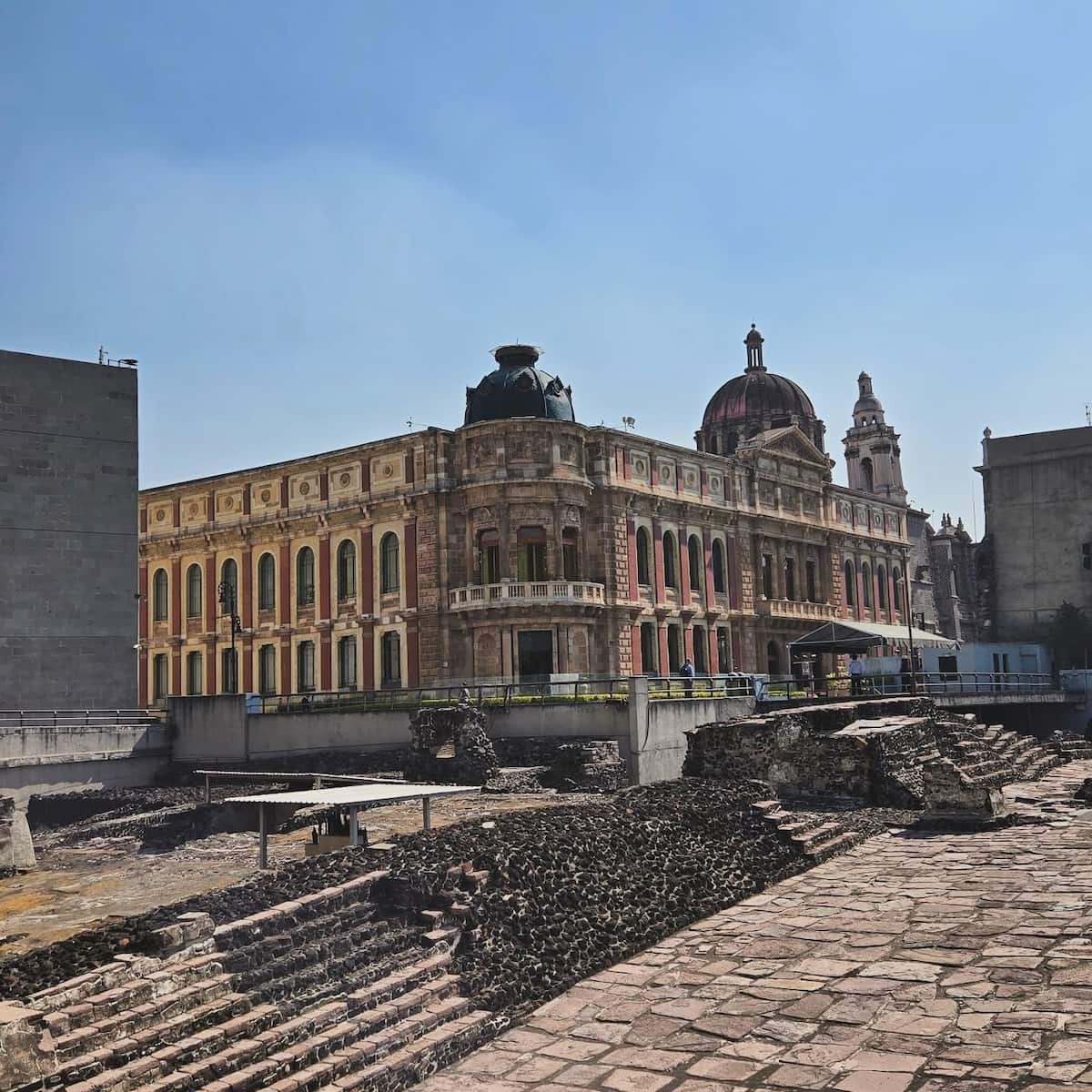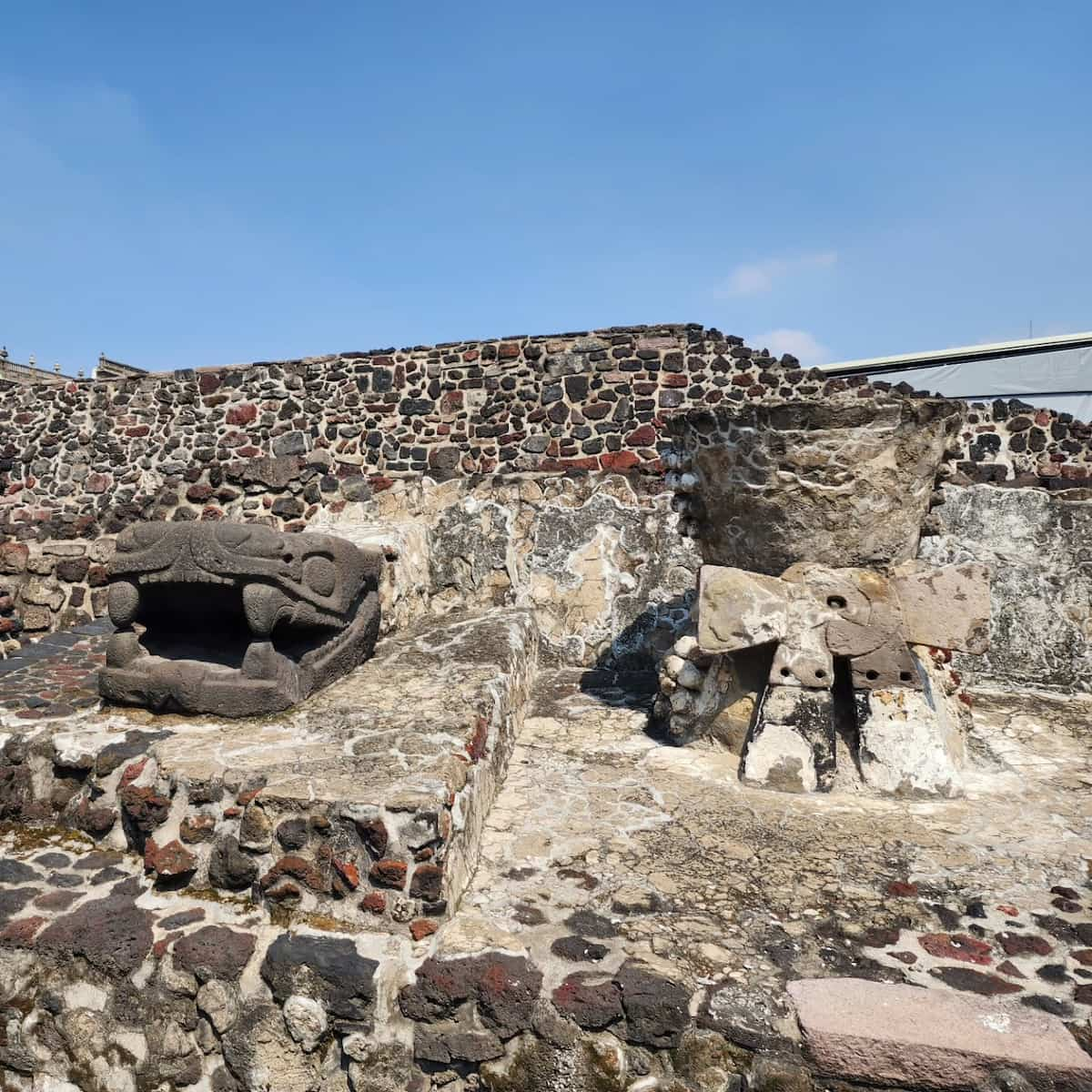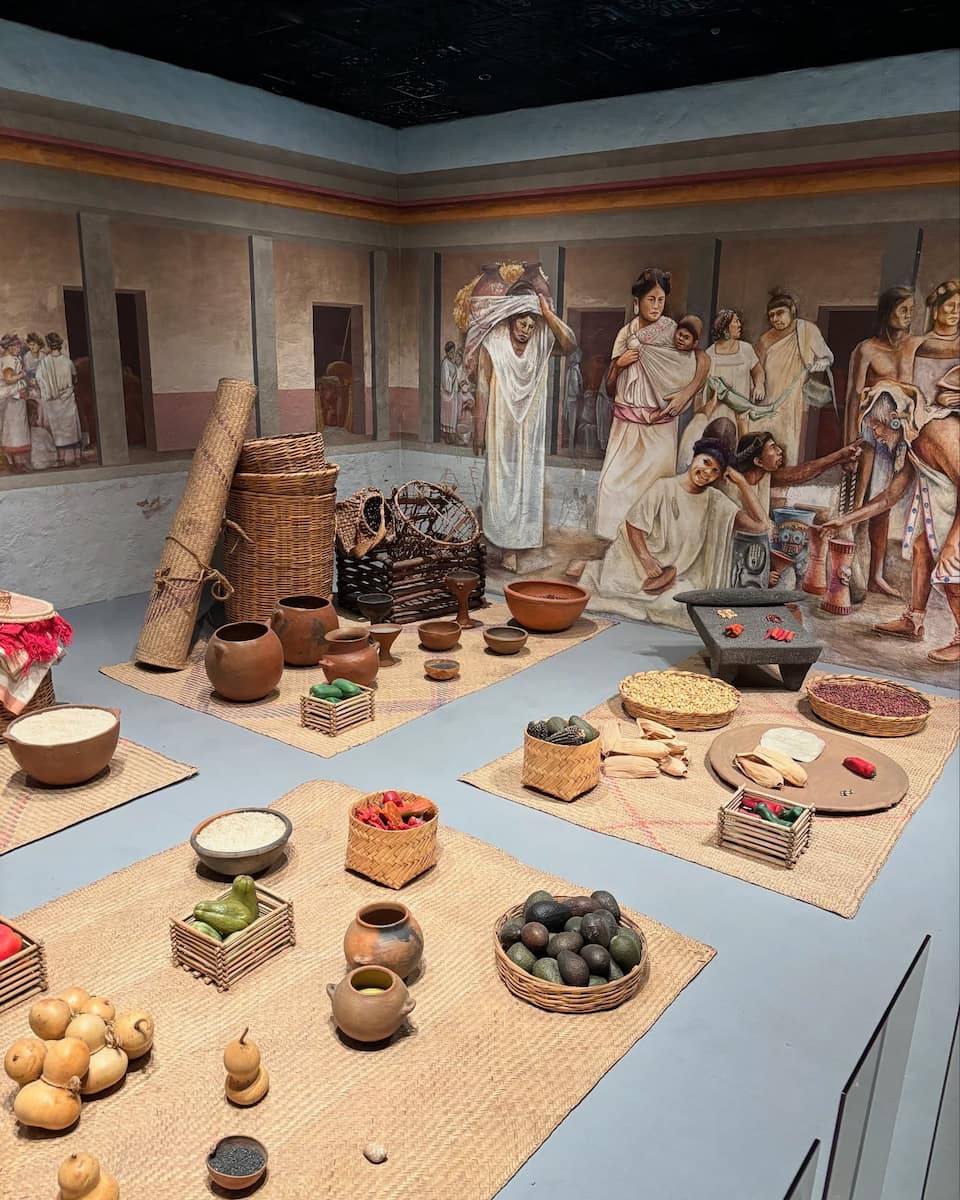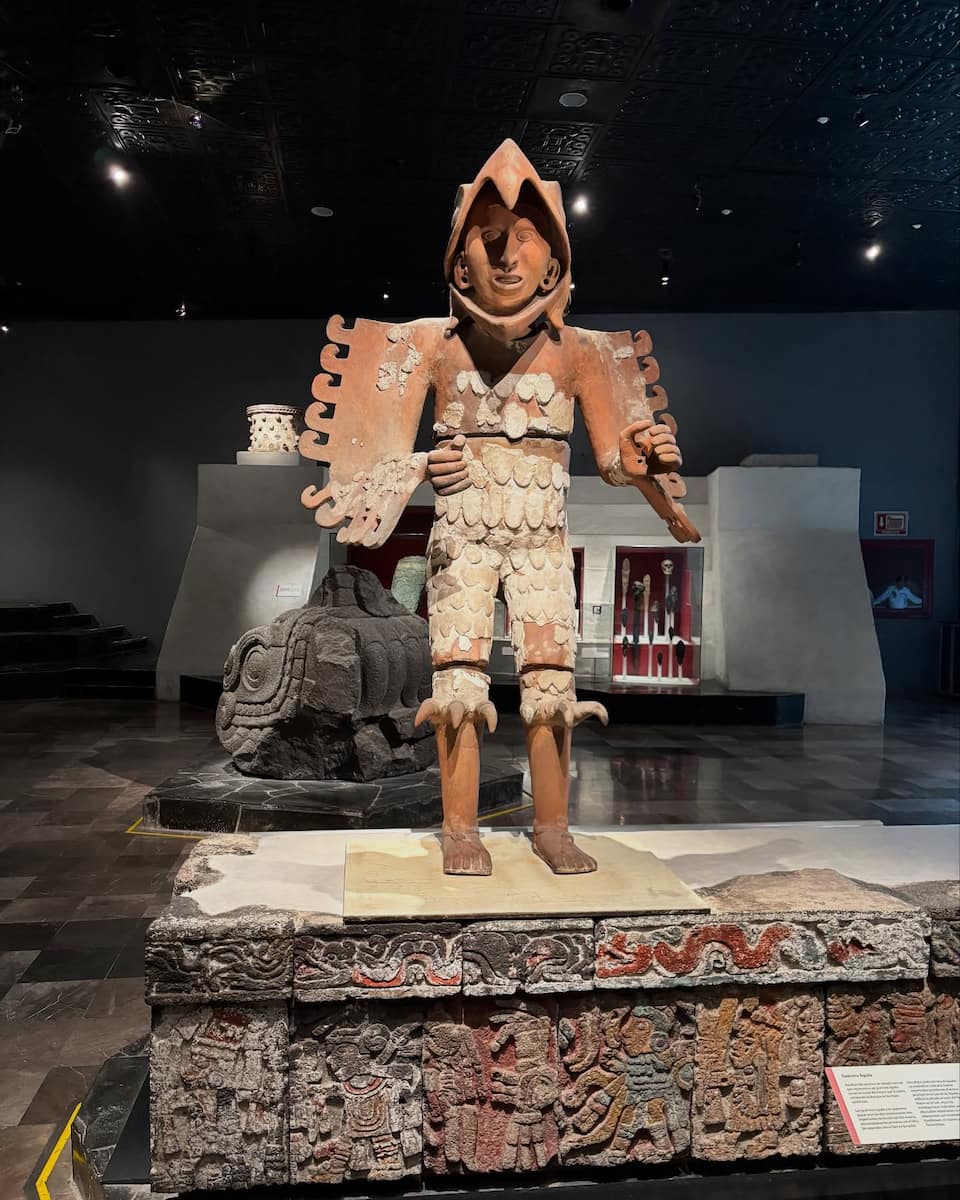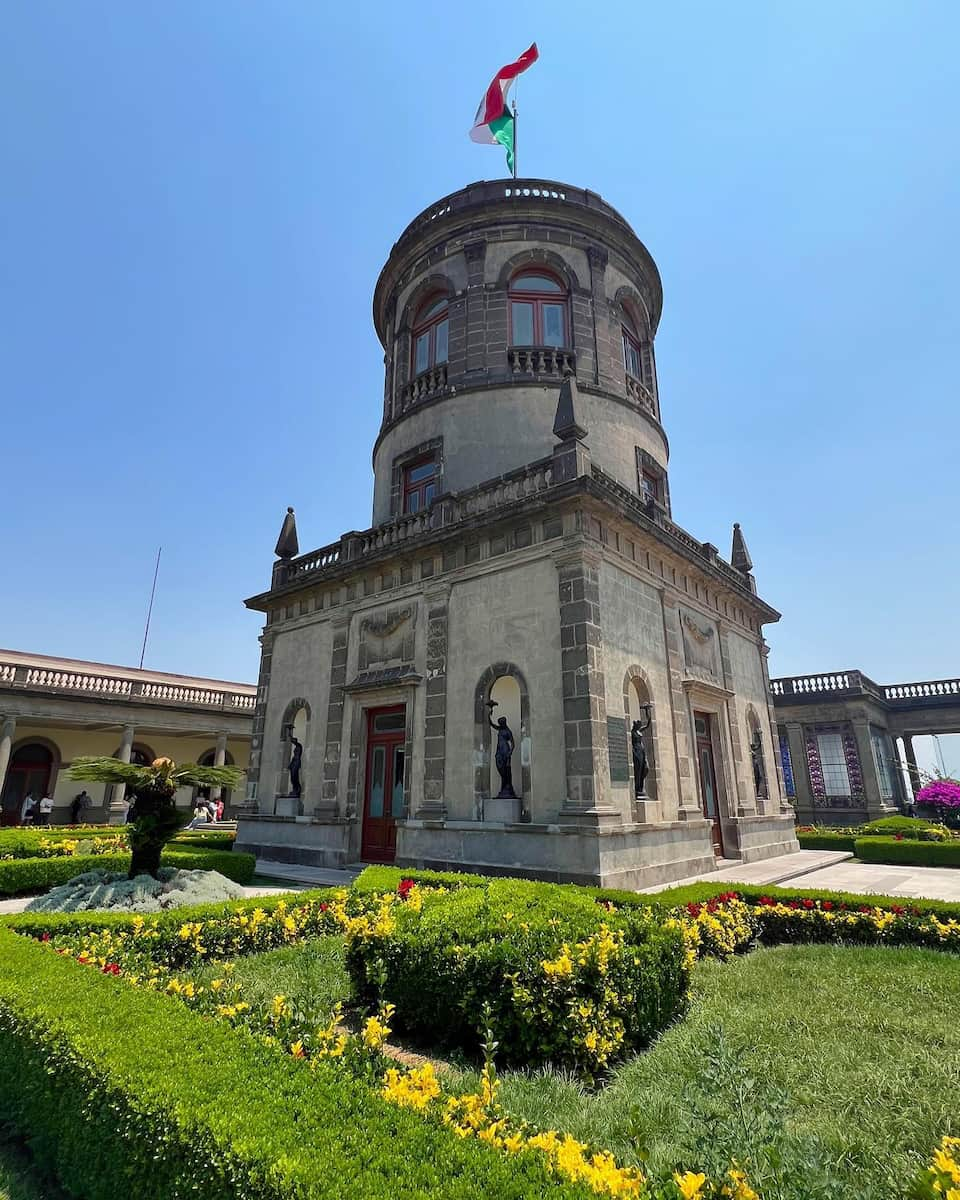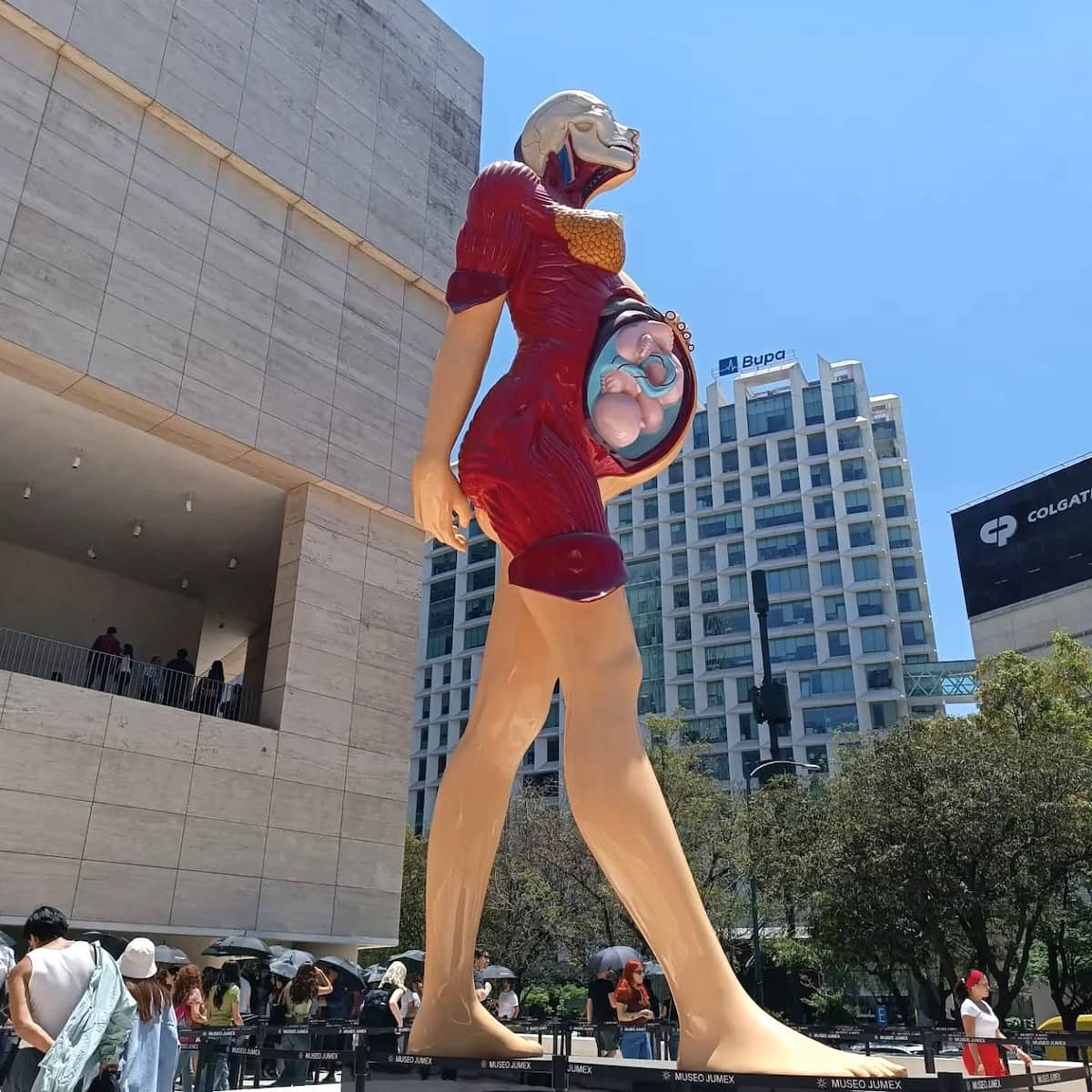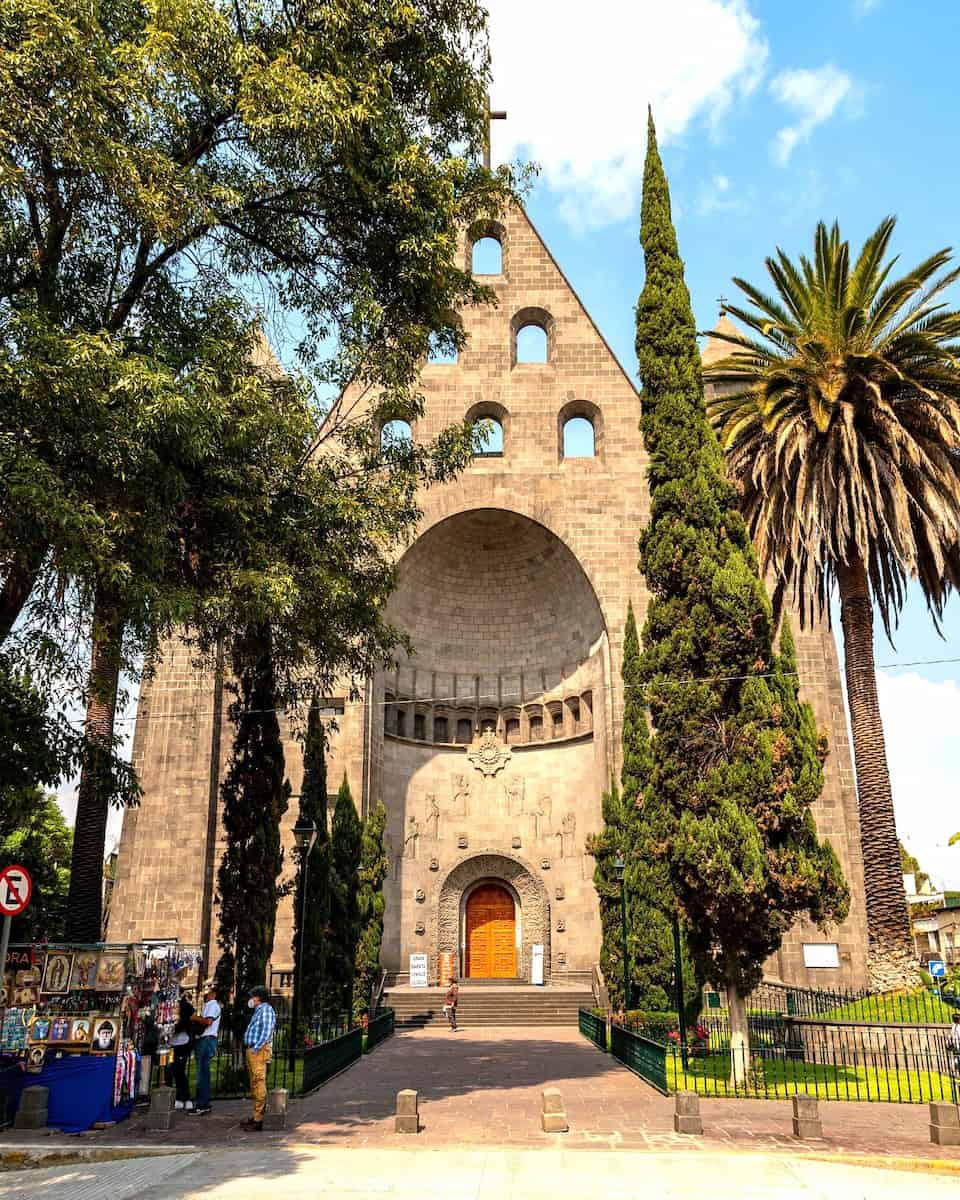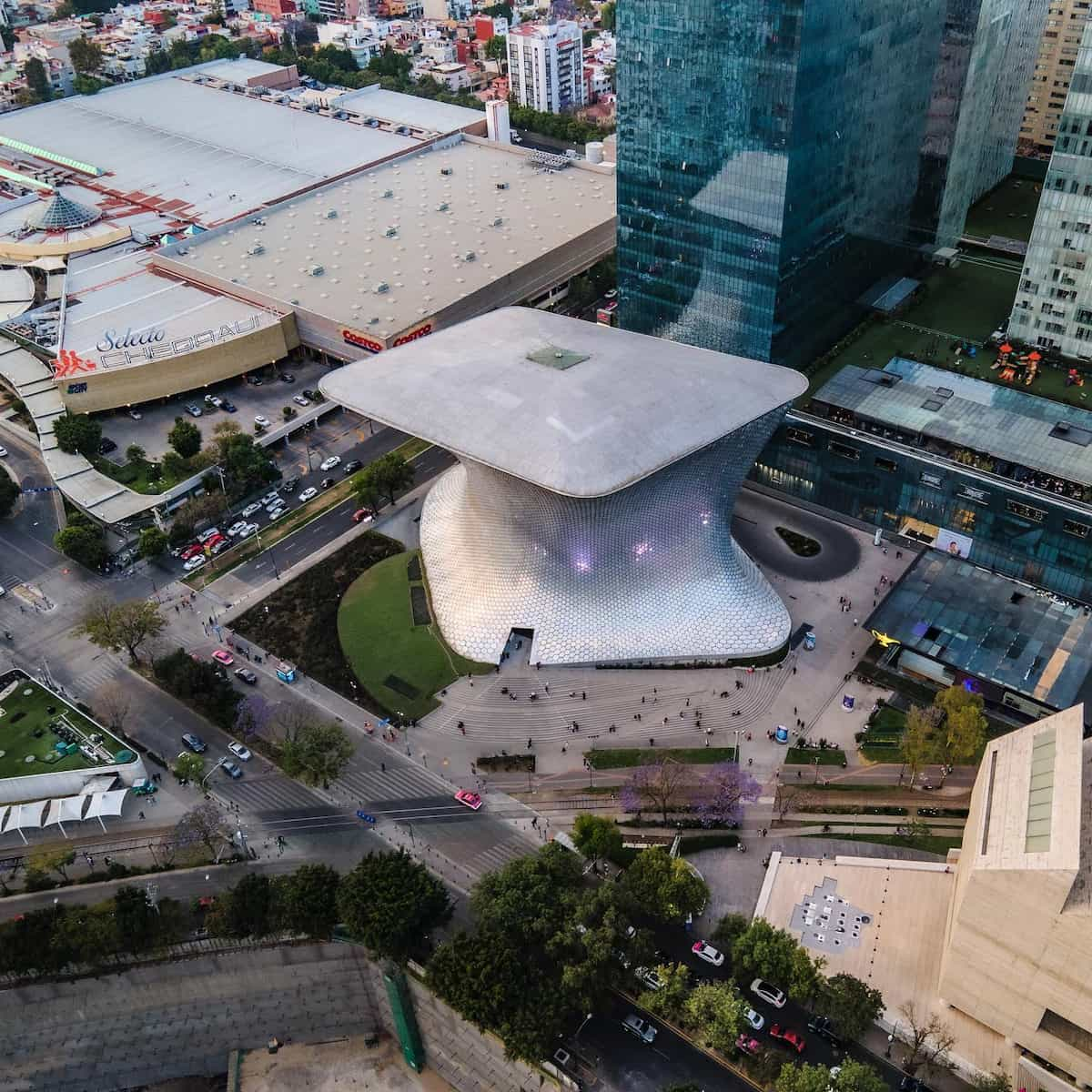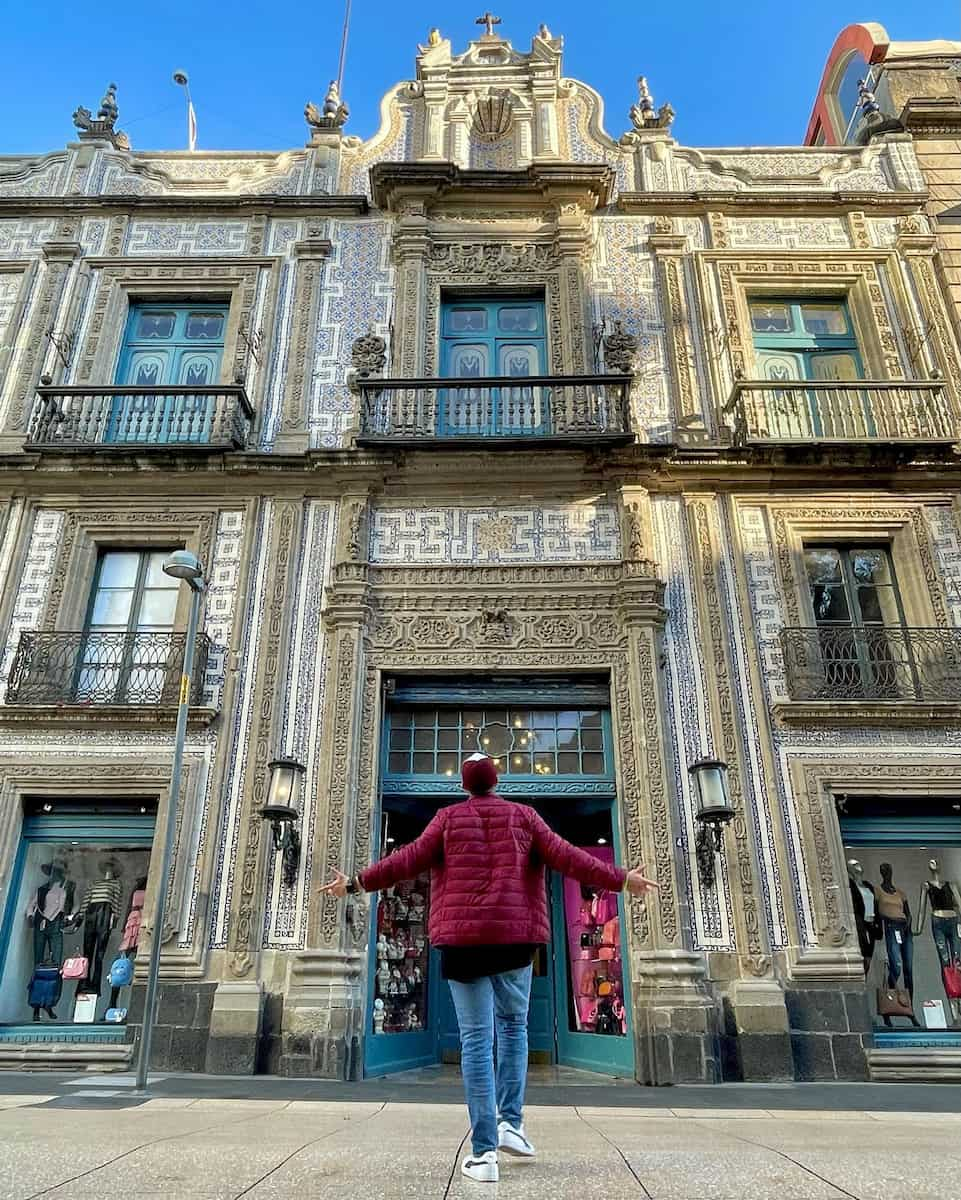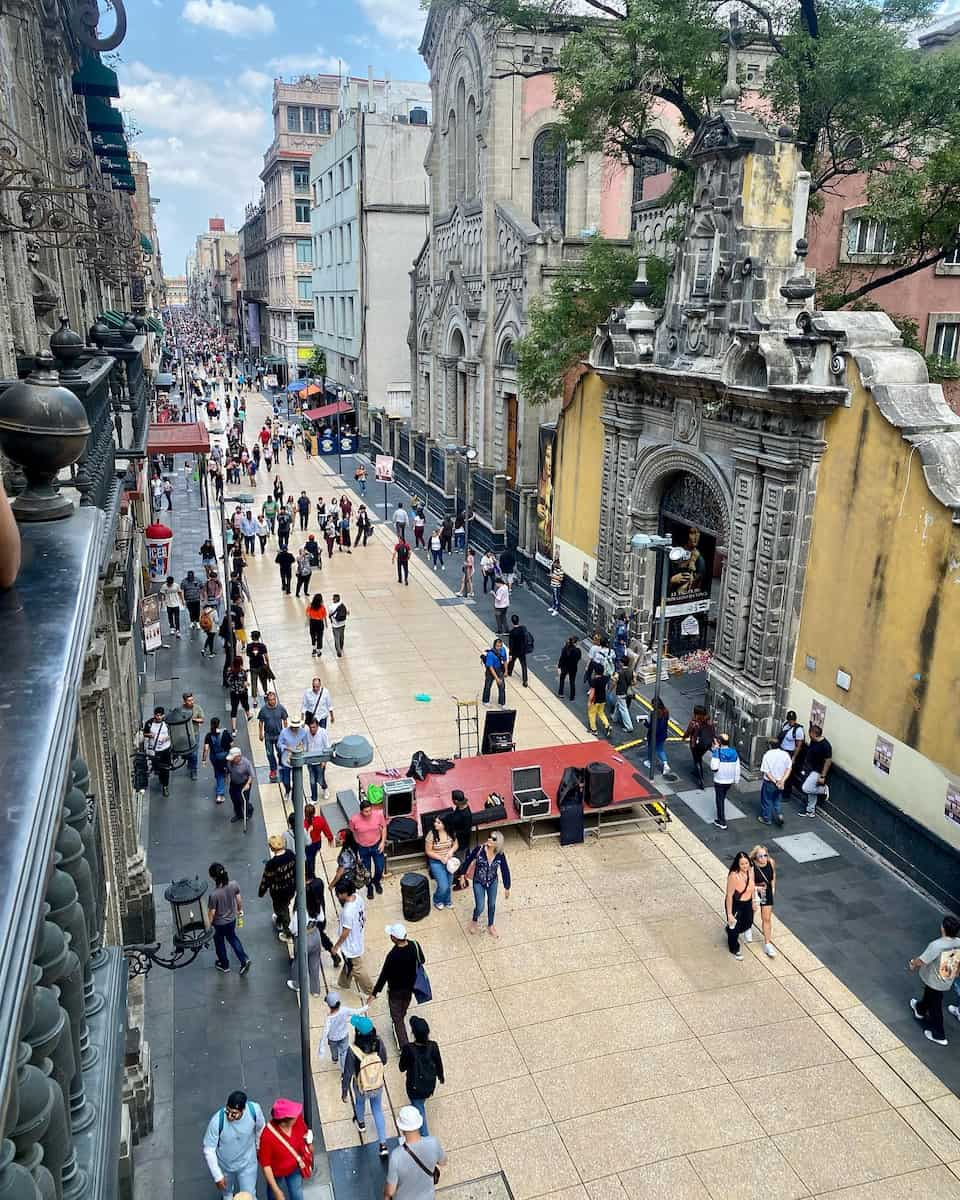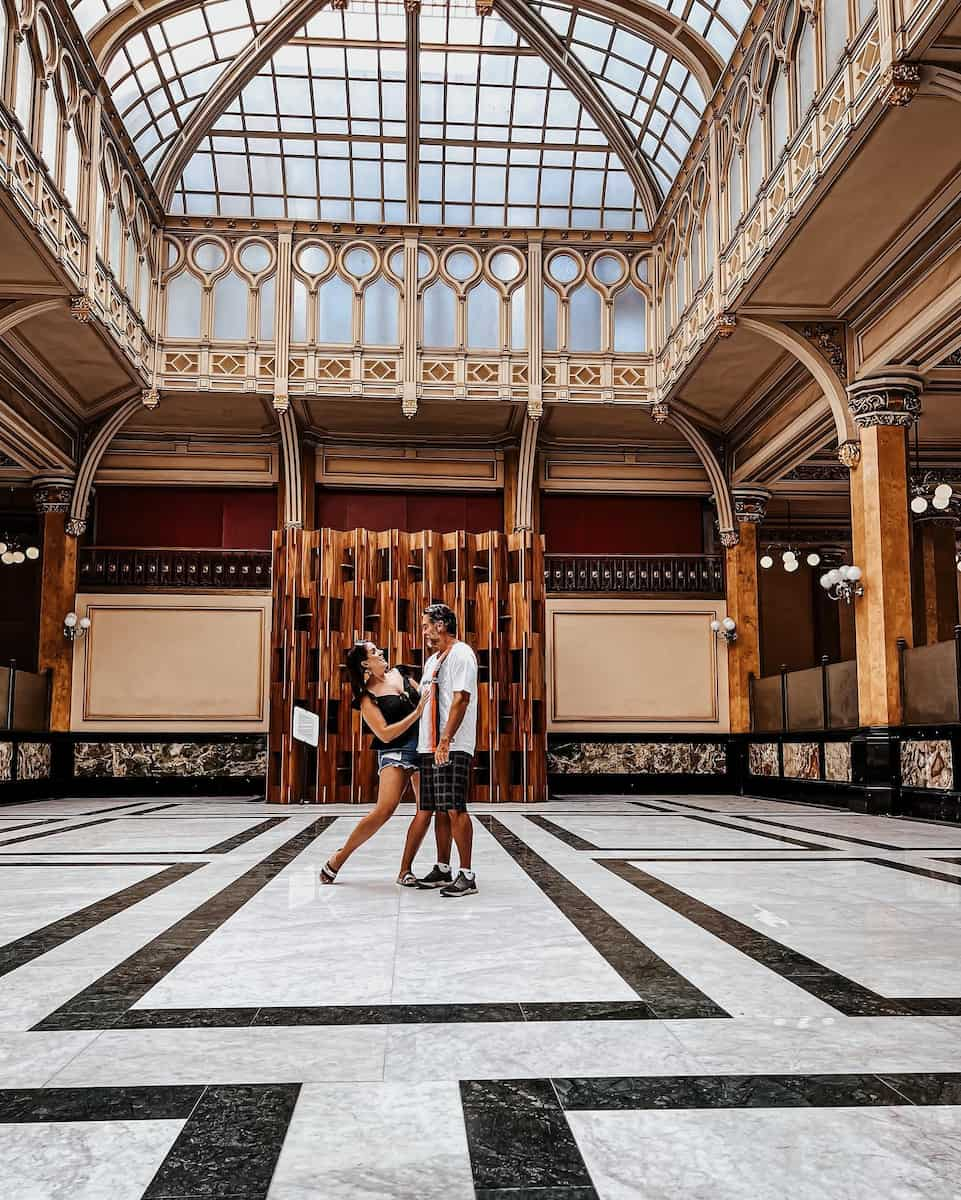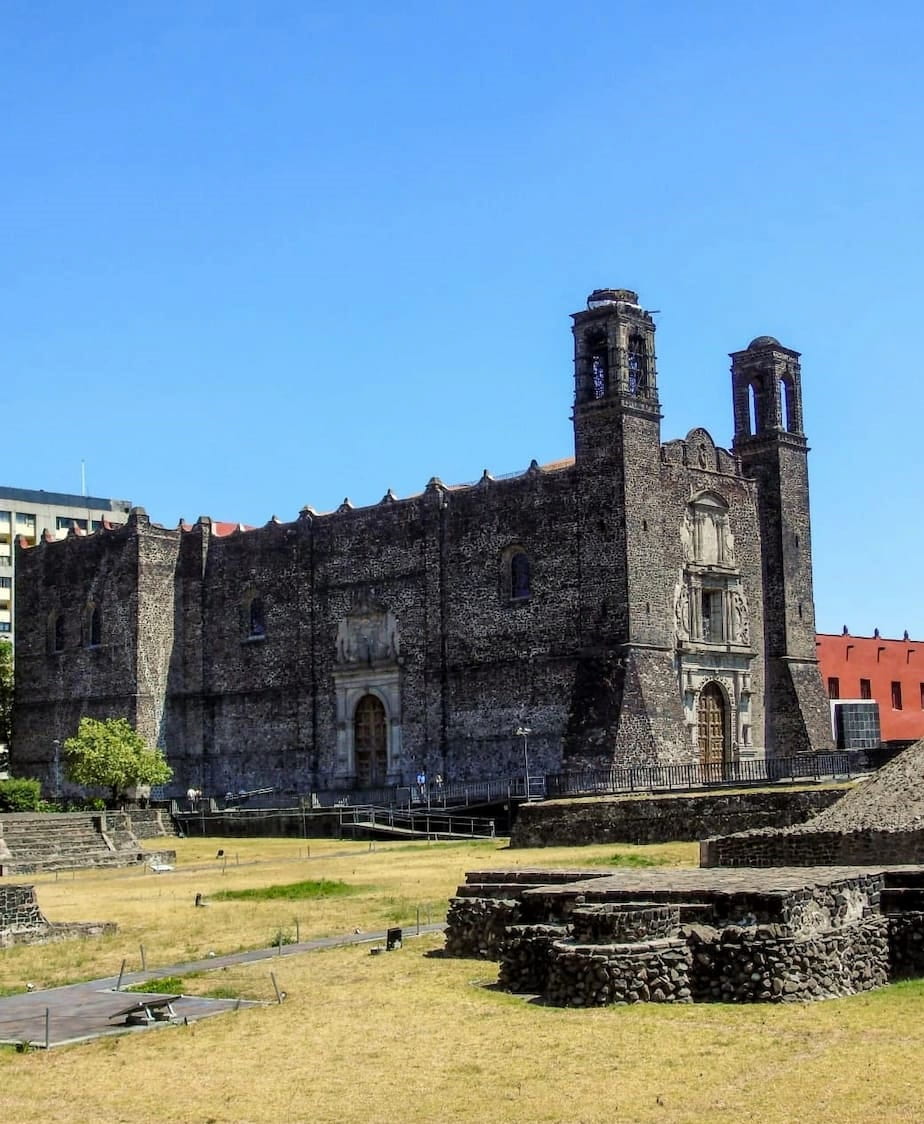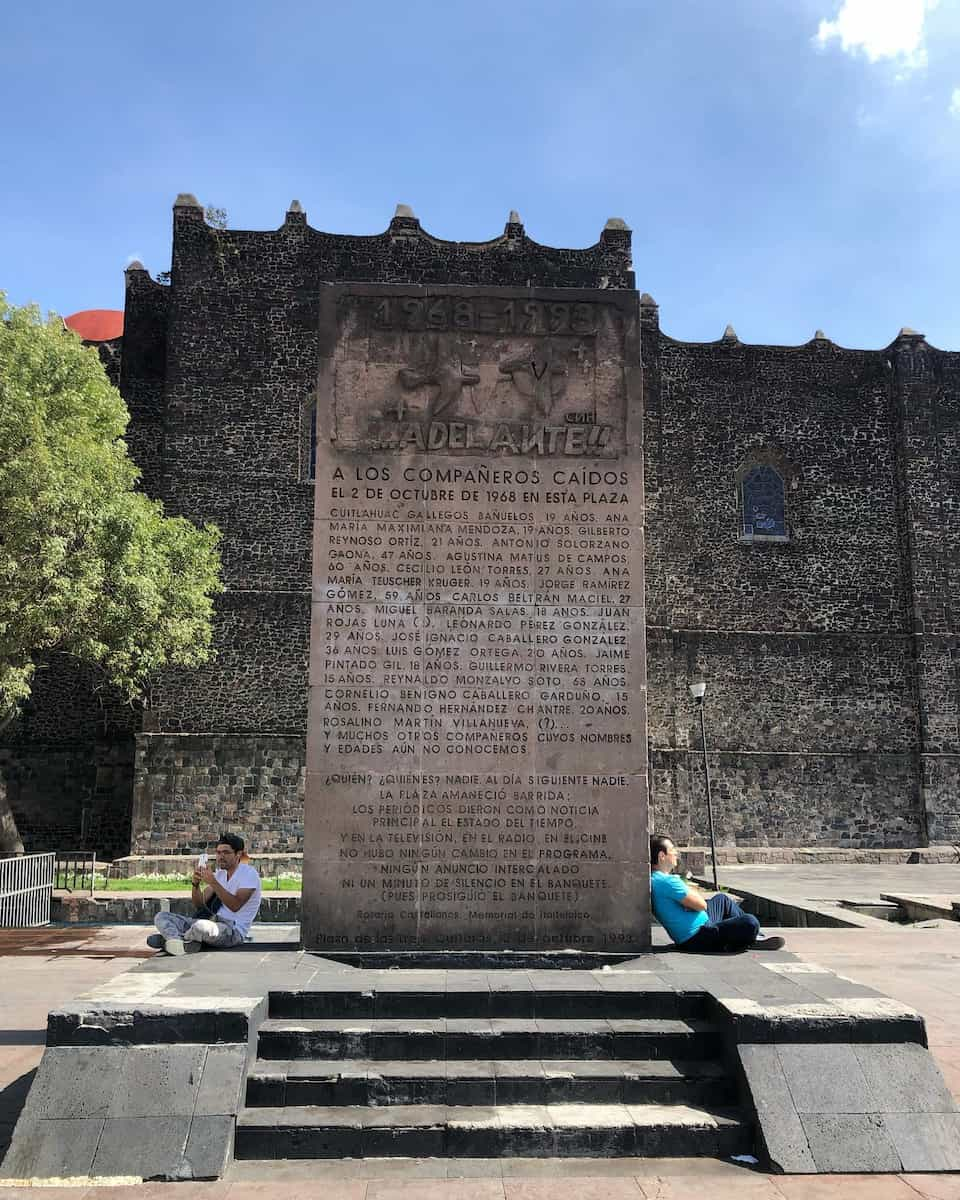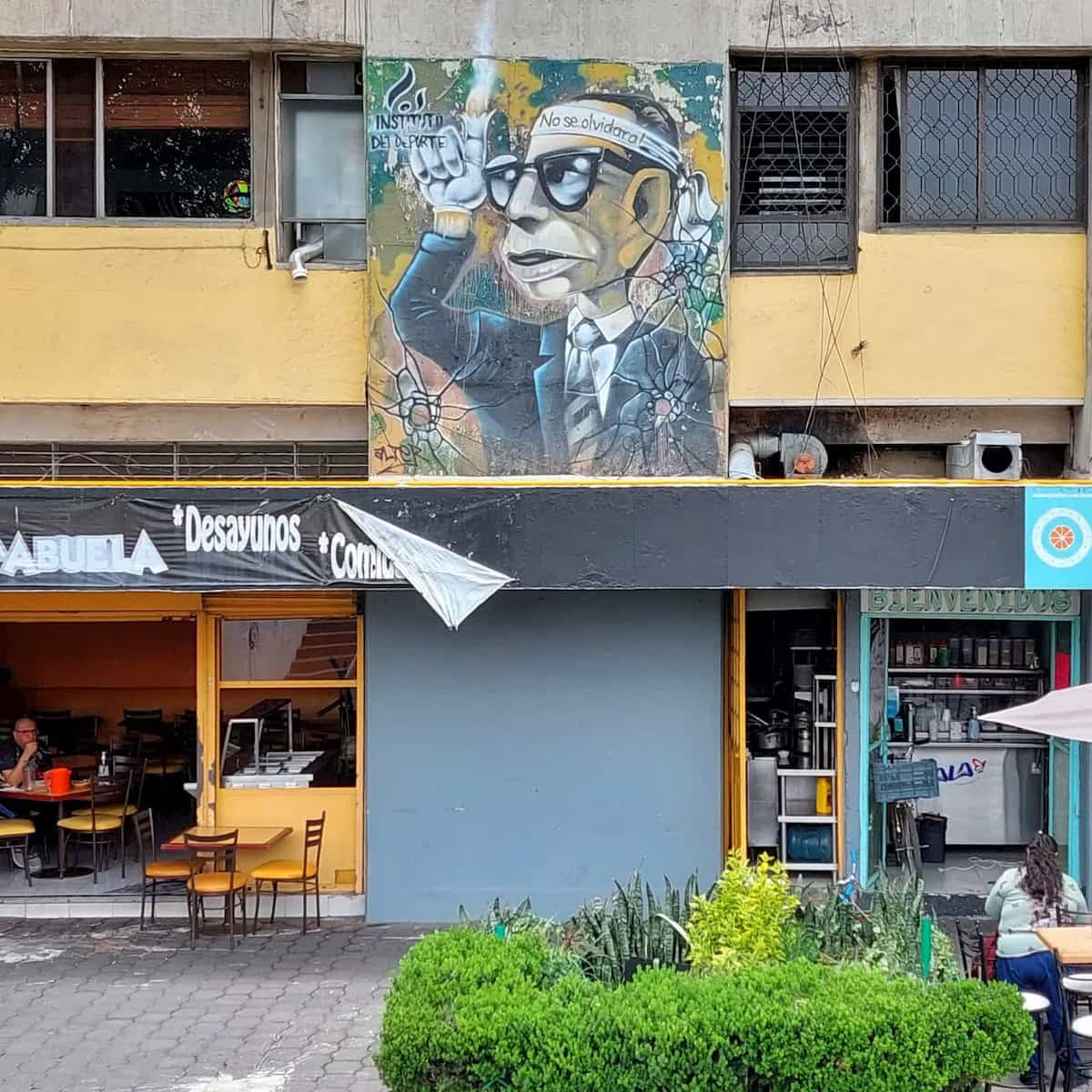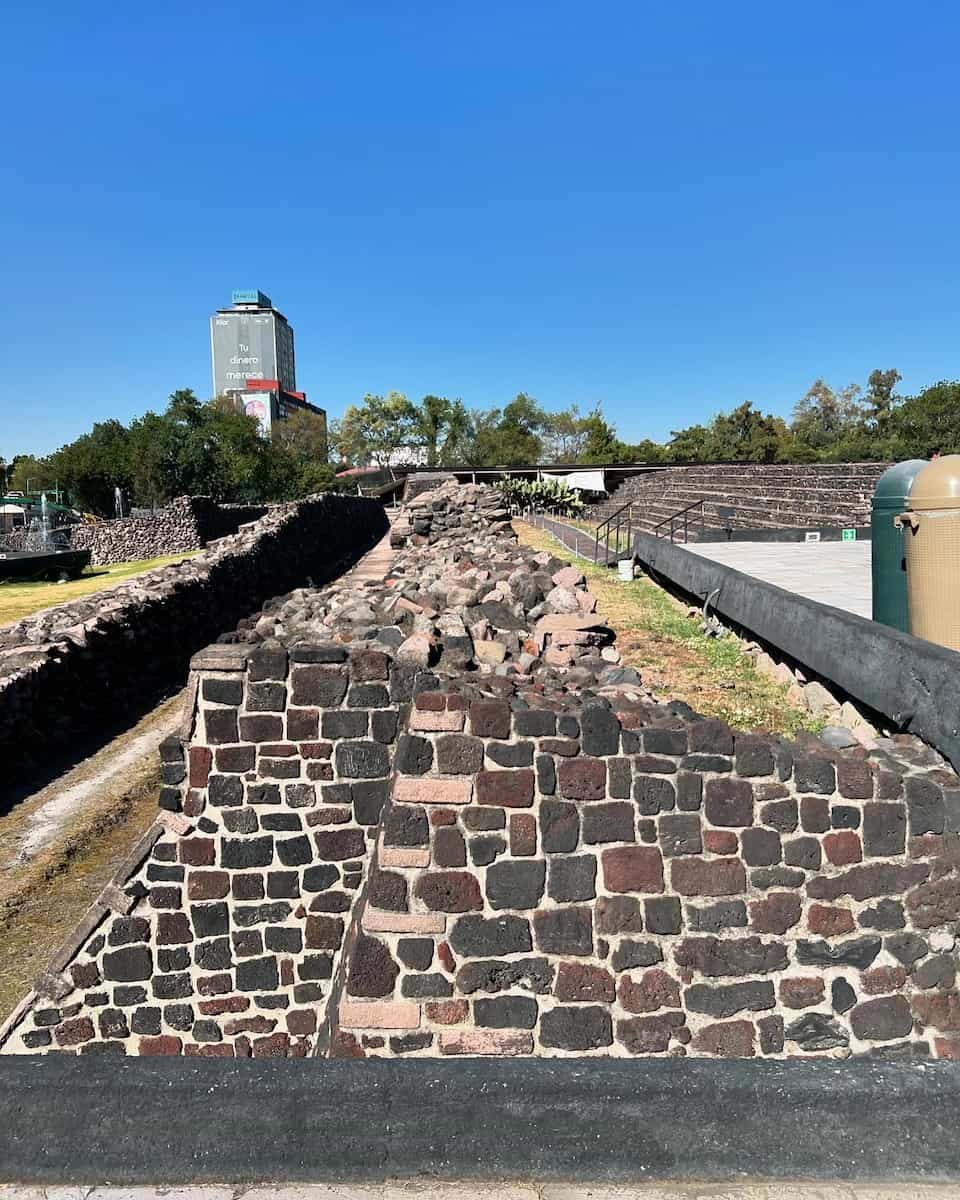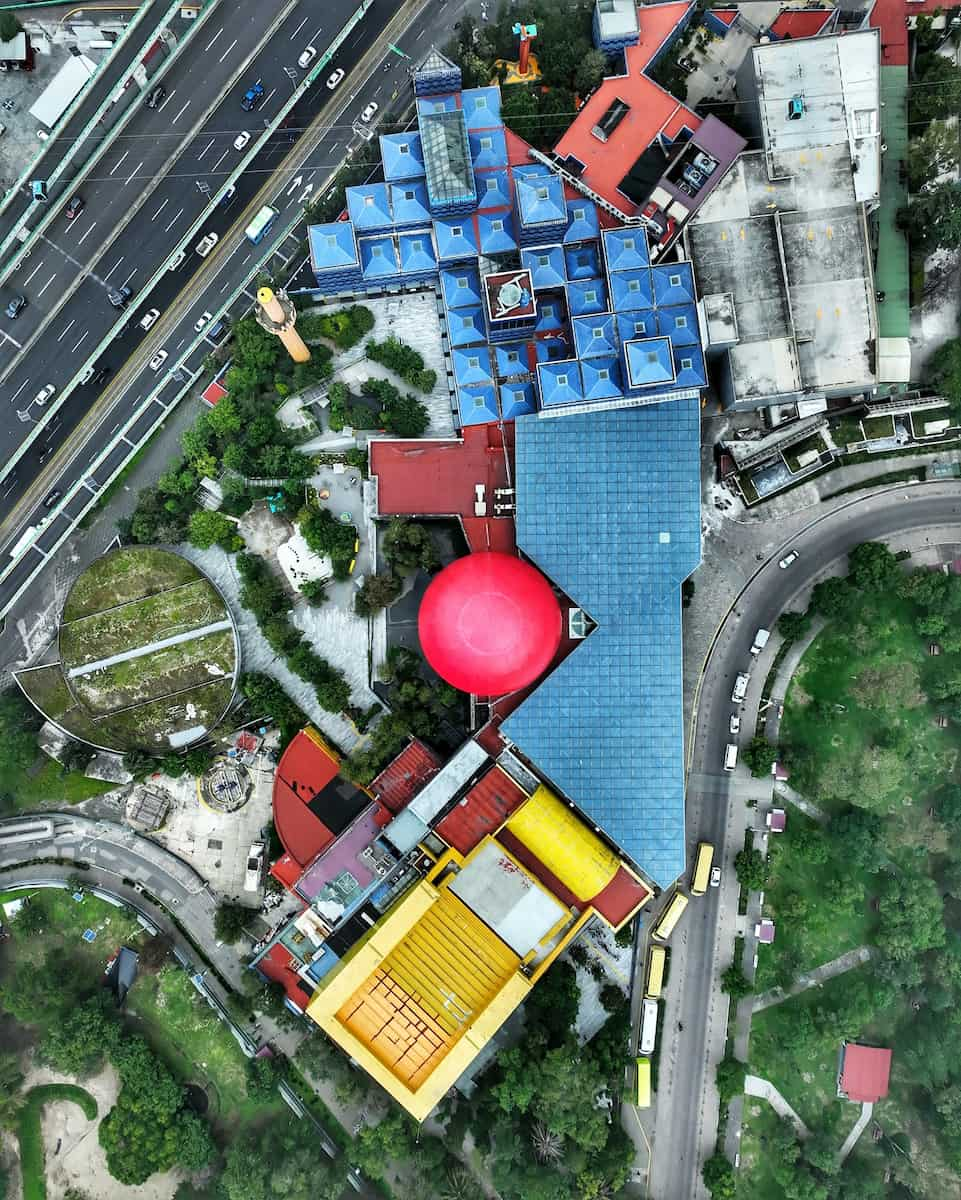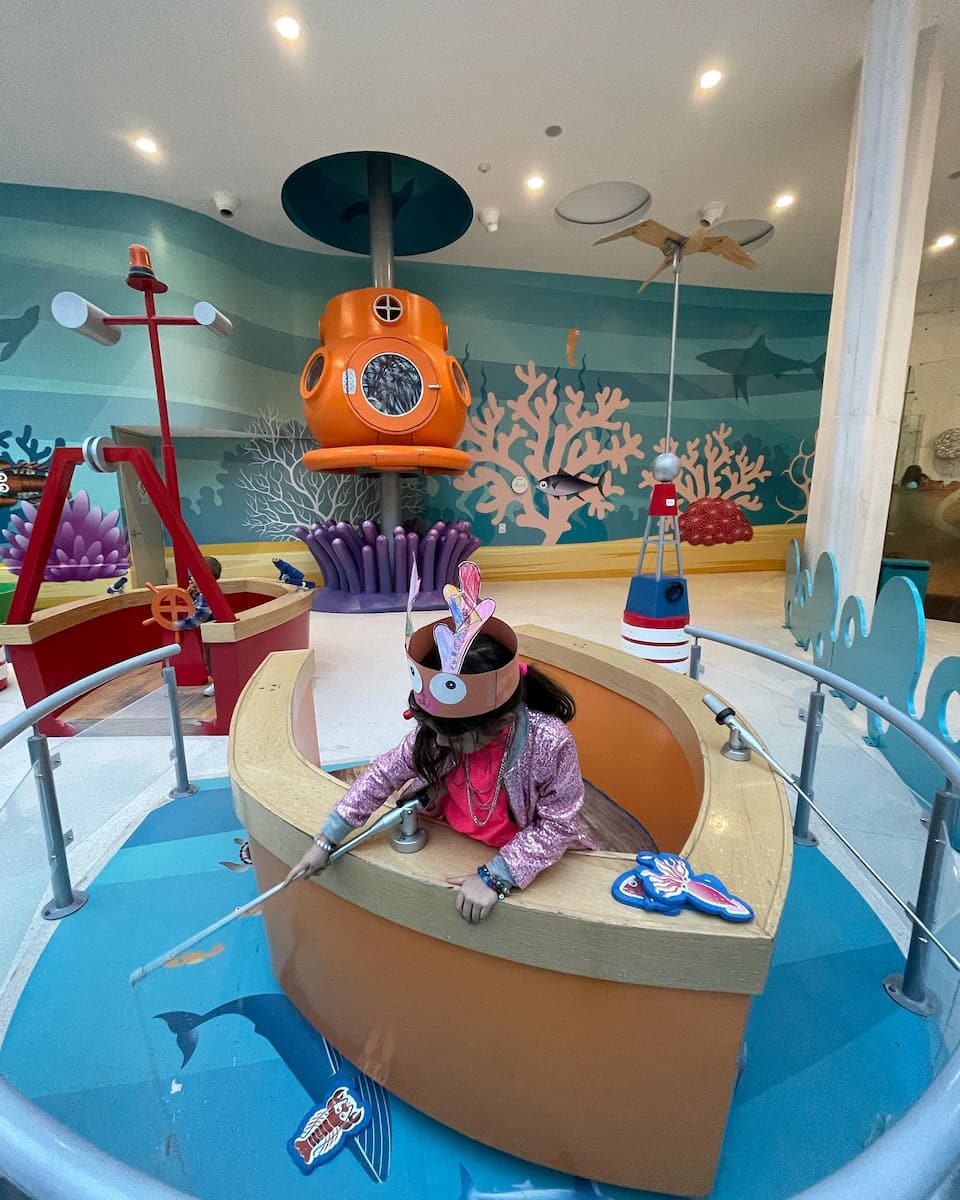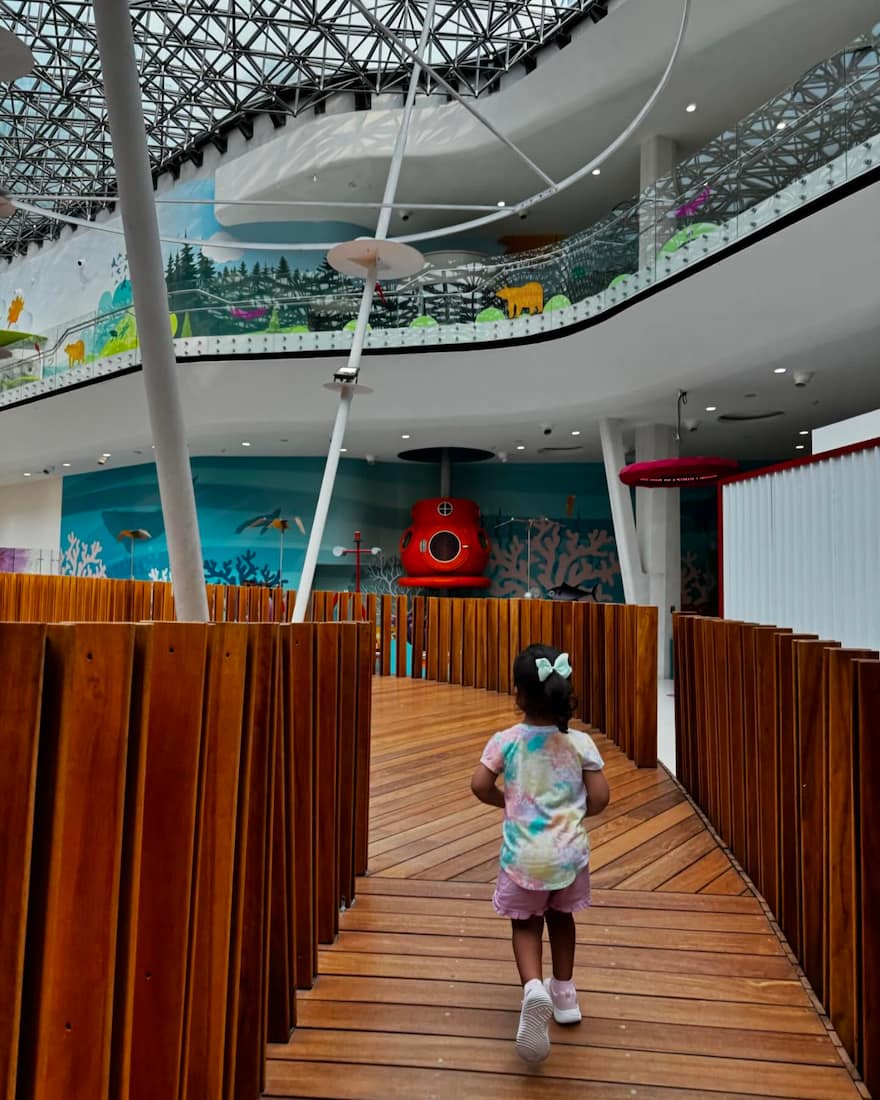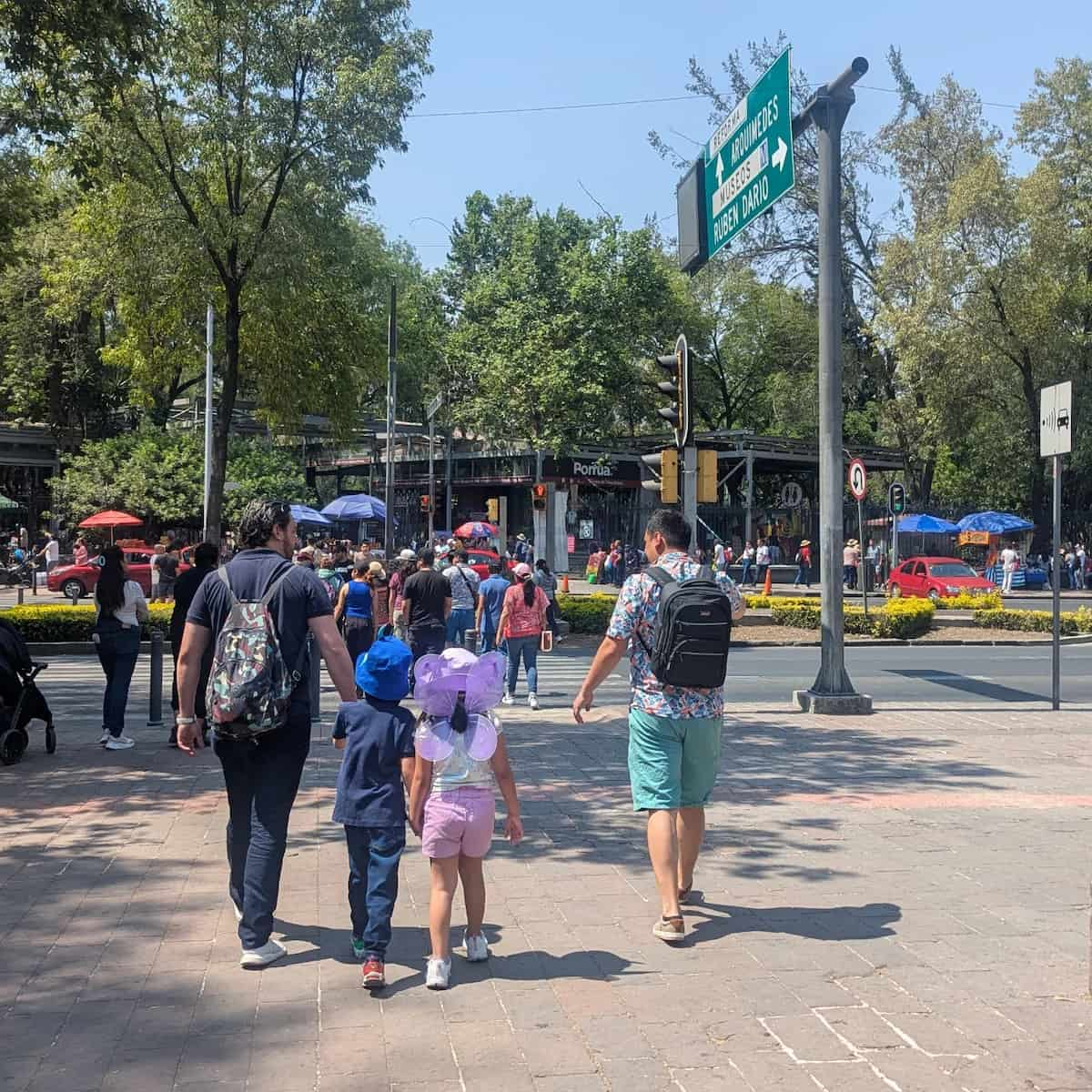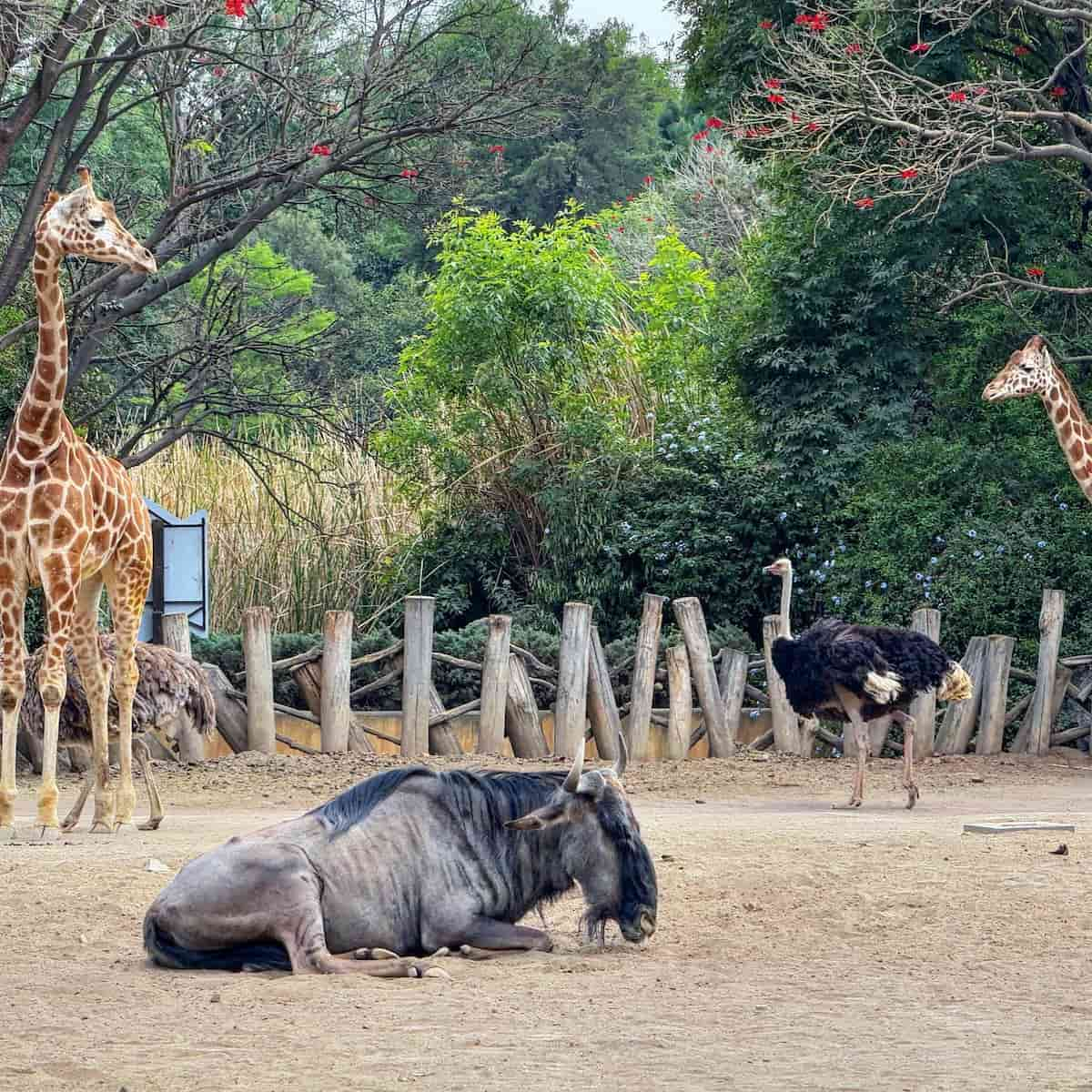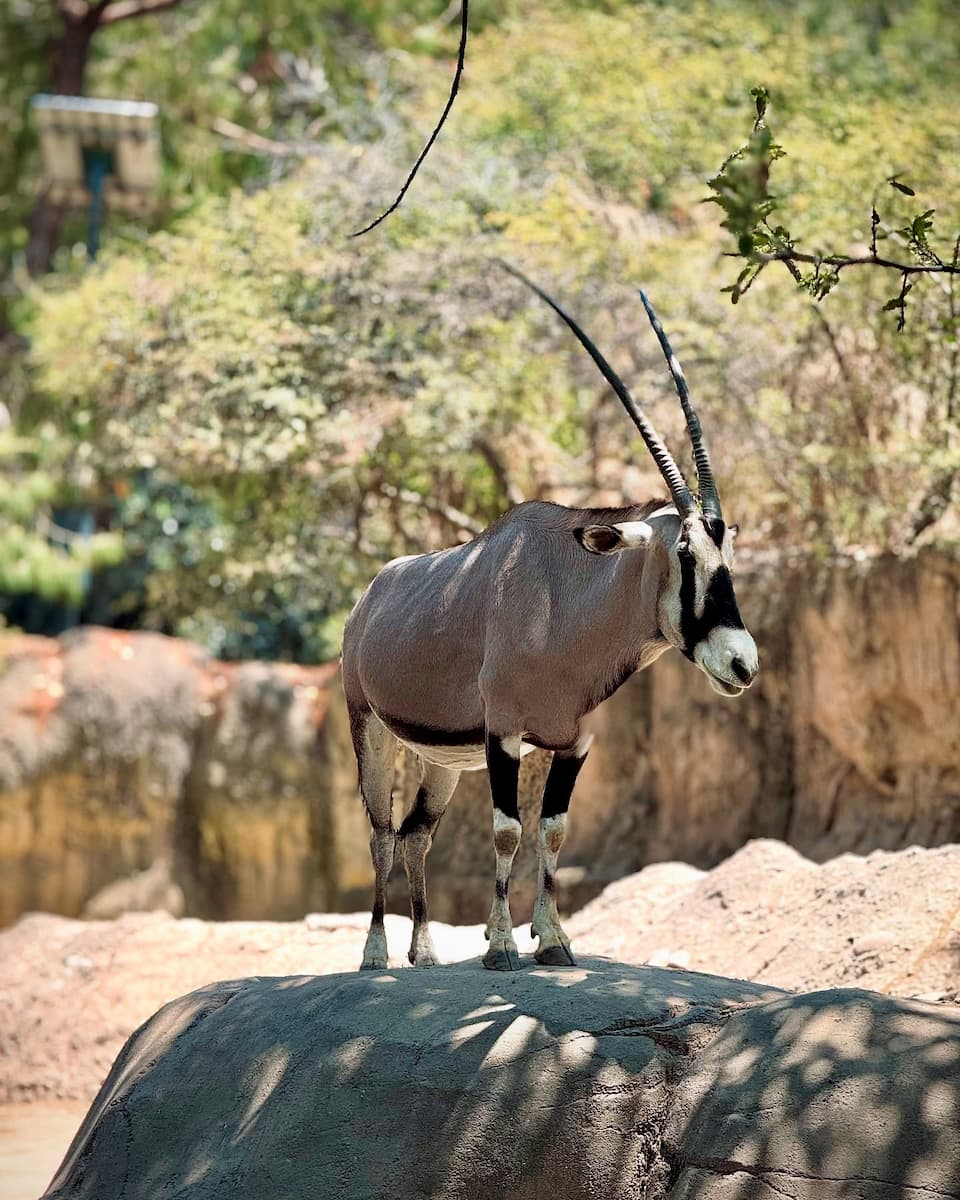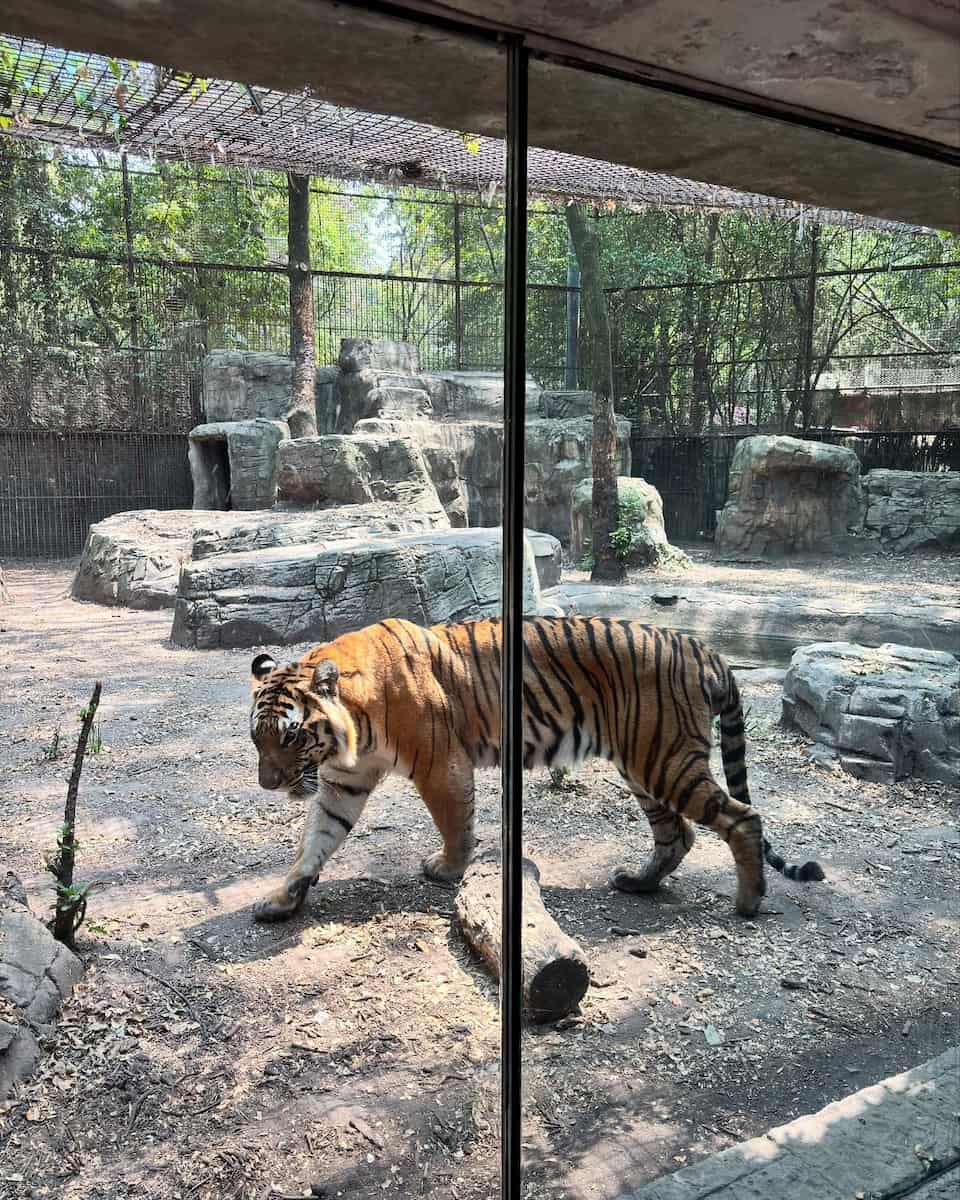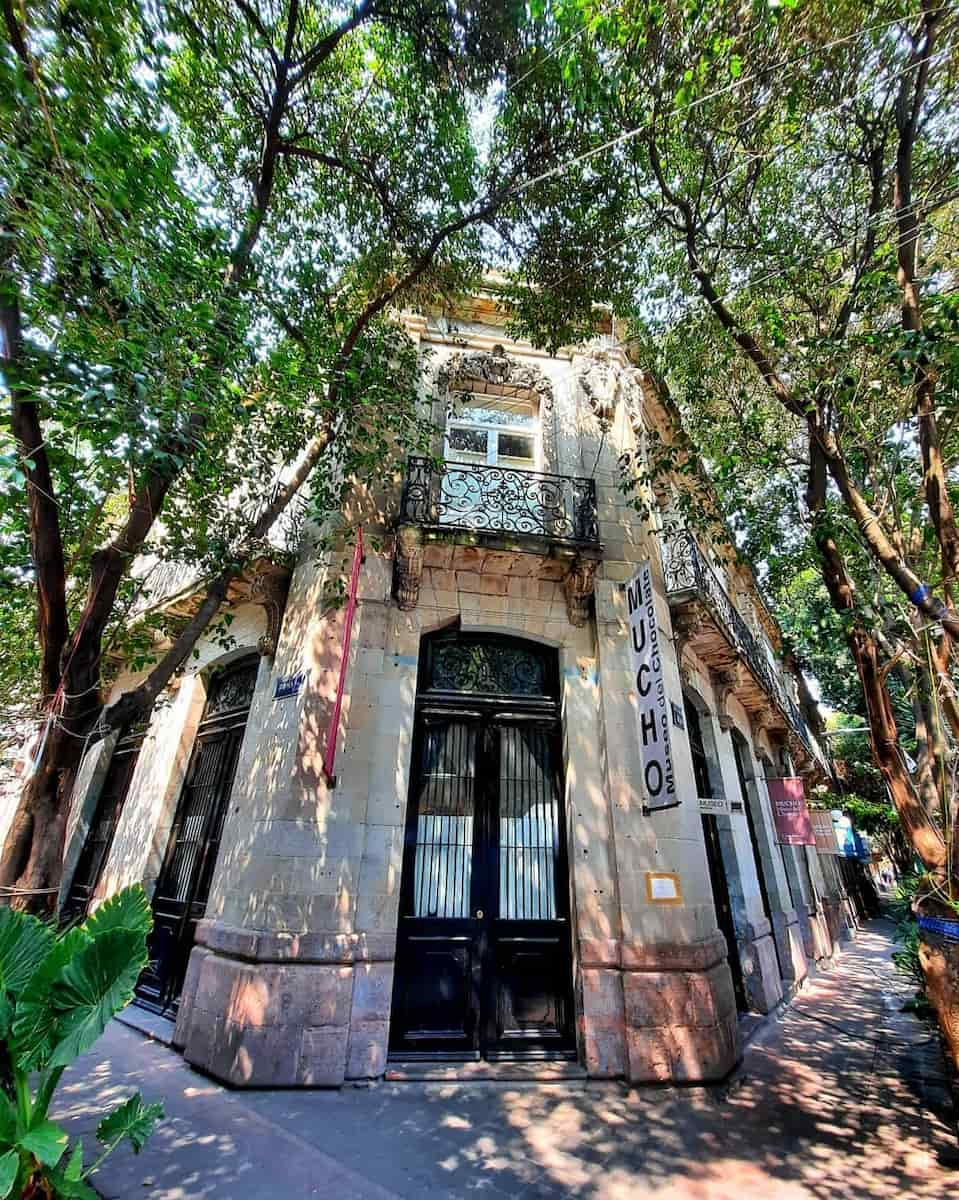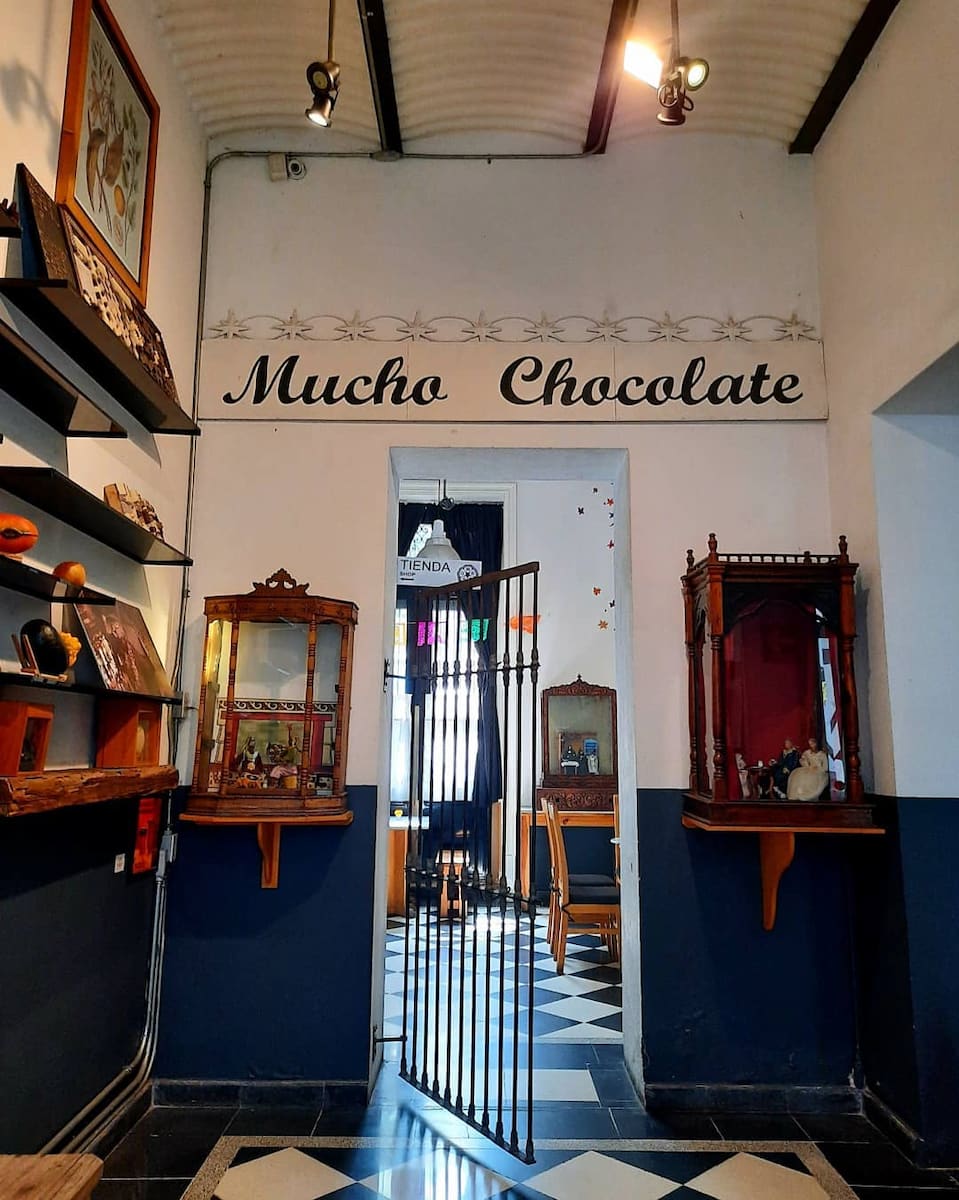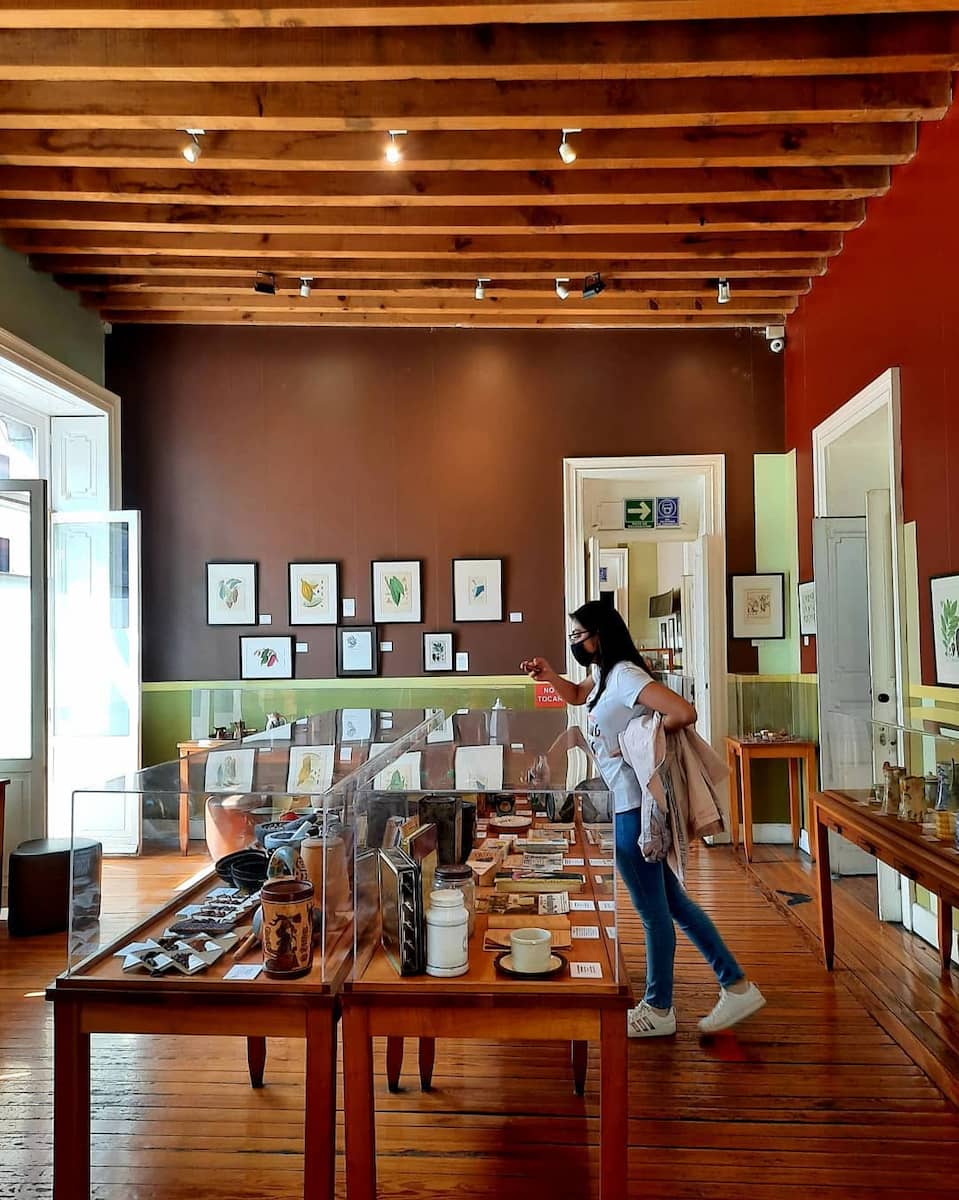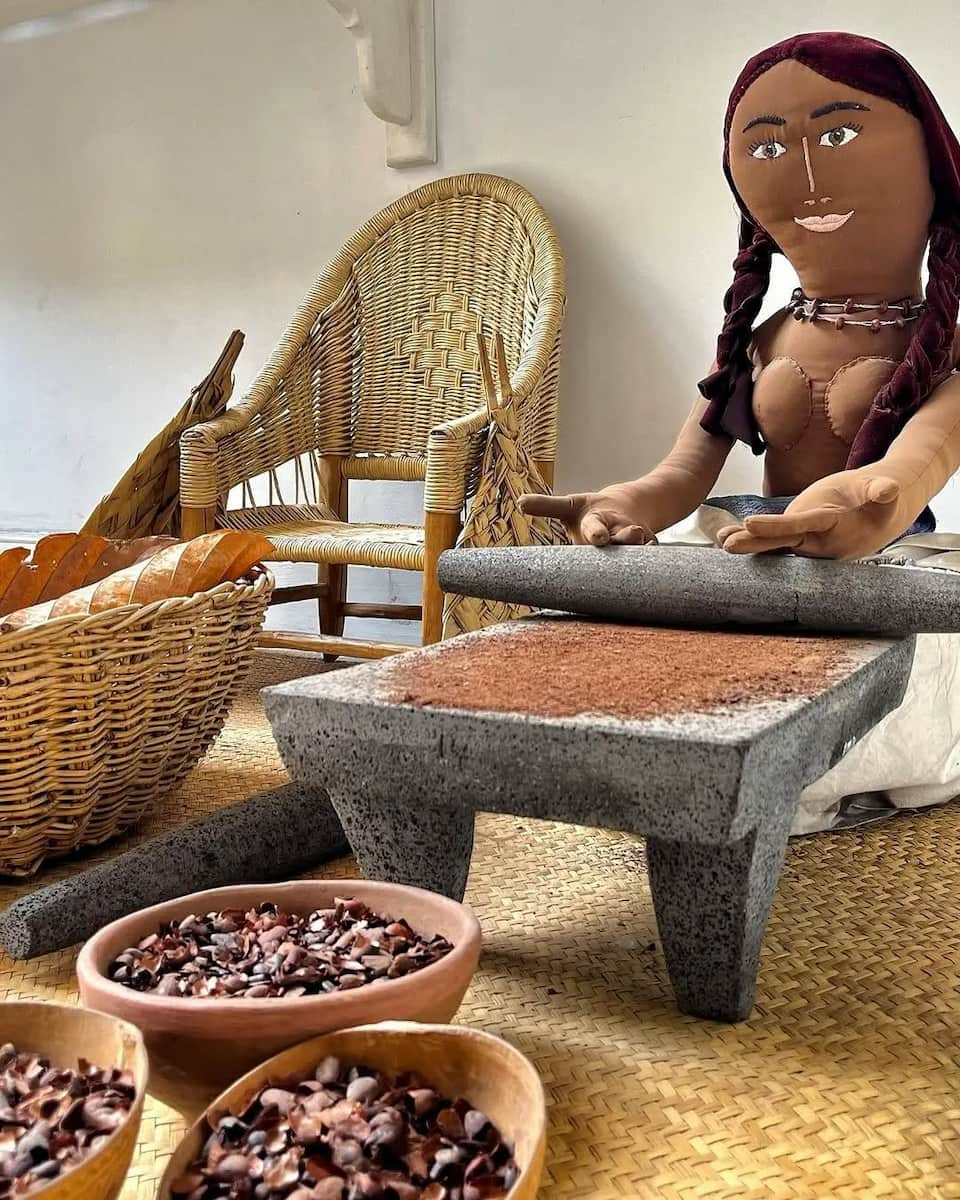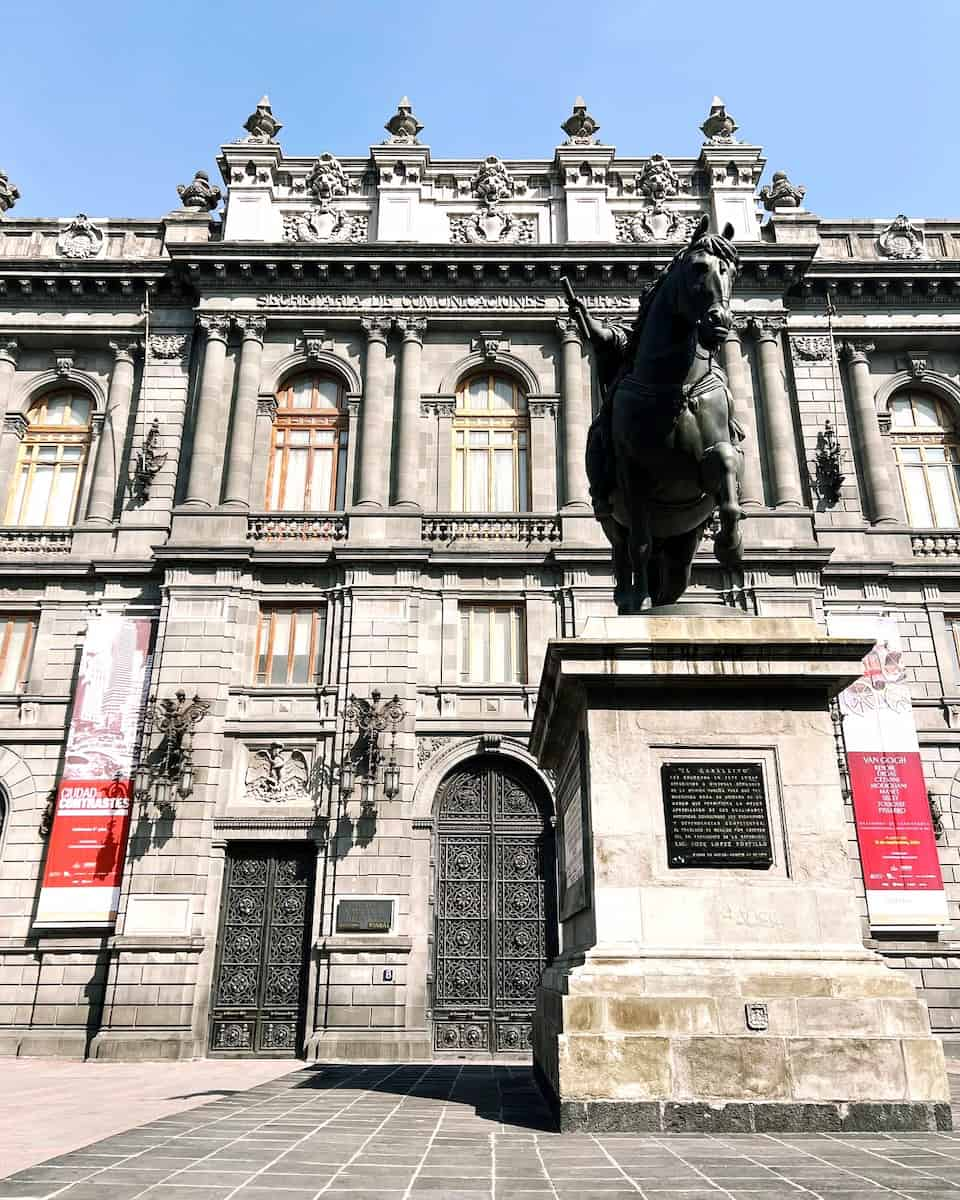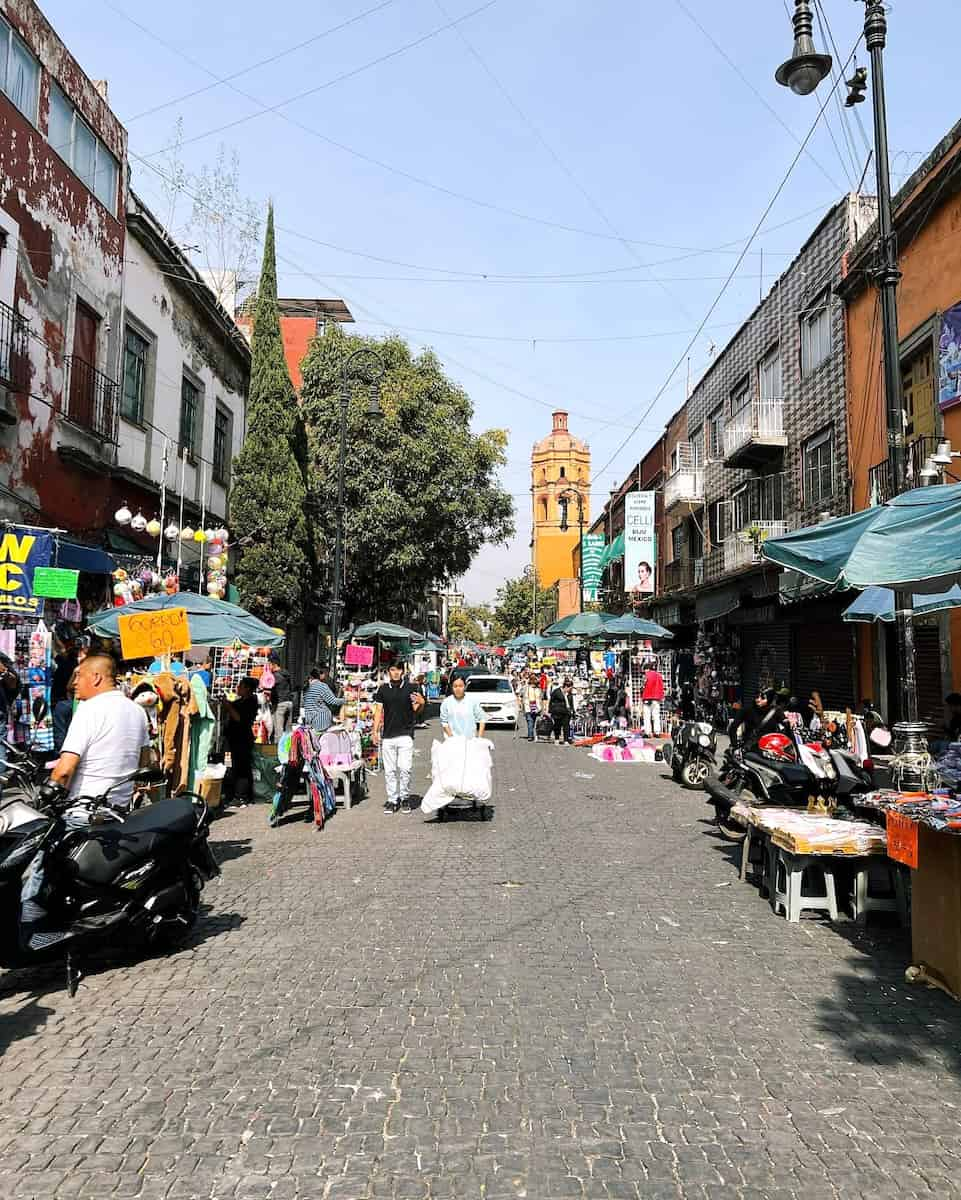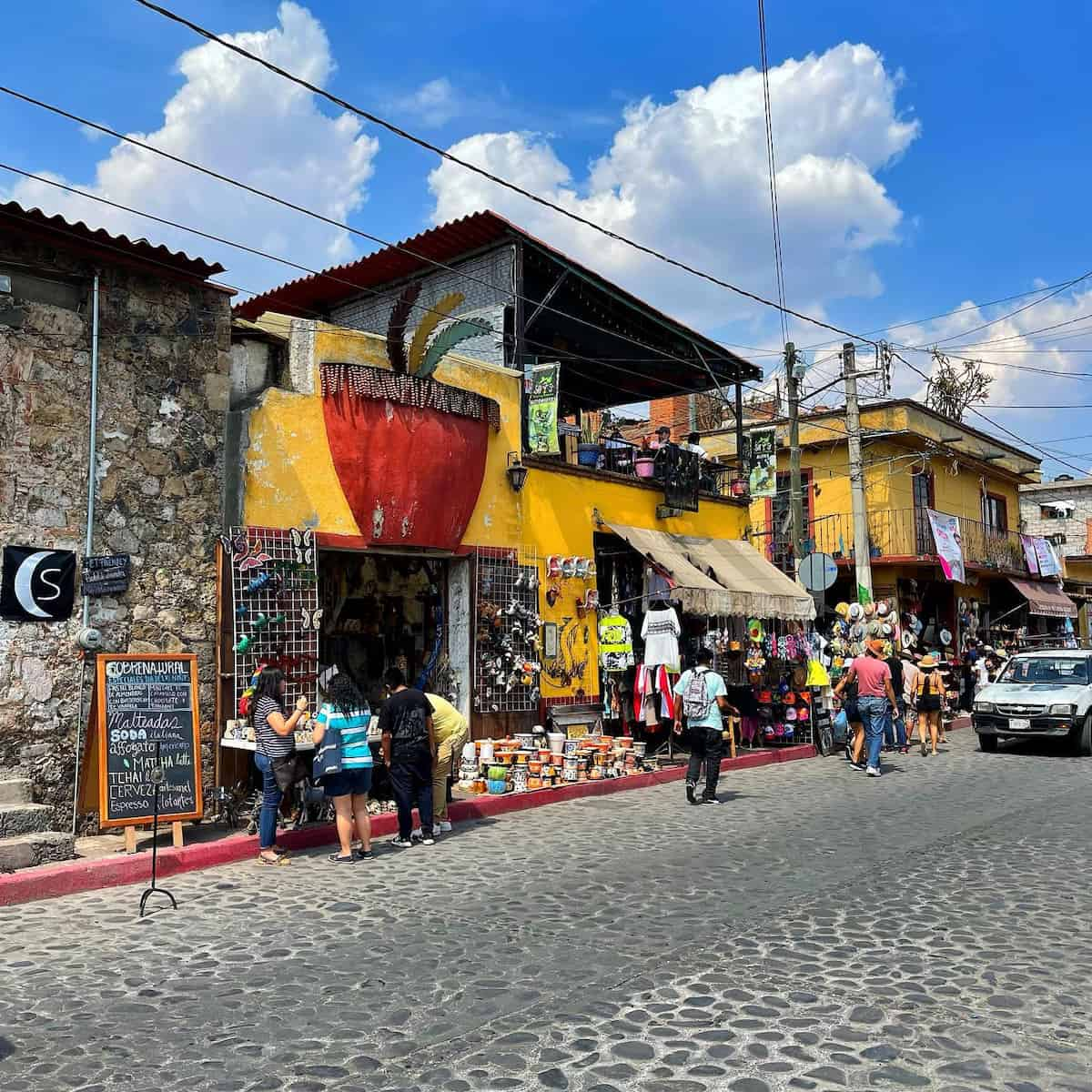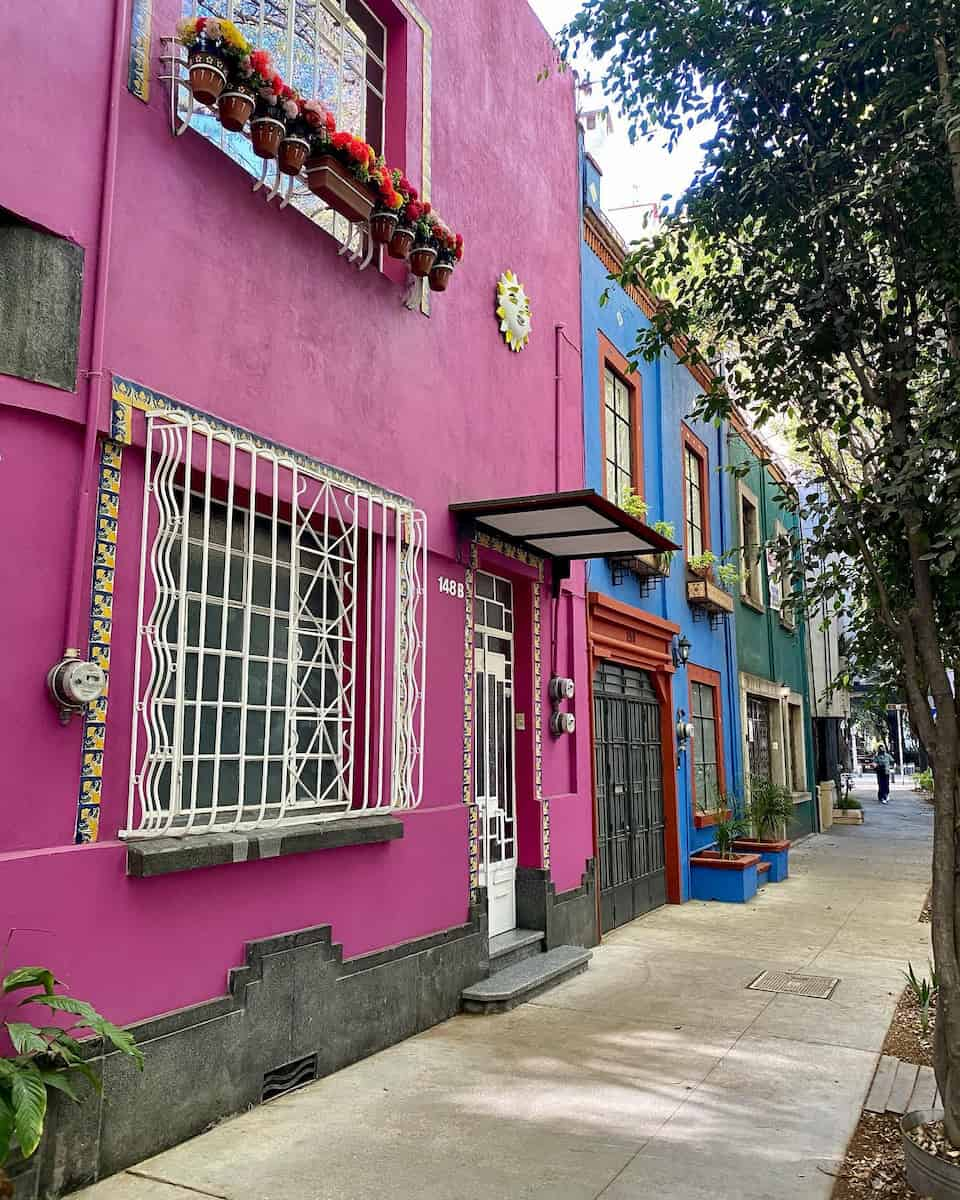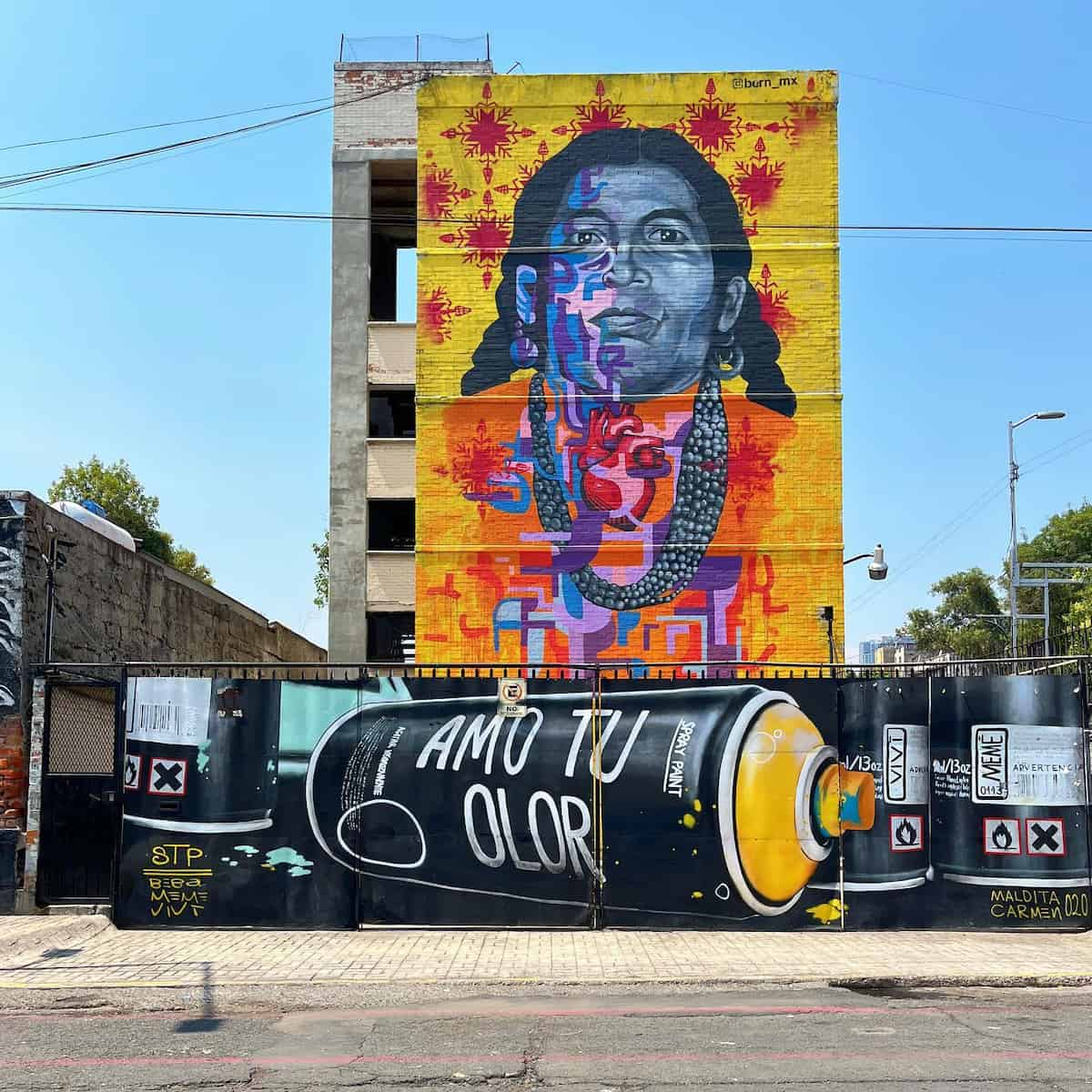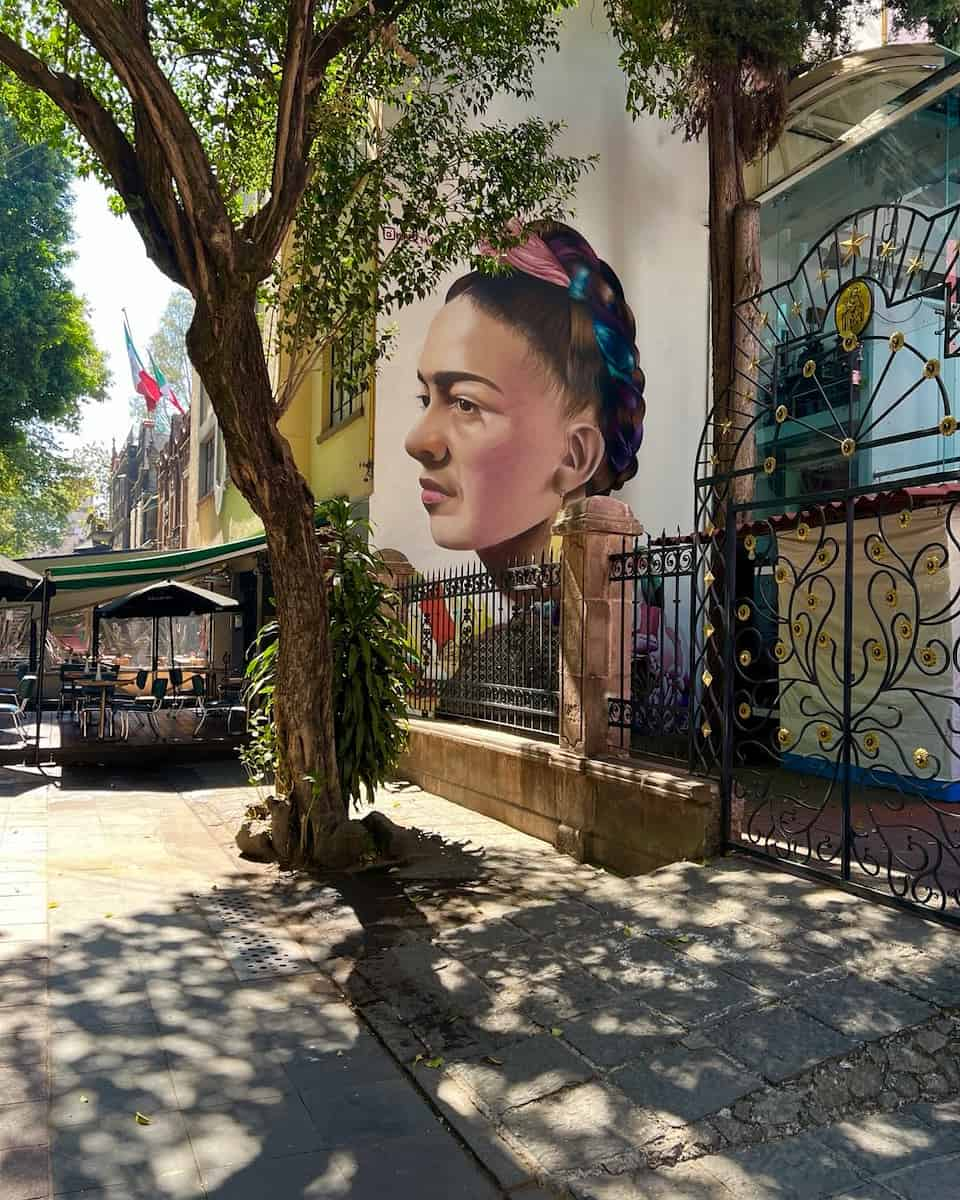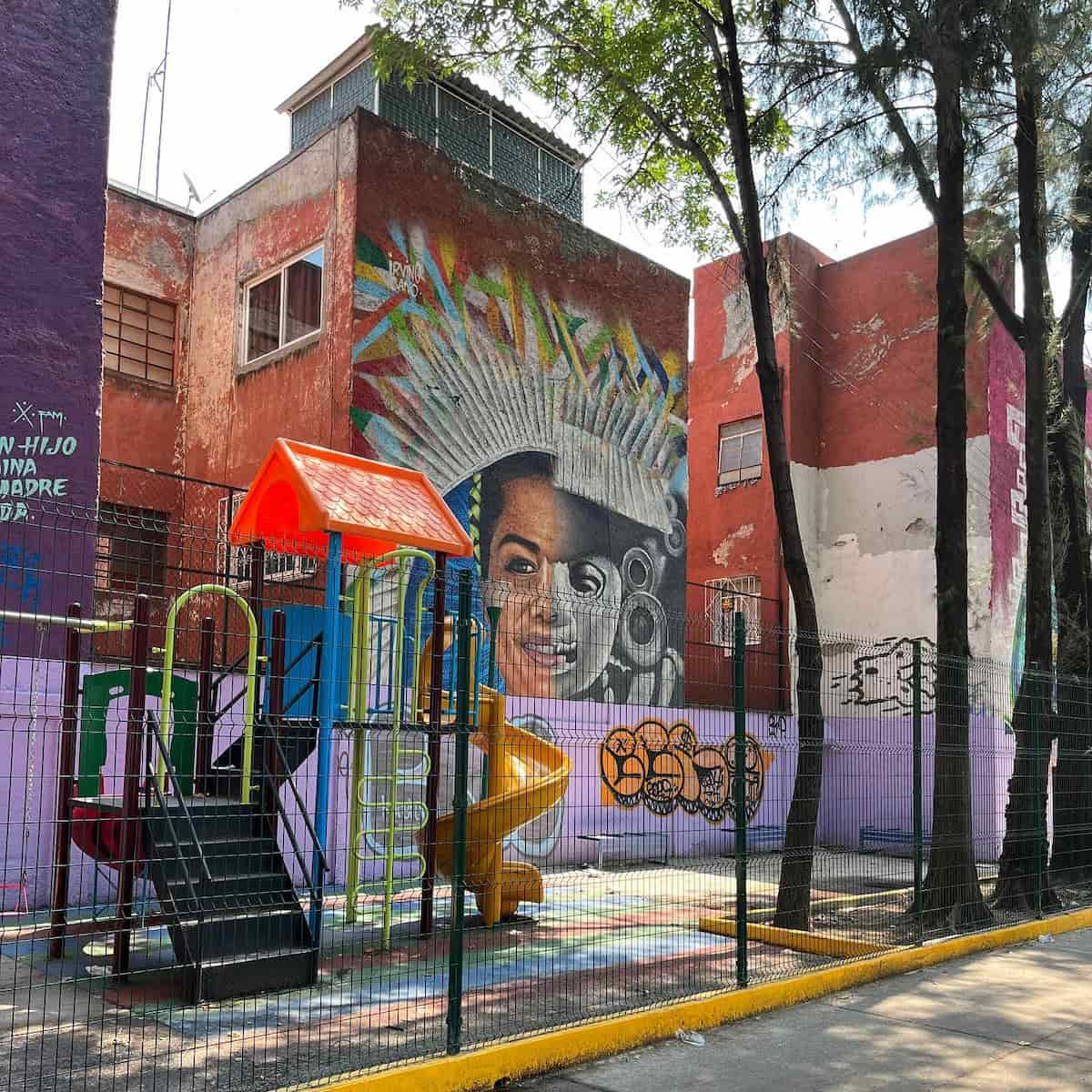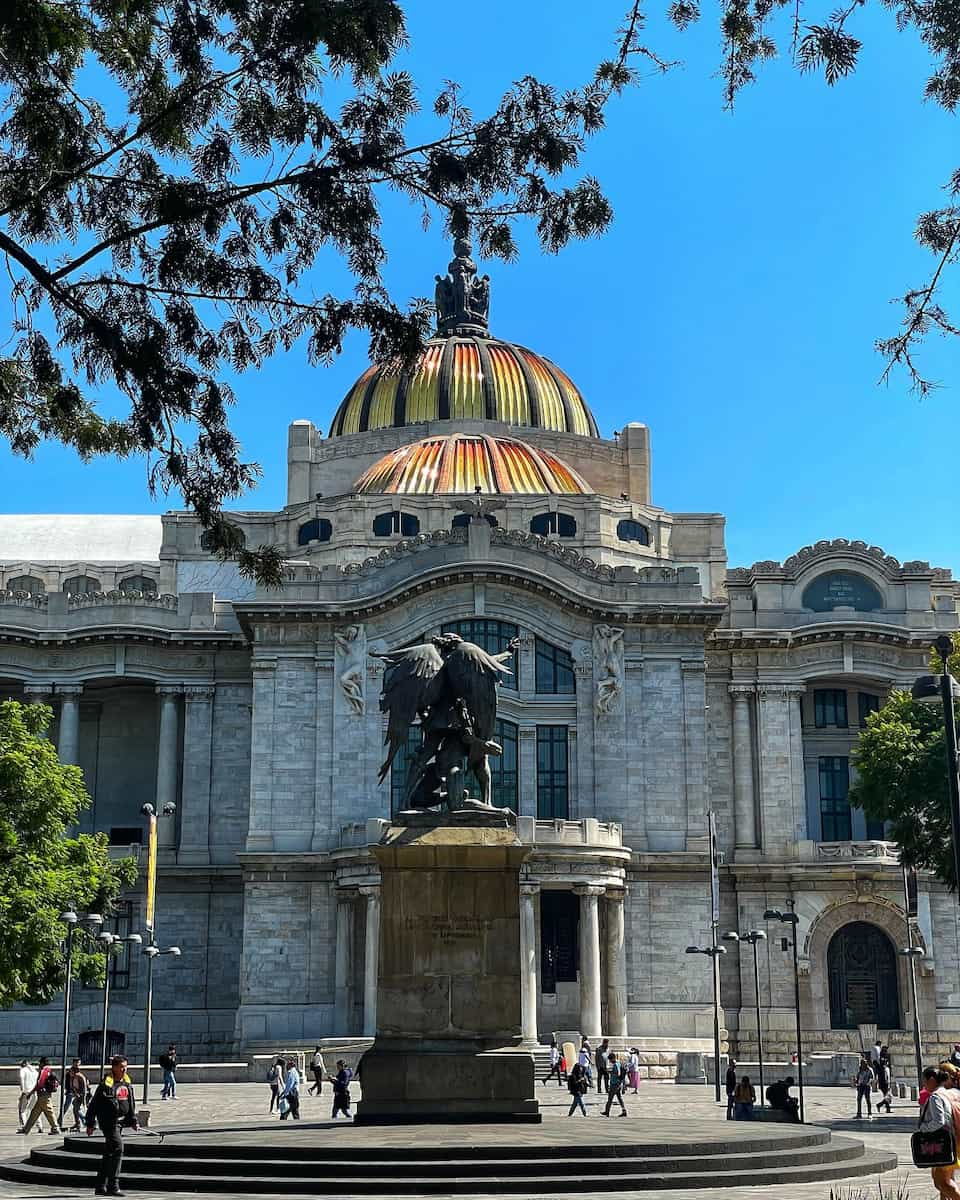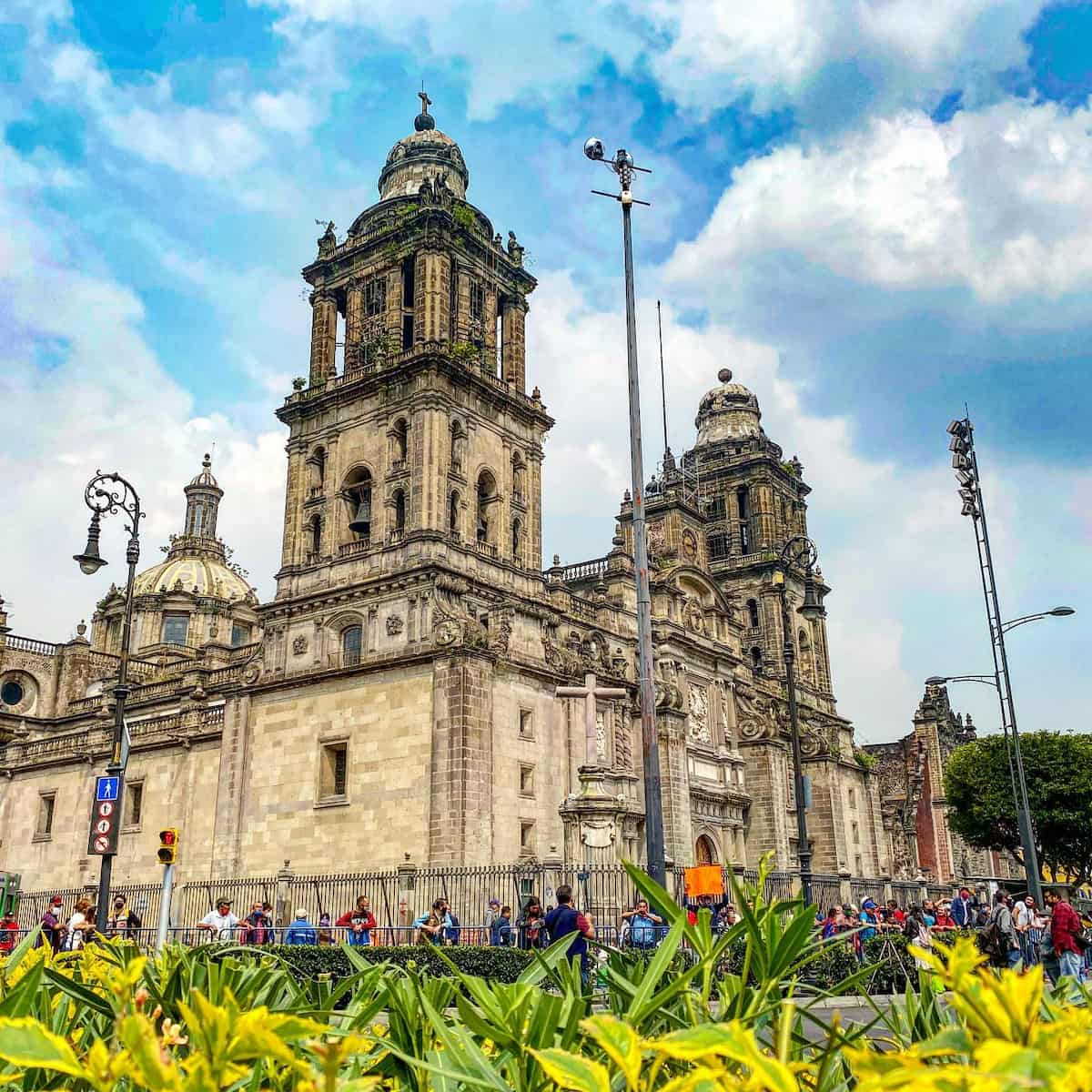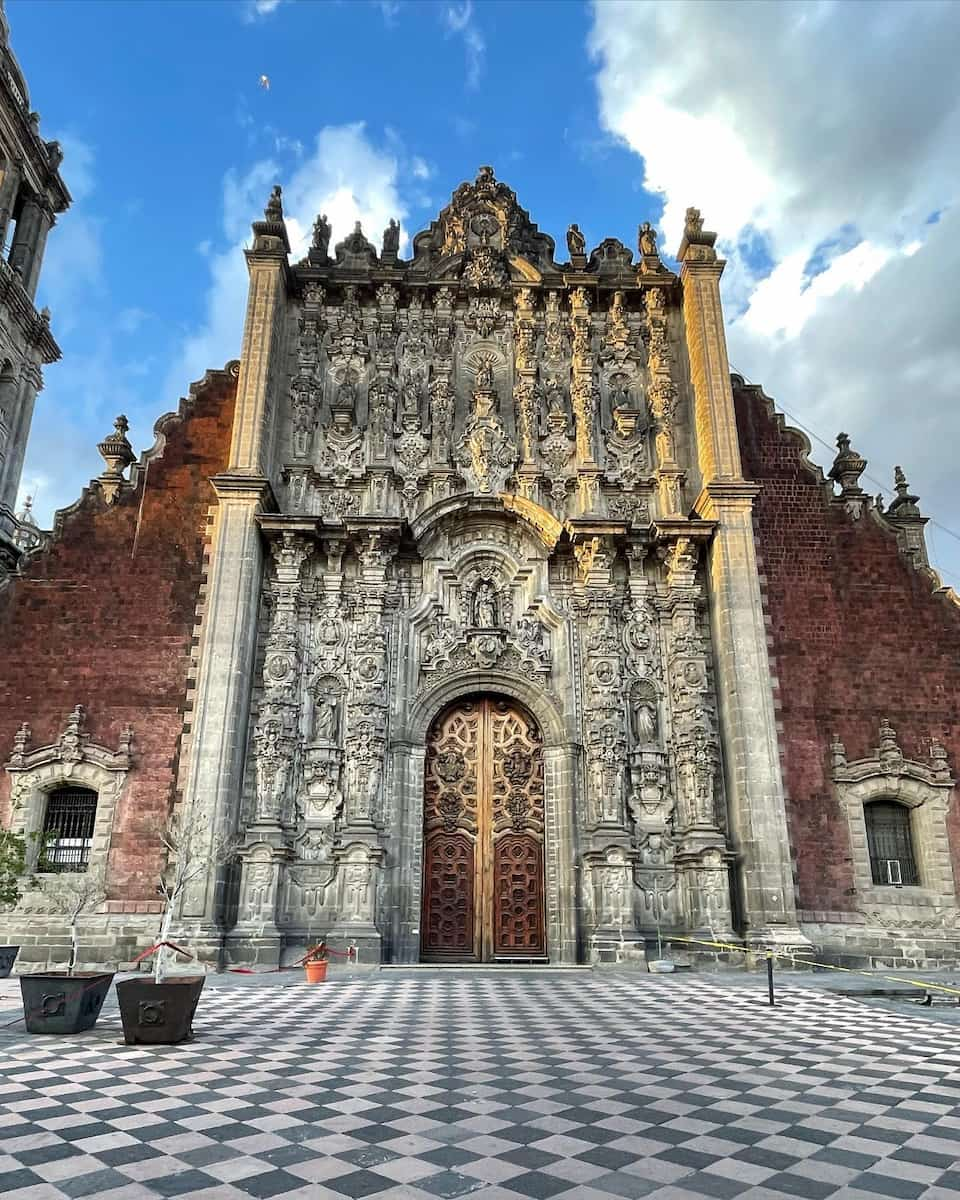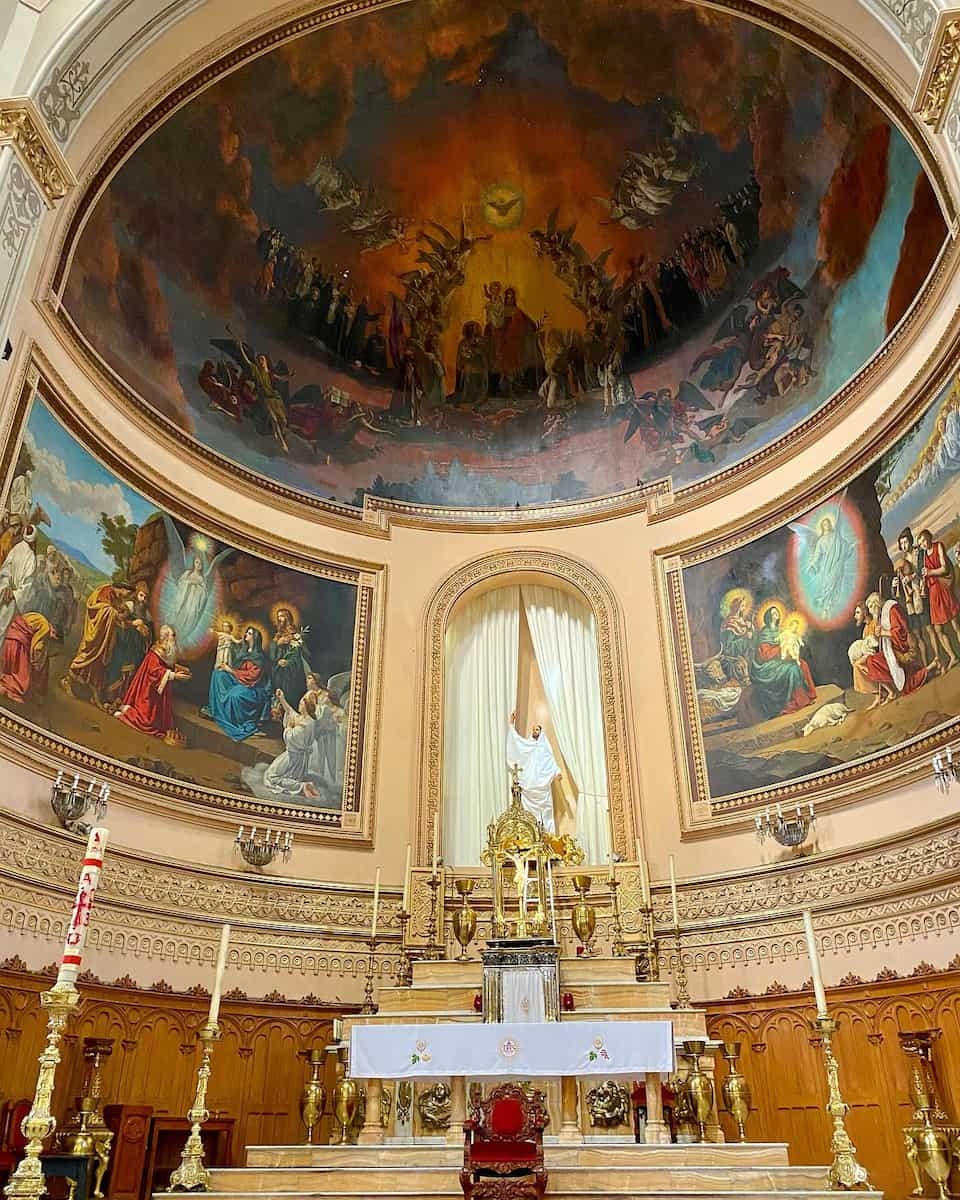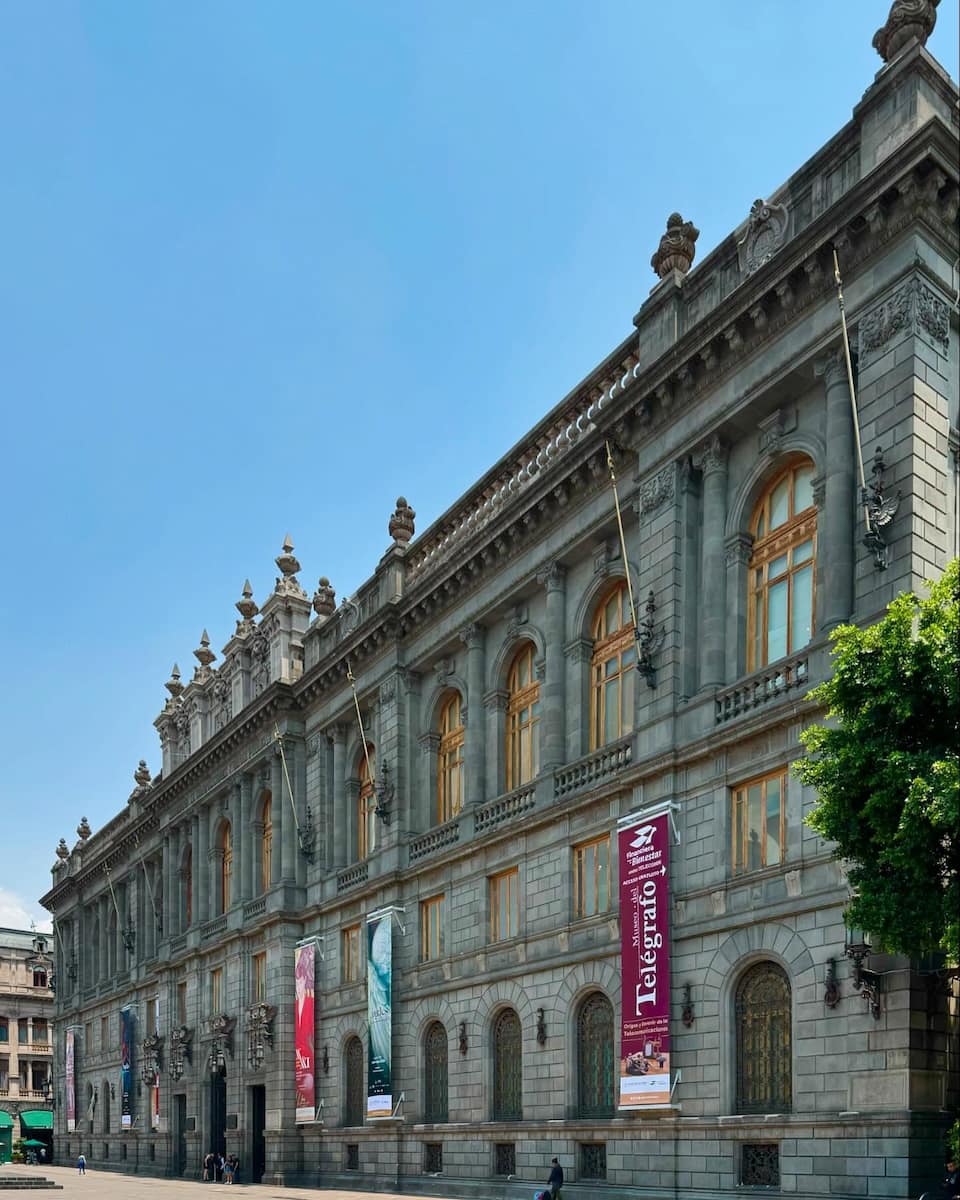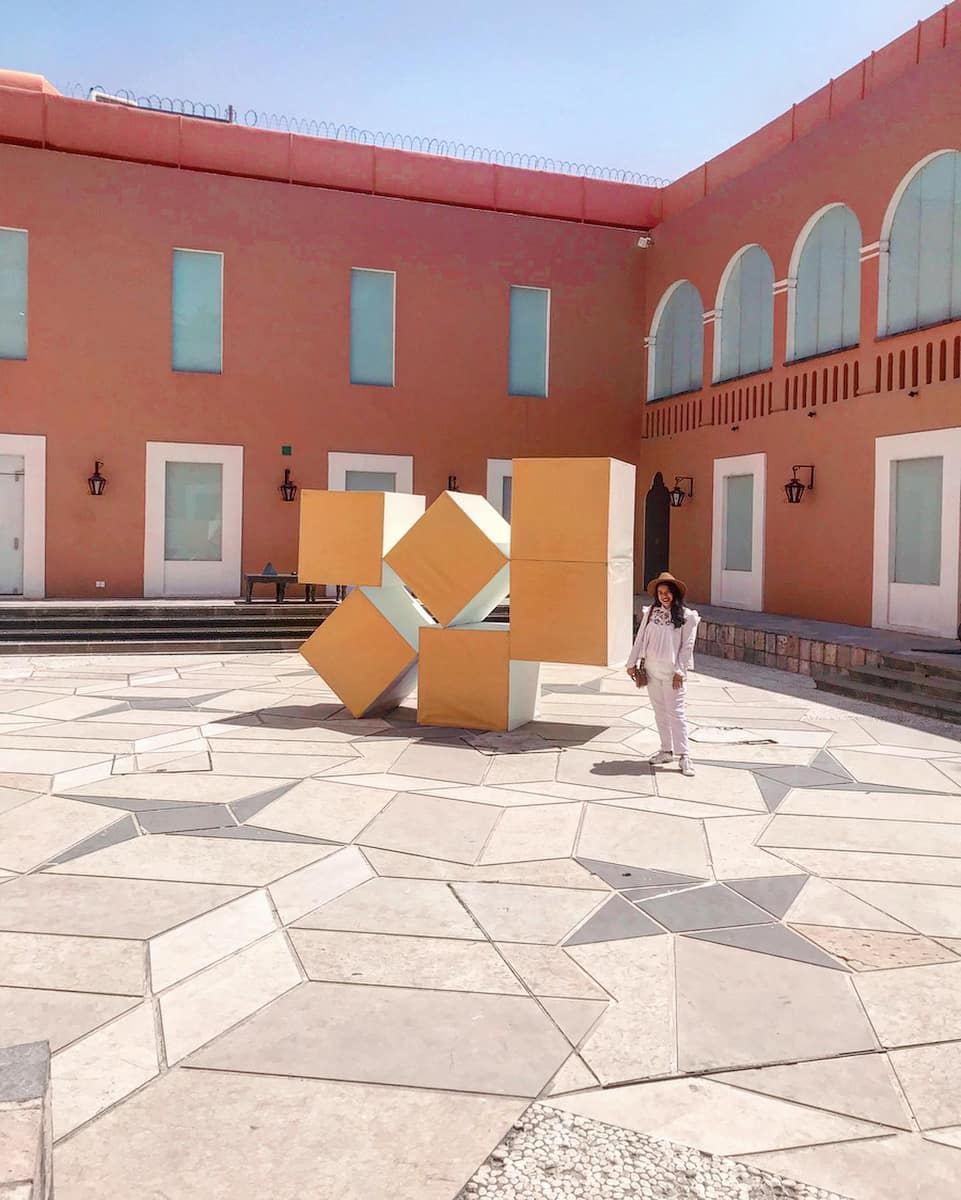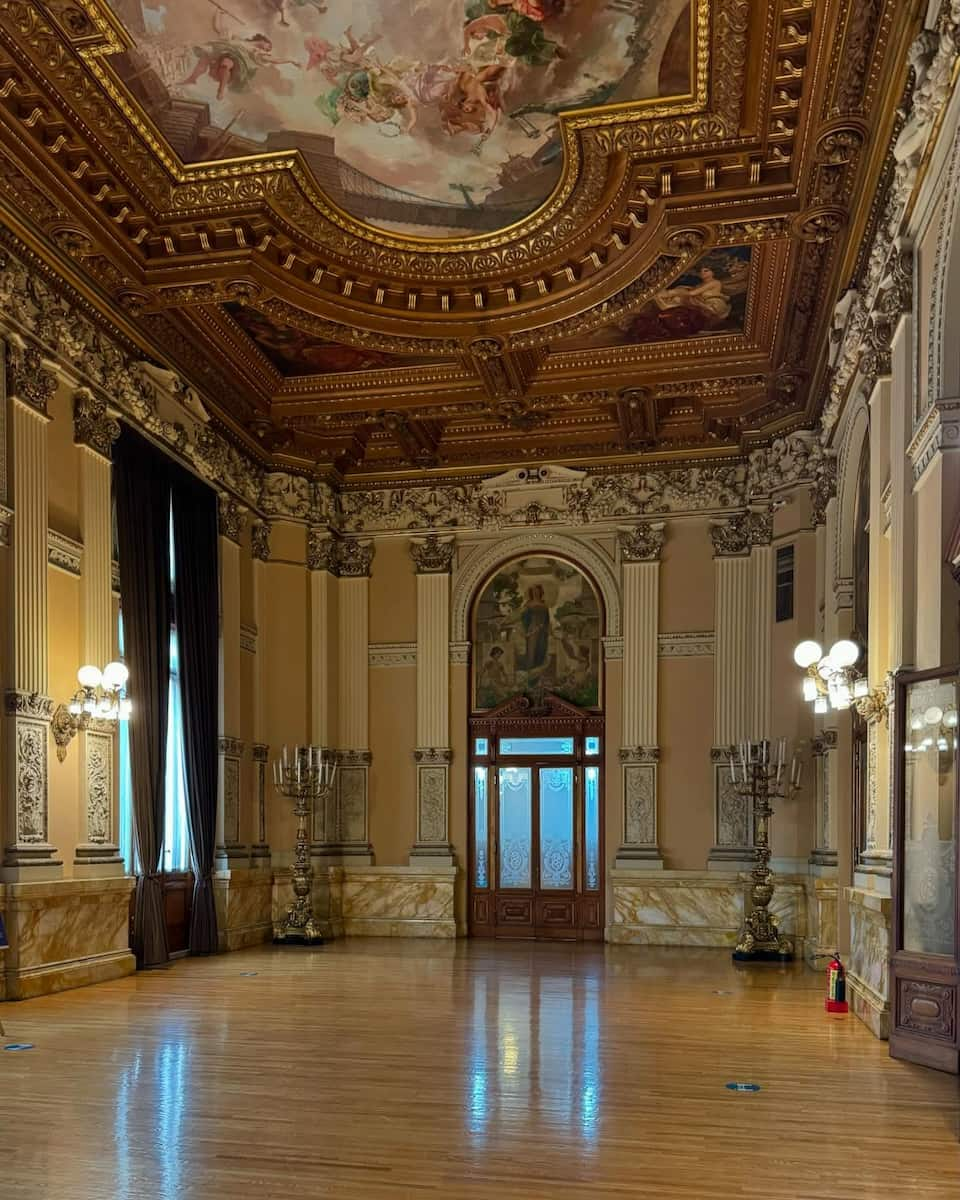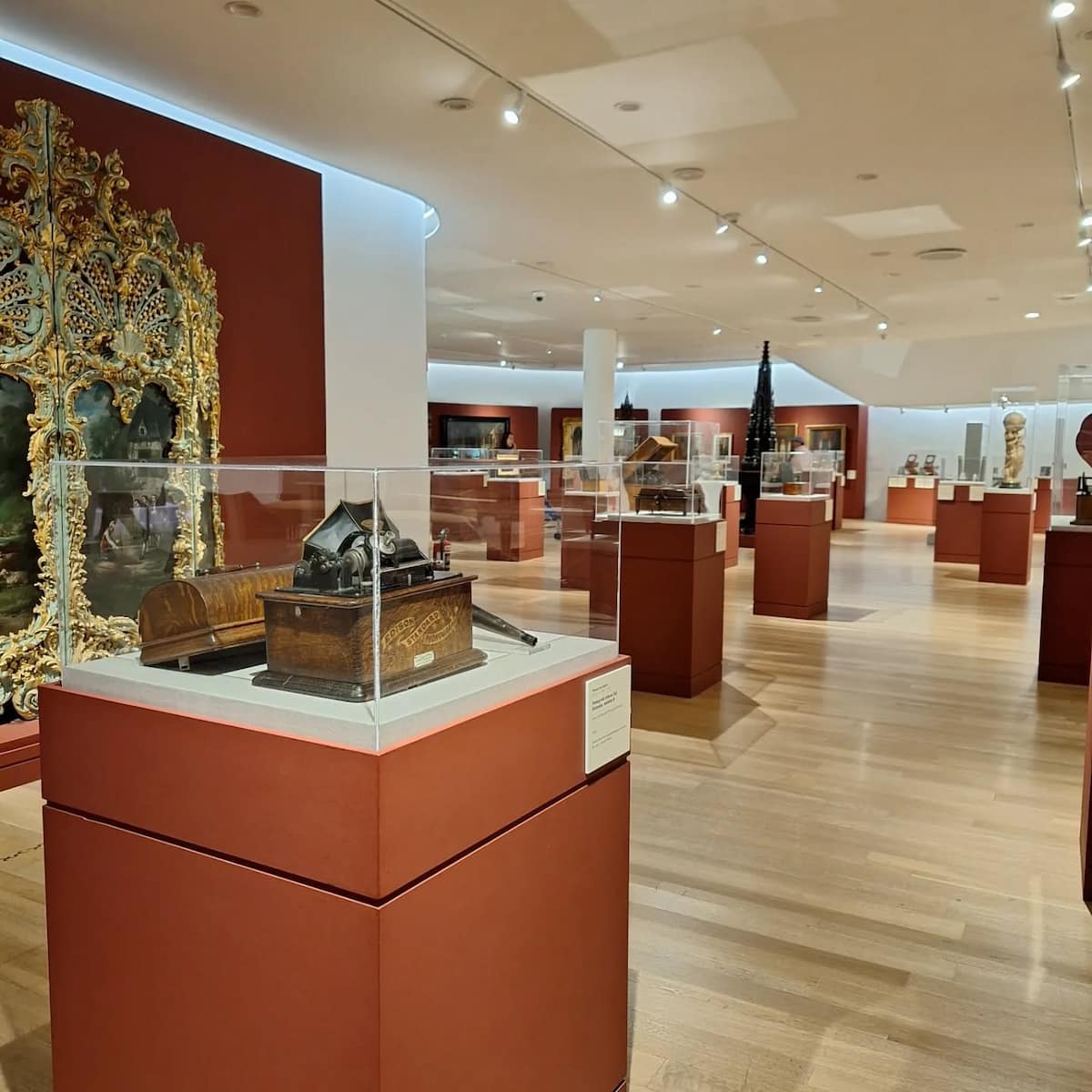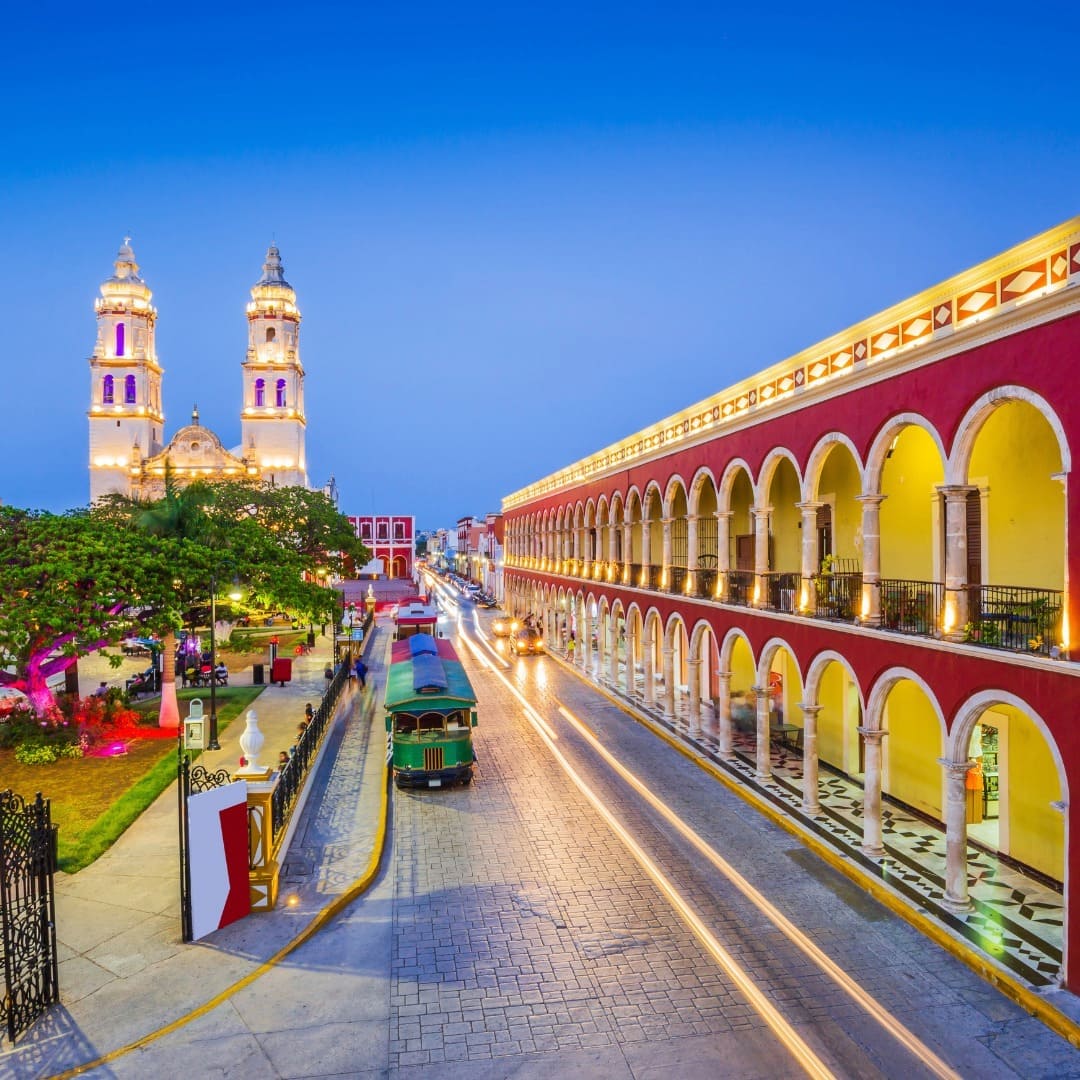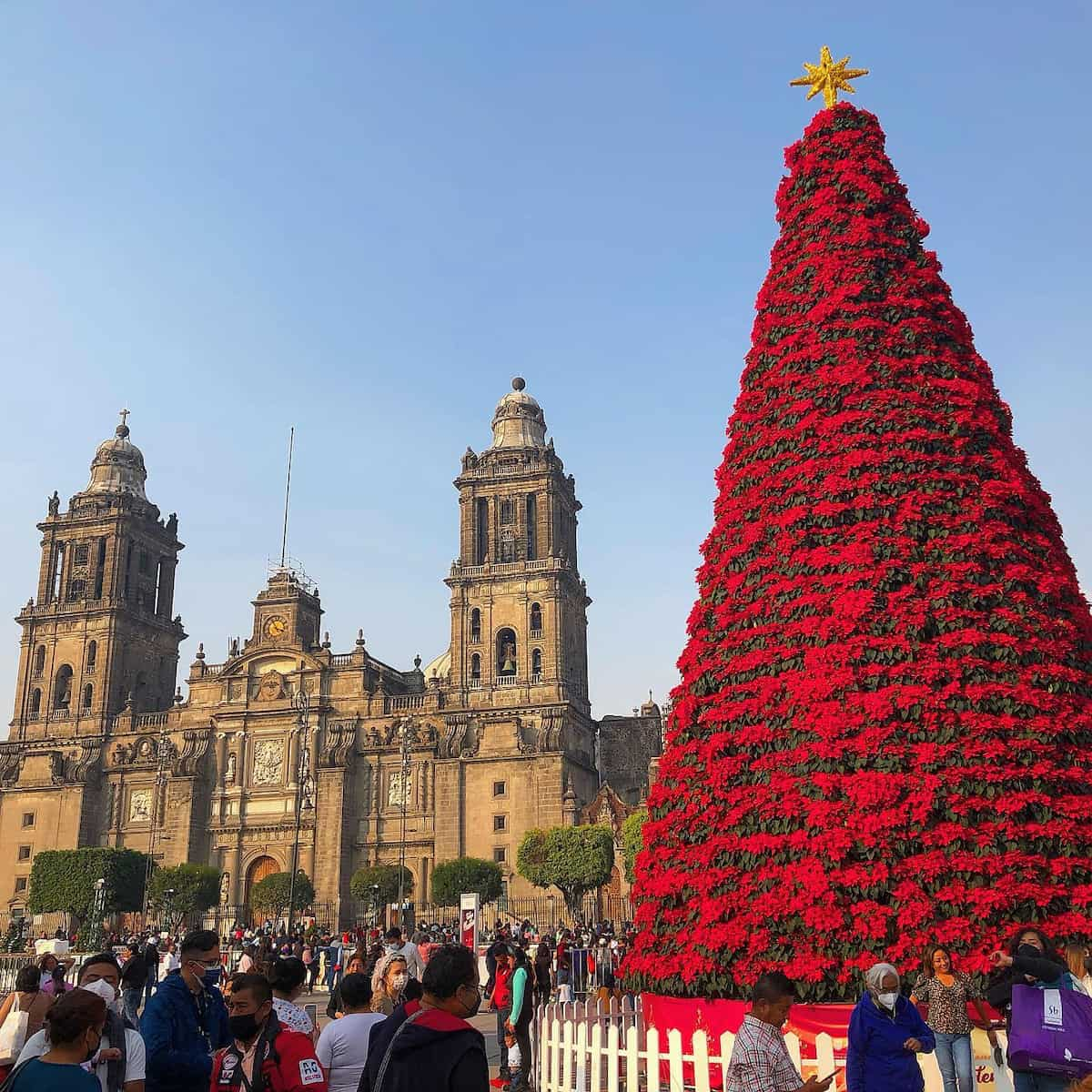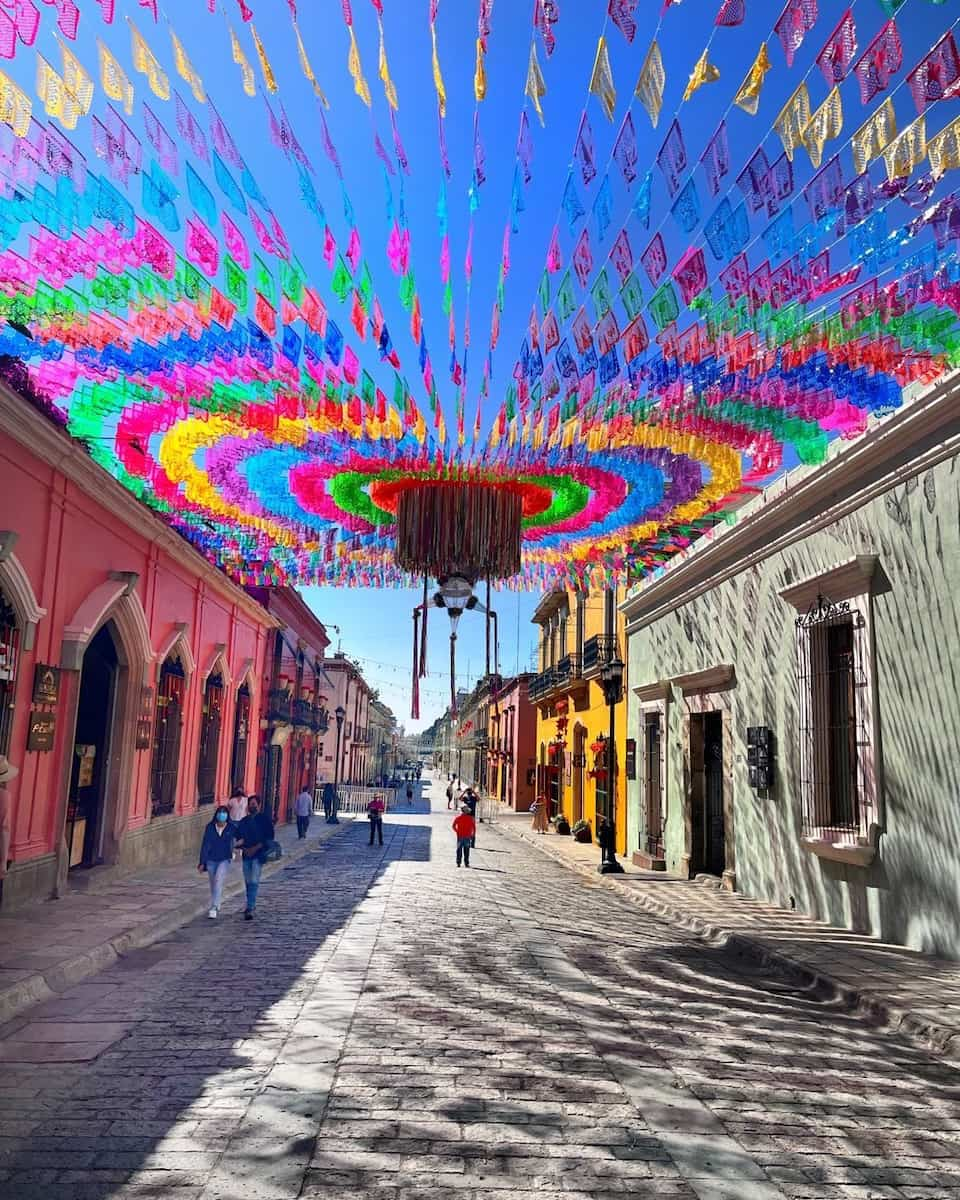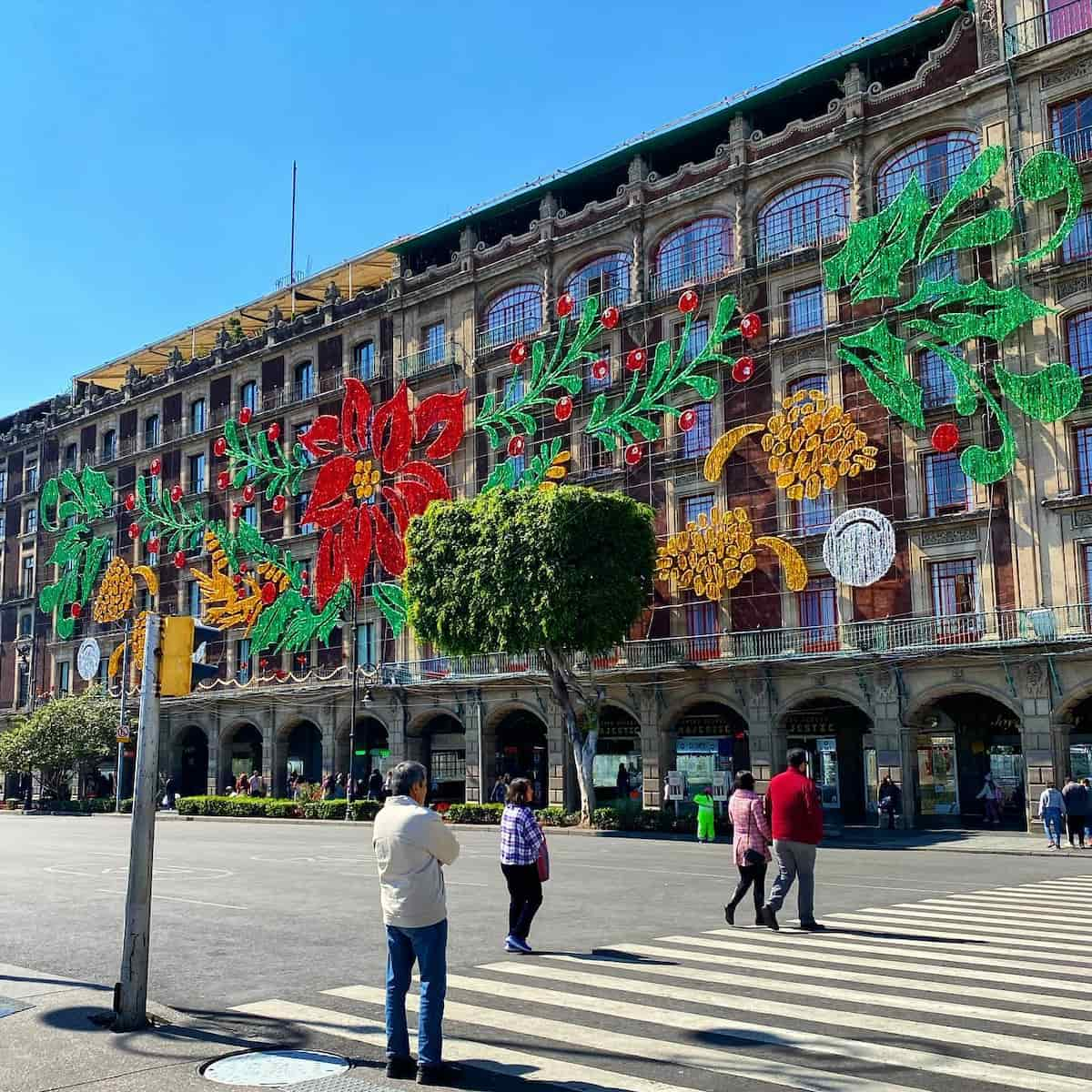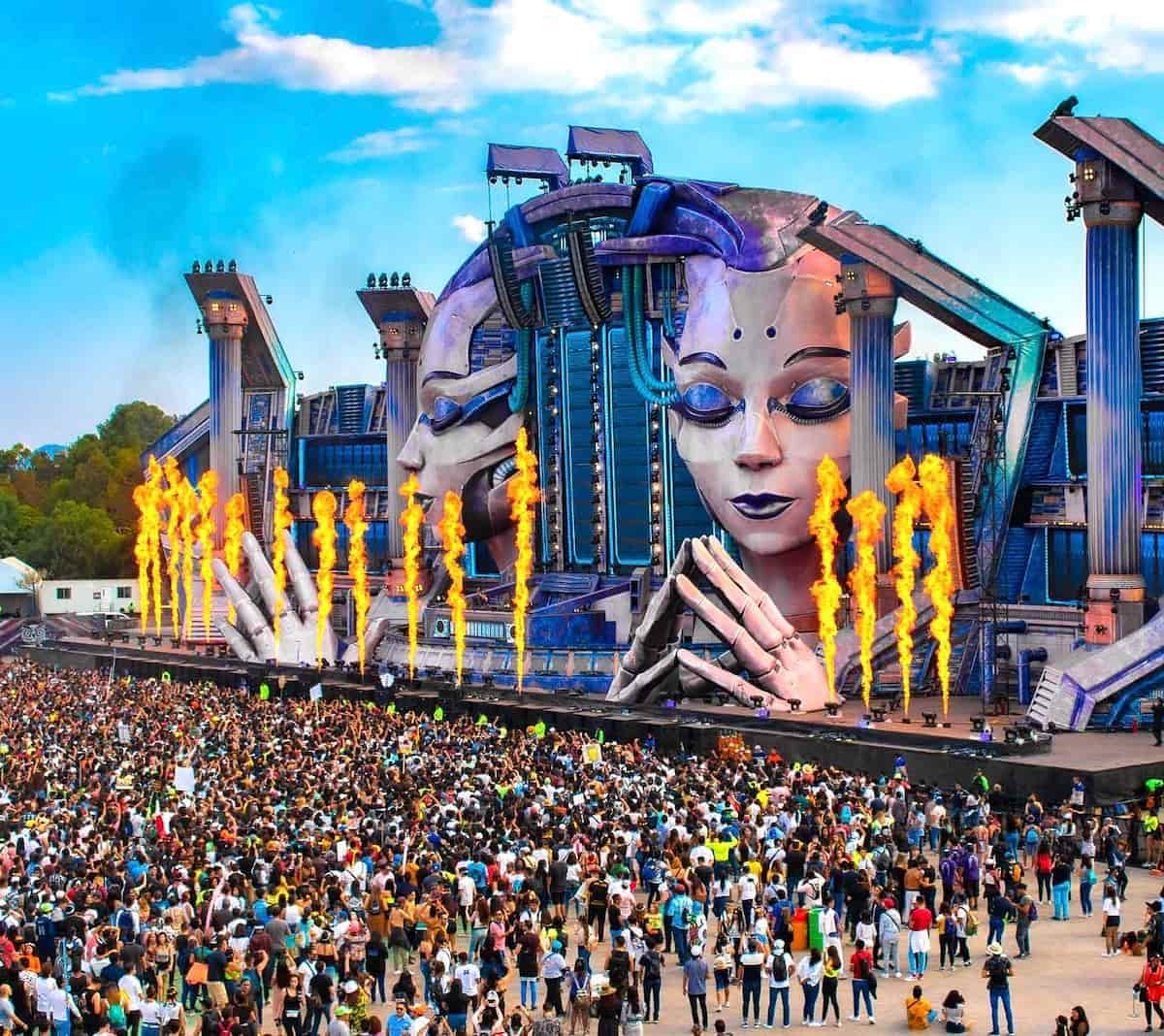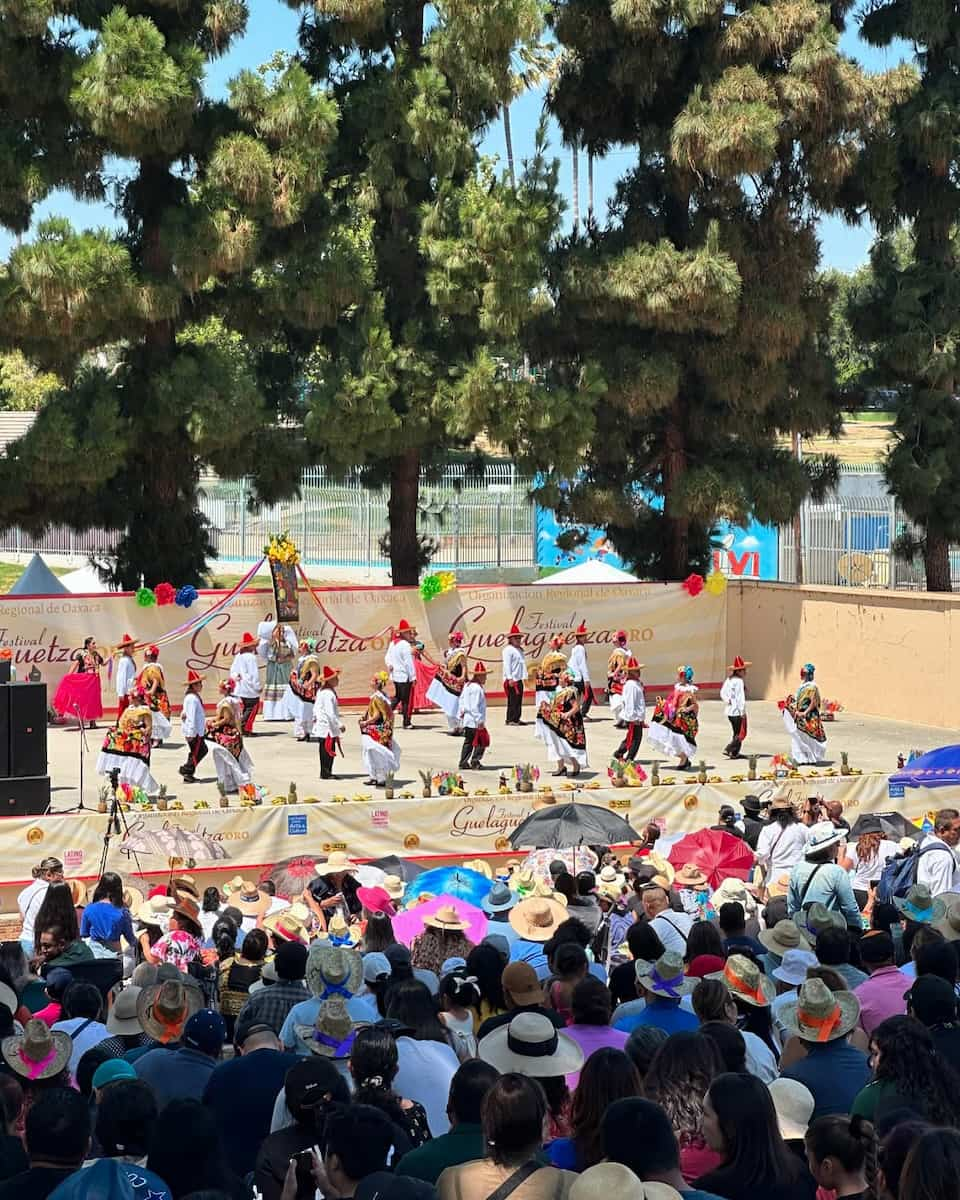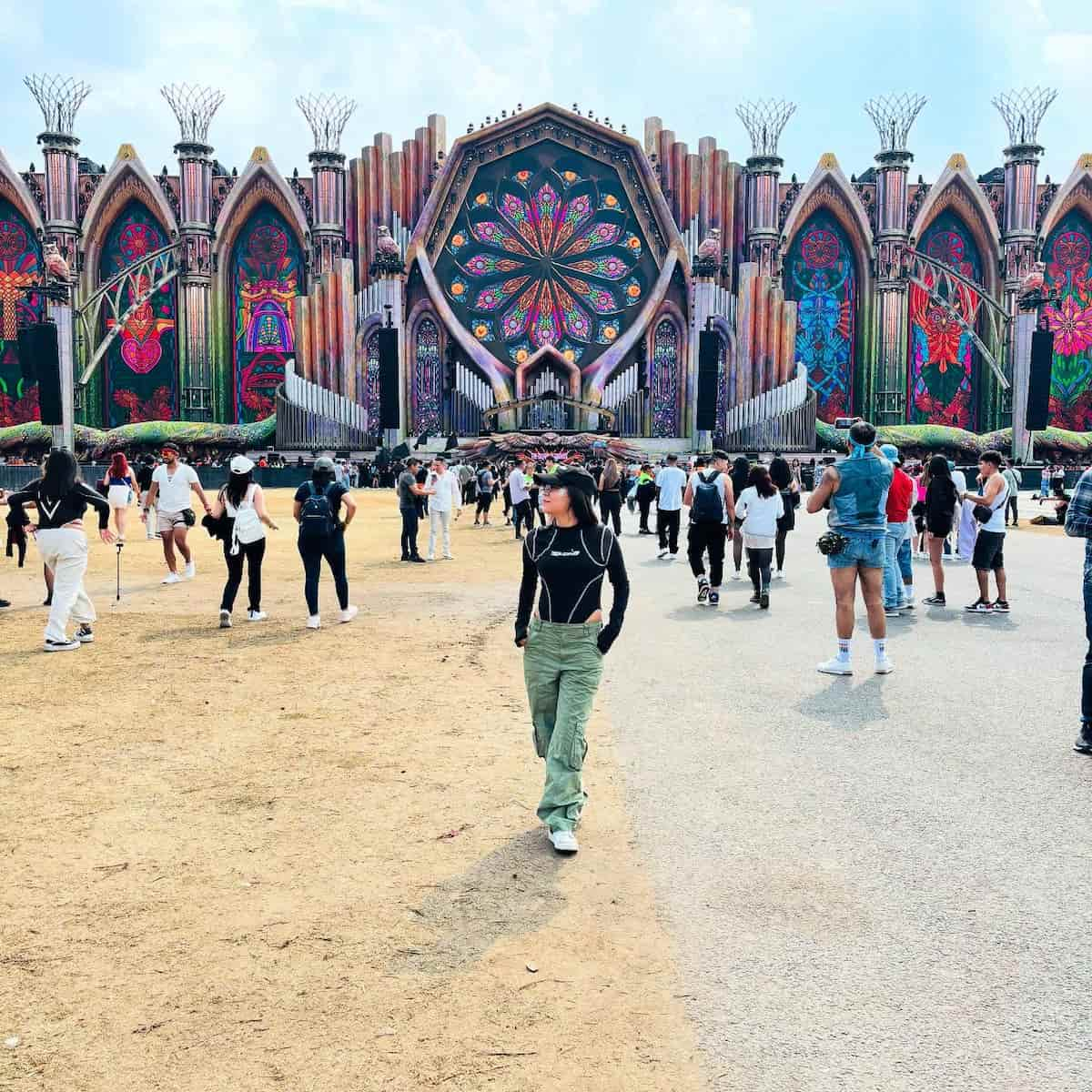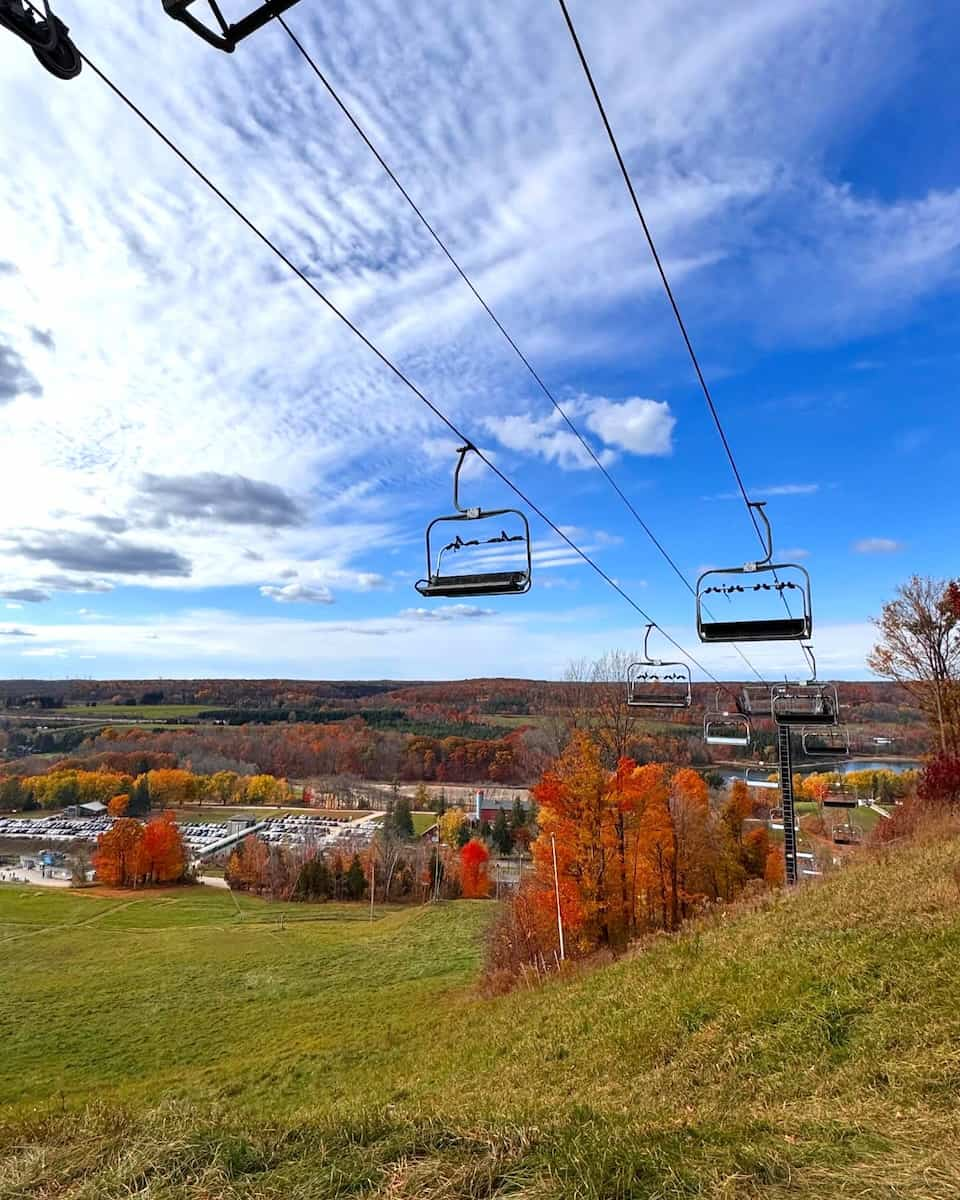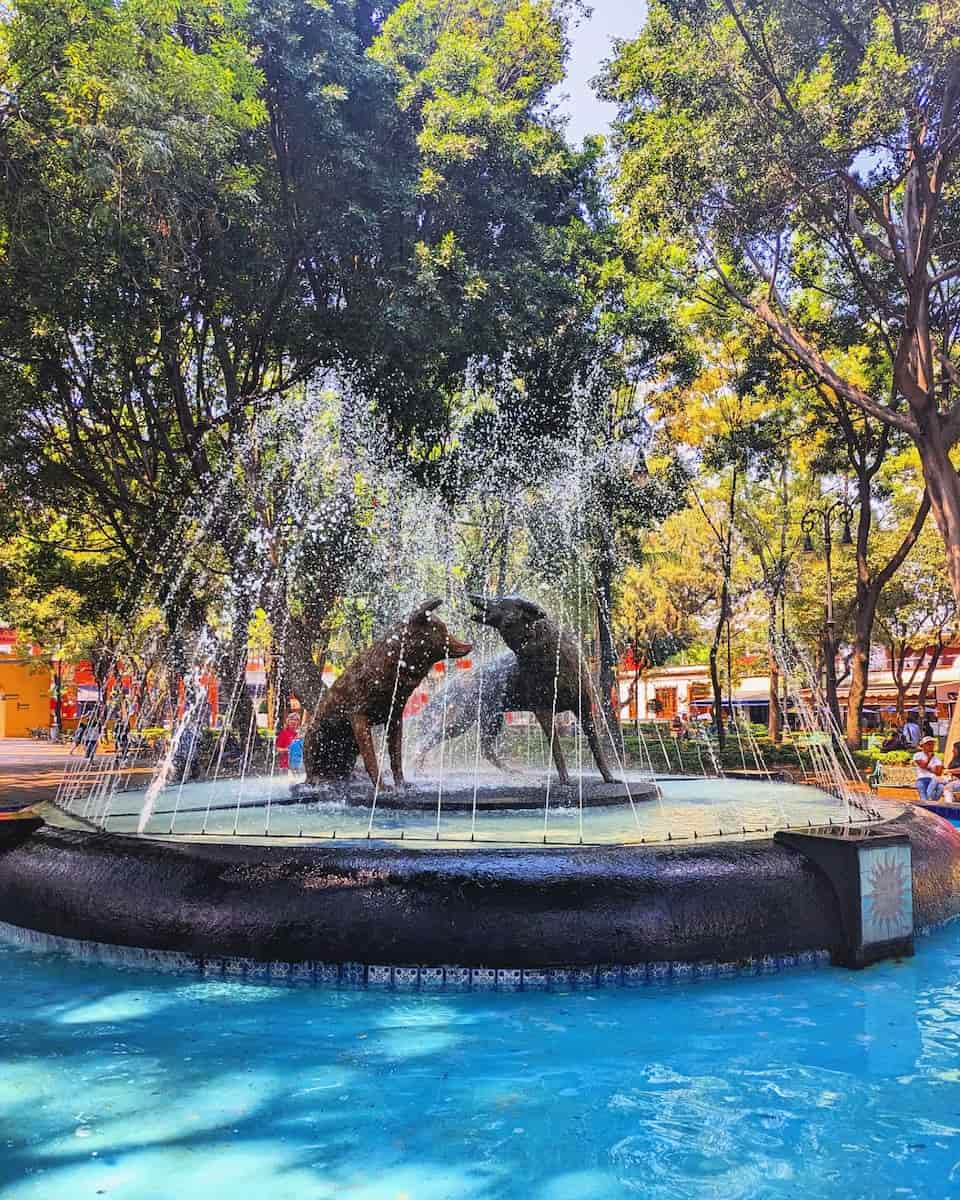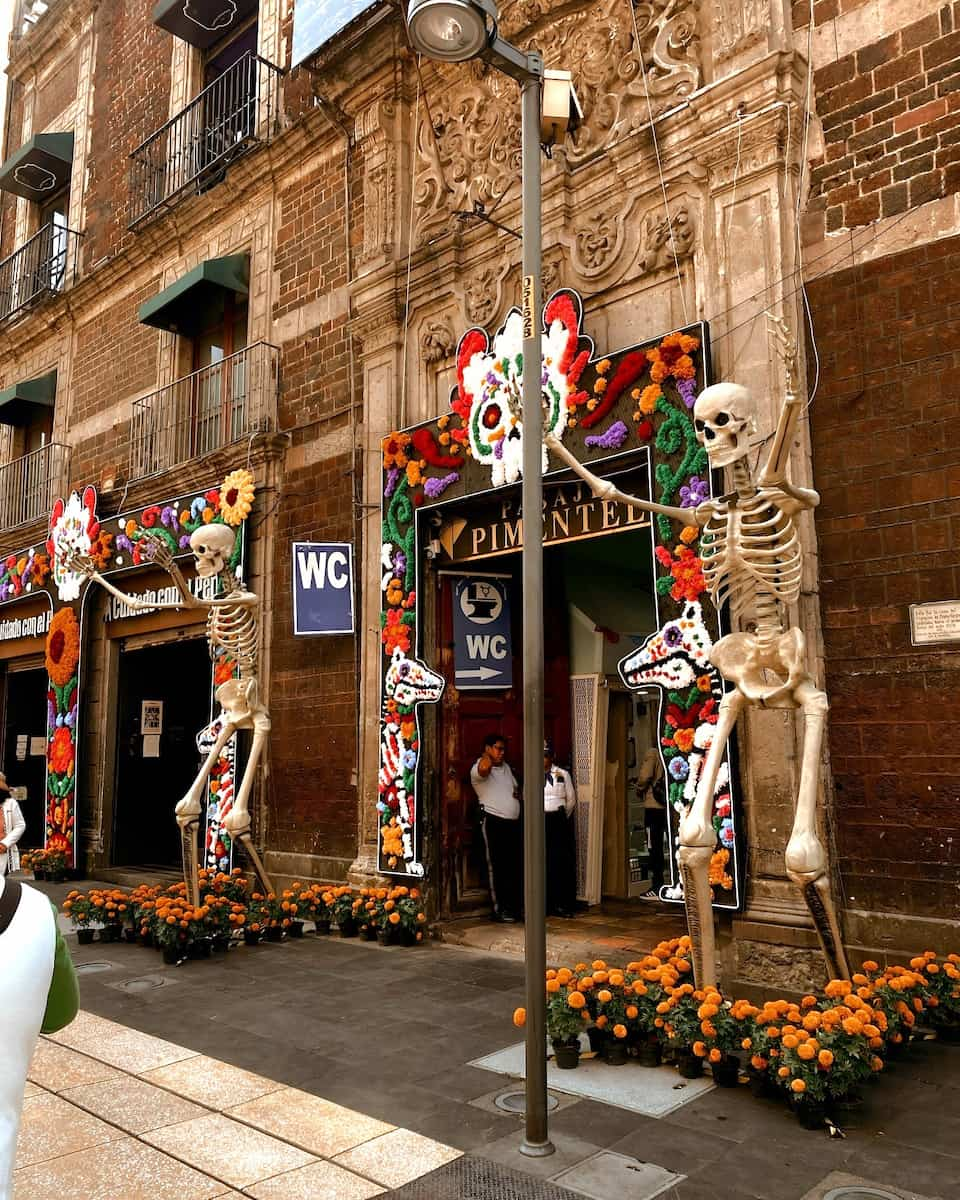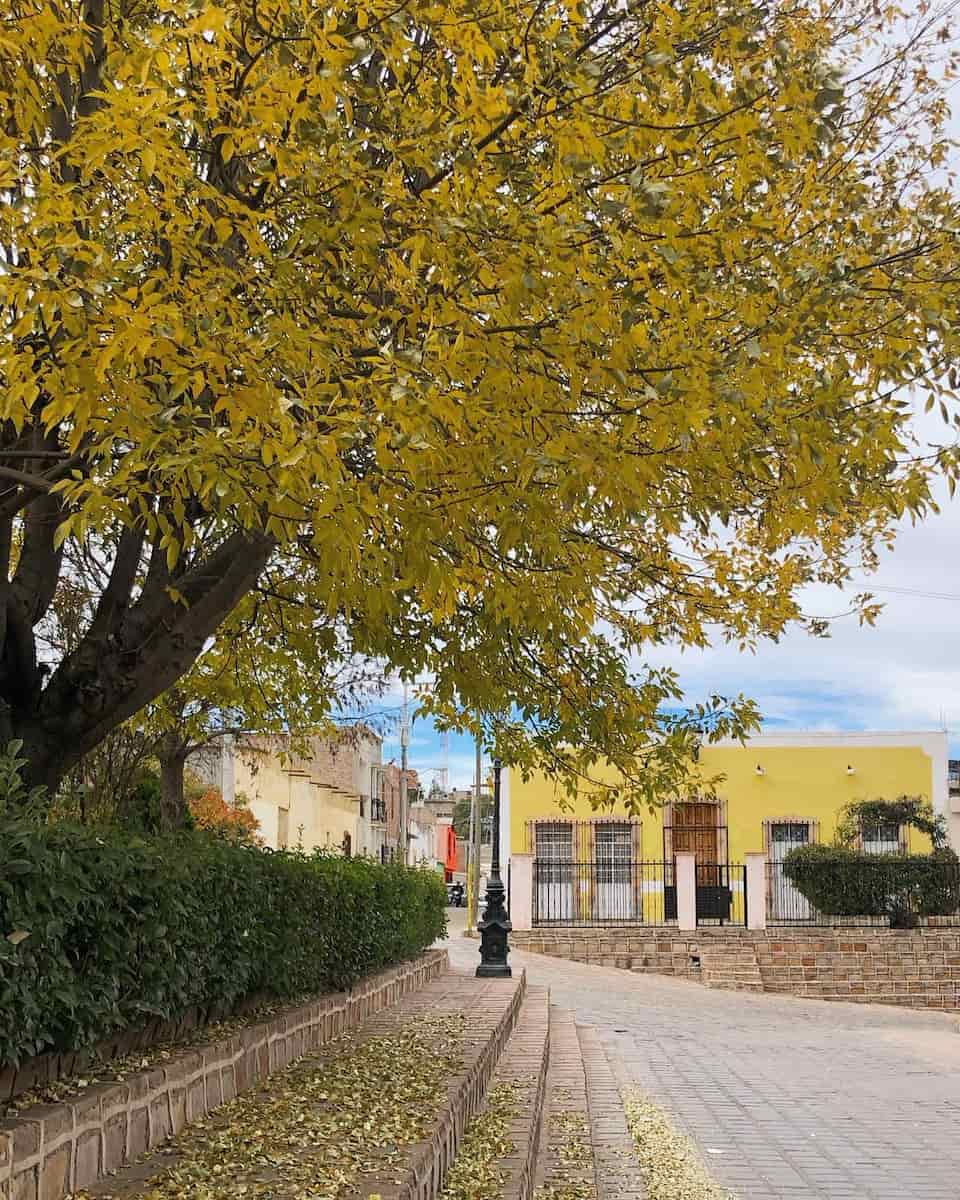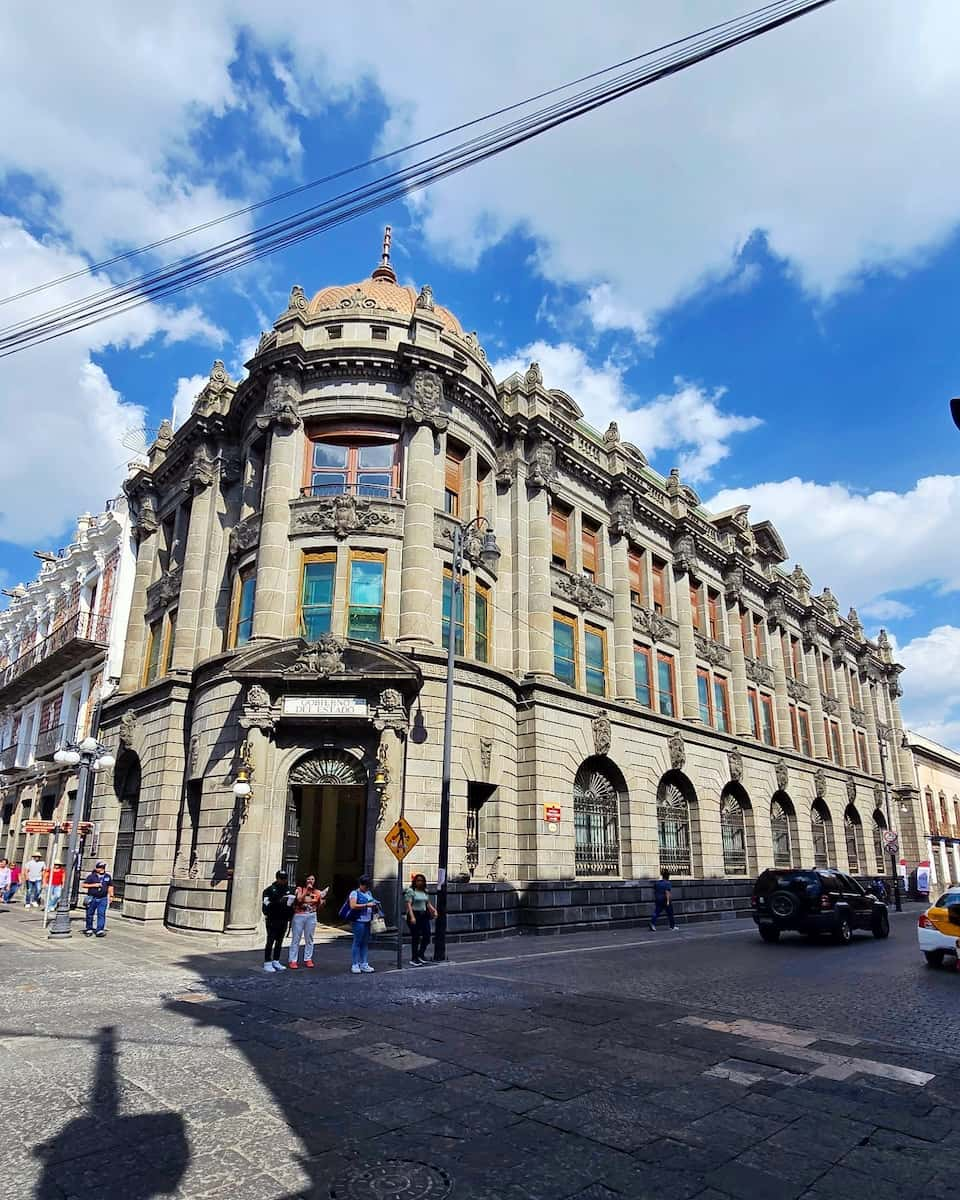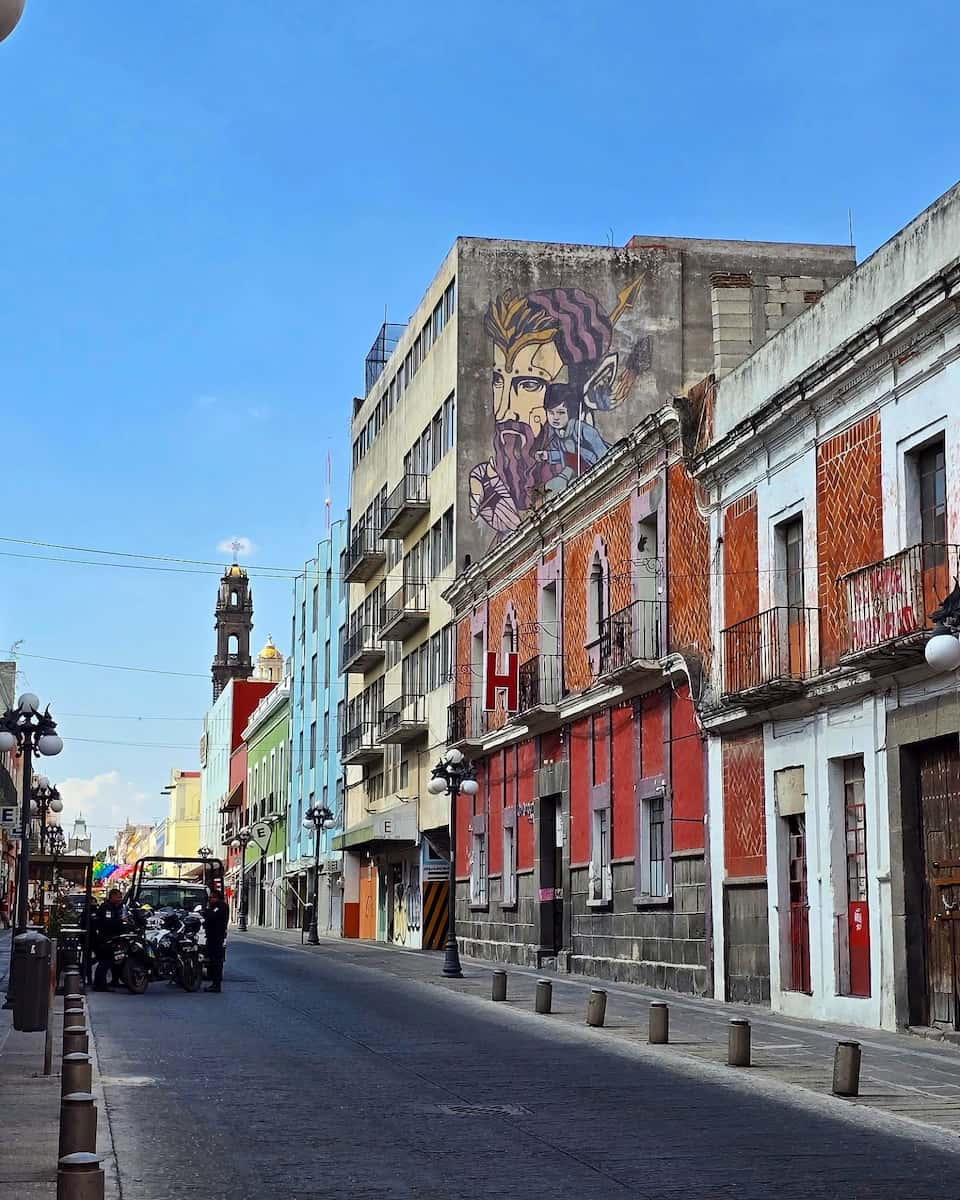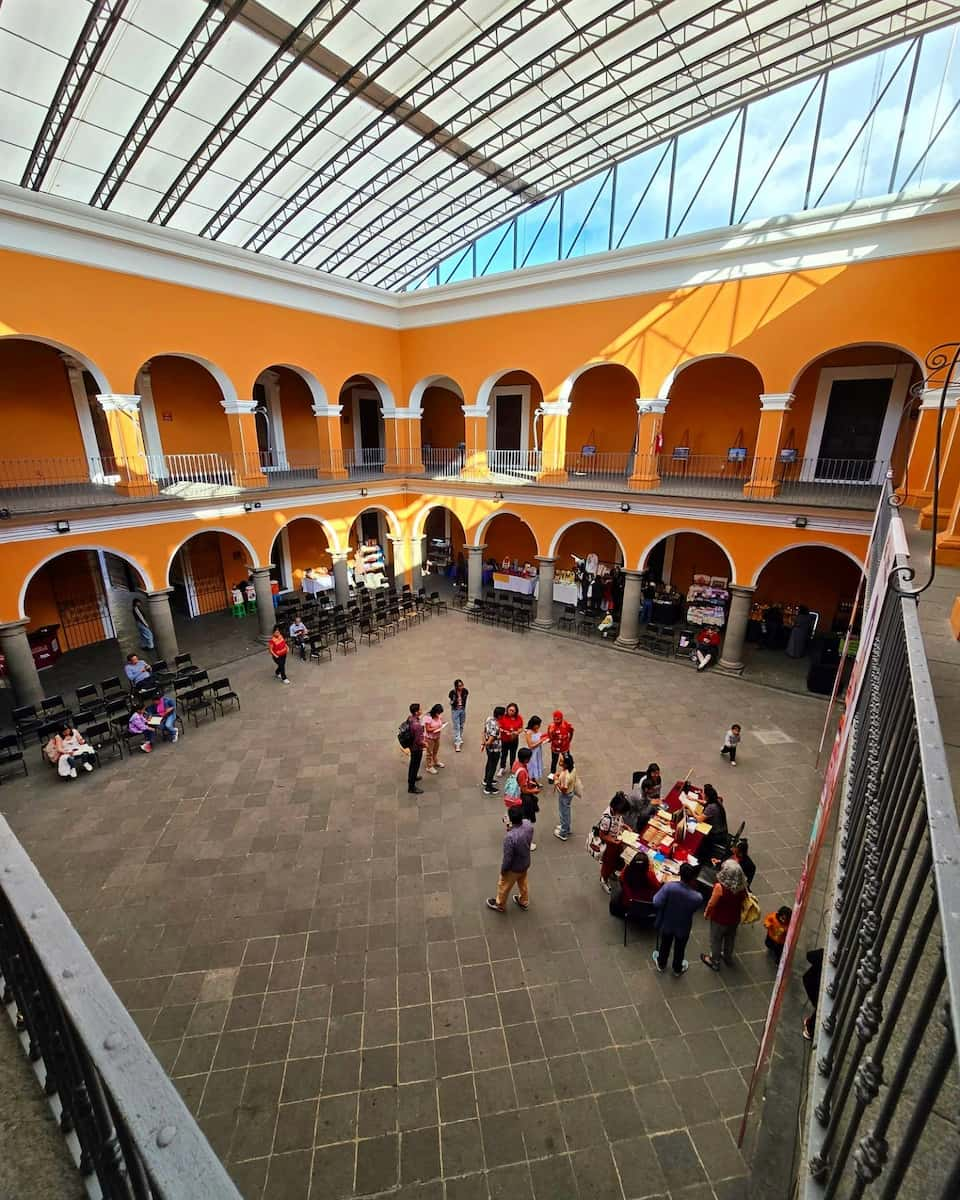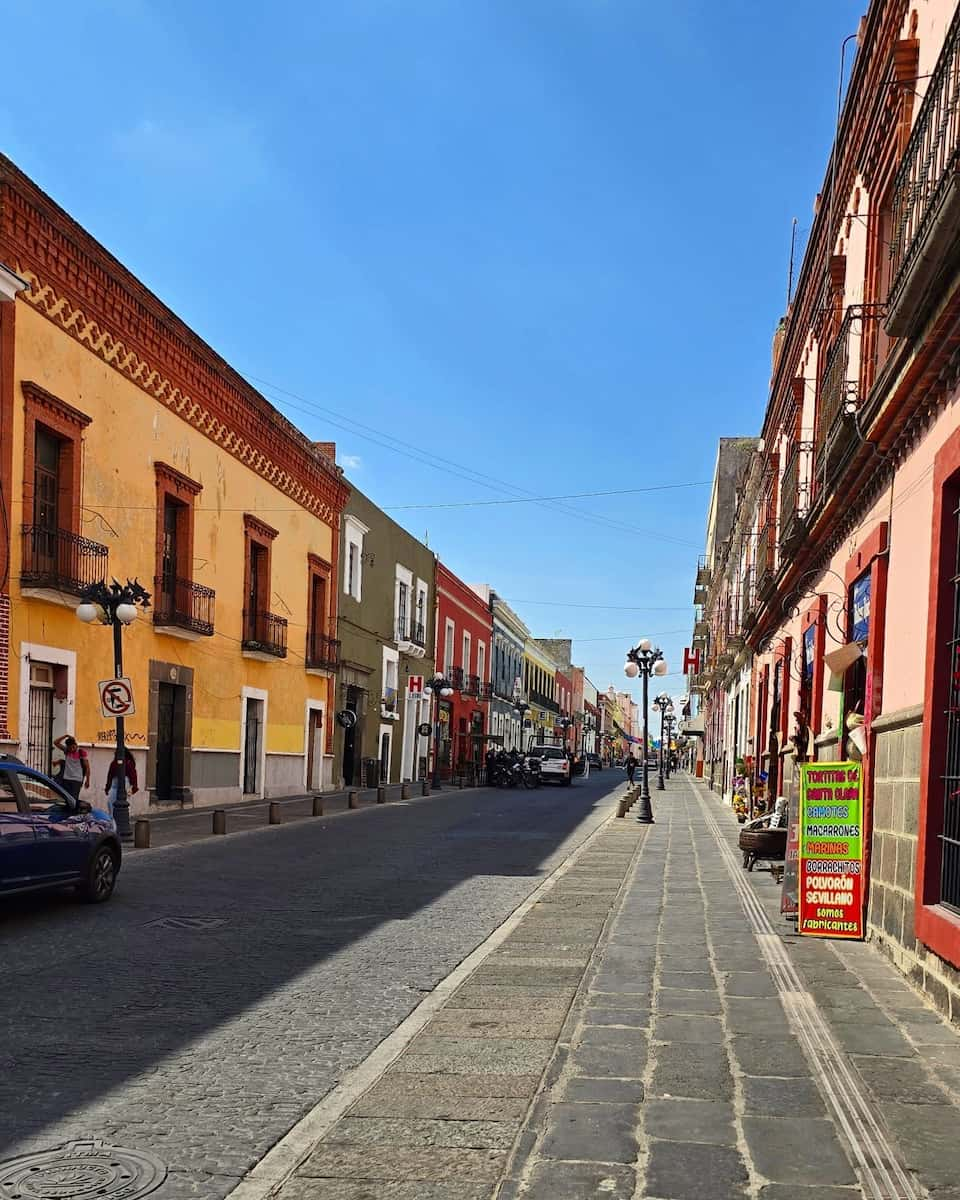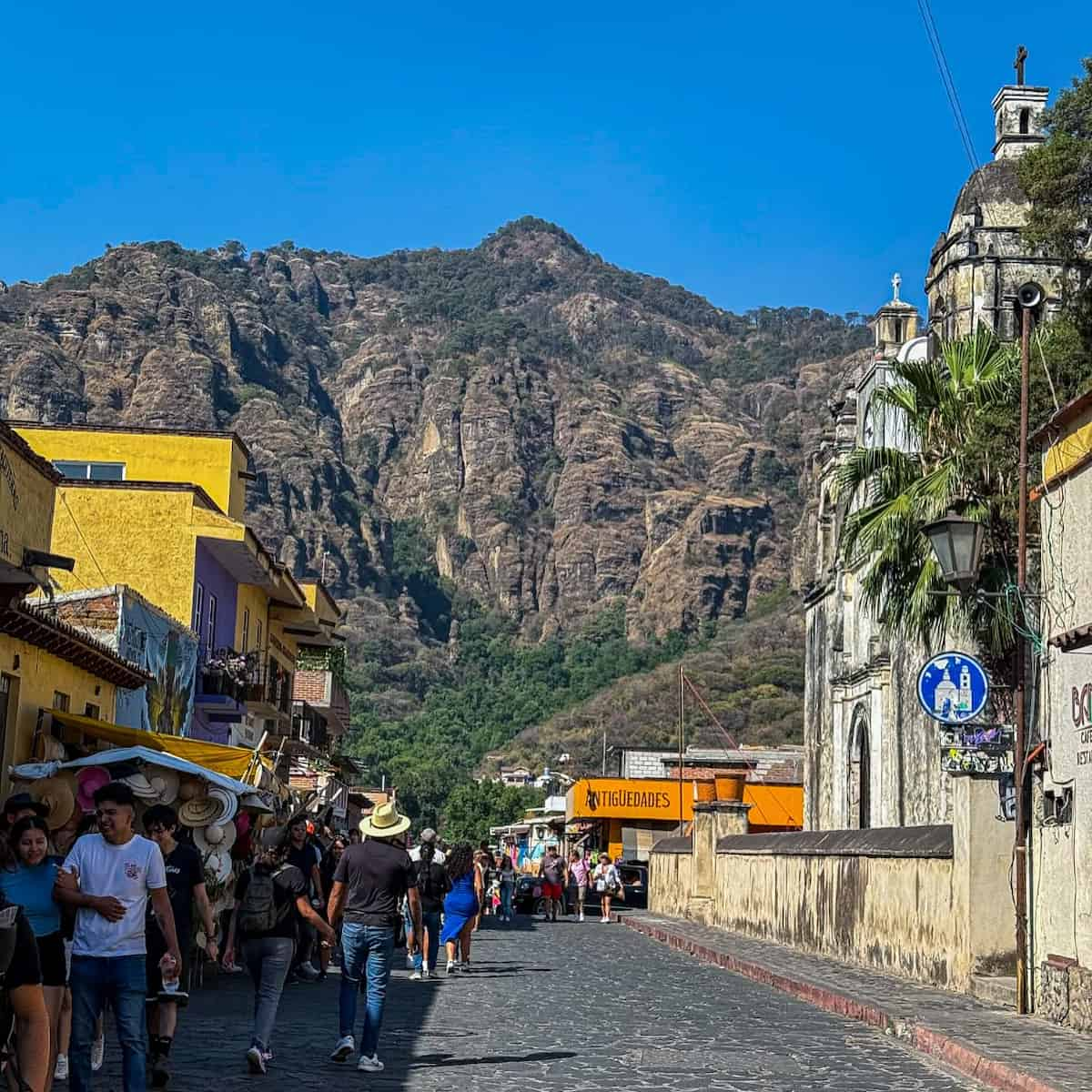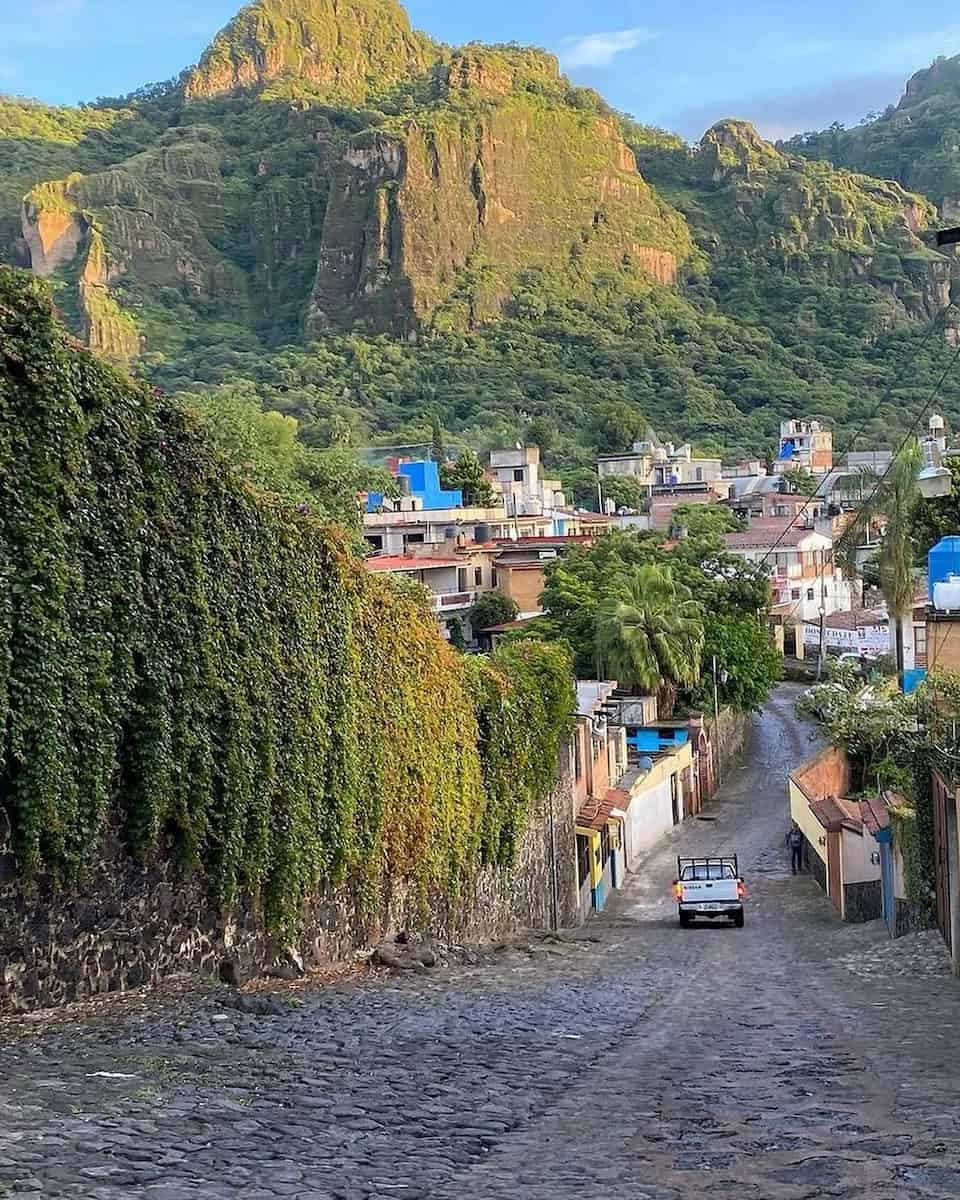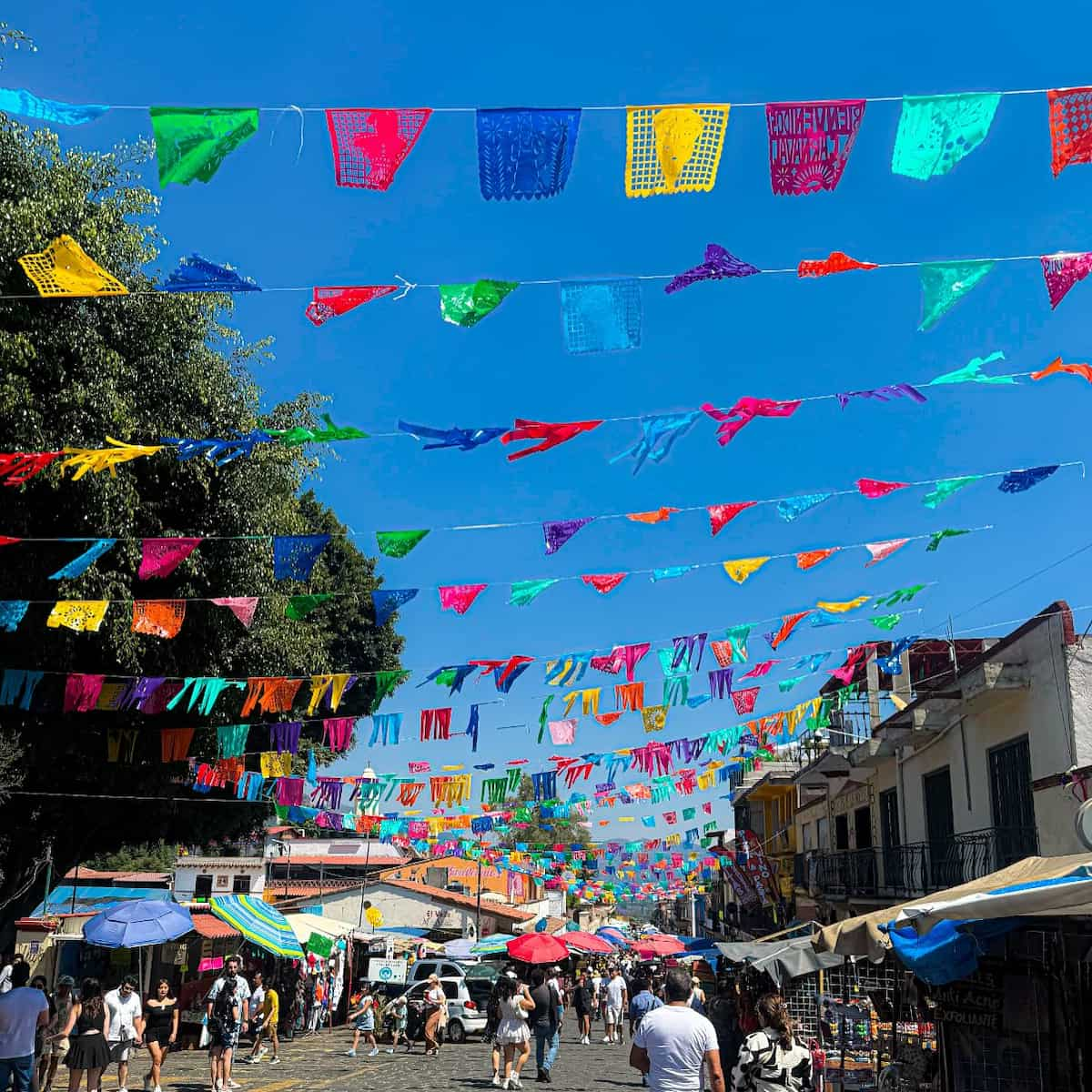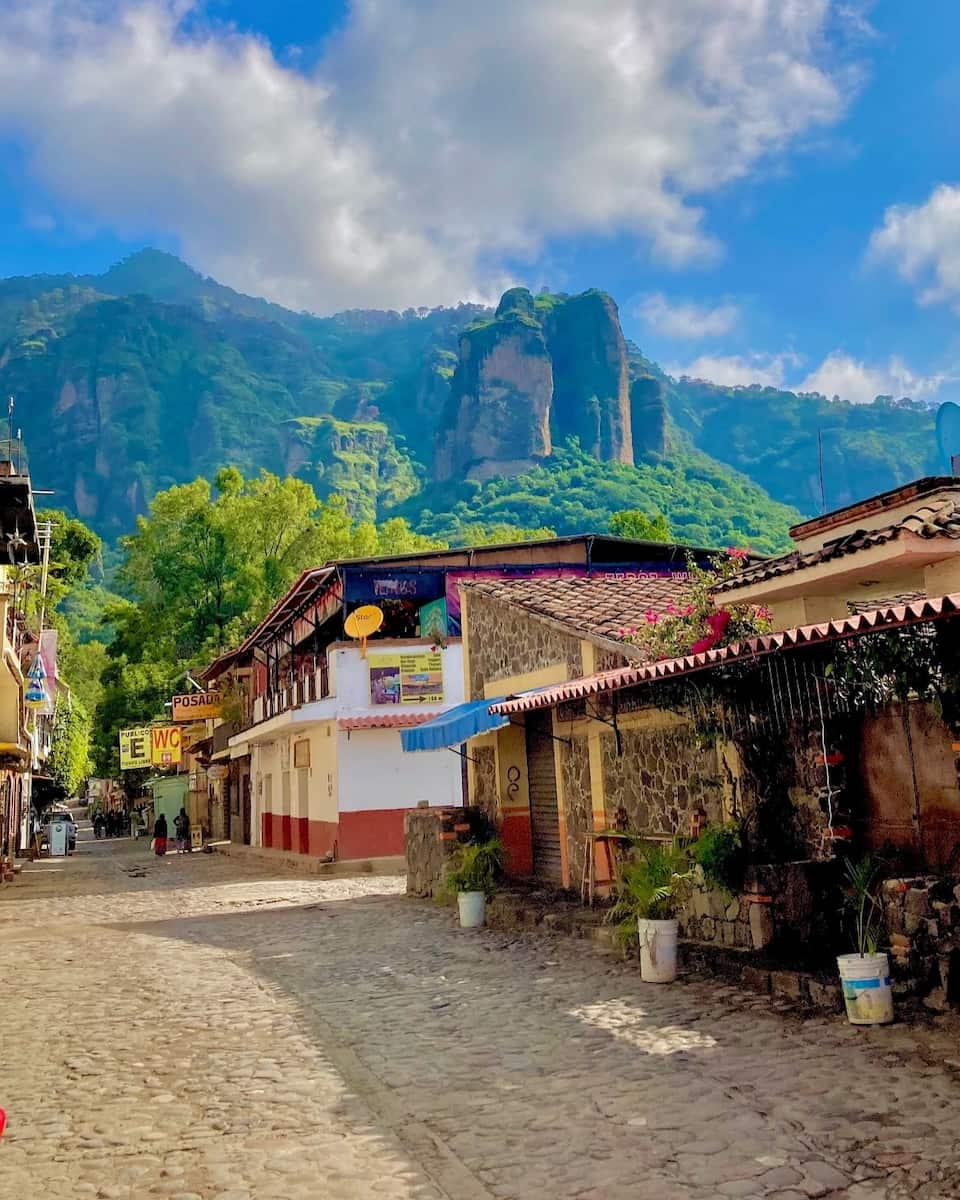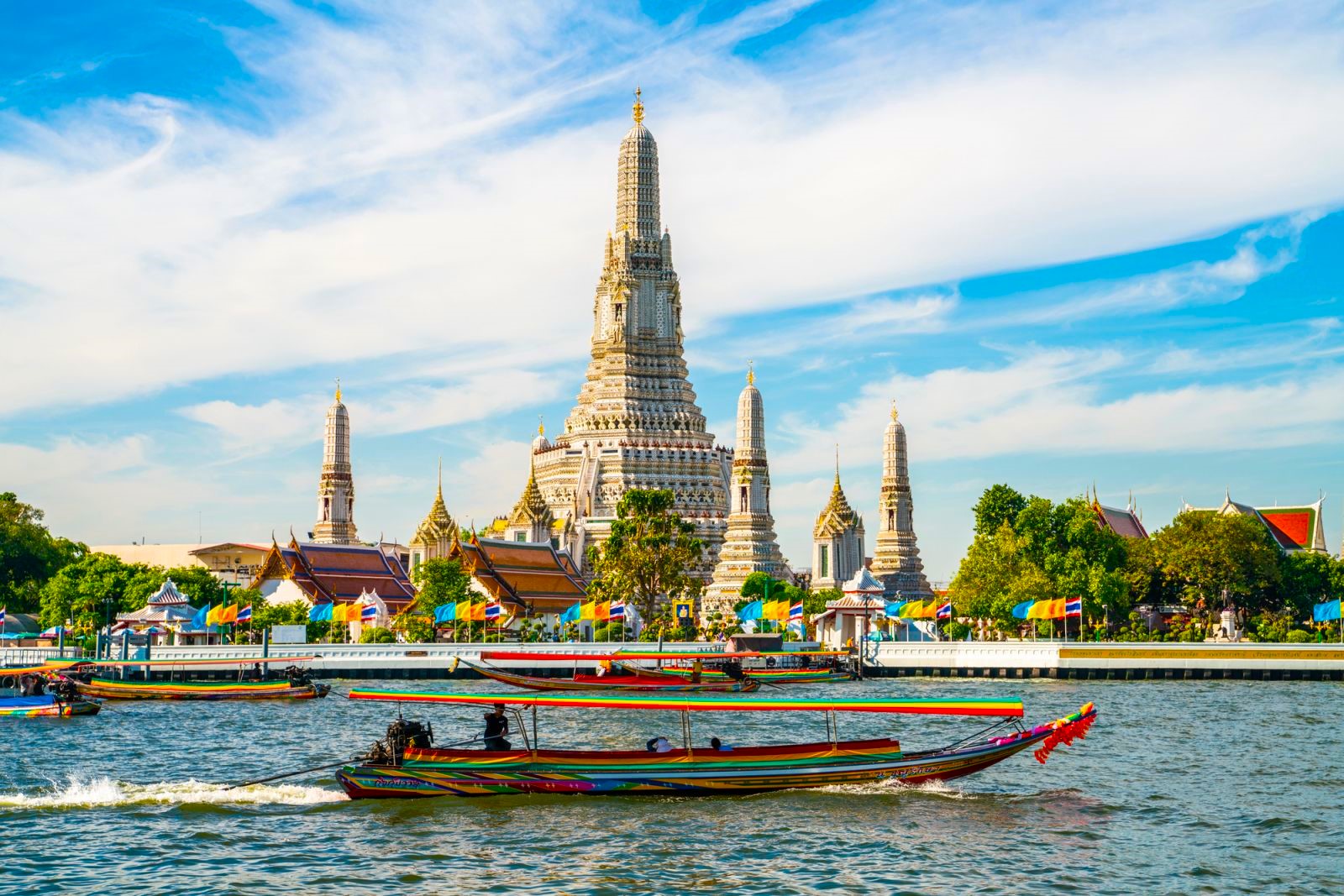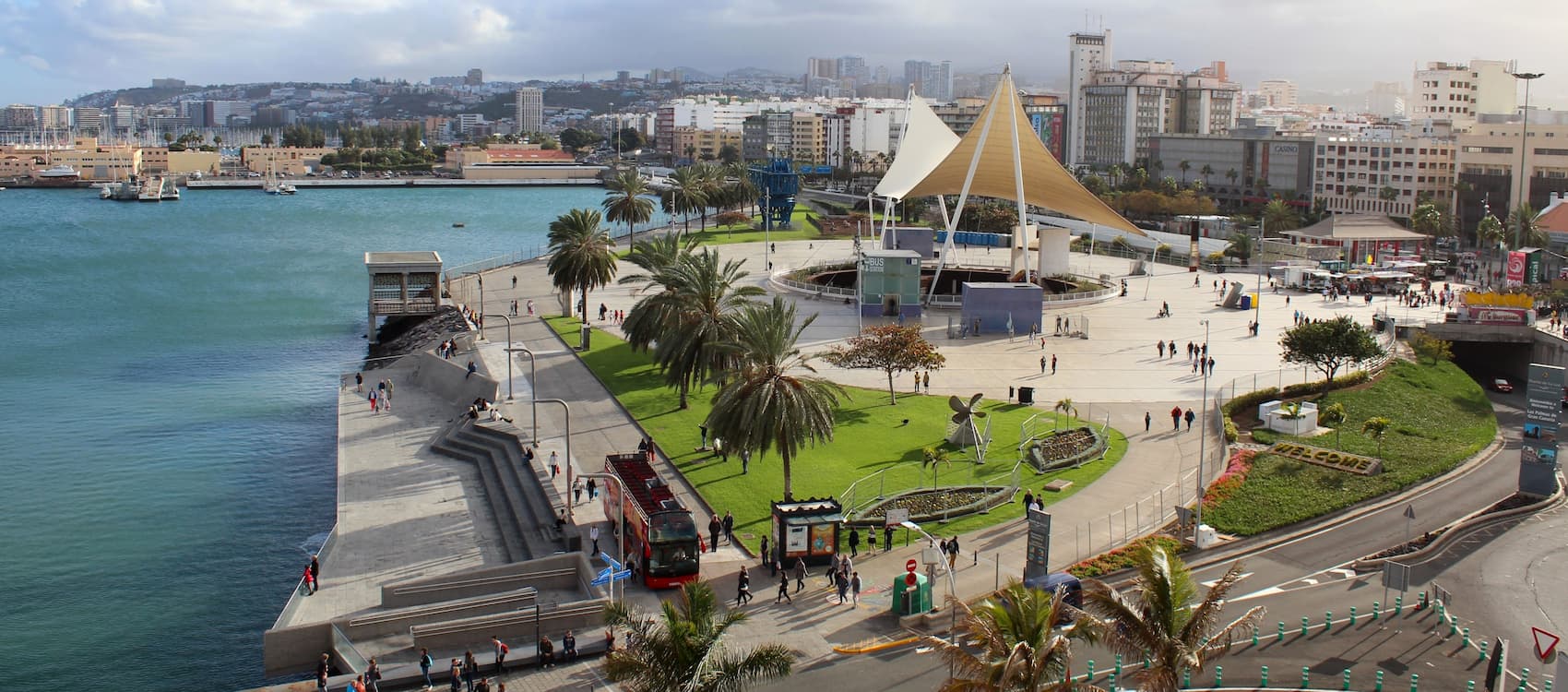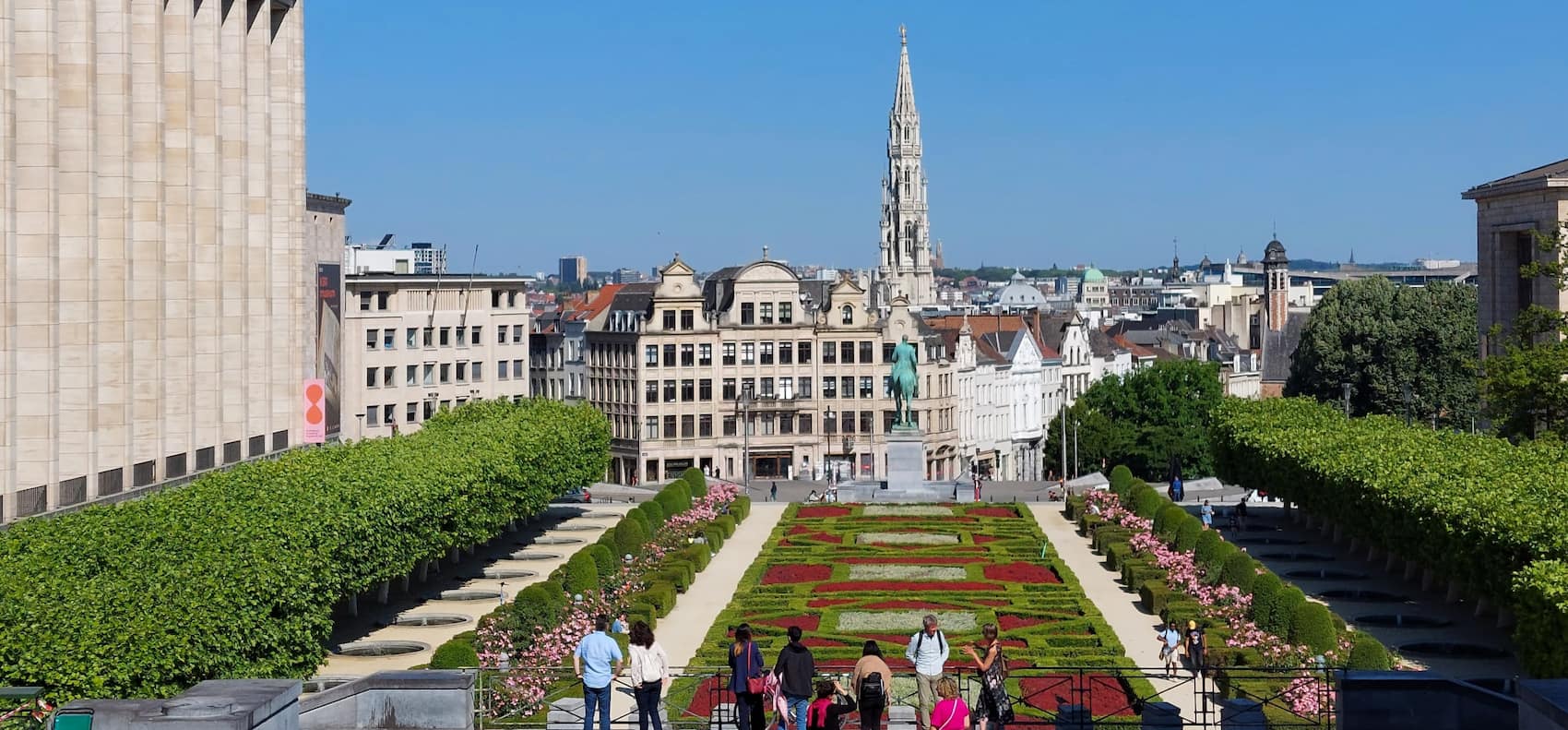Mexico City, a vibrant metropolis where ancient history meets modern energy, offers an incredible range of experiences for every type of traveler. From standing in the massive Zócalo plaza where Aztec emperors once ruled to sampling street tacos in trendy neighborhoods like Roma and Condesa, this sprawling city rewards those willing to explore its many layers.
My first visit to Mexico City completely changed how I view this North American giant. I discovered world-class museums housing treasures from lost civilizations, colorful markets filled with handcrafted goods, and unexpected green spaces where locals escape the urban rhythm. Whether you’re planning a weekend getaway or an extended stay, this guide will help you navigate Mexico City’s most rewarding attractions, family-friendly activities, and the best day trips that showcase the diverse beauty of central Mexico.
🏠 Where to Stay in Mexico City
- 💎 Luxury Hotel: Fiesta Americana Reforma, Mexico City
- ✨ 5-Star: Camino Real Aeropuerto, Mexico City
- 🏨 4-Star: Hilton Mexico City Airport, Mexico City
- 🛏️ 3-Star: Casa Raffaello, Mexico City
- 💸 Cheap: Mexico City Hostel, Mexico City
- 🏢 Apartment: MEDELLIN by Mr W, Mexico City
- 👨👩👧👦 For Families: Hotel Parque Satelite, Mexico City
- 🏩 For Couples: Barrio Downtown Mexico City Hostel, Mexico City
💁 Best Guided Tours
- Balloon flight + Breakfast in cave + Pyramids + Pick up CDMX from $151 (⭐4.9/5)
- Coyoacán and Xochimilco Tour with Frida Kahlo Museum Options from $48 (⭐4.7/5)
- Teotihuacan pyramids morning or afternoon without tourist traps from $39 (⭐4.8/5)
- Tolantongo Full-Day Tour with Private Transportation from $144 (⭐4.8/5)
- Lucha Libre Tickets with Tacos, Beer, and Mezcal from $80 (⭐4.9/5)
Best Things To Do in Mexico City
1. Zócalo
Vibrant Heart. The Zócalo, or Plaza de la Constitución, is Mexico City’s central square and a must-see for any visitor. I felt the energy of history and modern life collide here, surrounded by the Metropolitan Cathedral, National Palace, and Templo Mayor. The square is always buzzing—Aztec dancers, political rallies, and massive concerts fill the space with color and sound. During my visit, I was mesmerized by the sheer scale of this historic plaza, which has been the center of Mexican civic life since Aztec times.
| Item | Price (MXN) | Price (USD/EUR) | Hours | Location |
|---|---|---|---|---|
| Zócalo (Plaza) | Free | Free | 24/7 | 19.4328, -99.1332 |
| Metropolitan Cathedral | Free | Free | 08:00-20:00 | North side |
| Templo Mayor Museum | 95 | ~5/4.5 | 09:00-17:00 | Northeast corner |
| National Palace | Free | Free | 09:00-17:00 | East side |
Cultural Encounters. I watched the enormous Mexican flag rise at 8:00 am, a daily military ceremony that draws locals and travelers alike. The plaza is ringed by arcades, street vendors, and open-air performances that showcase Mexico’s rich cultural heritage. I recommend sitting on a bench to people-watch or joining a free walking tour to learn about the Aztec roots and colonial layers. The contrast between ancient ruins and Spanish colonial architecture tells the story of Mexico’s complex history in a single glance.
Hidden Gems. The area around Zócalo holds unexpected treasures I nearly missed. Ducking into side streets revealed small mezcalerías and traditional cantinas where locals gather. The Portal de Mercaderes arcade on the west side offers shade and shopping opportunities for authentic Mexican crafts. I discovered that visiting on Sunday mornings brings a special atmosphere when families gather and street performers entertain crowds. The nearby streets of Madero and 5 de Mayo offer excellent shopping and dining options when you need a break from sightseeing.
⭐ Best Activities
- Private City Tour Mexico City - Best Rated – Explore Mexico City’s historic center with a professional guide on this 2-hour private walking tour covering the Metropolitan Cathedral, Palacio de Bellas Artes, and Templo Mayor.
2. Chapultepec Castle
Royal Views. Standing atop Chapultepec Hill, this majestic castle offers the most breathtaking panoramic views of Mexico City I’ve ever experienced. The former imperial residence feels like stepping into a European palace, but with distinctly Mexican touches throughout. Walking through the ornate rooms filled with period furniture and artwork, I couldn’t help but imagine the lavish balls and political intrigue these walls have witnessed.
| Item | Price (MXN) | Price (USD/EUR) | Hours | Location |
|---|---|---|---|---|
| General Admission | 90 | ~$4.50/€4 | Tue-Sun: 9:00-17:00 (Closed Mondays) | Primera Sección del Bosque de Chapultepec s/n, Miguel Hidalgo |
| Sundays (Mexican residents) | Free | Free | 9:00-17:00 | Chapultepec Park, First Section |
| Photography permit | Included | Included | – | – |
| Guided tours | 100-300 | $5-15/€4.5-13.5 | Various times | Castle entrance |
Historical Treasures. The museum inside houses an impressive collection of artifacts, murals, and royal carriages that tell Mexico’s complex story. I was particularly moved by the stained-glass windows and the terrace gardens where you can see the battle scars from the Mexican-American War. The castle’s blend of neoclassical and neo-Gothic architecture creates a magical atmosphere unlike anywhere else in the city.
Local Insight. The castle doesn’t have its own parking, so I recommend taking the metro to Chapultepec station and enjoying the walk through the park. Arrive early to avoid both crowds and afternoon heat. My favorite spot was the black and white tile terrace where I sat for nearly an hour, watching the city sprawl out before me while imagining the extravagant parties of Emperor Maximilian and Empress Carlota.
⭐ Best Activities
- Viator Exclusive Chapultepec Castle Early Access plus National Museum of Anthropology – Skip the lines with early access to Chapultepec Castle and enjoy a guided tour of Mexico’s premier anthropology museum.
3. National Museum of Anthropology
Cultural Marvel. The moment I walked into the central courtyard with its iconic umbrella fountain, I knew this museum would be special. Housing the world’s largest collection of ancient Mexican art, the National Museum of Anthropology took my breath away with its sheer scale and importance. The Aztec Sun Stone alone is worth the visit – this massive calendar stone dominates its gallery with an energy that’s almost magnetic.
| Item | Price (MXN) | Price (USD/EUR) | Hours | Location |
|---|---|---|---|---|
| General Admission | 100 | ~$5/€4.5 | Tue-Sun: 10:00-18:00 (Closed Mondays) | Av. Paseo de la Reforma & Calzada Gandhi, Chapultepec |
| Children under 13 | Free | Free | Same as above | Chapultepec Park, First Section |
| Photography permit (non-phone) | 30 | ~$1.50/€1.35 | – | – |
| Sunday admission (Mexican residents) | Free | Free | 10:00-18:00 | – |
Ancient Wonders. Walking through the 23 exhibit halls feels like traveling through time across Mexico’s diverse civilizations. I spent hours examining intricate jade masks, colossal Olmec heads, and the reconstructed tomb of Pakal from Palenque. The Maya room with its temple replica and the model of Tenochtitlan in the Aztec hall gave me a deeper understanding of these sophisticated pre-Hispanic cultures than any book ever could.
Practical Experience. This museum is massive, so wear comfortable shoes and plan at least 3-4 hours for your visit. I found the free guided tours in English (available at 11:00 and 13:00) incredibly helpful for understanding the context behind the artifacts. My strategy was focusing on the Aztec, Maya, and Teotihuacan sections rather than trying to see everything – quality over quantity made my experience much more meaningful.
⭐ Best Activities
- National Museum of Anthropology: Skip the Line Tickets – Discover Mexico’s ancient civilizations with fast-track entry to the world’s largest collection of pre-Hispanic art and artifacts.
4. Frida Kahlo Museum (Casa Azul) in Coyoacán
Blue Beauty. The vibrant cobalt walls of Casa Azul draw you in immediately, announcing that this is no ordinary museum. Walking through Frida Kahlo’s actual home was an intimate glimpse into her colorful, painful, and passionate life. Her studio remains exactly as she left it, with paintbrushes still waiting by her easel and her wheelchair pulled up to an unfinished painting.
| Item | Price (MXN) | Price (USD/EUR) | Hours | Location |
|---|---|---|---|---|
| General Admission | 320 | ~$16/€14.50 | Tue, Thu-Sun: 10:00-18:00, Wed: 11:00-18:00 (Closed Mondays) | Londres 247, Col. Del Carmen, Coyoacán |
| Mexican residents (with ID) | 160 | ~$8/€7.25 | Same as above | – |
| Students/Teachers (with ID) | 60 | ~$3/€2.70 | Same as above | – |
| Photography permit | Included | Included | – | – |
Personal Collection. The museum houses not just Frida’s paintings but her personal belongings – traditional Tehuana dresses, jewelry, and even the corsets she wore due to her spinal injuries. I was deeply moved seeing her four-poster bed with the mirror on the ceiling (installed so she could paint self-portraits while bedridden) and the collection of pre-Hispanic artifacts she and Diego Rivera collected throughout their tumultuous relationship.
Neighborhood Charm. After visiting the museum, I wandered through Coyoacán’s charming streets and found myself at the central plaza. This bohemian neighborhood feels worlds away from downtown Mexico City. My advice is to book tickets online well in advance – the lines can be hours long without reservations. I also recommend visiting the nearby markets and trying the famous churros and chocolate at the local cafes to complete your Frida experience.
⭐ Best Activities
- Frida Kahlo Anahuacalli Museum: Entry + Digital Guide – Explore Diego Rivera’s pyramid-shaped museum housing his extensive collection of pre-Hispanic artifacts with an informative digital guide.
5. Lucha Libre at Arena México
Masked Mayhem. Attending a lucha libre match at Arena México was the most exhilarating night of my Mexico City trip. This isn’t just wrestling – it’s theatrical combat where good battles evil in a riot of color, acrobatics, and crowd participation. The moment I entered “the Cathedral of Lucha Libre,” the energy was electric. Families, tourists, and die-hard fans filled the arena, many wearing masks of their favorite luchadores.
| Item | Price (MXN) | Price (USD/EUR) | Hours | Location |
|---|---|---|---|---|
| Ringside seats (Ring Verde/Azul) | 246-549 | $12-27/€11-25 | Fri: 20:30, Sun: 17:00, Tue: 19:30 | Dr. Lavista 189, Colonia Doctores |
| Upper level seats | 244-366 | $12-18/€11-16.50 | Same as above | Near Metro Cuauhtémoc |
| VIP Balcony (M section) | 1,159 | $58/€52 | Same as above | – |
| Mask souvenir | 150-500 | $7.50-25/€6.75-22.50 | Sold at venue | – |
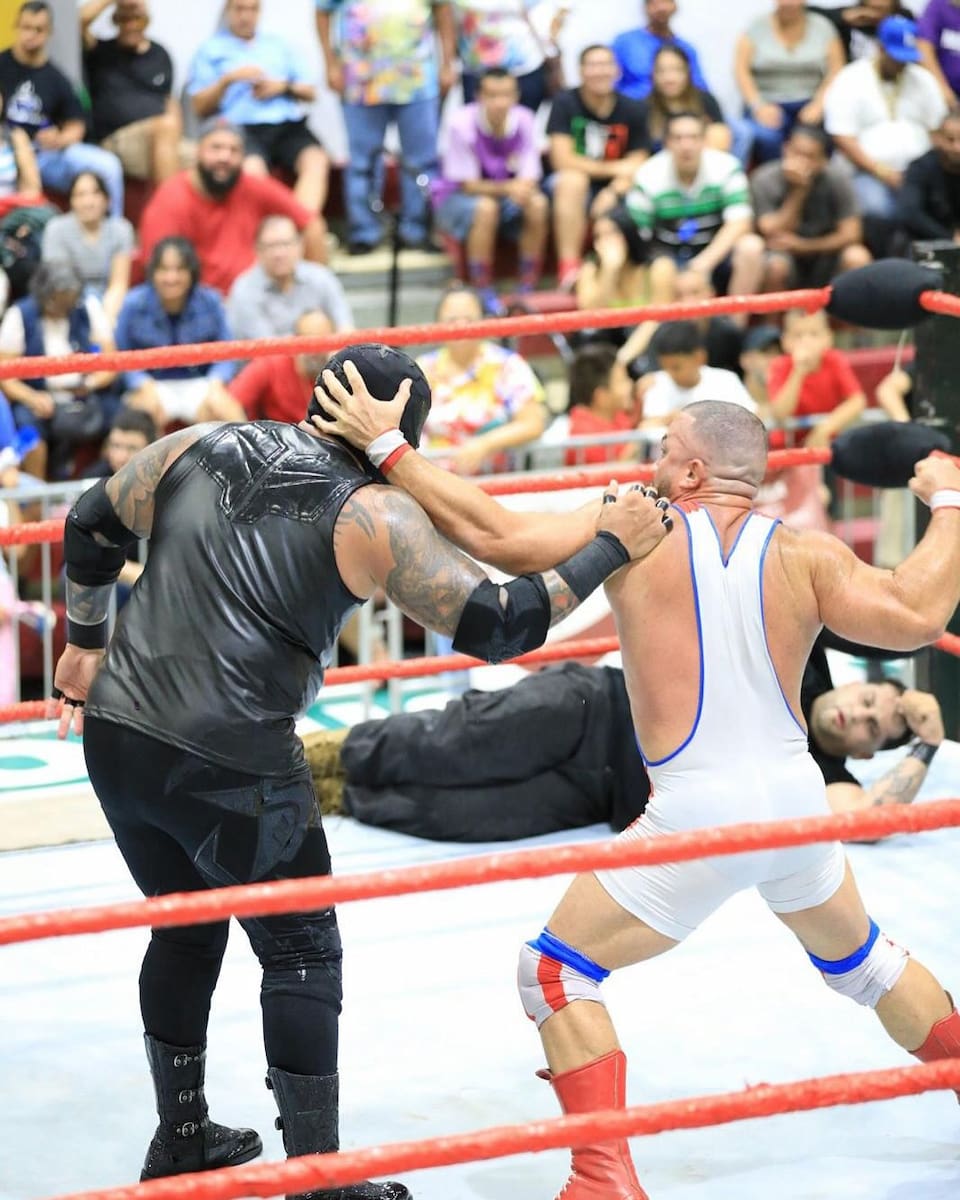
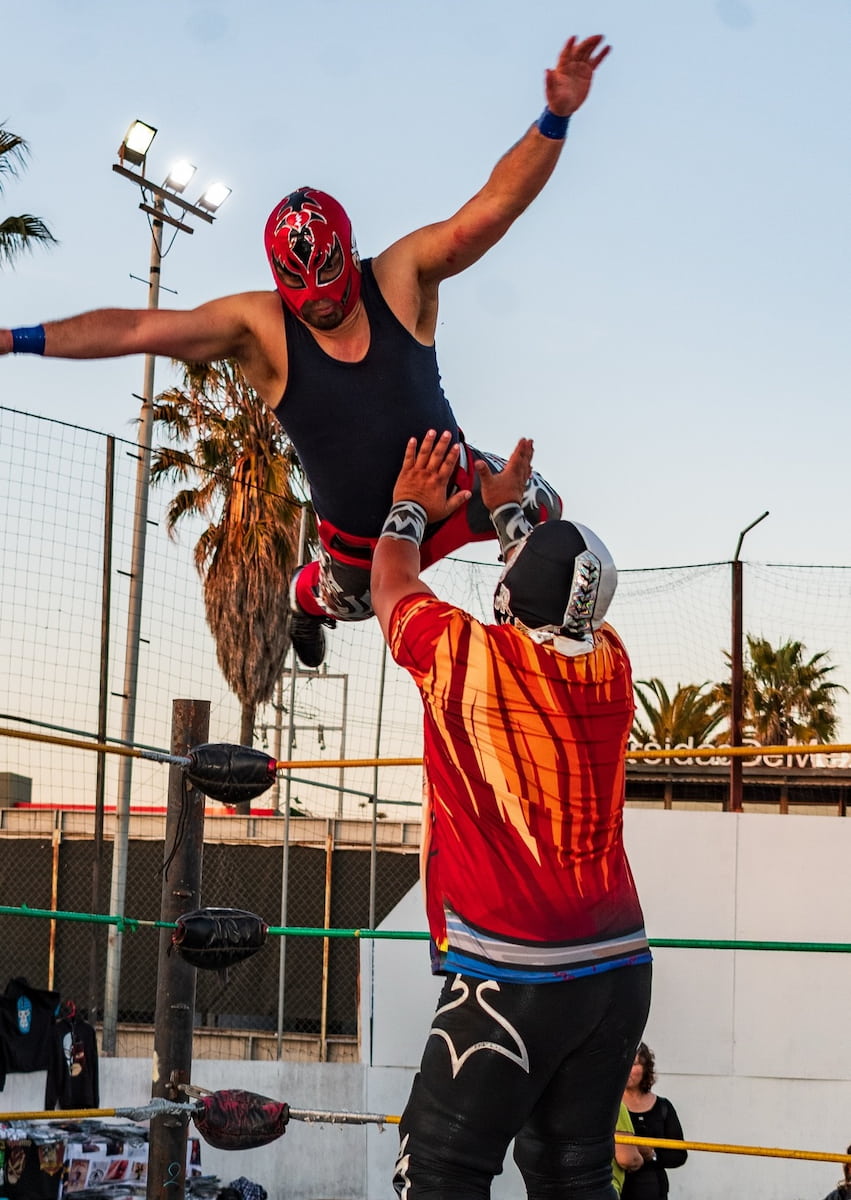
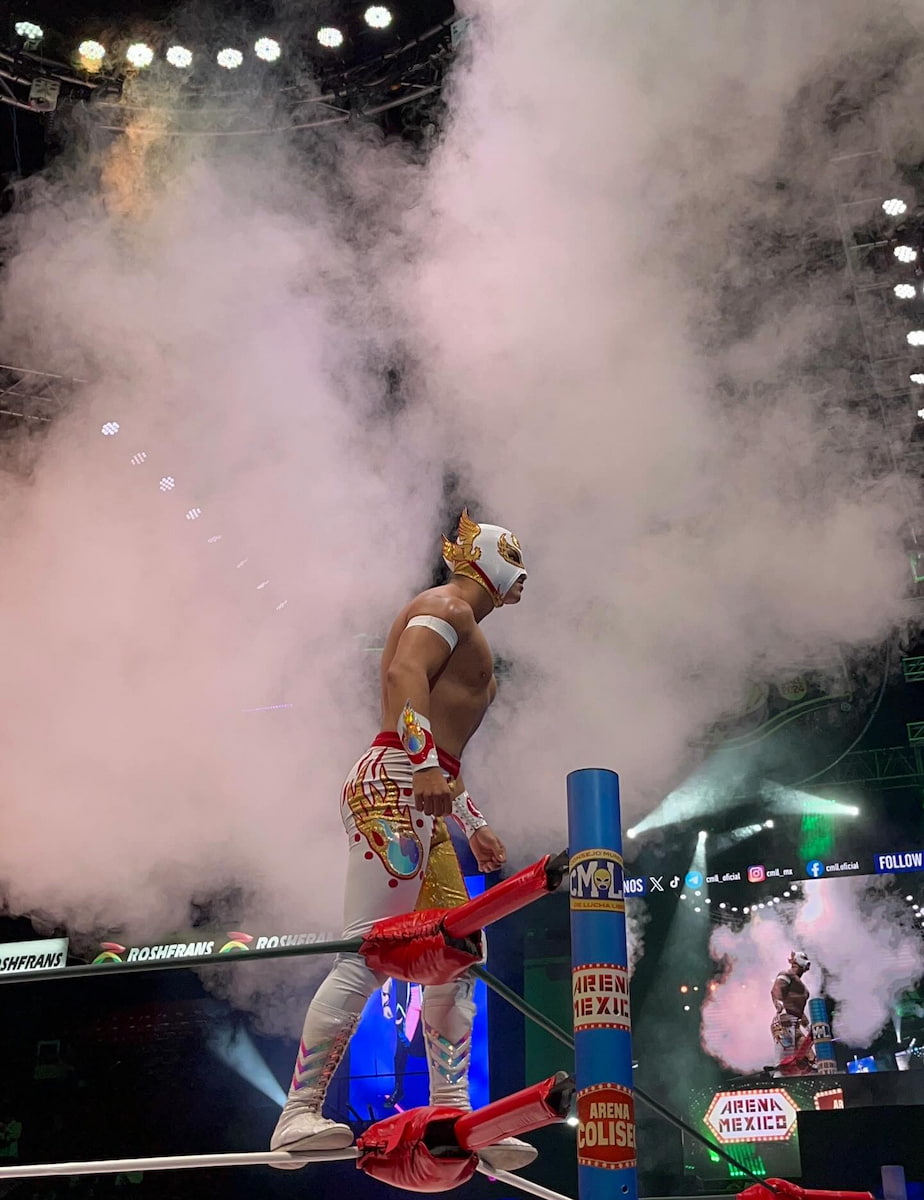
Athletic Artistry. The matches themselves were a perfect blend of athleticism, comedy, and drama. Técnicos (good guys) in bright colors flipped and soared through the air while rudos (villains) bent the rules and taunted the crowd. I was amazed by the physical abilities of these performers – some in their 50s – executing perfect backflips from the top rope. The crowd’s synchronized chants and reactions are as much part of the show as what happens in the ring.
Cultural Experience. Friday nights offer the best atmosphere, though tickets are available for Tuesday and Sunday shows too. I bought my tickets through Ticketmaster Mexico a week in advance, securing a spot in the Ring Azul section, row 11 – perfect for seeing all the action without being too close. The neighborhood around Arena México isn’t the safest after dark, so I took an Uber directly to the entrance. Inside, I indulged in Mexican beer and spicy potato chips while cheering alongside locals in an experience that felt authentically Mexican.
⭐ Best Activities
- Tacos, Beer & Lucha Libre - Best Night Ever – Experience authentic Mexican culture with street tacos, local beer, and the theatrical spectacle of lucha libre wrestling at Arena México.
6. Palacio de Bellas Artes
Marble Masterpiece. The Palacio de Bellas Artes stopped me in my tracks with its gleaming white marble exterior and art deco interior. This cultural palace serves as Mexico’s most important performance venue, hosting everything from ballet folklórico to opera. Walking inside, I was immediately drawn to the massive Tiffany glass curtain depicting the Valley of Mexico – weighing 24 tons, it’s the only one of its kind in any theater worldwide.
| Item | Price (MXN) | Price (USD/EUR) | Hours | Location |
|---|---|---|---|---|
| Museum Admission | 80 | ~$4/€3.60 | Tue-Sun: 10:00-18:00 (Closed Mondays) | Av. Juárez, Centro Histórico |
| Ballet Folklórico tickets | 300-1,000 | $15-50/€13.50-45 | Wed 20:30, Sun 9:30 & 20:30 | – |
| Photography permit | 30 | ~$1.50/€1.35 | – | – |
| Sunday admission (Mexican residents) | Free | Free | 10:00-18:00 | – |
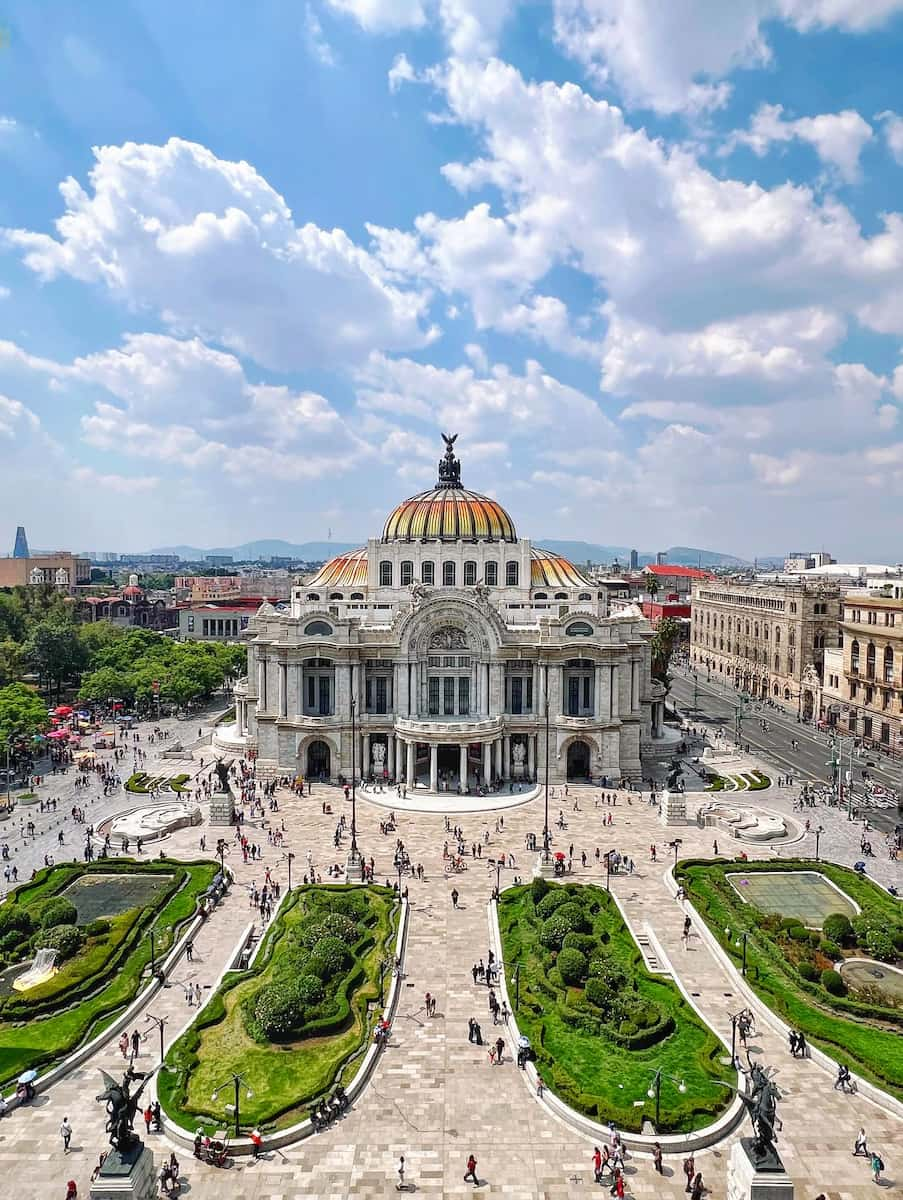
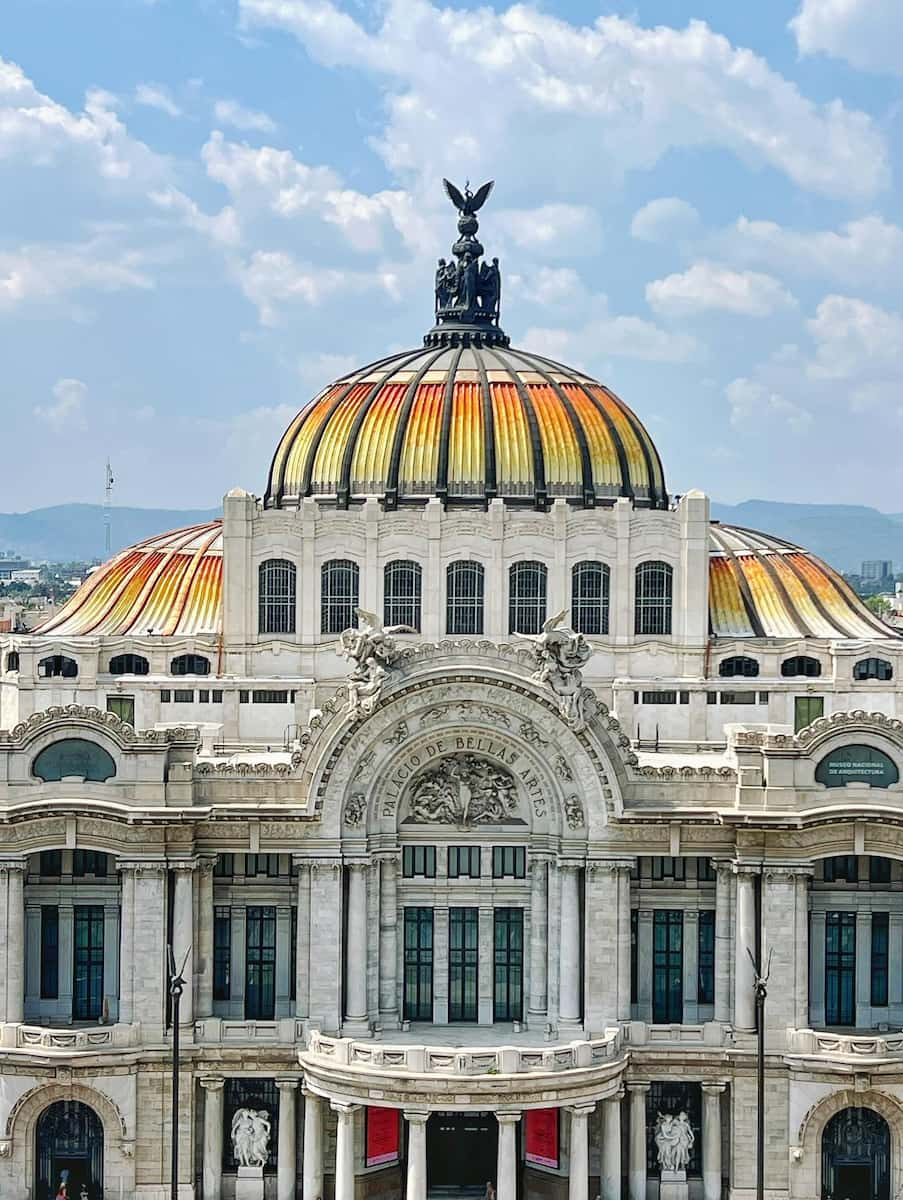
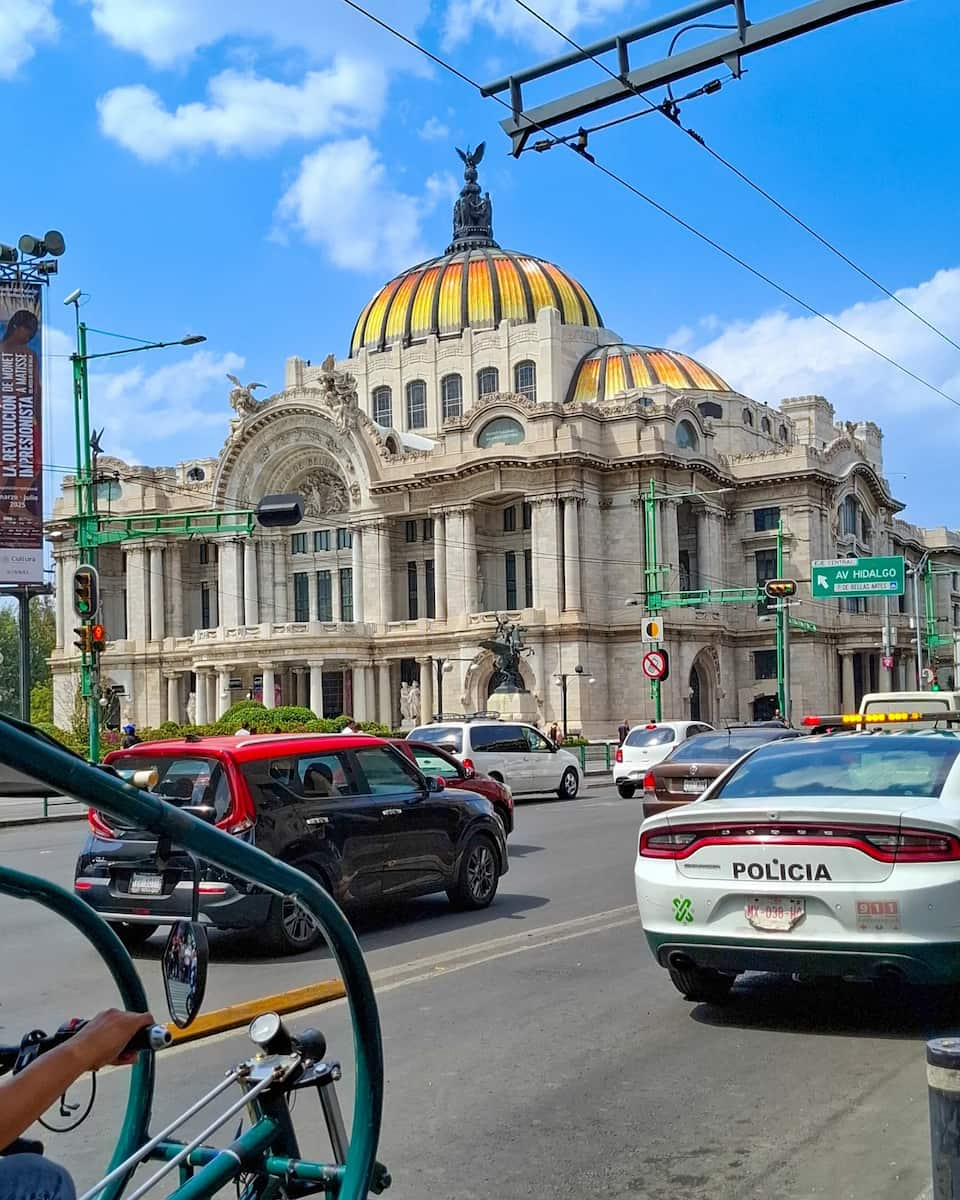
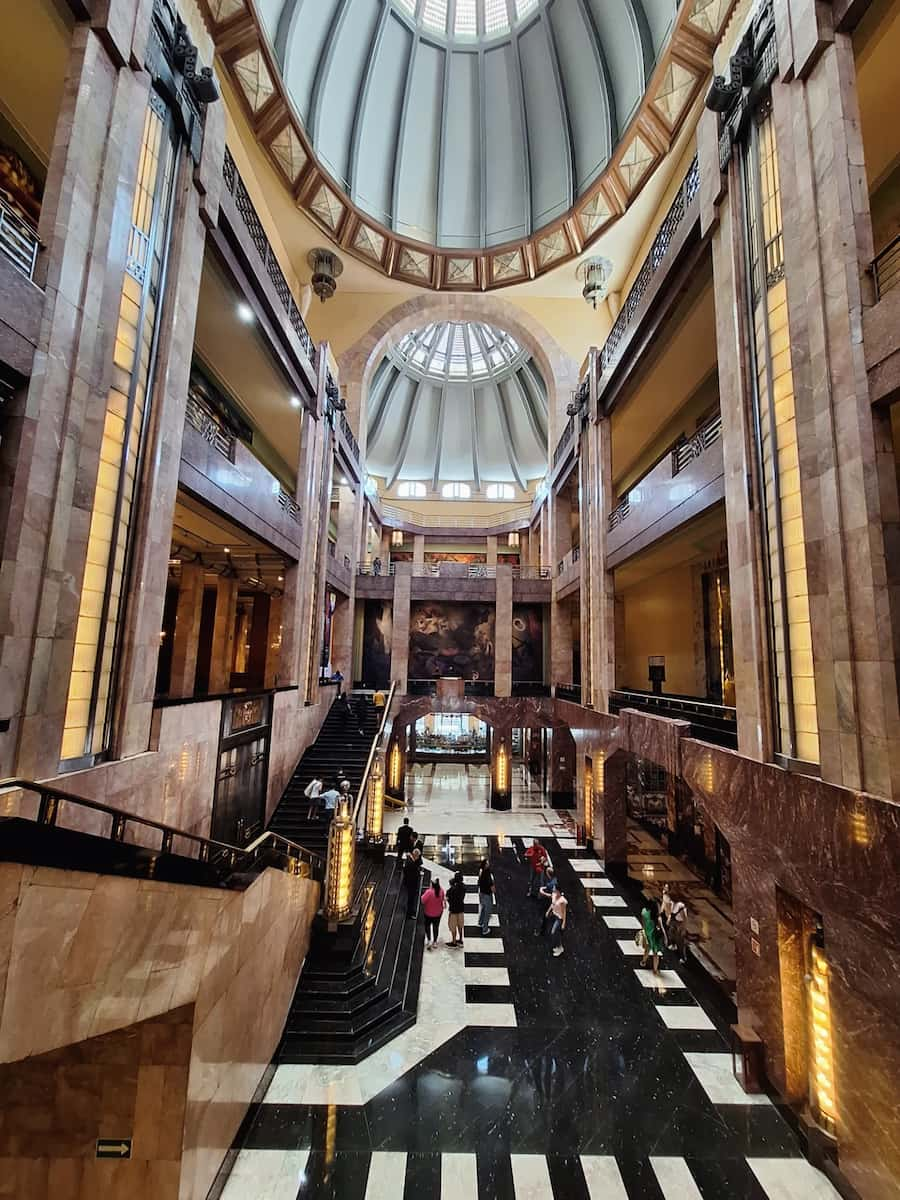
Artistic Treasures. The building houses spectacular murals by Mexico’s most famous artists, including Diego Rivera’s “Man at the Crossroads” (originally commissioned for Rockefeller Center but recreated here after being destroyed in New York). I spent nearly an hour examining the details of Siqueiros’ “New Democracy” and Orozco’s “Catharsis” on the second floor. The museum section showcases rotating exhibitions of both classical and contemporary Mexican art.
Performance Magic. My most memorable experience was attending the Ballet Folklórico, which presents traditional dances from across Mexico’s diverse regions. The swirling colors, live mariachi music, and the theater’s perfect acoustics created a sensory feast I’ll never forget. For the best experience, buy performance tickets online in advance and arrive early to admire the architecture before the show – the building itself is as much a masterpiece as any performance held inside.
⭐ Best Activities
- Tour: Private Fine Arts Tour – Discover Mexico City’s artistic treasures with a private guide covering major museums and cultural sites in the capital.
- Ticket online: The Folkloric Ballet of Mexico (VIP Tickets + Transportation Included) – Browse and book tickets for Mexico City’s top attractions including museums, archaeological sites, and cultural experiences.
7. Templo Mayor
Hidden History. Walking through the ruins of Templo Mayor feels like peeling back layers of time in the heart of Mexico City. This archaeological site was once the main temple of Tenochtitlan, the Aztec capital, before being destroyed and built over by Spanish colonizers. I was fascinated to see how the excavations reveal seven different construction phases, each built atop the previous one as the empire grew in power.
| Item | Price (MXN) | Price (USD/EUR) | Hours | Location |
|---|---|---|---|---|
| General Admission | 100 | ~$5/€4.50 | Tue-Sun: 9:00-17:00 (Closed Mondays) | Seminario 8, Centro Histórico |
| Museum + Archaeological Site | 100 | ~$5/€4.50 | Same as above | Next to Metropolitan Cathedral |
| Sunday admission (Mexican residents) | Free | Free | 9:00-17:00 | – |
| Guided tour (optional) | 150-300 | $7.50-15/€6.75-13.50 | Various times | Main entrance |
Sacred Discoveries. The museum houses over 7,000 artifacts found during excavations, including the monolithic stone disk of goddess Coyolxauhqui that led to the temple’s discovery in 1978. I was particularly moved by the wall of skulls (tzompantli) and the offerings buried with high-ranking priests and nobles. The contrast between these ancient ruins and the colonial Metropolitan Cathedral looming directly beside them perfectly symbolizes Mexico’s layered identity.
Urban Archaeology. What makes this site so special is its location – right in the middle of downtown Mexico City. Standing in the excavation pit, surrounded by modern buildings, creates a surreal time-travel experience. I recommend joining one of the hourly guided tours (available in English) to understand the significance of what you’re seeing. The site is partially exposed to the elements, so visiting in morning hours or bringing an umbrella during rainy season makes for a more comfortable experience.
⭐ Best Activities
- Templo Mayor Archaeological Site & Museum Tickets – Step into the heart of the ancient Aztec empire with entry to the ruins of Tenochtitlan’s main temple and its fascinating museum.
8. Polanco Neighborhood
Luxury Living. Strolling down Avenida Presidente Masaryk, Mexico City’s answer to Rodeo Drive, I was immediately struck by the contrast between this polished neighborhood and other parts of the city. Polanco blends upscale shopping with cultural attractions and some of the city’s finest dining. The tree-lined streets host designer boutiques alongside art galleries and chic cafés where Mexico’s elite sip espresso and discuss business.
| Item | Price Range (MXN) | Price (USD/EUR) | Hours | Location |
|---|---|---|---|---|
| Museo Soumaya (admission) | Free | Free | Mon-Sun: 10:30-18:30 | Plaza Carso, Miguel de Cervantes Saavedra 303 |
| Museo Jumex (admission) | 50-70 | $2.50-3.50/€2.25-3.15 | Tue-Sun: 11:00-19:00 (Closed Mondays) | Miguel de Cervantes Saavedra 303 |
| El Turix (cochinita pibil tacos) | 25-40 per taco | $1.25-2/€1.15-1.80 | Mon-Sun: 8:00-18:00 | Emilio Castelar 212 |
| Lincoln Park (Parque Lincoln) | Free | Free | 24/7 | Emilio Castelar & Aristóteles |
Cultural Gems. Beyond shopping, Polanco houses some of Mexico City’s most impressive museums. The striking Museo Soumaya, with its curved aluminum exterior, contains Carlos Slim’s vast art collection spanning 30 centuries – and incredibly, it’s free to visit. Next door, the contemporary Museo Jumex showcases cutting-edge exhibitions in a minimalist building. I spent an entire afternoon moving between these cultural spaces and the nearby Acuario Inbursa, Latin America’s largest aquarium.
Culinary Paradise. Polanco is home to several of Mexico’s most celebrated restaurants, including Pujol (ranked among the world’s best). For something more accessible, I discovered El Turix, a tiny hole-in-the-wall serving the most delicious cochinita pibil tacos I’ve ever tasted. After eating, I enjoyed people-watching in Parque Lincoln, a green oasis with fountains and sculptures where fashionable locals walk their equally fashionable dogs. The neighborhood feels safest and most vibrant during daytime and early evening hours.
⭐ Best Activities
- Private Night Tour of Mexico City with Food – Experience Mexico City’s vibrant nightlife and culinary scene on this private evening tour with local food tastings.
9. Angel of Independence
Golden Monument. The Angel of Independence stands majestically on Paseo de la Reforma as Mexico City’s most recognizable landmark and symbol of national pride. This 45-meter tall column topped with a golden winged victory statue commemorates Mexico’s independence from Spain. I climbed the 200 steps inside the monument to reach the observation deck, where panoramic views of the city stretch in every direction. The monument serves as the focal point for national celebrations, particularly during Independence Day when thousands gather here.
| Activity | Price (MXN) | Price (USD/EUR) | Hours | Location |
|---|---|---|---|---|
| Monument visit (exterior) | Free | Free | 24/7 | Paseo de la Reforma & Río Tiber |
| Interior climb to viewpoint | 20 | $1/€0.90 | Tue-Sun: 9:00-17:00 | Monument entrance |
| Guided historical tour | 150-300 | $7.50-15/€6.75-13.50 | Various times | Meeting at monument base |
| Nearby café at Zona Rosa | 80-200 | $4-10/€3.60-9 | 8:00-22:00 | 5-minute walk |
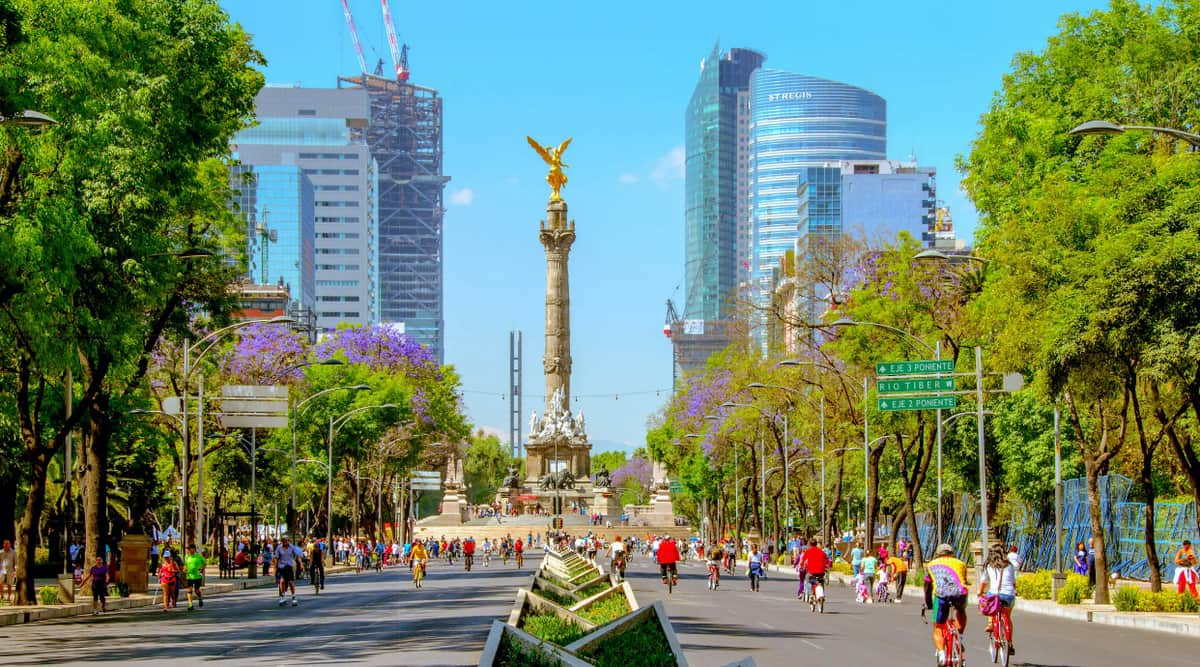
Historic Significance. The monument houses a mausoleum containing remains of independence heroes including Miguel Hidalgo, José María Morelos, and other key figures in Mexico’s fight for freedom. Walking around the base, I studied the marble sculptures depicting scenes from the independence movement. The angel herself, officially called “Victoria Alada” (Winged Victory), has become an icon appearing on currency and representing Mexican resilience through earthquakes and political changes.
Cultural Hub. The area around the Angel transforms during major events, from New Year’s celebrations to World Cup victories when thousands of Mexico City residents gather to celebrate. I discovered that Sunday mornings offer the best photography opportunities when Paseo de la Reforma closes to traffic for cyclists and pedestrians. The monument’s location makes it a perfect starting point for exploring the Zona Rosa neighborhood or continuing along Reforma toward the historic center.
⭐ Best Activities
- All-Included Teotihuacan Tour: Breakfast in a Cave + Early Access – Beat the crowds with early access to Teotihuacan pyramids and enjoy a unique breakfast experience in a natural cave restaurant.
10. House of Tiles
Architectural Marvel. Casa de los Azulejos captivated me with its stunning blue and white Talavera tile facade that makes it one of Mexico City’s most photographed colonial buildings. Built in the 18th century, this baroque palace now houses a Sanborns restaurant where you can dine surrounded by José Clemente Orozco murals. The intricate geometric patterns of the hand-painted tiles from Puebla create a mesmerizing display that changes throughout the day as sunlight hits the facade at different angles.
Interior Treasures:
- Orozco Murals – “Omniscience” fresco on the main staircase
- Moorish Courtyard – Central patio with fountain and arches
- Stained Glass Dome – Tiffany-style ceiling in main dining room
- Historic Pharmacy – Original 19th-century apothecary display
- Gift Shop – Mexican crafts and souvenirs in historic setting
| Experience | Price (MXN) | Price (USD/EUR) | Hours | Location |
|---|---|---|---|---|
| Building visit (free to enter) | Free | Free | 7:00-22:00 daily | Madero 4, Centro Histórico |
| Restaurant meal | 200-500 | $10-25/€9-22.50 | 7:00-22:00 | Ground floor |
| Coffee and pastry | 80-150 | $4-7.50/€3.60-6.75 | All day | Café section |
| Guided architecture tour | 100-200 | $5-10/€4.50-9 | By appointment | Main entrance |
Cultural Experience. Beyond its architectural beauty, the House of Tiles represents Mexico’s colonial heritage and artistic traditions. I spent an hour examining the Orozco mural “Omniscience” on the main staircase, which depicts the relationship between Spanish and indigenous cultures. The building’s transformation from aristocratic palace to commercial space reflects Mexico City’s evolution while preserving its historic character. Even if you don’t dine here, walking through the courtyards and admiring the tilework provides a free cultural experience in the heart of the historic center.
⭐ Best Activities
- Culinary Secrets of the Centro Histórico with Culinary Backstreets – Discover hidden food gems in the historic center on this guided culinary tour through local markets and traditional eateries.
11. Plaza de las Tres Culturas
Cultural Convergence. Plaza de las Tres Culturas offers a unique glimpse into Mexico’s layered history where pre-Hispanic, colonial, and modern architecture coexist in one remarkable space. Standing in this plaza, I could see Aztec temple ruins, the colonial Church of Santiago Tlatelolco, and contemporary apartment buildings representing the “three cultures” that shaped Mexican identity. This archaeological site was once Tlatelolco, a major Aztec trading center that rivaled Tenochtitlan in importance.
| Attraction | Price (MXN) | Price (USD/EUR) | Hours | Location |
|---|---|---|---|---|
| Plaza and ruins (exterior) | Free | Free | 24/7 (best 8:00-18:00) | Ricardo Flores Magón, Tlatelolco |
| Archaeological site museum | 60 | $3/€2.70 | Tue-Sun: 9:00-18:00 | Plaza entrance |
| Church of Santiago | Free | Free | 7:00-20:00 | North side of plaza |
| Guided historical tour | 200-400 | $10-20/€9-18 | Various times | Meeting at main entrance |
Historical Layers. The Aztec ruins reveal the foundations of what was once Mesoamerica’s largest marketplace, where goods from across the empire were traded. The Spanish built the Church of Santiago Tlatelolco directly over Aztec temples, using stones from the destroyed indigenous structures. I found the contrast particularly striking – ancient carved stones incorporated into colonial walls, with modern Mexico City rising in the background. This visual timeline captures the complexity of Mexican history in a single view.
Modern Significance. The plaza gained additional historical importance as the site of the 1968 Tlatelolco Massacre, commemorated by a memorial plaque. Today, it serves as a peaceful space where families gather and students from nearby schools learn about their heritage. The area around the plaza showcases typical Mexico City neighborhood life, with local markets, taquerías, and residential buildings that provide authentic glimpses into how residents live in this ancient part of the city.
⭐ Best Activities
- Cultural Tour in Teotihuacan and Basilica of Guadalupe – Combine Mexico’s ancient and colonial heritage with visits to the impressive Teotihuacan pyramids and the sacred Basilica of Guadalupe.
12. Museo Tamayo Arte Contemporáneo
Contemporary Vision. Museo Tamayo Arte Contemporáneo surprised me with its bold approach to modern and contemporary art in a city often focused on ancient history. Located in the first section of Chapultepec Park, this museum showcases rotating exhibitions of international contemporary artists alongside works from Rufino Tamayo’s personal collection. The building itself, designed by Mexican architects, creates an intimate space where natural light enhances the viewing experience of cutting-edge artistic expressions.
Museum Highlights:
- Rufino Tamayo Collection – Works by the museum’s namesake Oaxacan artist
- International Contemporary Art – Rotating exhibitions from global artists
- Mexican Contemporary Artists – Emerging and established national talent
- Sculpture Garden – Outdoor installations in park setting
- Educational Workshops – Art classes and cultural programs
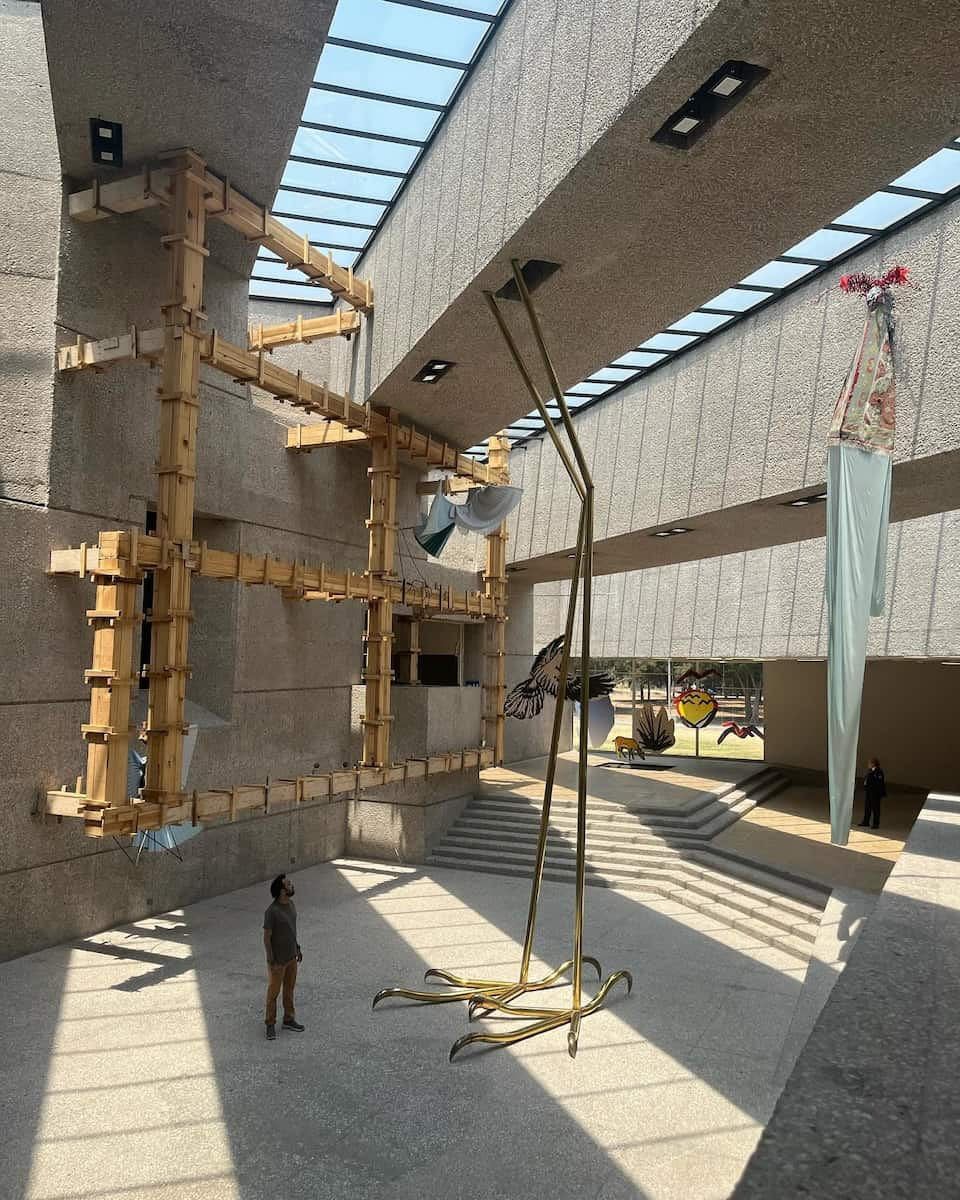
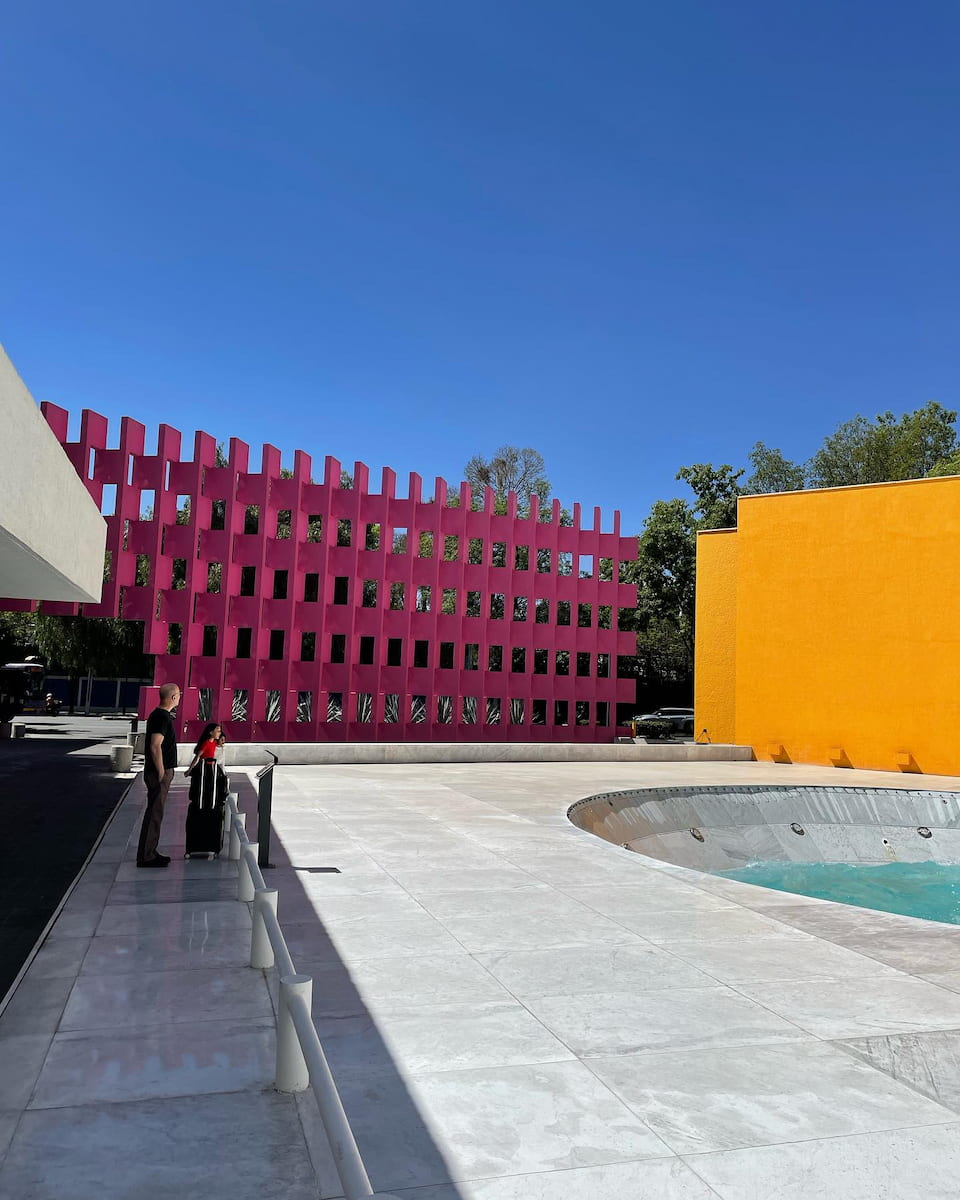
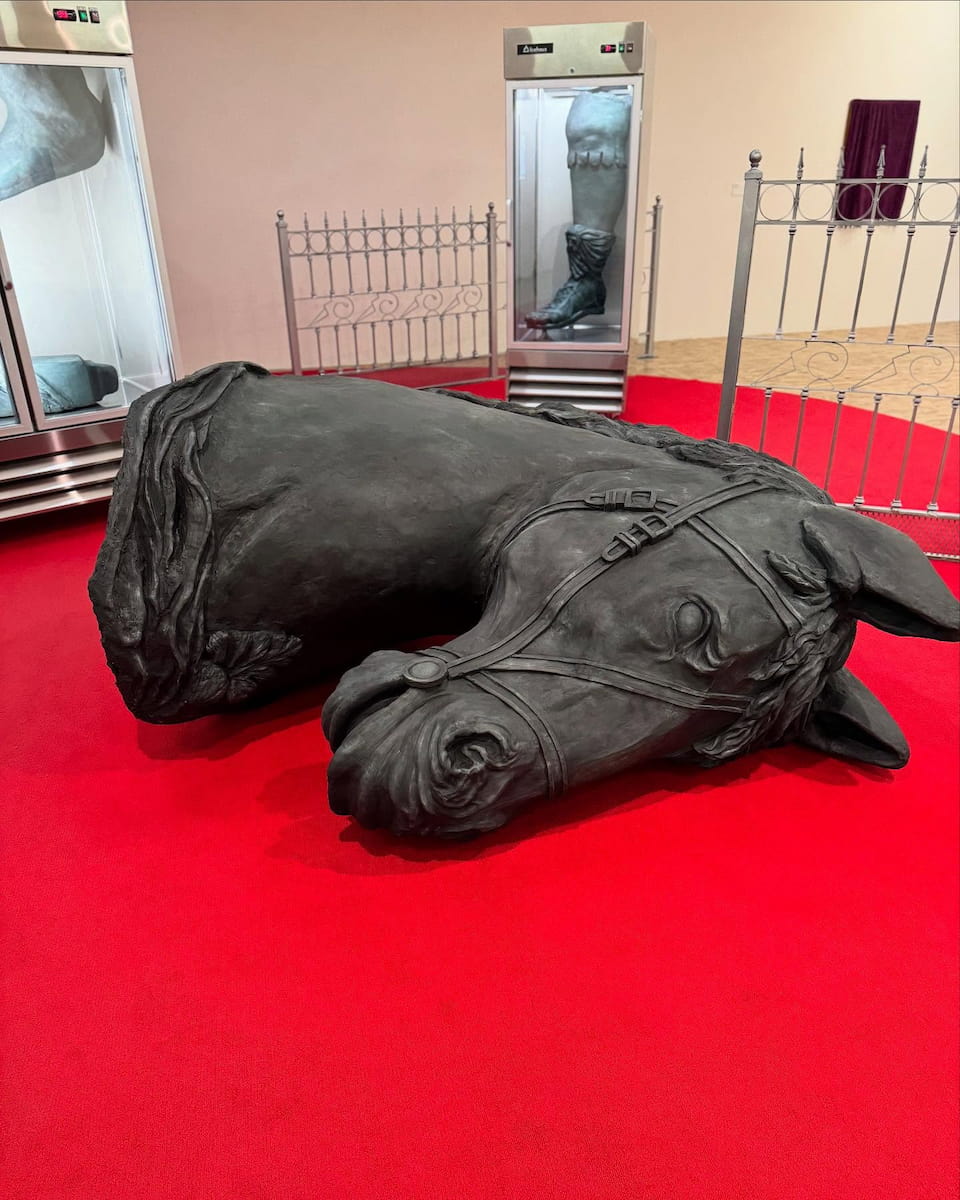
| Service | Price (MXN) | Price (USD/EUR) | Hours | Location |
|---|---|---|---|---|
| General admission | 80 | $4/€3.60 | Tue-Sun: 10:00-18:00 | Paseo de la Reforma 51, Chapultepec |
| Students/seniors | 40 | $2/€1.80 | Same hours | With valid ID |
| Sunday (Mexican residents) | Free | Free | 10:00-18:00 | – |
| Guided tours | Included | Included | Sat-Sun: 12:00, 16:00 | Museum entrance |
Artistic Experience. What sets this museum apart is its commitment to presenting contemporary art in dialogue with Mexican cultural traditions. I discovered works that challenge conventional perspectives while honoring indigenous artistic heritage. The museum’s temporary exhibitions often feature artists who explore themes relevant to modern Mexico – urbanization, globalization, and cultural identity. The sculpture garden provides a peaceful transition between the museum’s interior spaces and the surrounding park environment.
Things to Do in Mexico City with Kids
1. Papalote Museo del Niño (Children’s Museum)
Interactive Learning. Walking into Papalote Museo del Niño with my niece and nephew was like entering a playground for the mind in the heart of Mexico City’s Chapultepec Park. This interactive children’s museum immediately captured their attention with over 300 exhibits spread across themed zones. My nephew couldn’t stop talking about the bubble-making station where he created soap bubbles larger than himself, while my niece spent nearly an hour in the science area conducting simple experiments.
| Item | Price (MXN) | Price (USD/EUR) | Hours | Location |
|---|---|---|---|---|
| General Admission | 190 | ~$9.50/€8.60 | Tue-Sun: 10:00-18:00 (Closed Mondays) | Av. Constituyentes 268, Daniel Garza, Miguel Hidalgo |
| Children under 2 | Free | Free | Same as above | Second Section of Chapultepec Park |
| IMAX Theater | +100 | +$5/€4.50 | Various showtimes | Inside museum |
| Annual Membership | 950 | ~$47.50/€43 | Unlimited visits for 1 year | – |
Hands-On Exploration. The museum brilliantly balances fun with education about Mexico’s history and culture. In the “Mexico City Through Time” exhibit, kids learn about the ancient city of Tenochtitlan through interactive displays. My favorite area was the media section where children create their own TV shows and radio programs. The museum staff, all energetic and patient, guided activities in Spanish and basic English, making it accessible even for non-Spanish speaking families visiting Mexico City.
Family-Friendly Amenities. After two hours of exploration, we refueled at the museum’s café which offers healthy kid-friendly options alongside Mexican classics. The museum shop sells unique educational toys you won’t find elsewhere in the city. My advice is to visit on weekday mornings to avoid crowds, especially during school holidays.
⭐ Best Activities
- Mexico City Tour with Anthropology Museum – Comprehensive city tour including the world-renowned National Museum of Anthropology with expert local guide.
2. Chapultepec Zoo
Wildlife Wonder. Located in the first section of Chapultepec Park, this historic zoo surprised me with its impressive collection of animals and beautiful setting. As one of Mexico City’s oldest attractions (dating back to 1923), the zoo maintains a special place in local culture. I watched Mexican families pointing excitedly at the rare pandas – a gift from China and one of the zoo’s star attractions – while children pressed their faces against the glass of the reptile house.
| Item | Price (MXN) | Price (USD/EUR) | Hours | Location |
|---|---|---|---|---|
| Admission | Free | Free | Tue-Sun: 9:00-16:30 (Closed Mondays) | Primera Sección del Bosque de Chapultepec s/n |
| Stroller rental | 50 | ~$2.50/€2.25 | Available at entrance | First Section of Chapultepec Park |
| Animal food (for permitted areas) | 20 | ~$1/€0.90 | Available at kiosks | Near Metro Chapultepec |
| Guided tour | 100 | ~$5/€4.50 | 11:00 and 14:00 | Main entrance |
Conservation Focus. Beyond typical zoo animals, I was impressed by the Mexican wildlife section featuring species native to different regions of Mexico. The teporingo (volcano rabbit) and axolotl exhibits highlight endangered species found nowhere else on earth. The zoo participates in important conservation programs, a fact explained through informative bilingual signs throughout the grounds. Despite being free, the facilities are well-maintained and the animals appeared healthy and active during my visit.
Family Experience. After exploring the zoo, we relaxed by the small lake where paddle boats shaped like swans can be rented for 100 pesos per half hour. The zoo gets extremely crowded on weekends and during school holidays, so arriving before 11:00 am makes for a much more pleasant experience.
⭐ Best Activities
- Mexico City Private Chapultepec Park Bike Tour – Explore Mexico City’s largest park on two wheels with a private guide, visiting Chapultepec Castle and surrounding attractions.
3. Parque México and Parque España (Playgrounds)
Green Escapes. When my friend’s energetic children needed to burn off energy in Mexico City’s Condesa neighborhood, Parque México proved to be our salvation. This Art Deco-style park feels like stepping into 1920s Mexico with its ornate lampposts, decorative fountains, and winding paths beneath towering jacaranda trees. The playground areas are well-designed with equipment suitable for various ages, while the open grassy areas invited impromptu football games with local kids.
| Item | Price (MXN) | Price (USD/EUR) | Hours | Location |
|---|---|---|---|---|
| Park entrance | Free | Free | 24/7 (Best: 7:00-20:00) | Av. México s/n, Col. Hipódromo, Condesa |
| Dog park access | Free | Free | 7:00-20:00 | Northeast section of park |
| Weekend yoga classes | Donation-based | Varies | Sat-Sun: 9:00-11:00 | Central lawn area |
| Nearby Café Toscano | 60-150 per item | $3-7.50/€2.70-6.75 | 8:00-22:00 | Av. México 359 |
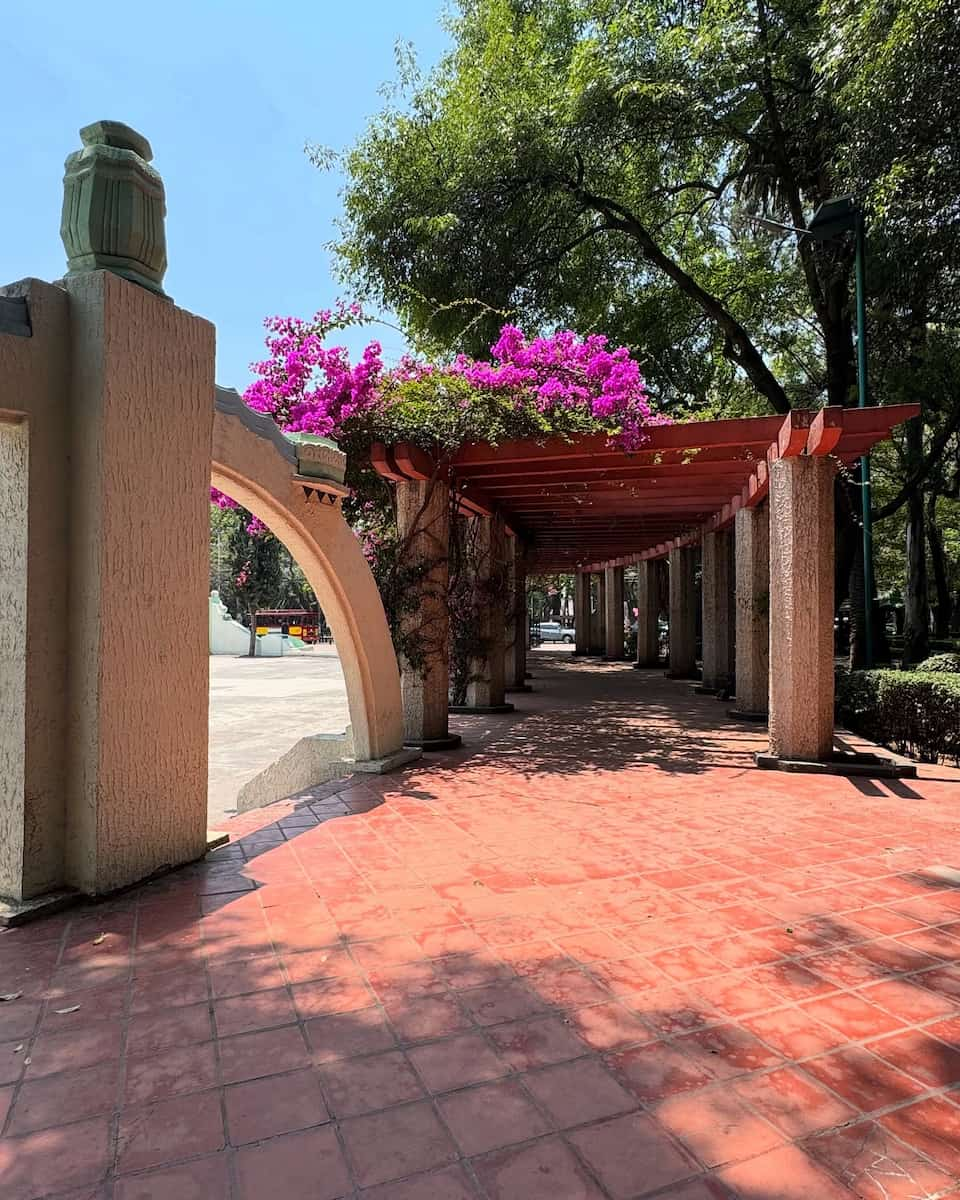
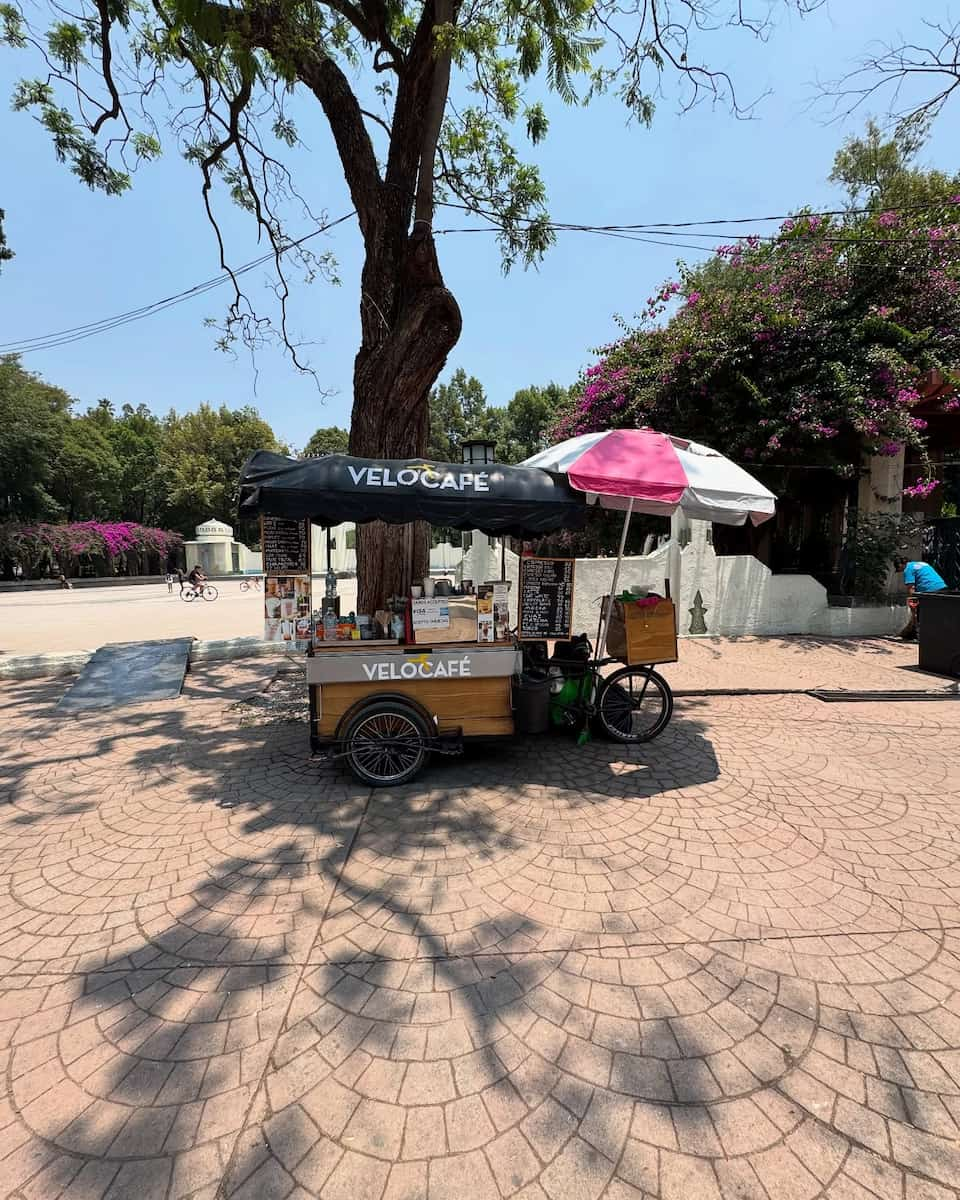
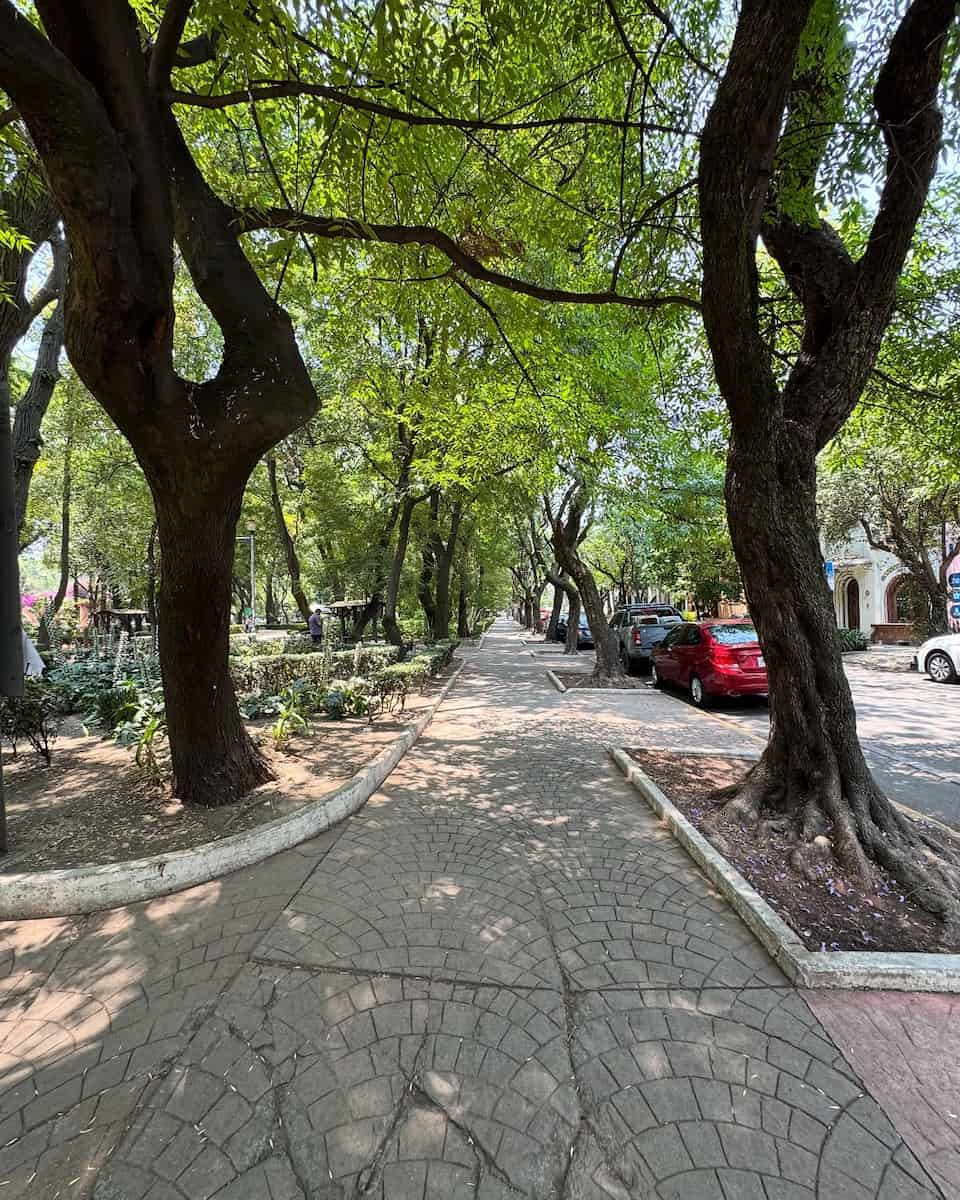
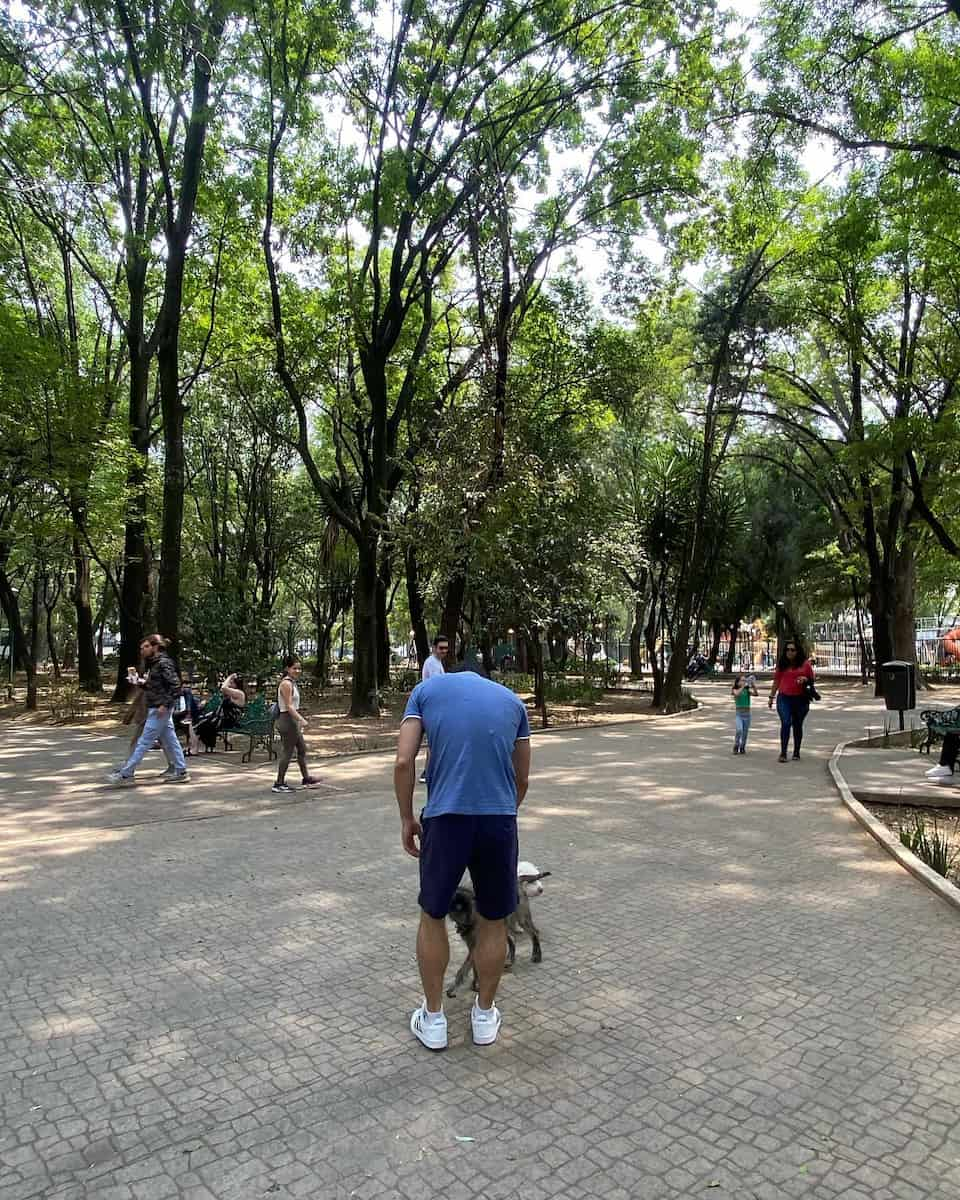
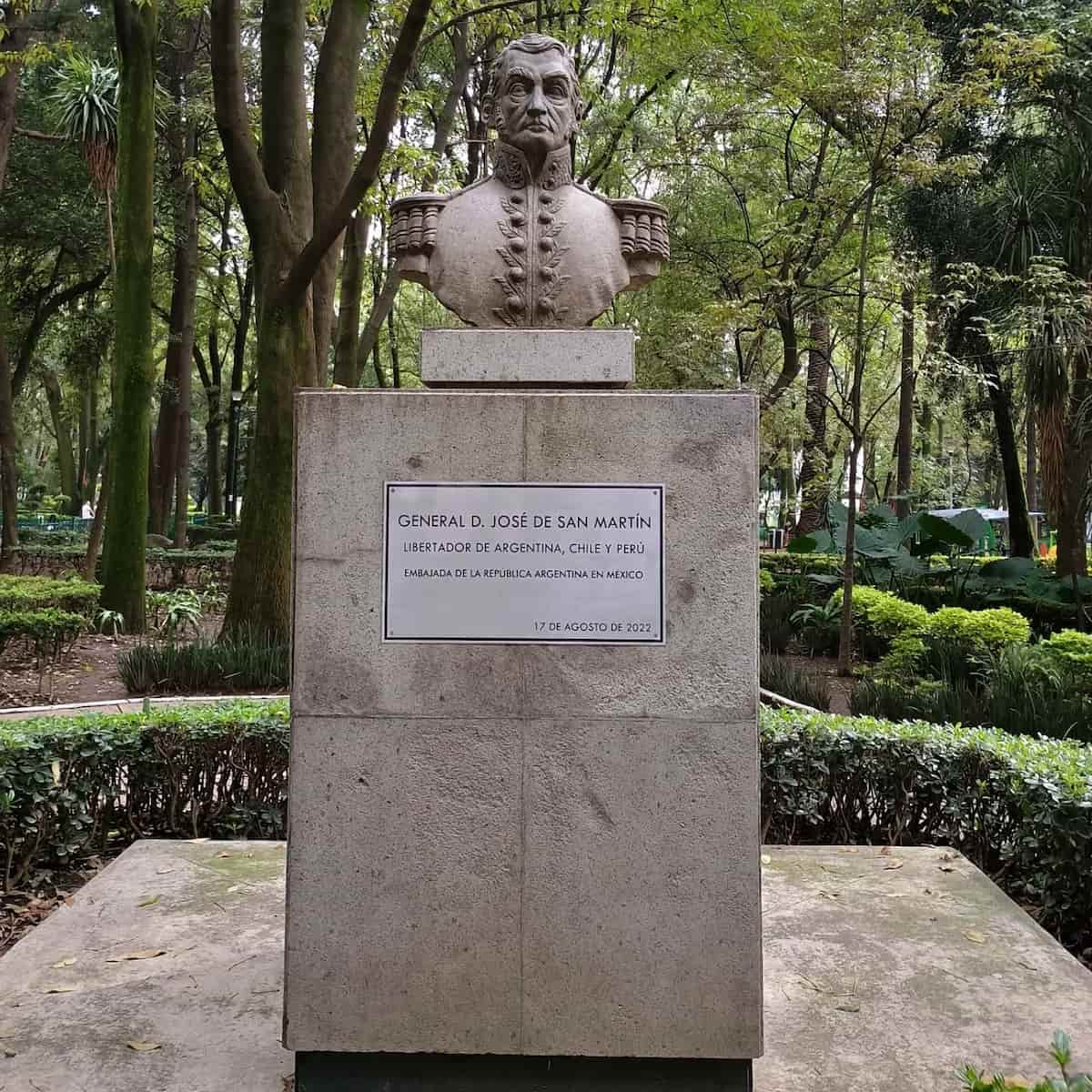
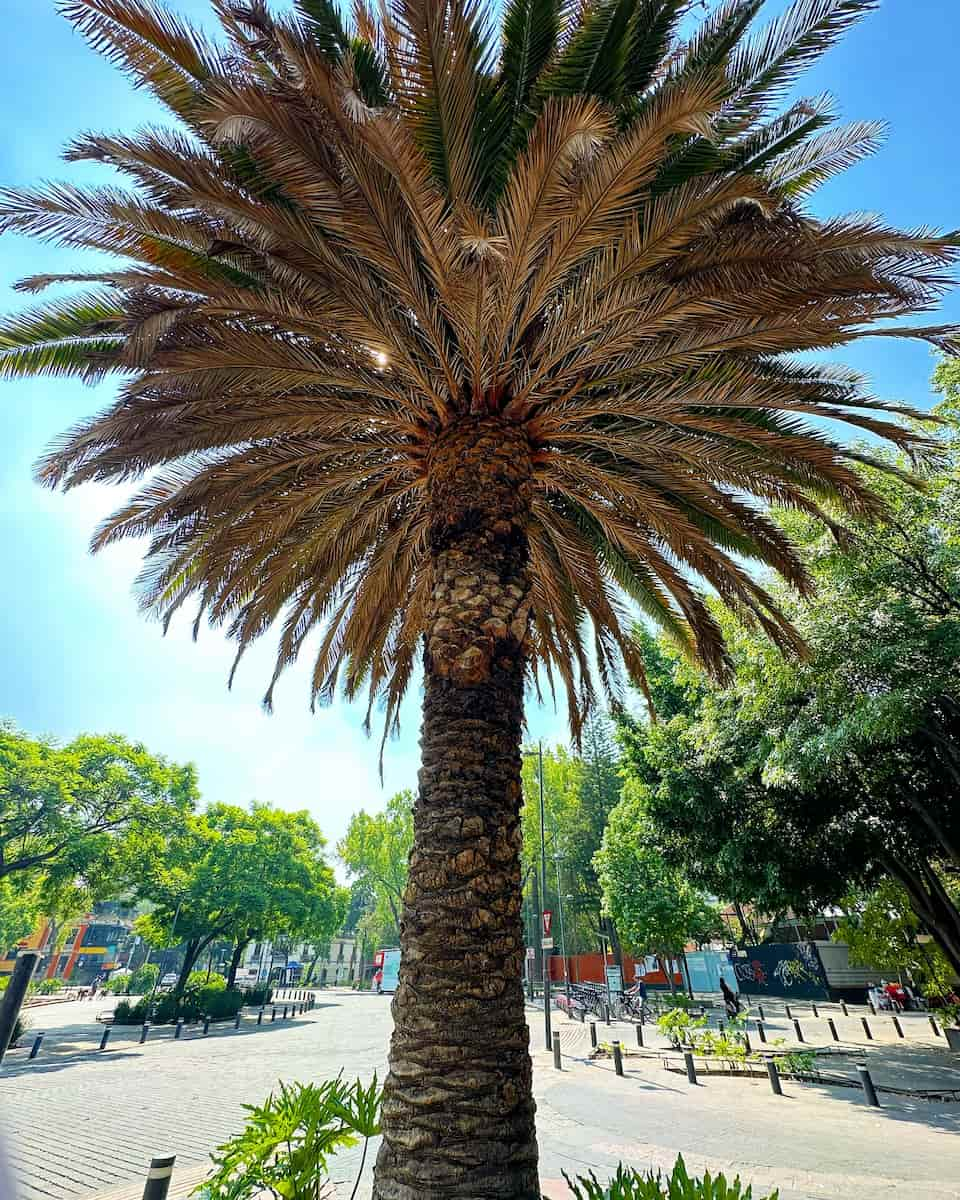
Local Life. Just a 10-minute walk away, Parque España offers another beautiful green space in one of Mexico City’s most beautiful areas. I watched as my young companions made friends with Mexican children at the playground despite language barriers. On weekends, both parks transform into community hubs with families picnicking, street performers entertaining crowds, and local vendors selling traditional Mexican snacks like elotes (corn on the cob with cheese and chili) and chicharrones (fried pork rinds).
Neighborhood Exploration. After playtime, we strolled through the surrounding streets of Condesa. The area around these parks is safe and pedestrian-friendly, with plenty of ice cream shops and casual restaurants perfect for refueling hungry kids. My favorite discovery was a small churro stand near Parque México’s southern entrance where we enjoyed freshly fried churros filled with cajeta (caramel) for just 30 pesos each. These parks provide a perfect balance to the city’s museums and historic sites when traveling with children.
4. Chocolate Museum
Sweet History. The MUCHO Museo del Chocolate transported us through Mexico’s rich chocolate heritage in a deliciously educational way. Located in a beautiful colonial building in Mexico City’s historic center, this small museum celebrates chocolate’s ancient Mesoamerican origins. My young companions were fascinated learning that chocolate was first consumed as a bitter drink by the Aztecs and Mayans long before Europeans added sugar to create the sweet treat we know today.
| Item | Price (MXN) | Price (USD/EUR) | Hours | Location |
|---|---|---|---|---|
| General Admission | 100 | ~$5/€4.50 | Mon-Sat: 11:00-19:00, Sun: 11:00-18:00 | Calle Milán 45, Juárez |
| Children (under 12) | 80 | ~$4/€3.60 | Same as above | Near Reforma Avenue |
| Chocolate Workshop | 250 | ~$12.50/€11.25 | Sat-Sun: 12:00, 14:00, 16:00 | Second floor |
| Hot chocolate tasting | 70 | ~$3.50/€3.15 | Available all day | Museum café |
Hands-On Fun. The highlight for kids was undoubtedly the chocolate-making workshop where they donned aprons and chef hats to create their own chocolate treats. Under the guidance of a chocolatier, they ground cacao beans using traditional stone tools, mixed ingredients, and molded their creations to take home. The sensory experience of smelling, touching, and tasting chocolate at different stages of production kept them engaged throughout our two-hour visit to this unique Mexico City attraction.
Tasty Souvenirs. After exploring the exhibits, we relaxed in the museum’s café where we sampled different varieties of Mexican hot chocolate – from the spicy Oaxacan style to the frothy Chiapas version. The gift shop offers high-quality Mexican chocolates that make perfect souvenirs from your time in Mexico. My advice is to book the chocolate workshop in advance through their website, especially on weekends when this popular activity often sells out. Located just outside the city center, the museum is easily reached via Metrobús Hamburgo station, making it a convenient stop when exploring central Mexico City with kids.
⭐ Best Activities
- Mexico City MUCHO Museum of Chocolate Entrance Ticket – Learn about chocolate’s ancient Mexican origins and enjoy tastings at this interactive museum dedicated to Mexico’s gift to the world.
Free Things to Do in Mexico City
1. Walk around Centro Histórico
Colonial Grandeur. Walking through Mexico City’s historic center feels like stepping into a living museum where centuries collide on every corner. The UNESCO World Heritage site stretches across 668 blocks, making it one of the largest historic centers in the Americas. I spent hours wandering the pedestrian-friendly streets around the Zócalo, discovering hidden courtyards, ornate churches, and colonial mansions that tell the story of this ancient Aztec city transformed by Spanish conquest.
| Activity | Price (MXN) | Price (USD/EUR) | Hours | Location |
|---|---|---|---|---|
| Self-guided walking | Free | Free | 24/7 (safest 8:00-20:00) | Centro Histórico |
| Free walking tours | Tip-based | $5-10/€4.50-9 suggested | Daily 10:00, 14:00 | Meeting point: Zócalo |
| Casa de los Azulejos café | 150-300 | $7.50-15/€6.75-13.50 | 7:00-22:00 | Madero 4, Centro |
| Palacio de Correos visit | Free | Free | Mon-Fri: 8:00-19:00, Sat: 10:00-16:00 | Tacuba 1, Centro |
Architectural Treasures. The contrast between Aztec ruins and Spanish colonial buildings creates a visual feast at every turn in Mexico City’s main historic district. I was amazed by the Casa de los Azulejos with its blue and white tile facade, now housing a Sanborns restaurant where you can sip coffee surrounded by murals. The Palacio de Correos, Mexico’s stunning postal palace, showcases golden Venetian architecture that rivals European counterparts.
Street Life. The energy of Centro Histórico comes alive through its bustling street vendors, mariachi musicians, and local families enjoying weekend strolls. I discovered that Calle Madero, the main pedestrian thoroughfare, transforms into an outdoor gallery where street artists display their work alongside centuries-old architecture. My favorite moments were spent people-watching from the steps of the Metropolitan Cathedral, observing how modern Mexico City life flows around these ancient foundations.
Hidden Gems. Beyond the obvious landmarks, I found intimate plazas like Plaza Santo Domingo where scribes still type letters for locals on vintage typewriters. The narrow streets behind the cathedral hide traditional cantinas and family-run taquerías that have served the same recipes for generations. Walking these cobblestone alleys at different times of day revealed how the historic center of Mexico City changes personality from business district to cultural playground to romantic evening destination.
2. Alameda Central Park
Historic Oasis. Alameda Central, established in 1592, holds the distinction of being the oldest public park in the Americas. Walking through this green sanctuary in downtown Mexico City, I discovered a peaceful escape from the bustling historic center. The park’s name comes from the Spanish word “álamo” (poplar), though today you’ll find a mix of ash, chestnut, and willow trees creating shaded pathways. This former Aztec marketplace transformed into a colonial promenade now serves as Mexico City’s main gathering place for families and street performers.
| Feature | Price (MXN) | Price (USD/EUR) | Hours | Location |
|---|---|---|---|---|
| Park entrance | Free | Free | 24/7 (best 6:00-22:00) | Between Juárez and Hidalgo Avenues |
| Dancing fountains show | Free | Free | Every 30 minutes, 10:00-20:00 | Central area |
| Nearby café at Palacio de Bellas Artes | 80-200 | $4-10/€3.60-9 | 8:00-22:00 | Adjacent to park |
| Street vendor snacks | 20-50 | $1-2.50/€0.90-2.25 | 8:00-20:00 | Throughout park |
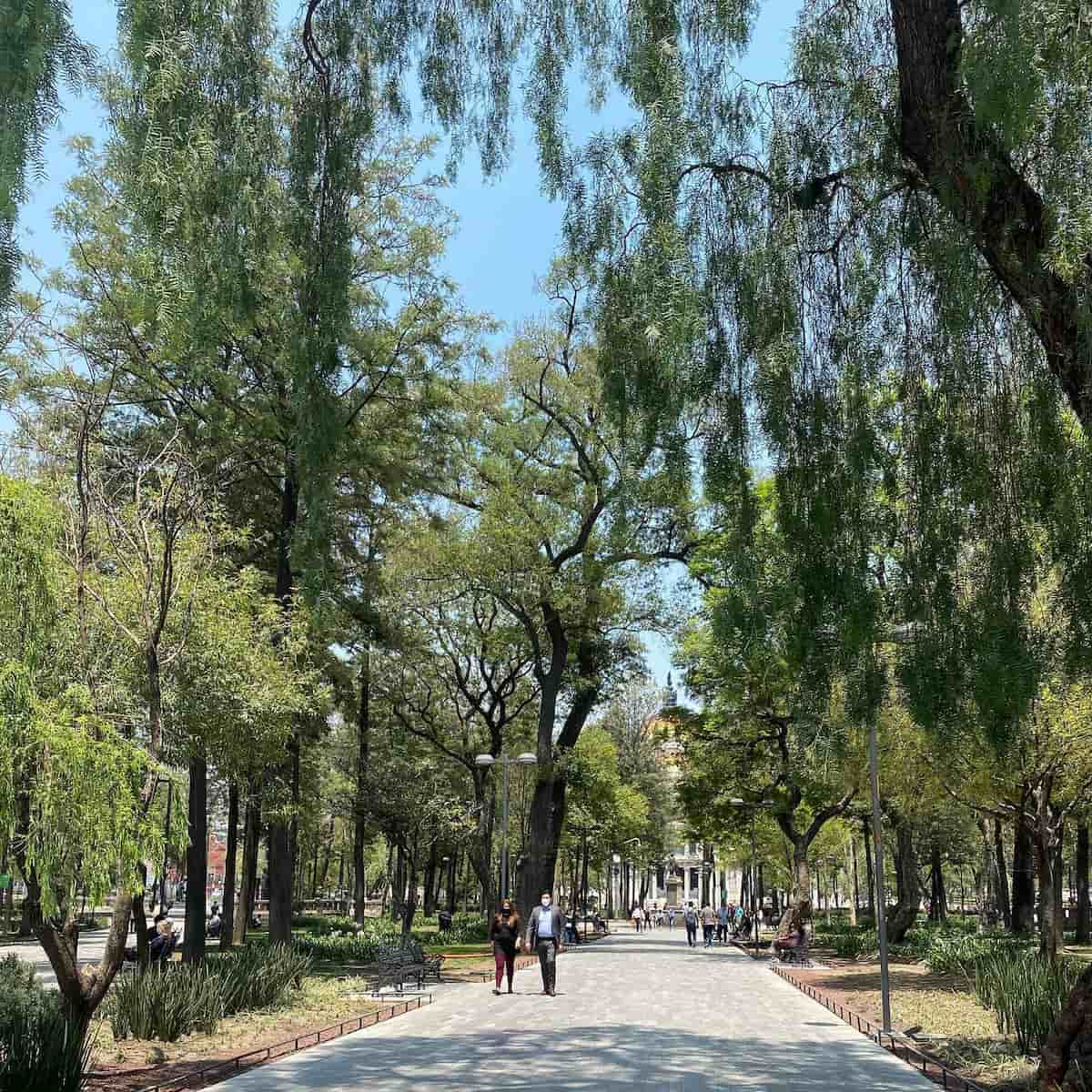
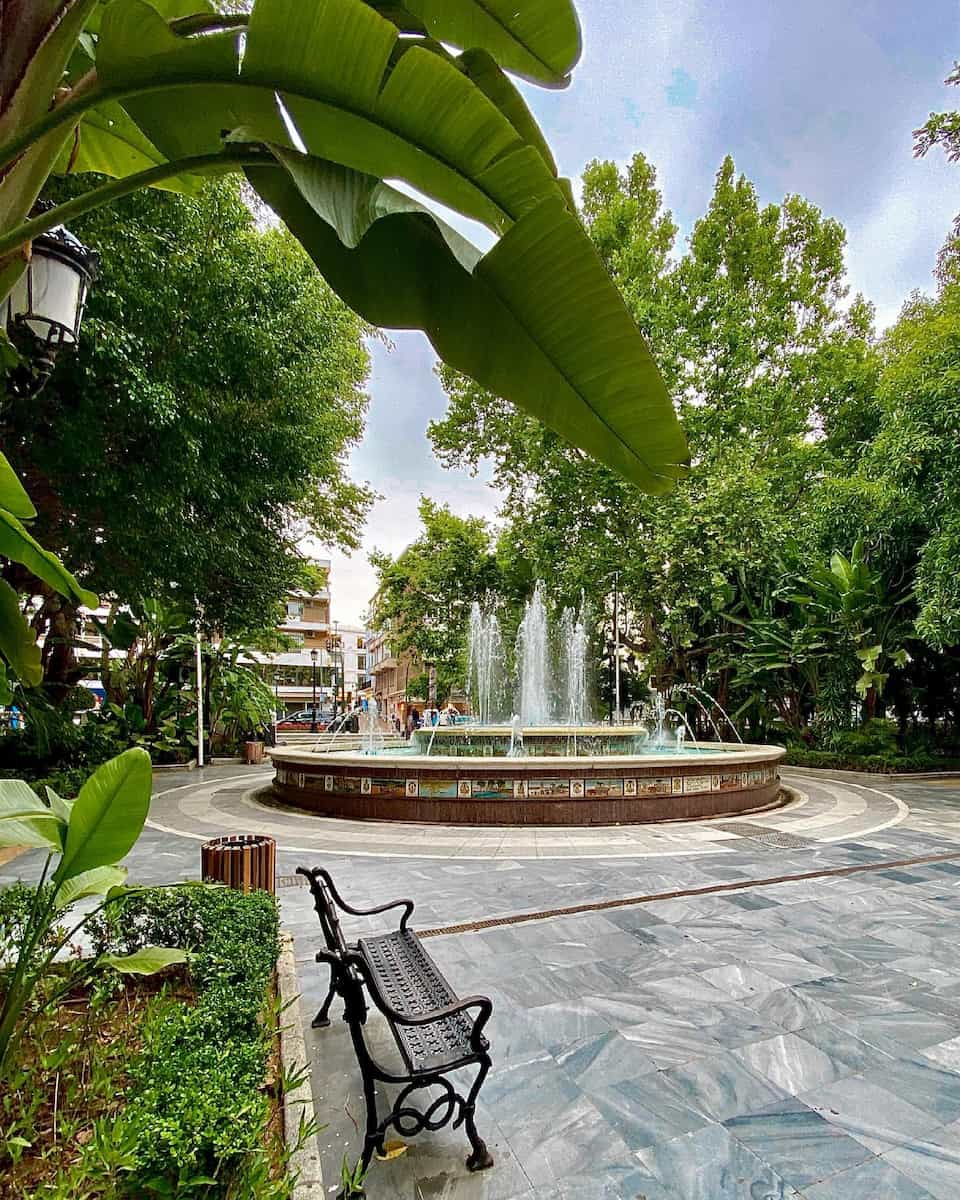
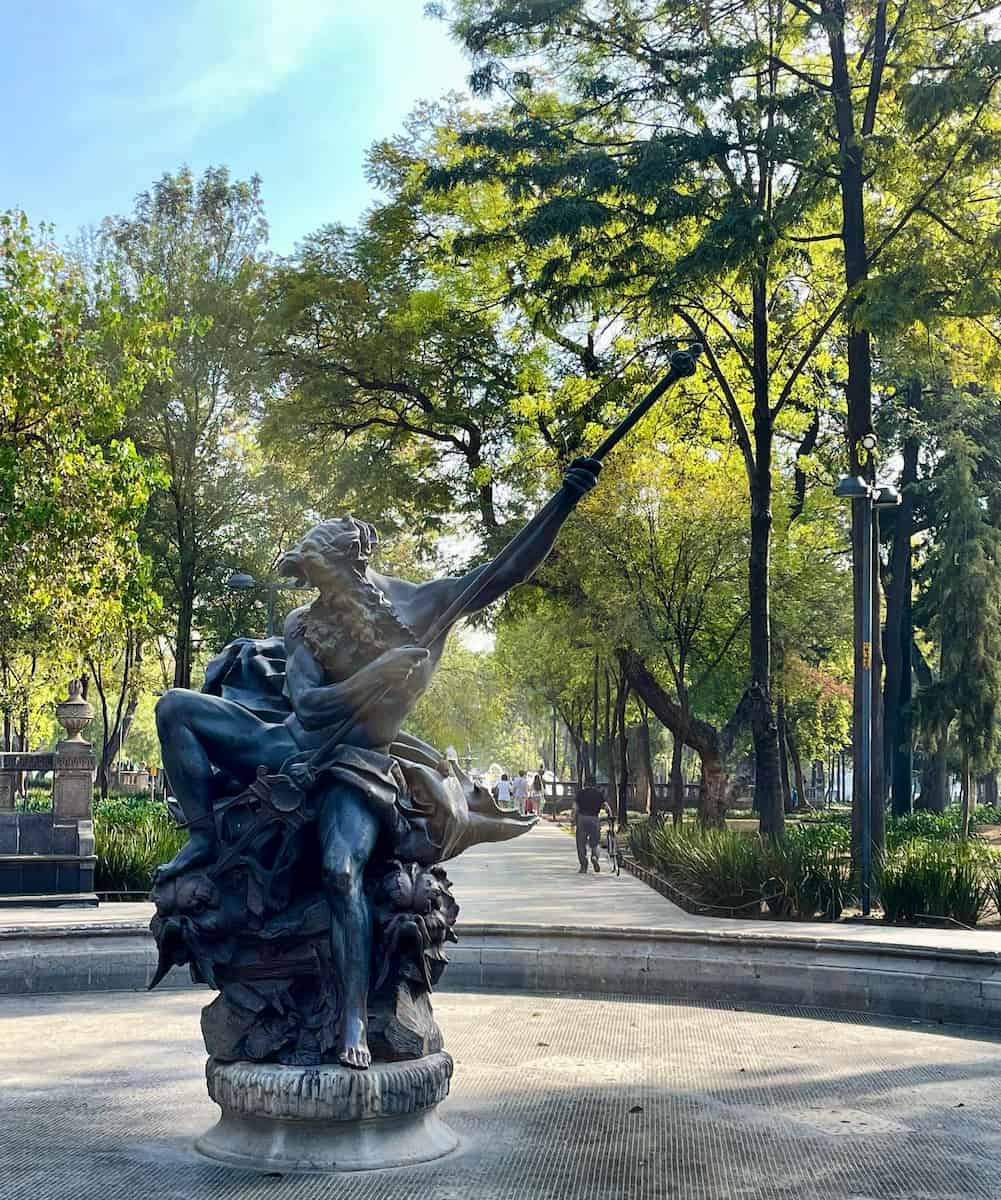
Artistic Sculptures. The park showcases impressive monuments including the Beethoven Monument, Benito Juárez Hemicycle, and fountains dedicated to Mercury, Neptune, and Venus. I spent time admiring the recently restored sculptures and the dancing fountains installed in 2012, which create water shows synchronized with lighting. The central Fountain of the Americas serves as the park’s focal point, surrounded by geometric pathways that create a starburst pattern perfect for leisurely strolls.
Cultural Hub. During my visits, I witnessed everything from political rallies to weekend family picnics in this historic space that once hosted Mexican Independence celebrations in the 1820s. The park’s proximity to Palacio de Bellas Artes makes it an ideal rest stop between cultural attractions. Street vendors sell traditional Mexican snacks like elotes and churros, while musicians often perform near the fountains, creating a soundtrack that captures the essence of Mexico City’s vibrant street life.
3. Street art in Roma and Condesa
Urban Canvas. The neighborhoods of Roma and Condesa have transformed into Mexico City’s most dynamic outdoor art galleries. Walking through these trendy areas, I discovered colorful murals covering everything from apartment buildings to corner shops. The street art scene here reflects both local culture and international influences, with artists using walls to comment on social issues, celebrate Mexican heritage, and showcase contemporary artistic movements that make these areas essential stops for culture lovers.
Best Street Art Locations:
- Calle Álvaro Obregón (Roma Norte) – Large-scale murals and political art
- Avenida Insurgentes – Historic murals mixed with contemporary pieces
- Parque México surroundings – Whimsical art perfect for Instagram
- Calle Orizaba – Hidden gems in residential areas
- Plaza Río de Janeiro – Sculptural art combined with graffiti
| Activity | Price (MXN) | Price (USD/EUR) | Hours | Location |
|---|---|---|---|---|
| Self-guided art walk | Free | Free | Best light: 9:00-17:00 | Roma Norte and Condesa |
| Street art photography tour | 800-1,200 | $40-60/€36-54 | 10:00-13:00 | Meeting point: Parque México |
| Coffee break at local café | 60-120 | $3-6/€2.70-5.40 | 7:00-22:00 | Throughout both neighborhoods |
| Art supply shopping | 100-500 | $5-25/€4.50-22.50 | 10:00-20:00 | Calle Álvaro Obregón |
Neighborhood Culture. Beyond the murals, these areas pulse with creative energy through independent galleries, design studios, and artist collectives. I found that the best time to explore is during weekend afternoons when local artists sometimes work on new pieces. The contrast between colonial architecture and contemporary street art creates a visual dialogue about Mexico City’s evolution from ancient Aztec city to modern cultural capital.
4. Mariachi at Plaza Garibaldi
Musical Tradition. Plaza Garibaldi comes alive every evening as Mexico’s most famous mariachi musicians gather to perform traditional songs for locals and visitors. The energy is infectious – I watched as families celebrated birthdays, couples danced to romantic ballads, and tourists learned to appreciate this UNESCO-recognized musical heritage. The plaza serves as the unofficial headquarters of mariachi culture, where musicians in elaborate charro suits compete for attention with their passionate performances of classic Mexican songs.
| Service | Price (MXN) | Price (USD/EUR) | Hours | Location |
|---|---|---|---|---|
| Mariachi song request | 100-300 per song | $5-15/€4.50-13.50 | 19:00-02:00 (peak: 21:00-24:00) | Plaza Garibaldi |
| Tequila at Salón Tenampa | 80-150 per shot | $4-7.50/€3.60-6.75 | 12:00-03:00 | Plaza Garibaldi 12 |
| Traditional Mexican dinner | 200-400 | $10-20/€9-18 | 18:00-01:00 | Restaurants around plaza |
| Museo del Tequila y Mezcal | 150 | $7.50/€6.75 | 10:00-22:00 | Plaza Garibaldi 17 |
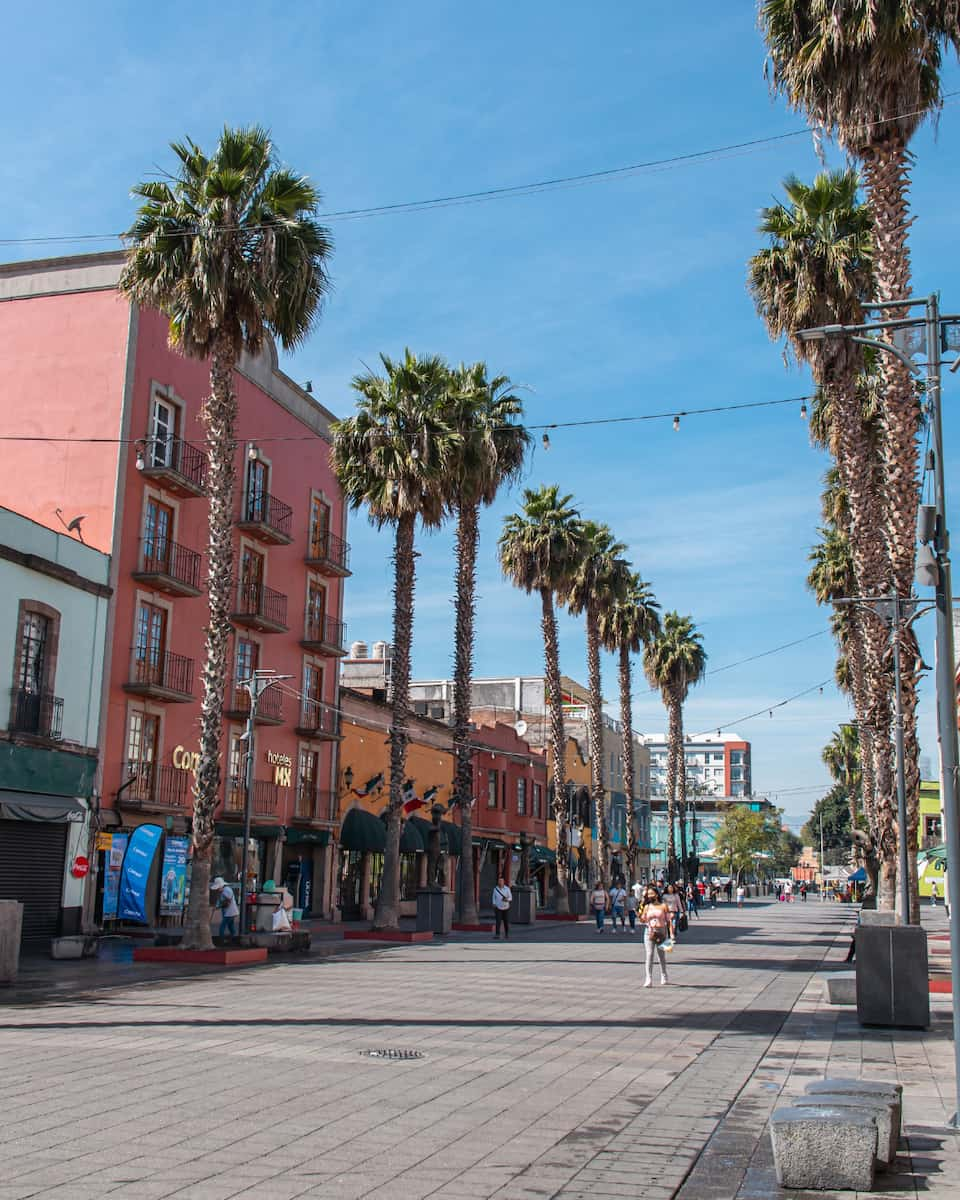
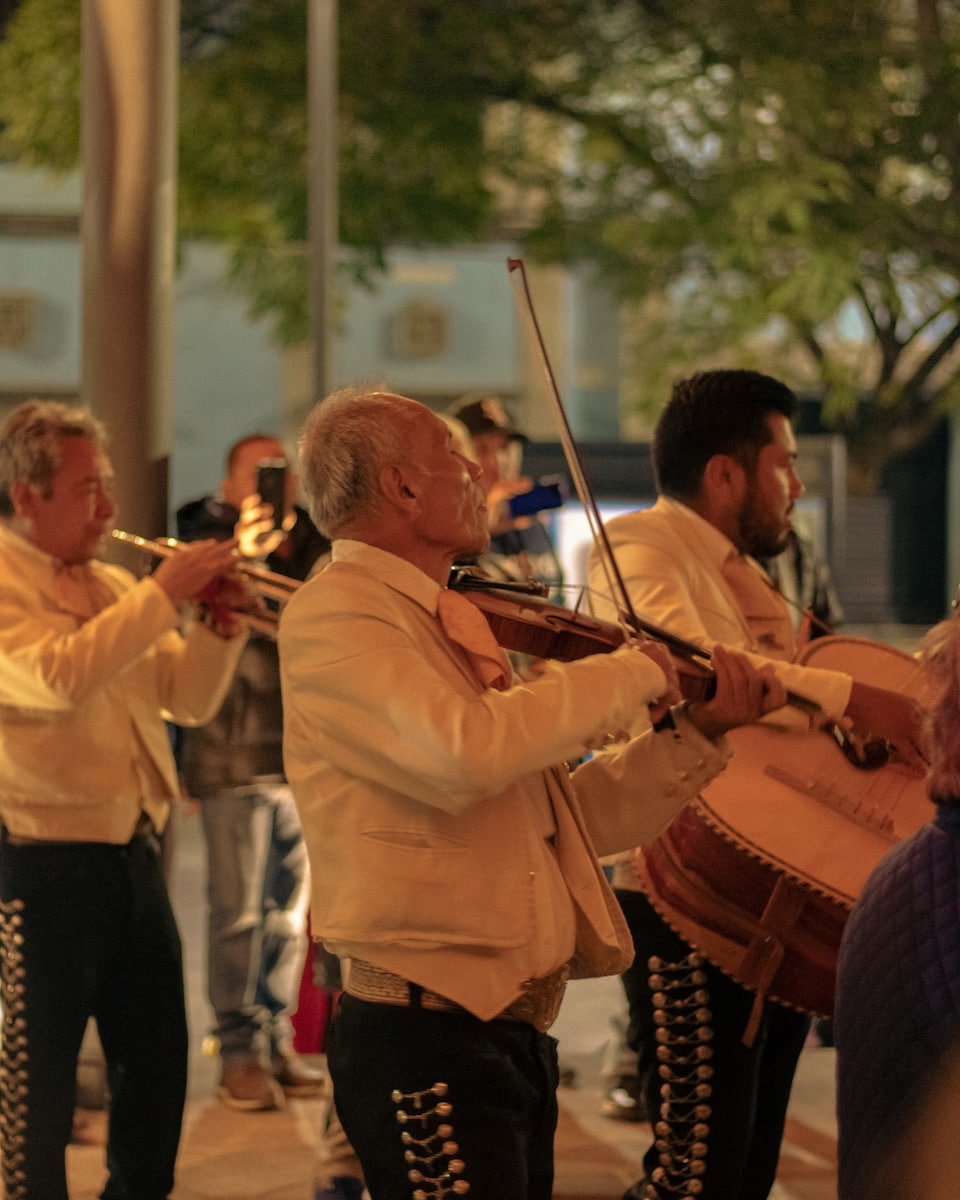
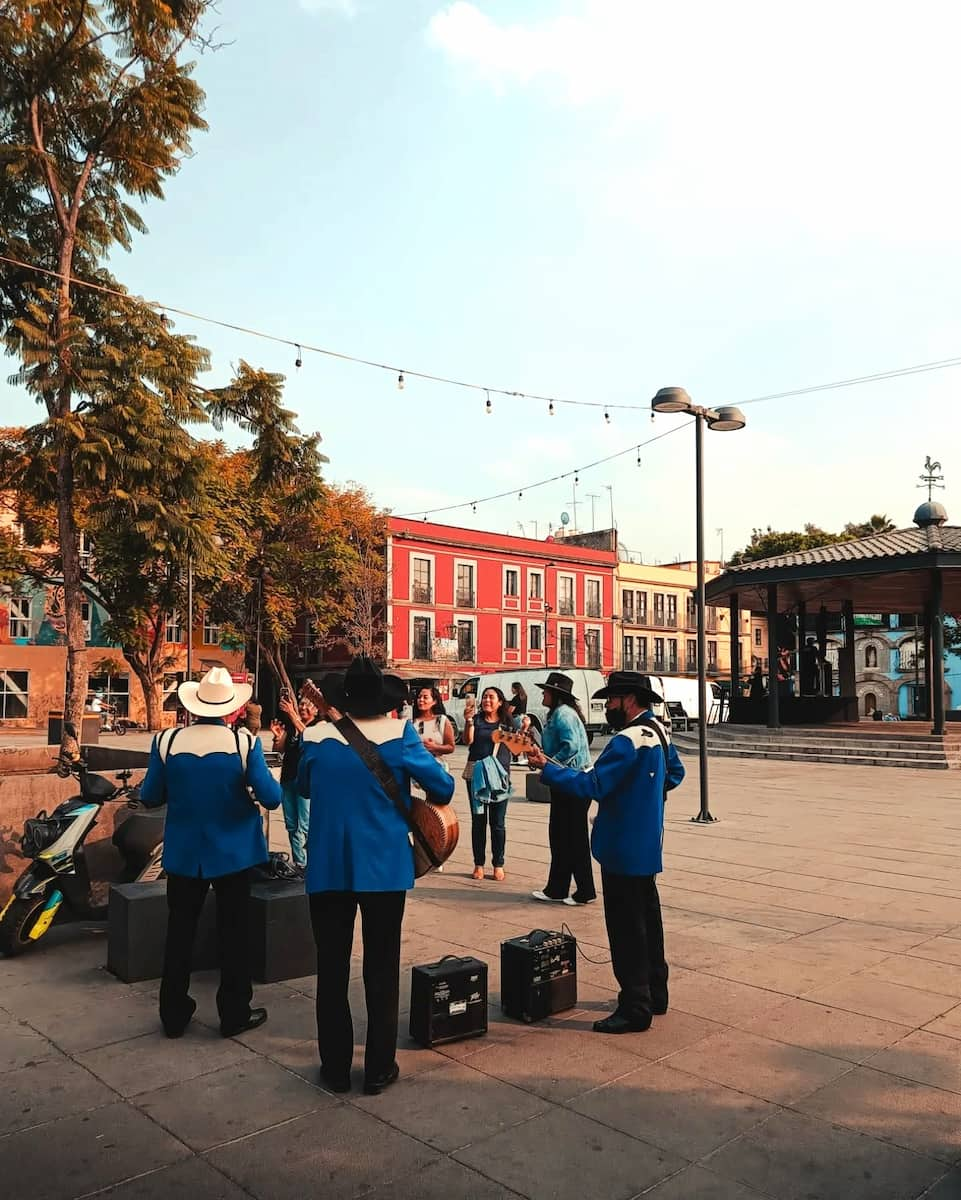
Authentic Experience. The surrounding cantinas and restaurants create the perfect atmosphere for experiencing this musical tradition. I recommend Salón Tenampa, a legendary cantina where famous mariachi groups have performed since 1925. The museum dedicated to tequila and mezcal offers tastings and education about Mexico’s national spirits. While the area can get crowded and touristy, the genuine passion of the musicians and the historic significance of the plaza make it an essential Mexico City experience.
Safety Tips. Plaza Garibaldi is generally safe during evening hours when it’s most active, but I suggest staying aware of your surroundings and keeping valuables secure. The area is easily accessible via Metro Garibaldi station. For the most authentic experience, visit on weekend evenings when local families come to celebrate special occasions with live mariachi serenades.
5. Churches and cathedrals (Metropolitan Cathedral)
Sacred Architecture. The Metropolitan Cathedral dominates the north side of the Zócalo as Latin America’s largest cathedral and one of Mexico City’s most impressive colonial buildings. Construction began in 1573 and continued for nearly 250 years, resulting in a fascinating blend of architectural styles from baroque to neoclassical. Walking through its massive doors, I was struck by the ornate altarpieces, religious artwork, and the sheer scale of this sacred space that has witnessed centuries of Mexican history.
Notable Churches to Visit:
- Metropolitan Cathedral – Main cathedral with stunning baroque interior
- Templo de San Francisco – Historic Franciscan church with beautiful cloister
- Iglesia de Santo Domingo – Features impressive baroque facade and interior
- Basílica de Guadalupe – Mexico’s most important pilgrimage site
- Templo de la Profesa – Hidden gem with remarkable colonial art
| Church | Price (MXN) | Price (USD/EUR) | Hours | Location |
|---|---|---|---|---|
| Metropolitan Cathedral | Free | Free | 8:00-20:00 daily | North side of Zócalo |
| Cathedral museum/crypt | 30 | $1.50/€1.35 | 9:00-17:00 | Cathedral entrance |
| Templo de Santo Domingo | Free | Free | 7:00-20:00 | Plaza Santo Domingo |
| Guided religious tour | 200-400 | $10-20/€9-18 | Various times | Meeting at Zócalo |
Cultural Significance. These churches represent more than religious architecture – they’re repositories of Mexican art, history, and cultural identity. The Metropolitan Cathedral houses works by renowned colonial artists and serves as the seat of the Catholic Church in Mexico. I discovered that many churches offer free concerts and cultural events, particularly during religious festivals and holidays. The blend of indigenous and European artistic elements in these sacred spaces tells the complex story of Mexico’s colonial period and cultural synthesis.
6. Free museum days (e.g., Museo de Arte Popular on Sundays)
Cultural Accessibility. Mexico City’s commitment to making culture accessible shines through its free museum admission policies. Every Sunday, Mexican citizens and residents enjoy free entry to most major museums, while many institutions offer free admission to everyone on specific days. I discovered that planning visits around these free days allows budget-conscious travelers to experience world-class collections without spending a peso, though expect larger crowds during these popular times.
| Museum | Free Day | Price (Regular) | Hours | Location |
|---|---|---|---|---|
| Museo de Arte Popular | Sunday (all visitors) | 60 MXN/$3/€2.70 | Tue-Sun: 10:00-18:00 | Revillagigedo 11, Centro |
| Museo Nacional de Arte | Sunday (Mexicans) | 75 MXN/$3.75/€3.40 | Tue-Sun: 10:00-18:00 | Tacuba 8, Centro |
| Palacio de Bellas Artes | Sunday (Mexicans) | 80 MXN/$4/€3.60 | Tue-Sun: 10:00-18:00 | Av. Juárez, Centro |
| Museo de la Ciudad | Wednesday (all visitors) | Free always | Tue-Sun: 10:00-18:00 | Pino Suárez 30, Centro |
Strategic Planning. The Museo de Arte Popular showcases Mexico’s incredible folk art traditions through textiles, ceramics, and handicrafts from across the country’s diverse regions. I found Sunday mornings less crowded than afternoons, making it easier to appreciate the intricate details of Oaxacan textiles and Talavera pottery. Many museums also offer free guided tours on their free days, providing valuable context about Mexican culture and artistic traditions that enhance the experience beyond just viewing exhibits.
Hidden Gems. Beyond the major institutions, smaller museums throughout the historic center of Mexico City often have permanent free admission or special free events. The Museo de la Ciudad de México and various cultural centers regularly host temporary exhibitions, workshops, and performances at no cost. I recommend checking museum websites or asking at tourist information centers for current free events and exhibitions that might coincide with your visit to Mexico City.
Seasonal Activities
Christmas in Mexico City
Festive Magic. The Zócalo transforms into a winter wonderland during December, becoming the beating heart of Christmas celebrations in Mexico City’s historic center. I was mesmerized by the enormous Christmas tree towering over the Plaza de la Constitución, surrounded by thousands of twinkling lights. The artificial snow and monumental cardboard sculptures create a magical atmosphere unlike anything I’ve experienced in this ancient Aztec city turned colonial masterpiece.
| Christmas Attraction | Price (MXN) | Price (USD/EUR) | Dates | Location |
|---|---|---|---|---|
| Zócalo Christmas Verbena | Free | Free | Dec 17-30 | Plaza de la Constitución, Centro Histórico |
| Ice Skating at Four Seasons | 1,200 (consumable) | ~$60/€54 | Dec-Jan 7 | Paseo de la Reforma 500 |
| Christmas Markets (Coyoacán) | Free entry | Free entry | Dec 1-25 | Plaza Hidalgo, Coyoacán |
| Alameda Central Market | Free entry | Free entry | Dec 1-25 | Alameda Central Park |
Shopping Delights. I spent an entire day exploring the Christmas markets scattered around the city. The markets in Coyoacán and San Ángel were my favorites – perfect places to find unique gifts while soaking in the festive atmosphere. The stalls overflow with handcrafted ornaments, nativity figurines, and traditional Mexican Christmas treats. I couldn’t resist trying buñuelos (fried dough pastries) and ponche Navideño, a warm fruit punch that filled the air with cinnamon and fruit aromas.
Unique Traditions. Las Posadas celebrations from December 16-24 offer a glimpse into Mexico’s rich cultural heritage. I joined a candlelit procession through the streets near the Museo Nacional de Antropología, singing traditional songs as we reenacted Mary and Joseph’s search for shelter. The evening ended with a piñata breaking and feast of tamales and atole. For a different experience, I attended a Pastorela (nativity play) at the Metropolitan Cathedral – these humorous performances blend religious themes with modern comedy in ways that had me laughing despite my limited Spanish.
Spring Blooms in Chapultepec Park
Purple Paradise. Walking through Chapultepec Park in spring is like entering a fairytale world where the sky has fallen to earth. The jacaranda trees burst into bloom, creating a canopy of purple flowers that transform Mexico City’s biggest park into a photographer’s dream. I spent hours wandering beneath these violet umbrellas, watching purple petals rain down with each gentle breeze. The contrast against the blue sky and the city’s urban landscape creates a visual feast that’s become my favorite memory of spring in Mexico.
| Spring Attraction | Price (MXN) | Price (USD/EUR) | Best Time | Location |
|---|---|---|---|---|
| Chapultepec Botanical Garden | Free | Free | 9:00-17:00, Tue-Sun | First Section, Chapultepec Park |
| Bosque de Tlalpan | Free | Free | 6:00-17:00 daily | South of the city center |
| Polanco Flower Festival (April) | Free | Free | Various times | Parque América, Polanco |
| Parque México | Free | Free | 24/7 | Colonia Condesa |
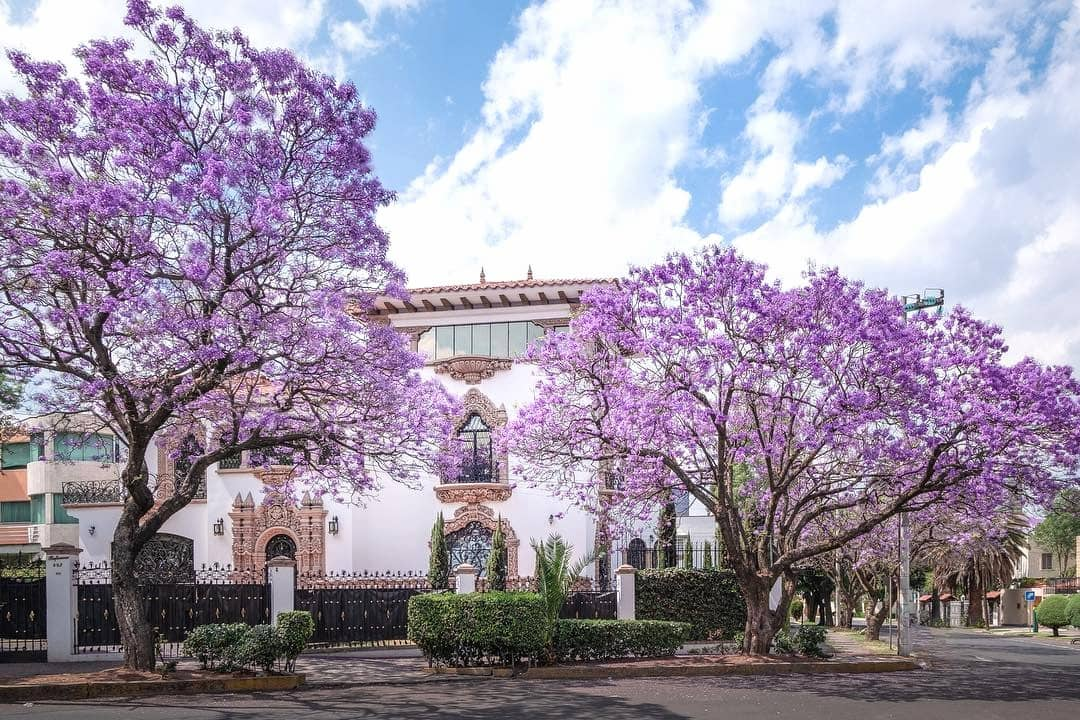
Botanical Wonders. The Botanical Garden in Chapultepec’s first section offers a more curated spring experience. I discovered an impressive collection of Mexican plants, from towering Montezuma cypress trees to delicate orchids. The garden staff explained how many of these species were important in the history of Mexico, used by ancient Mesoamerican civilizations for medicine and ceremonies. After exploring the garden, I climbed the hill to Chapultepec Castle for breathtaking views of the city blanketed in purple jacaranda blooms.
Local Favorites. For a less touristy spring experience, I ventured to Bosque de Tlalpan in the south of the city. This expansive protected forest is famous for its towering bougainvillea plants that shower the paths with magenta petals. On Sunday morning, I joined locals at the weekend market near the entrance, picking up fresh produce and homemade ice cream before finding a perfect picnic spot. The Viveros de Coyoacán (plant nurseries) between Entrances 3 and 4 on Avenida Mexico offer a chance to purchase beautiful plants and flowers to take home a piece of Mexico City’s spring.
Summer Festivals and Events
Musical Extravaganzas. Summer in Mexico City pulses with the energy of world-class music festivals that showcase everything from traditional mariachi to cutting-edge electronic music. I danced until dawn at Electric Daisy Carnival Mexico, where six main stages featured international DJs against a backdrop of mind-blowing light shows. For a more authentic Mexican experience, I caught performances at the Guelaguetza celebrations, where indigenous groups from around Mexico share their distinct cultural traditions through music, dance, and food.
| Summer Event | Price Range (MXN) | Price (USD/EUR) | Dates | Location |
|---|---|---|---|---|
| Guelaguetza Festival | Free-500 | Free-$25/€22.50 | Last two Mondays in July | Various venues |
| Jamaica Market Flower Exhibits | Free entry | Free entry | All summer | Av. Morelos, Jamaica Market |
| Chamber Music Festival | 200-800 | $10-40/€9-36 | August | San Miguel de Allende |
Culinary Adventures. July brings a feast for food lovers with specialized festivals throughout the city. The Jamaica Market transforms during summer with special exhibitions of seasonal flowers like surfinia, geranium, and dahlia. I spent an afternoon wandering through this colorful mercado de flores, sampling wild mushrooms and vegetables from food stalls while admiring the vibrant floral displays.
Cultural Immersion. Summer offers perfect weather to explore outdoor attractions in Mexico City. I joined a special evening tour of Teotihuacan pyramids in Mexico, where the ancient city takes on a mystical quality in the summer twilight. The National Autonomous University of Mexico hosts special summer cultural programs, many free to the public. I attended an outdoor film screening on campus, marveling at the UNESCO World Heritage site’s stunning murals illuminated at night.
Autumn Foliage Walks
Golden Landscapes. Autumn brings a different kind of beauty to Mexico City, with cloudless azure skies and pleasant temperatures perfect for exploring on foot. I discovered that fall is when Mexico City’s parks transform with vibrant blooms of green, white, red, and bright yellow Cempasúchil flowers (Mexican marigolds). Chapultepec Park becomes an invaluable ecological oasis during this season, with trees displaying subtle color changes that create a warm, golden atmosphere throughout Mexico City’s answer to Central Park.
| Autumn Activity | Price (MXN) | Price (USD/EUR) | Best Time | Location |
|---|---|---|---|---|
| Chapultepec Park Autumn Walks | Free | Free | 6:00-18:00 daily | First Section, Chapultepec Park |
| Plaza Río de Janeiro | Free | Free | 24/7 | Colonia Roma |
| Paseo de la Reforma Sunday Cycling | Free | Free | Sundays 8:00-14:00 | Reforma Avenue |
Day of the Dead. The ultimate autumn experience in Mexico City is Día de los Muertos (Day of the Dead), when the city explodes with color and tradition. I watched in awe as the Zócalo filled with elaborate ofrendas (altars) decorated with cempasúchil flowers, sugar skulls, and photos of departed loved ones. The grand parade through the center of the city featured spectacular floats and performers in calavera (skull) makeup. In neighborhoods like Coyoacán and San Ángel, I discovered more intimate celebrations where families welcomed me to share pan de muerto (bread of the dead) and hot chocolate while explaining the significance of their offerings.
Neighborhood Gems. Autumn is perfect for exploring Mexico City’s most charming neighborhoods on foot. I spent a leisurely afternoon in La Condesa, where Parque México’s tree-lined paths were perfect for watching falling leaves. In La Roma, I discovered Plaza Río de Janeiro with its neoclassical sculptures surrounded by trees in autumn colors. The sidewalk cafés in these areas offered the perfect vantage point for people-watching while sipping Mexican coffee.
Day Trips from Mexico City
1. Teotihuacan Pyramids
Ancient Wonders. Standing before the massive Pyramid of the Sun at Teotihuacan, I felt dwarfed by this ancient mesoamerican city that predates even the Aztecs. Located just 50 km northeast of Mexico City, this UNESCO World Heritage site offers a perfect escape from the bustling metropolis. The Avenue of the Dead stretches before you like a timeline into the past, connecting the Pyramid of the Moon, the Pyramid of the Sun, and numerous smaller temples that once formed the heart of one of the largest cities in the ancient world.
| Item | Price (MXN) | Price (USD/EUR) | Hours | Location |
|---|---|---|---|---|
| Entrance Fee | 95 | ~$4.75/€4.30 | 8:00-17:00 daily (last entry 16:30) | San Juan Teotihuacán, State of Mexico |
| Guided Tour | 800-1,200 | $40-60/€36-54 | 9:00-15:00 | Pickup from most areas of the city |
| Hot Air Balloon | 2,500-3,500 | $125-175/€113-158 | 6:00-9:00 | Meeting point in San Martín de las Pirámides |
| Public Bus | 104 (round trip) | ~$5.20/€4.70 | Departures every 20 min, 7:00-18:00 | Terminal Autobuses del Norte |
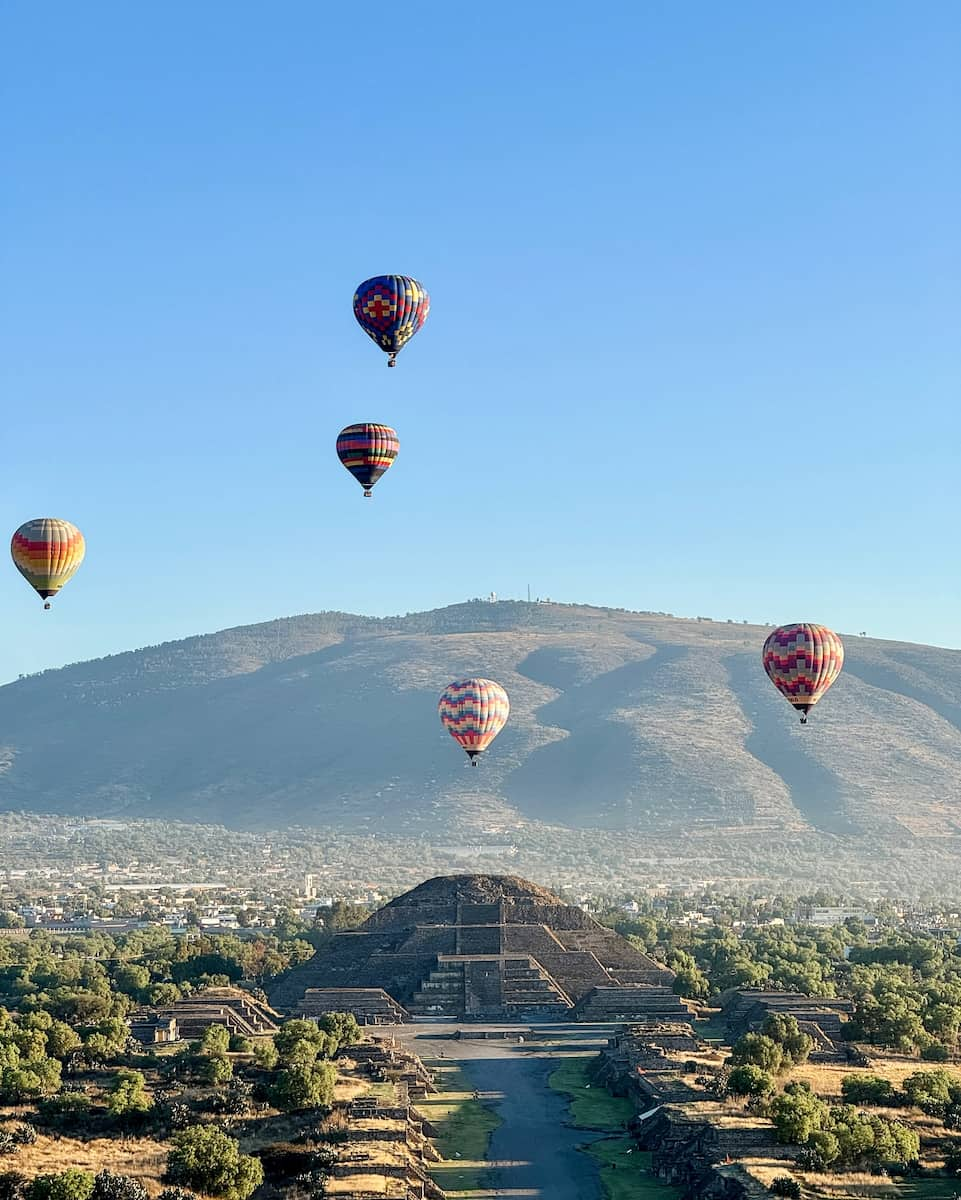
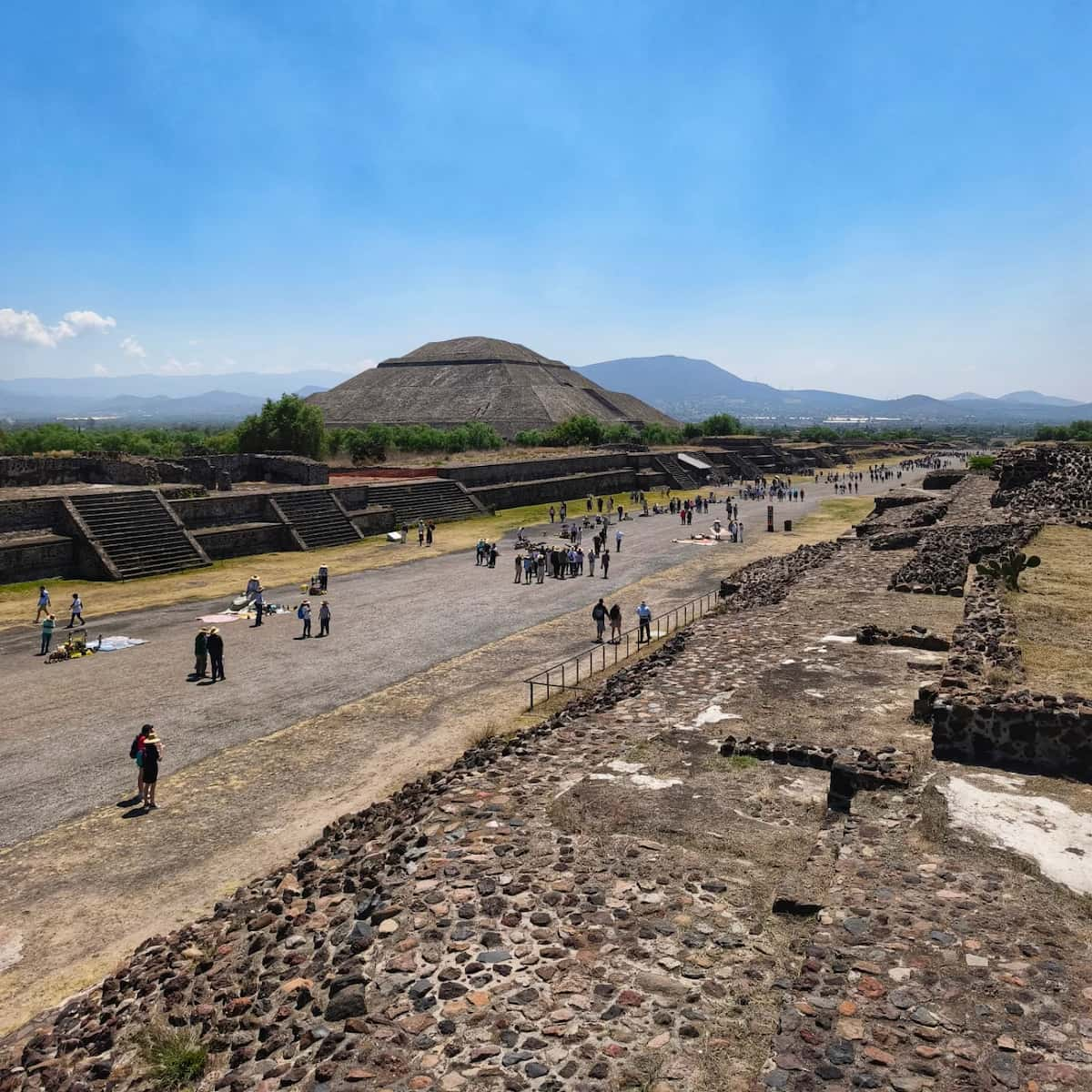
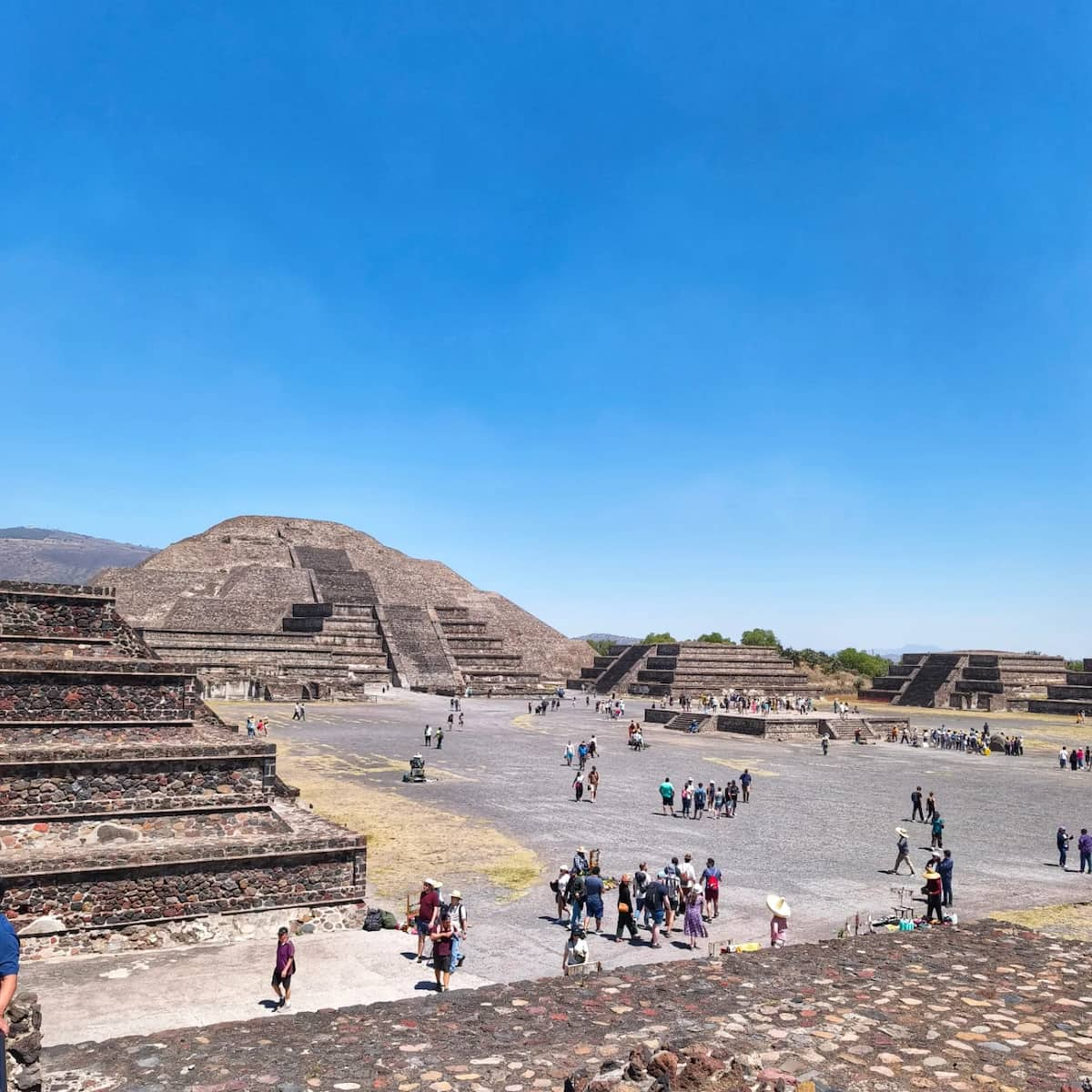
Climbing History. The 248 steps to the top of the Pyramid of the Sun left me breathless – both from exertion and the spectacular panoramic views. From this vantage point, I could imagine how the entire ancient city once looked, with colorful temples and bustling marketplaces spread across the valley. The Temple of the Feathered Serpent features remarkable stone carvings that have survived centuries, depicting Quetzalcoatl and other deities important to the civilization that once thrived here outside of Mexico City.
Local Experience. After exploring the main archaeological zone, I discovered the on-site Museo de Sitio, which displays artifacts found during excavations. The museum helps piece together the history of Mexico through well-preserved murals, ceramics, and stone carvings. My advice is to arrive early (before 10:00) to avoid both crowds and midday heat. Bring water and sun protection as there’s minimal shade. For an authentic meal after your exploration, try La Gruta restaurant – set inside a volcanic cave just minutes from the pyramids – where I enjoyed traditional pre-Hispanic dishes like nopal salad and mole poblano.
⭐ Best Activities
- Pyramids of Teotihuacan Trip – Journey to the ancient “City of the Gods” to climb the massive Pyramid of the Sun and explore this UNESCO World Heritage archaeological site.
2. Puebla City
Colonial Splendor. Just two hours southeast of Mexico City lies Puebla, a city that captivated me with its perfectly preserved colonial architecture and vibrant culinary scene. Walking through the zócalo (main square), I was surrounded by beautiful buildings in Mexico City’s sister colonial gem, including the massive cathedral with its twin bell towers reaching toward the sky.
| Item | Price (MXN) | Price (USD/EUR) | Hours | Location |
|---|---|---|---|---|
| Day Tour from Mexico City | 1,200-2,400 | $60-120/€54-108 | 9:00-18:00 | Pickup from most areas of the city |
| Amparo Museum | 85 | ~$4.25/€3.85 | Wed-Mon: 10:00-18:00 (Closed Tues) | 2 Sur 708, Centro Histórico |
| Cholula Pyramid & Church | 95 | ~$4.75/€4.30 | 9:00-18:00 | San Andrés Cholula (15 min from Puebla) |
| Street Food Tour | 600-900 | $30-45/€27-41 | Various times | Meeting point in Puebla Centro |
Culinary Paradise. Puebla is the birthplace of some of Mexico’s most iconic dishes, and my taste buds were in heaven. I sampled authentic mole poblano – a complex sauce with chocolate and chilies – at El Mural de los Poblanos restaurant in the historic center. The city’s signature dish, chiles en nogada (stuffed poblano peppers with walnut sauce and pomegranate seeds), represents the colors of the Mexican flag. Street food in Puebla offers equally delicious options; the cemitas (sandwiches) and chalupas from stalls around Mercado El Parián were simple yet unforgettable.
Cultural Treasures. Beyond eating in Mexico City’s culinary rival, I explored Puebla’s remarkable museums and churches. The Biblioteca Palafoxiana, Latin America’s first public library, houses over 45,000 books dating back to the 15th century in gorgeous carved wooden shelves. The Church of Santo Domingo features the breathtaking Rosary Chapel, covered in gold leaf and considered one of Mexico’s greatest artistic achievements. Just outside Puebla, I visited Cholula, home to the largest pyramid by volume in the world (though now appearing as a hill with a church on top) – a perfect example of how colonial and indigenous histories intertwine throughout Mexico.
⭐ Best Activities
- Puebla and Cholula Full Day Tour from Mexico City – Discover colonial architecture and culinary traditions in beautiful Puebla, plus visit the world’s largest pyramid by volume in Cholula.
3. Tepoztlán
Mystical Mountain. Nestled in a valley surrounded by dramatic cliffs, Tepoztlán feels worlds away from Mexico City despite being just 80 km south. This “Pueblo Mágico” (Magical Town) captivated me with its mystical atmosphere and stunning natural setting. According to legend, this is the birthplace of Quetzalcoatl, the feathered serpent god important to many ancient Mesoamerican civilizations. The town’s cobblestone streets, colorful buildings, and relaxed pace make it a favorite weekend getaway for those living in Mexico City.
| Item | Price (MXN) | Price (USD/EUR) | Hours | Location |
|---|---|---|---|---|
| Day Tour from Mexico City | 10,825 CZK (~4,800 MXN) | $240/€216 | 9:00-21:00 (12 hours) | Pickup from accommodation |
| Tepozteco Pyramid Entrance | 85 | ~$4.25/€3.85 | 9:00-17:30 | Trail begins in town center |
| Weekend Market | Free entry | Free entry | Sat-Sun: 9:00-18:00 | Main plaza and surrounding streets |
| Tepoznieves (Ice Cream) | 60-90 per scoop | $3-4.50/€2.70-4.05 | 11:00-20:00 | Av. Tepozteco 13 |
Pyramid Hike. The main attraction in Tepoztlán is the hike to El Tepozteco, a small pyramid perched atop a mountain overlooking the town. The climb is challenging – 2 km of steep stone steps that had my legs burning – but the reward is worth every drop of sweat. At the summit, I found not only the ancient temple dedicated to Tepoztecatl (the Aztec god of pulque) but also panoramic views that stretched across the entire valley. Monkeys sometimes appear in the trees surrounding the archaeological site, adding to the magical atmosphere.
Market Treasures. After descending from the pyramid, I explored Tepoztlán’s famous weekend market, where artisans from around the region sell handcrafted goods. I couldn’t resist buying a colorful alebrije (carved wooden animal) and sampling exotic ice cream flavors at Tepoznieves – avocado, tequila, and corn were surprisingly delicious! The market also offers healing herbs, crystals, and traditional remedies reflecting the town’s reputation as a center for alternative medicine and spiritual practices. For lunch, I tried itacate (corn dough stuffed with cheese and epazote) from a street vendor – a local specialty that perfectly refueled me after the morning’s hike.
⭐ Best Activities
- Tepoztlán Magical Town Trip – Escape to the mystical mountain town of Tepoztlán, hike to an ancient pyramid, and explore vibrant weekend markets.
4. Cuernavaca
City of Eternal Spring. Just an hour south of Mexico City, Cuernavaca welcomed me with perfect weather and lush gardens that have earned it the nickname “City of Eternal Spring.” This elegant city has attracted everyone from Aztec emperors to Spanish conquistadors to modern-day Mexico City residents seeking weekend homes in its pleasant climate. Walking through the historic center, I admired colonial architecture alongside contemporary art galleries and cafés, creating a sophisticated blend of old and new Mexico.
| Item | Price (MXN) | Price (USD/EUR) | Hours | Location |
|---|---|---|---|---|
| Private Tour from Mexico City | 7,000 (~$350 USD) | $350/€315 per group | 9:00-18:00 (9 hours) | Pickup from accommodation |
| Palace of Cortés Museum | 85 | ~$4.25/€3.85 | Tue-Sun: 9:00-18:00 (Closed Mon) | Plaza de Armas, Centro |
| Jardín Borda | 40 | ~$2/€1.80 | Tue-Sun: 10:00-17:00 | Av. Morelos 271, Centro |
| Robert Brady Museum | 110 | ~$5.50/€5 | Tue-Sun: 10:00-18:00 | Calle Netzahualcóyotl 4, Centro |
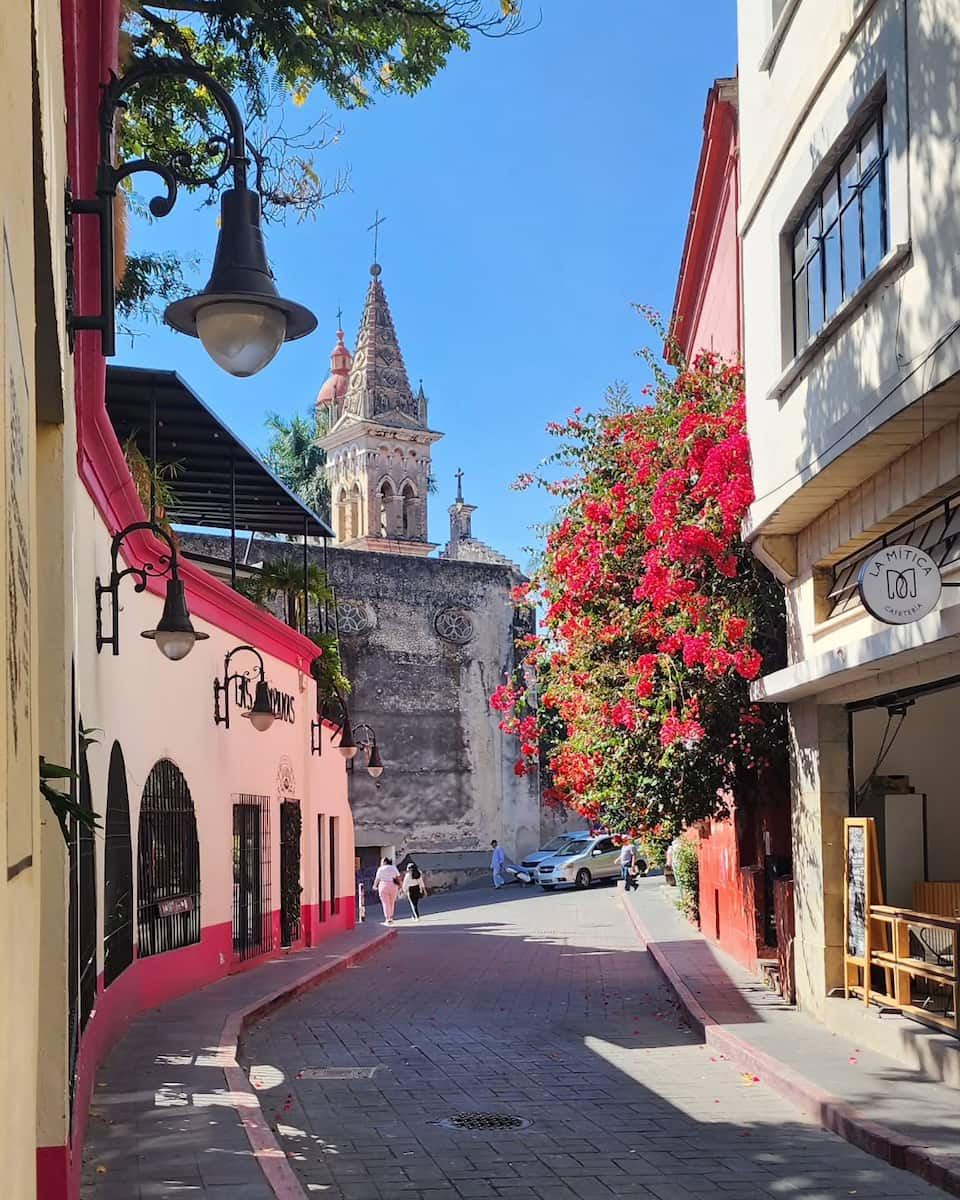
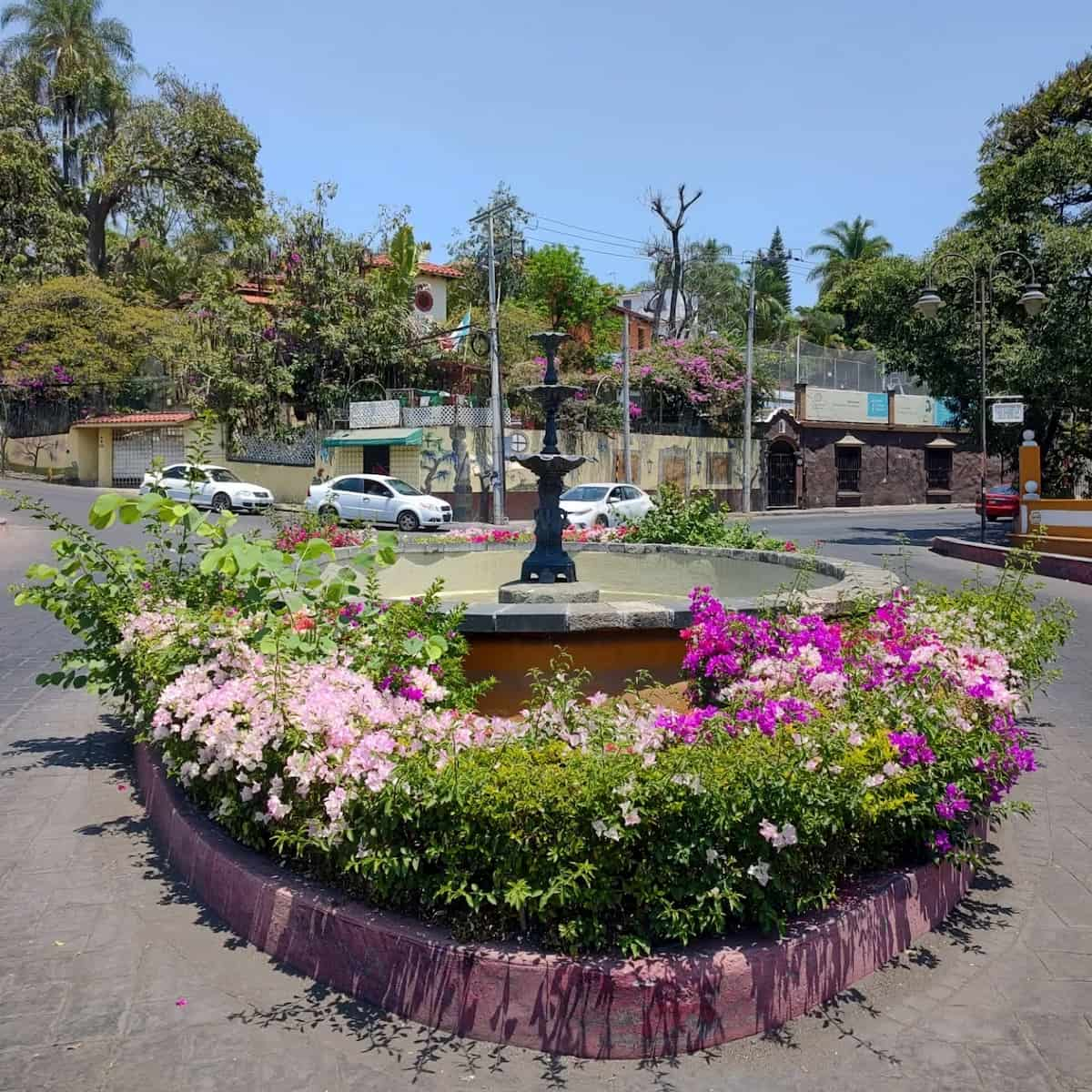
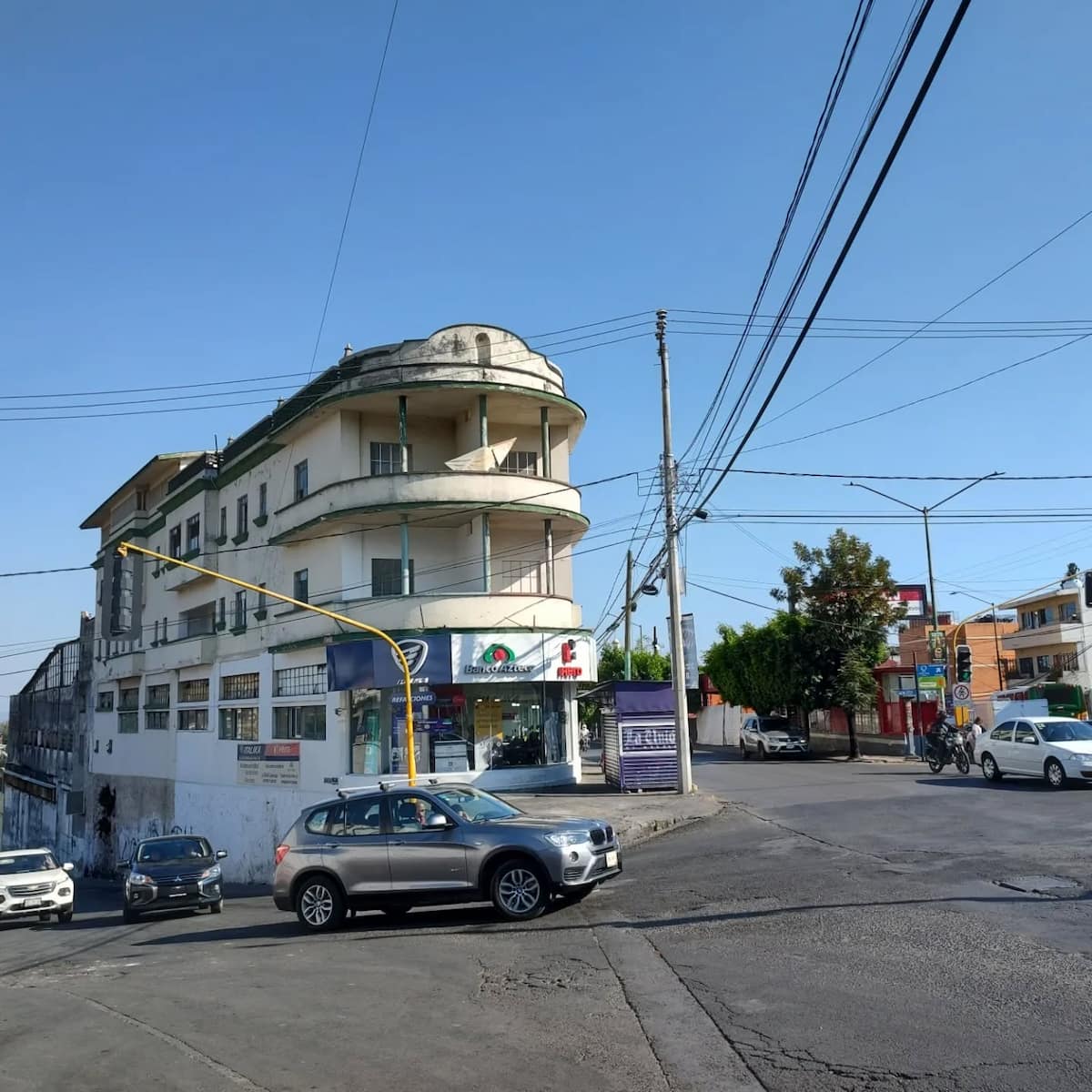
Cultural Gems. The Palace of Cortés, built by the Spanish conqueror himself, now houses a fascinating museum with Diego Rivera murals depicting Mexico’s history. I spent hours admiring the detailed storytelling in these powerful artworks. Nearby, Jardín Borda enchanted me with its formal gardens, reflecting pools, and former summer palace of Emperor Maximilian and Empress Carlota. The Robert Brady Museum – home of an American artist who collected treasures from around the world – surprised me with its eclectic mix of folk art, religious artifacts, and modern paintings displayed exactly as Brady left them.
Local Flavors. After exploring the city’s cultural attractions, I discovered Cuernavaca’s excellent food scene. At Las Mañanitas restaurant, I dined in a garden surrounded by peacocks while enjoying contemporary Mexican cuisine. For something more casual, the market near the zócalo offered cecina (thin salted beef) tacos that locals swear are the best in the region.
⭐ Best Activities
- Mexico City: Taxco & Cuernavaca with Pre-Hispanic Mine – Visit two charming colonial cities south of Mexico City, including silver-famous Taxco and the “City of Eternal Spring” Cuernavaca.
5. Taxco
Silver City. Perched dramatically on a hillside about 170 km southwest of Mexico City, Taxco took my breath away before I even arrived. The whitewashed buildings with red-tiled roofs cascade down the mountainside like a carefully arranged display, centered around the magnificent Santa Prisca Church whose ornate baroque towers dominate the skyline. This picturesque colonial town became wealthy through silver mining centuries ago and remains Mexico’s silver jewelry capital today, with hundreds of shops selling everything from simple pendants to elaborate art pieces.
| Item | Price (MXN) | Price (USD/EUR) | Hours | Location |
|---|---|---|---|---|
| Day Tour with Xochicalco | 1,800-2,500 | $90-125/€81-113 | 7:00-19:00 | Pickup from most areas of the city |
| Santa Prisca Church | Free | Free | 7:00-20:00 | Plaza Borda, Centro |
| Silver Workshop Tour | 200-400 | $10-20/€9-18 | Various times | Shops throughout town |
| VW Beetle Taxi Ride | 40-100 | $2-5/€1.80-4.50 | 7:00-22:00 | Throughout town |
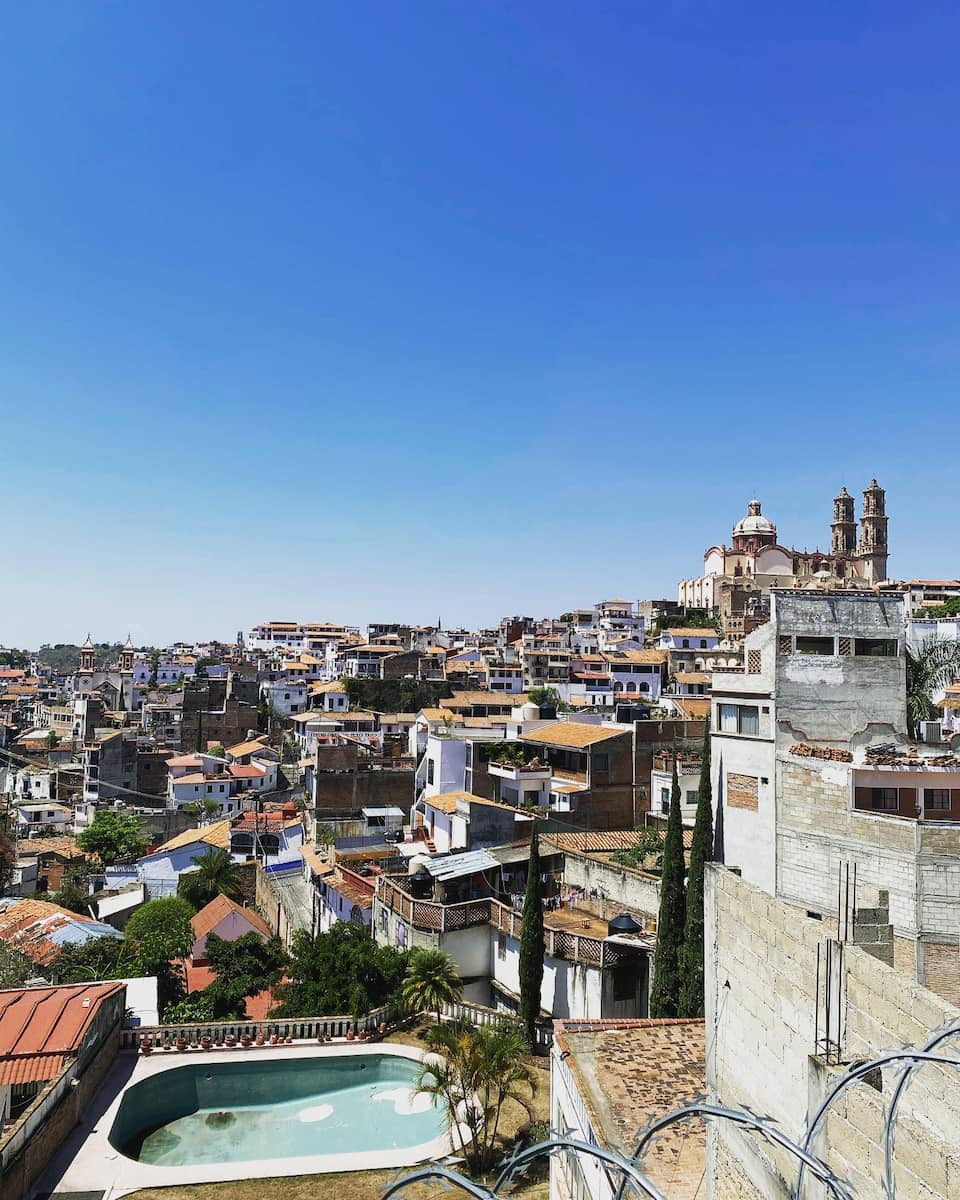
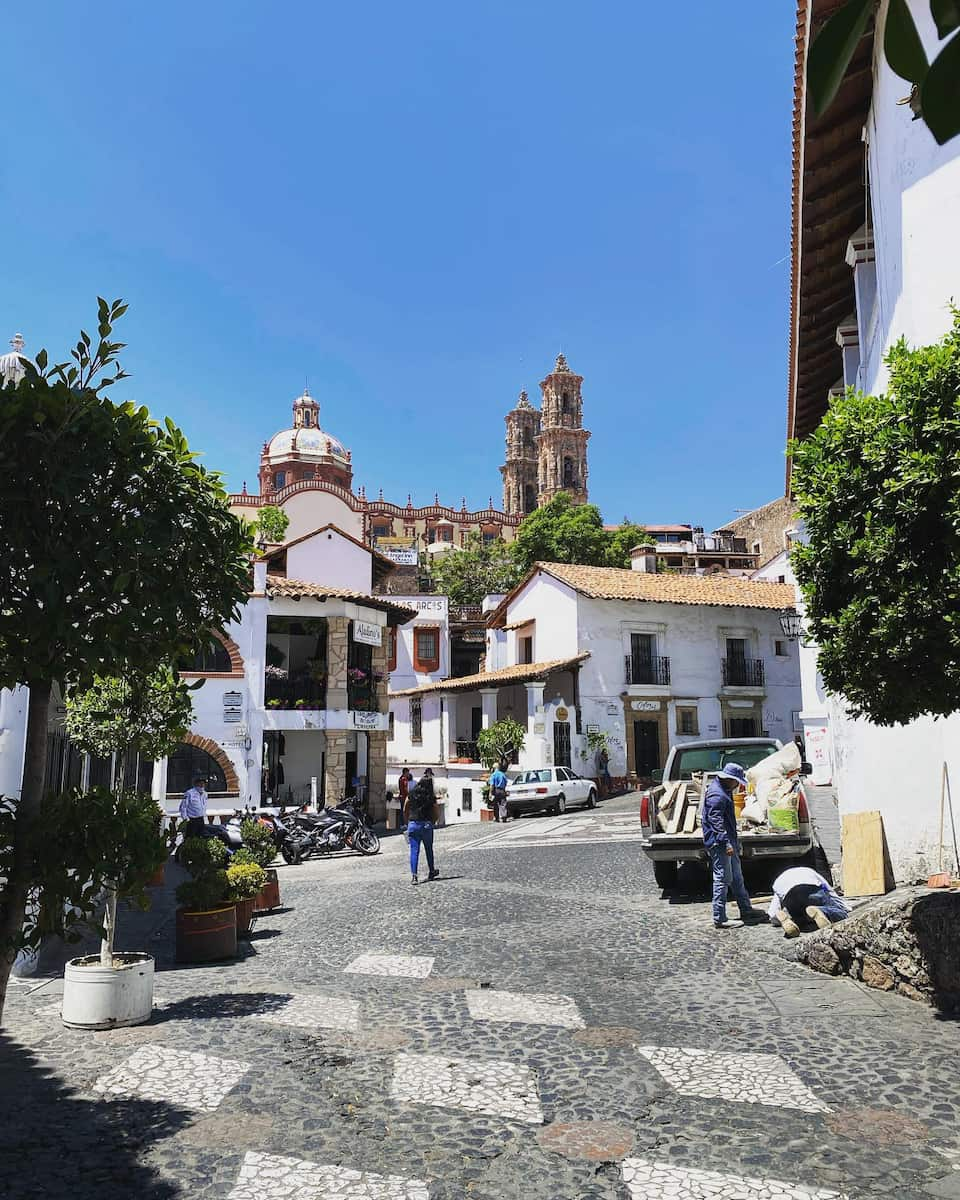
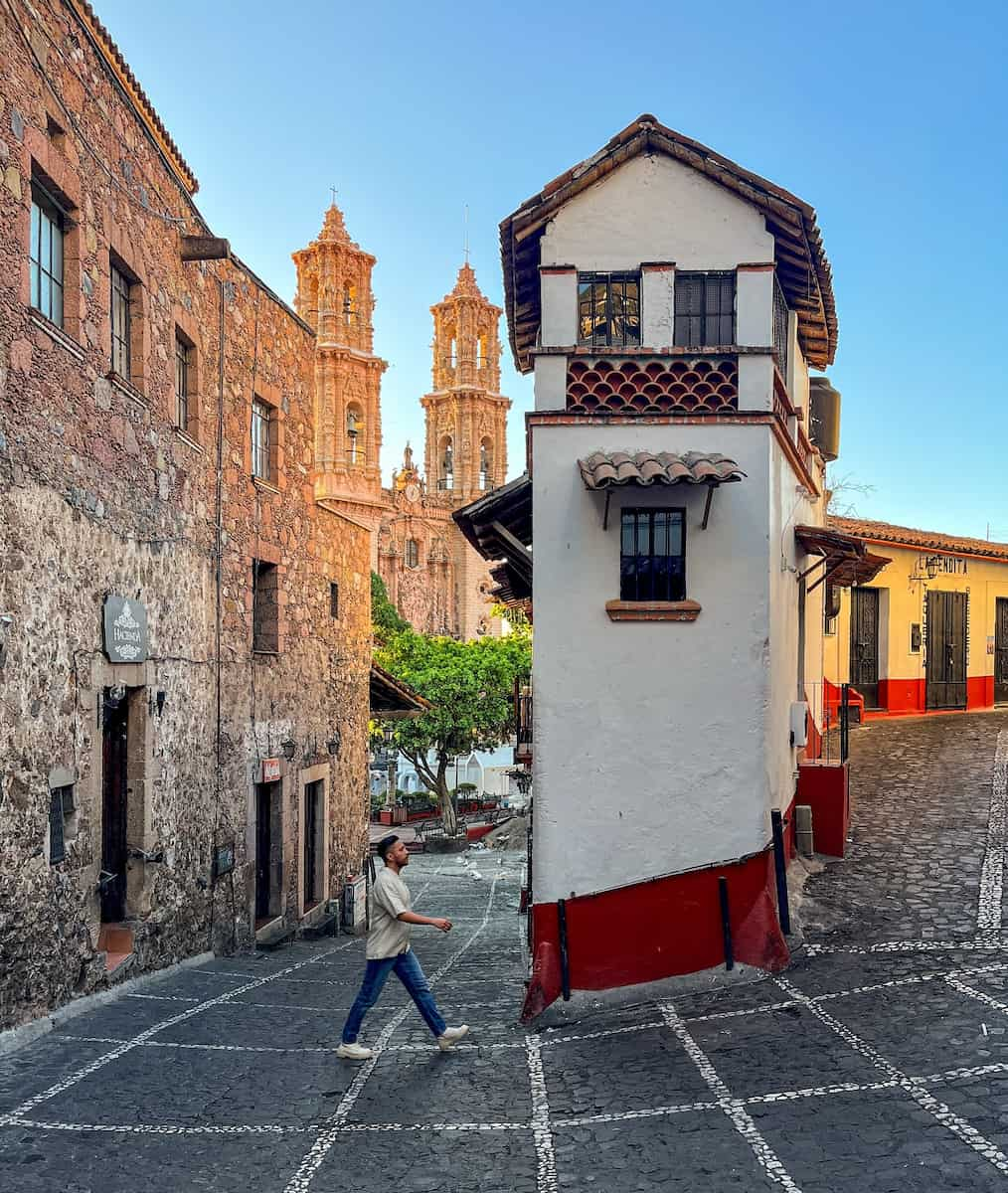
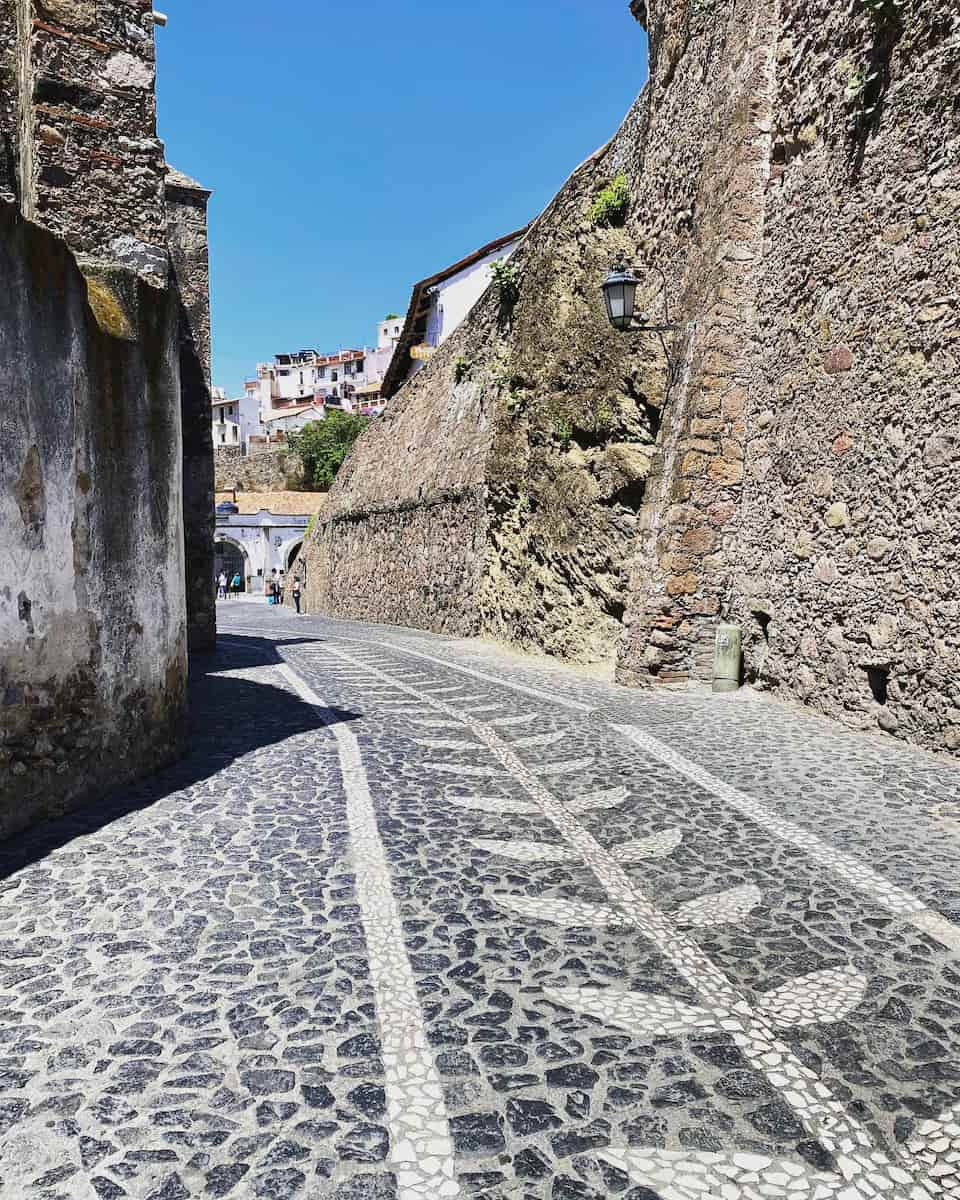
Winding Exploration. Taxco’s steep, narrow cobblestone streets were never designed for cars, making exploration on foot the best way to experience the town. I got pleasantly lost wandering through the labyrinthine alleys, discovering hidden plazas and panoramic viewpoints around every corner. The Plaza Borda forms the heart of the town, where I watched local life unfold while sipping coffee at Café de la Parroquia. For those tired of walking, the iconic white Volkswagen Beetle taxis – modified to handle the steep inclines – offer an authentic (if somewhat hair-raising) way to get around the city.
Artisan Traditions. Beyond silver shopping, I discovered Taxco’s rich cultural heritage. At the Spratling Museum, I learned about William Spratling, the American who revitalized Taxco’s silver industry in the 1930s by creating a workshop that combined traditional Mexican designs with modern techniques. I visited the Taller de Platería El Ángel, where I watched silversmiths transform raw metal into intricate jewelry using methods passed down through generations. For lunch, I enjoyed pozole verde (hominy soup with green sauce) at Restaurant Los Arcos overlooking the main square – the perfect fuel before continuing my exploration of this magical town that feels frozen in time yet vibrantly alive.
⭐ Best Activities
- Cuernavaca and Taxco Day Trip with Lunch – Explore two picturesque colonial towns known for their perfect climate, silver crafts, and beautiful architecture on this full-day excursion.
FAQ
What are the best ways to get around Mexico City?
Mexico City offers multiple transportation options for visitors. The metro system is one of the most efficient ways to get around Mexico City with 12 lines covering most attractions in the city center. Authorized “sitio” taxis and ride-sharing apps provide safe alternatives, especially at night. For exploring neighborhoods like Roma or Condesa, walking is pleasant, while Sunday mornings offer car-free cycling along Paseo de la Reforma. Avoid unlicensed taxis and be aware that traffic can be extremely heavy during rush hours (7:30-9:30 AM and 5:30-8:00 PM).
Where should I stay in Mexico City for my first trip?
For your first trip to Mexico City, the best places to stay include Polanco (upscale area with luxury hotels and the Museo Nacional de Antropología nearby), Roma and Condesa (trendy neighborhoods with boutique hotels and Parque Mexico), or Centro Histórico (to be near the city’s main attractions like Zócalo and Palacio de Bellas Artes). Each area offers different experiences in Mexico City – from historic immersion to contemporary culture. Consider your interests and budget when choosing where to stay in Mexico.
Is Mexico City safe for tourists?
Mexico City is generally safe for tourists who take basic precautions, similar to any large city in North America. The main tourist areas and attractions in Mexico City are well-policed, but visitors should remain vigilant about pickpocketing, especially in crowded places and on public transportation. Avoid wearing expensive jewelry, use ATMs inside shops or malls during daylight hours, and only take authorized “sitio” taxis or ride-sharing services. The historic center and popular neighborhoods like Polanco, Roma, and Condesa are considered safe areas of Mexico for visitors.
What are the must-visit museums in Mexico City?
Mexico City is home to world-class museums that showcase Mexico’s rich history and culture. The Museo Nacional de Antropología in Bosque de Chapultepec is essential for understanding Mexico’s ancient civilizations, featuring artifacts from the Aztec city of Tenochtitlán. Frida Kahlo Museum (Casa Azul) in Coyoacán offers insight into the famous artist’s life. Palacio de Bellas Artes houses impressive murals by Diego Rivera, while Museo Soumaya features a stunning collection in one of the most beautiful buildings in Mexico City. Museum admission is typically free on Sundays, though they can be crowded.
What should I know about visiting Mexico City for the first time?
For your first trip to Mexico City, know that the city is located at high altitude (7,350 feet), which may cause mild altitude sickness for some visitors. The city is sinking due to being built on a former lake bed. Tap water in Mexico City is not safe to drink, so stick to bottled water. Spanish is the primary language, though many in the tourism industry speak some English. The city is massive (like New York City) so plan your activities by neighborhood to maximize your time in the city. The historic center of Mexico City is a UNESCO World Heritage site worth exploring on your first day in the city.
What are the best day trips from Mexico City?
The ancient Mesoamerican city of Teotihuacan with its impressive pyramids is the most popular day trip, located just an hour outside of Mexico City. Puebla City offers colonial architecture and renowned cuisine. Taxco is famous for silver crafts and picturesque hillside views. Cuernavaca, known as the “City of Eternal Spring,” features beautiful gardens and the Palace of Cortés. Tepoztlán provides a mystical experience with its mountain temple and weekend market. All these destinations showcase different aspects of Mexican culture and can be reached within 1-2 hours from Mexico City.
When is the best time to visit Mexico City?
The best time to visit Mexico City is during spring (March-May) when you can enjoy jacaranda blooms throughout Parque Mexico and other green spaces, or fall (October-November) when the weather is pleasant and you might experience Day of the Dead celebrations. Summer months (June-August) bring rain but also vibrant festivals and cultural activities in Mexico City. December offers Christmas markets and festive decorations in the Zócalo and throughout the city center. Avoid April and May if possible, as these months can be particularly hot and dry before the rainy season begins.
What are the best food experiences in Mexico City?
Mexico City offers incredible culinary experiences from street food to fine dining. To eat in Mexico City like a local, explore markets such as Mercado de San Juan or take a food tour in neighborhoods like Roma or Condesa. The city’s main food scene ranges from traditional tacos and tlacoyos at street stands to innovative Mexican cuisine at restaurants like Pujol. Don’t miss trying mole, pozole, and chiles en nogada (seasonal). For authentic experiences, join a cooking class or visit a mezcalería to taste different varieties of Mexico’s traditional spirits. Street food is generally safe in busy, popular areas.
